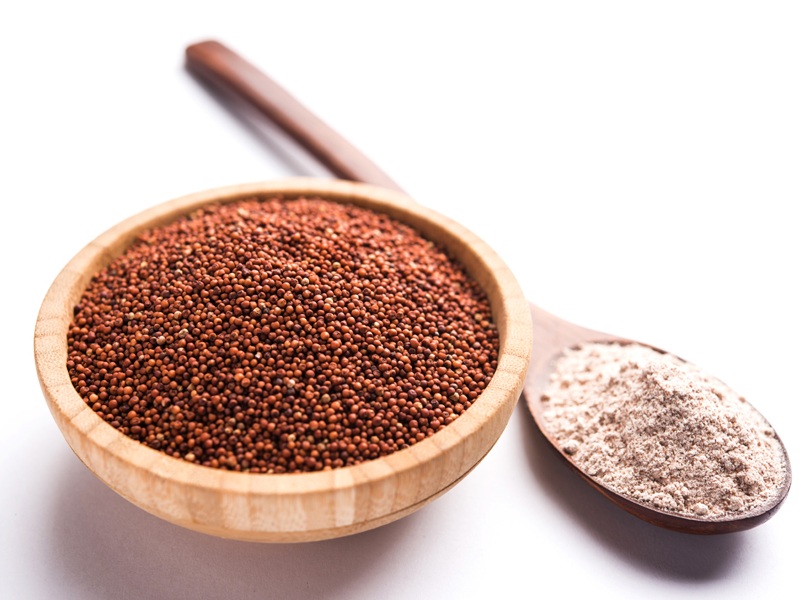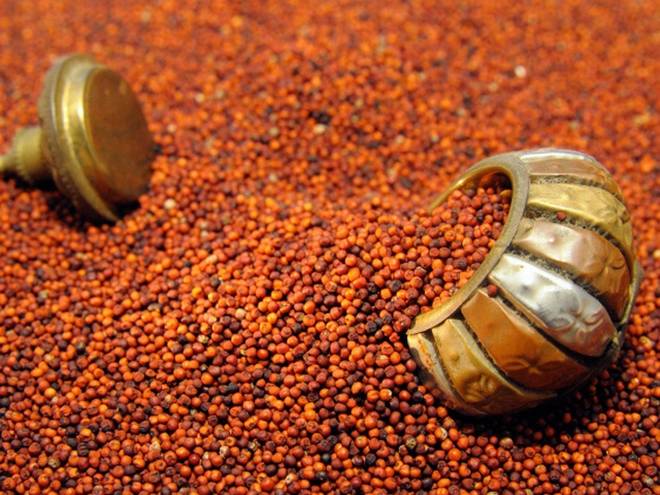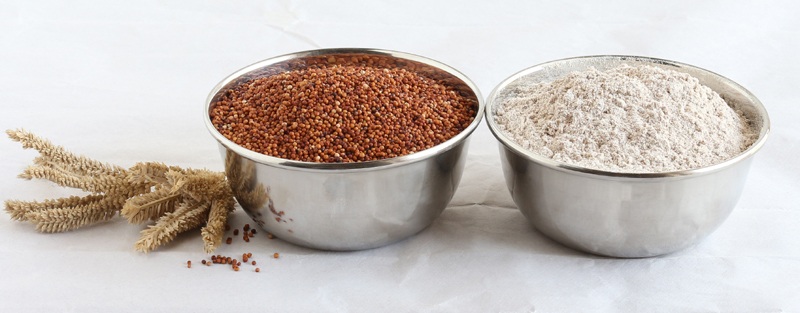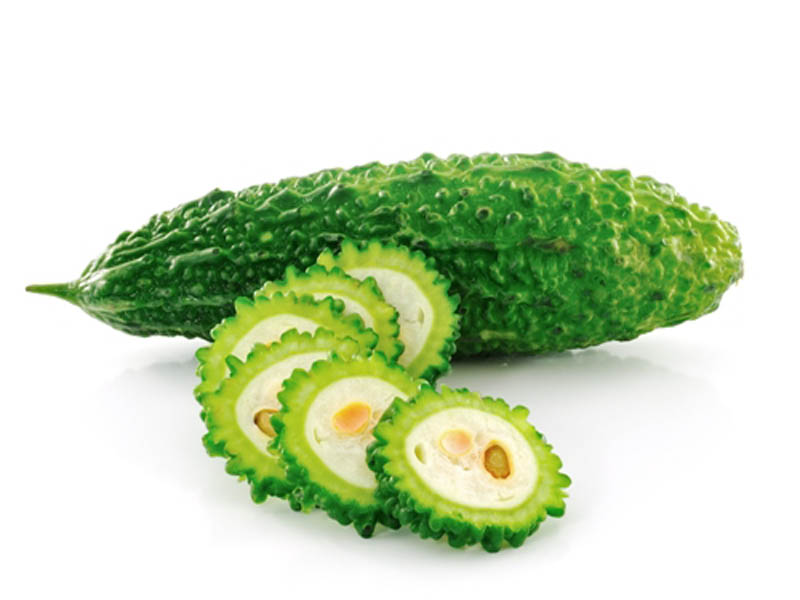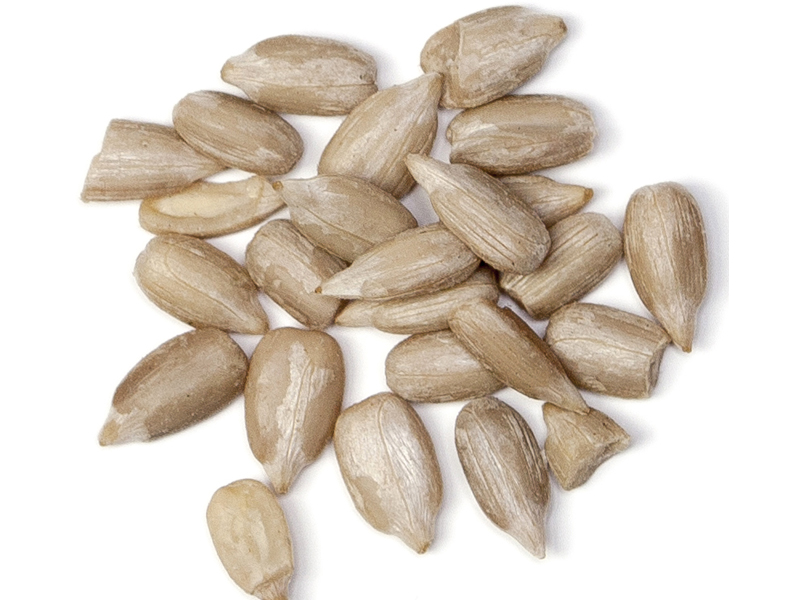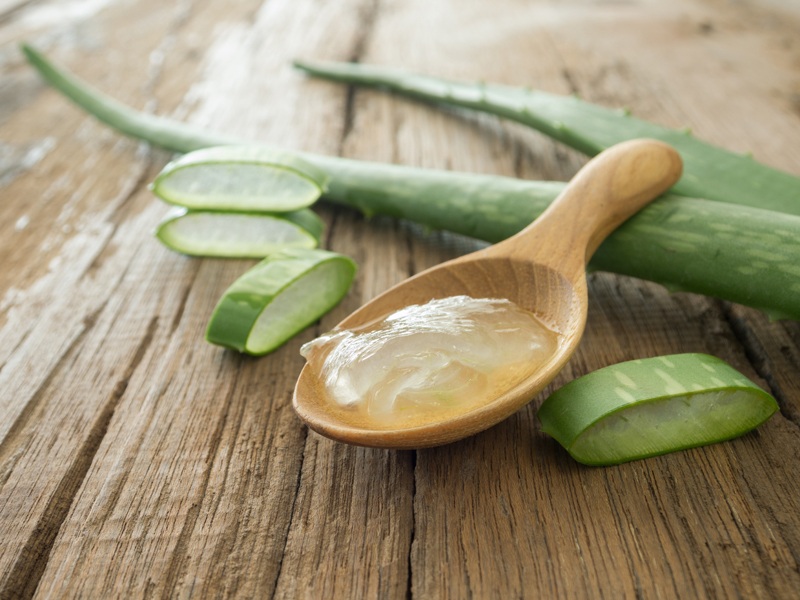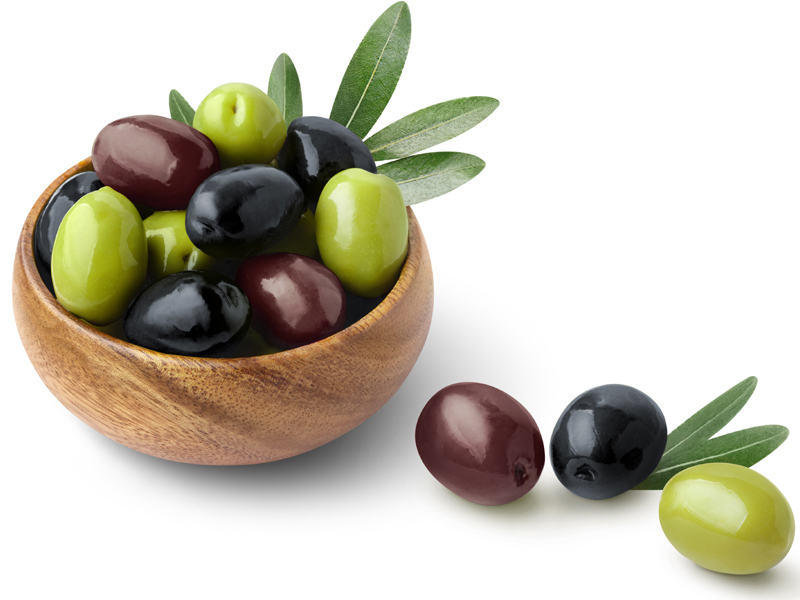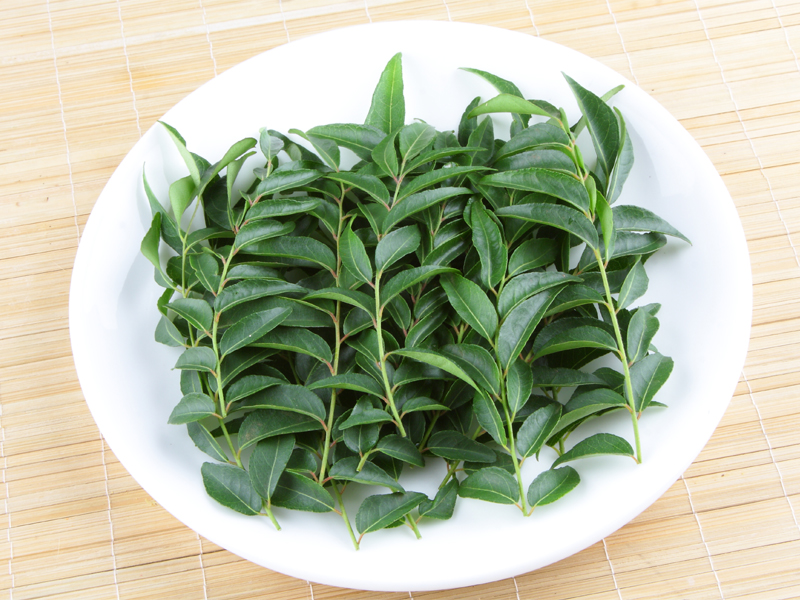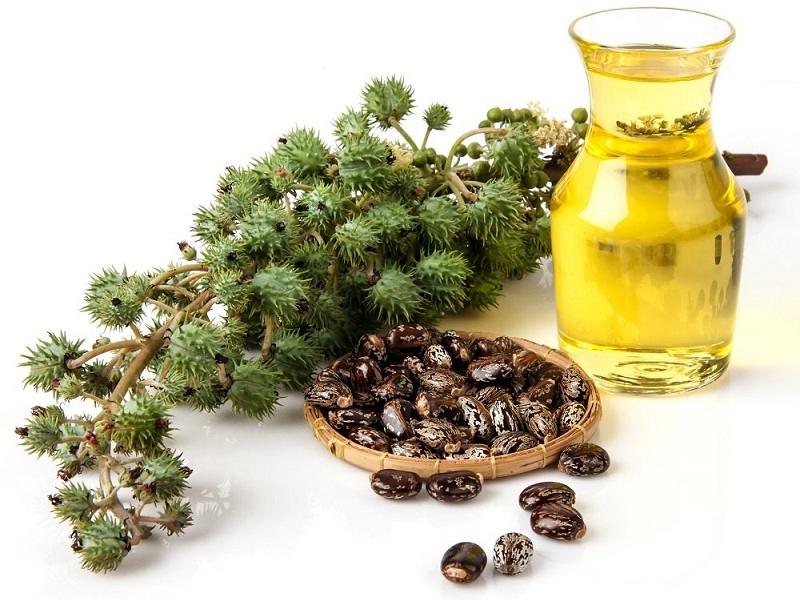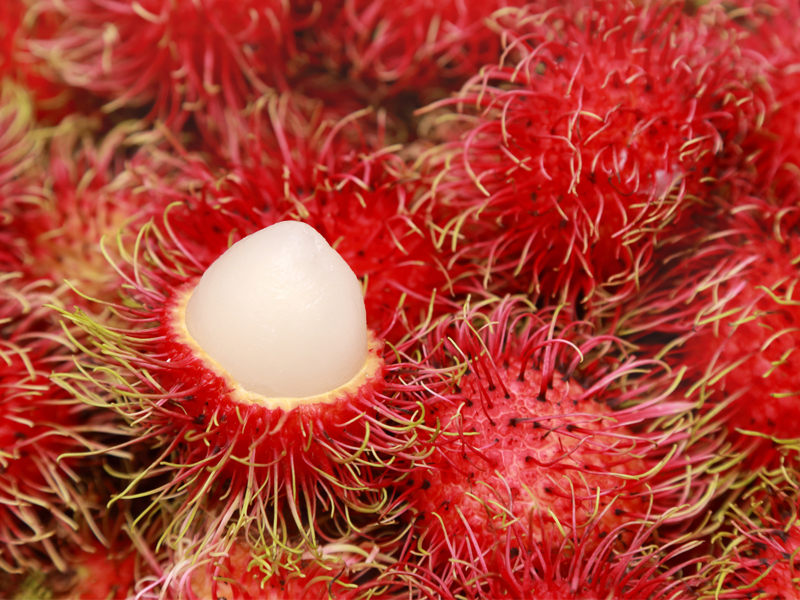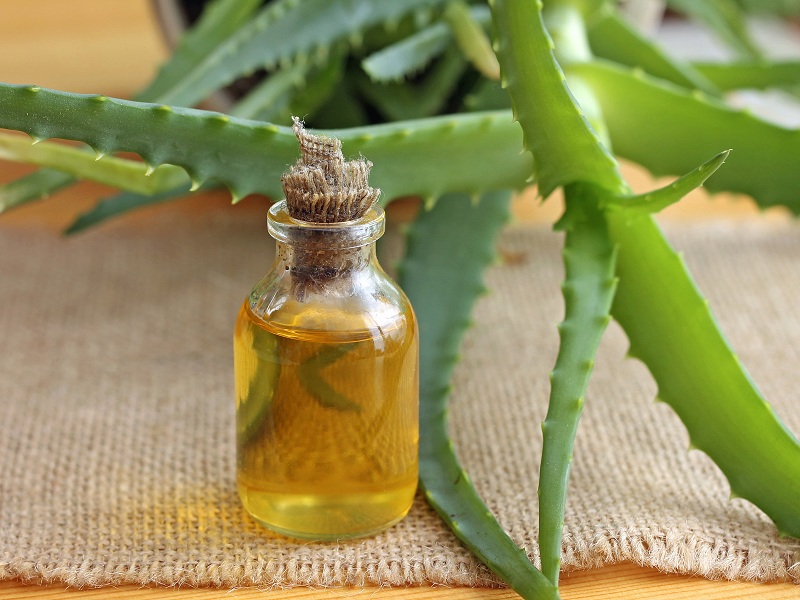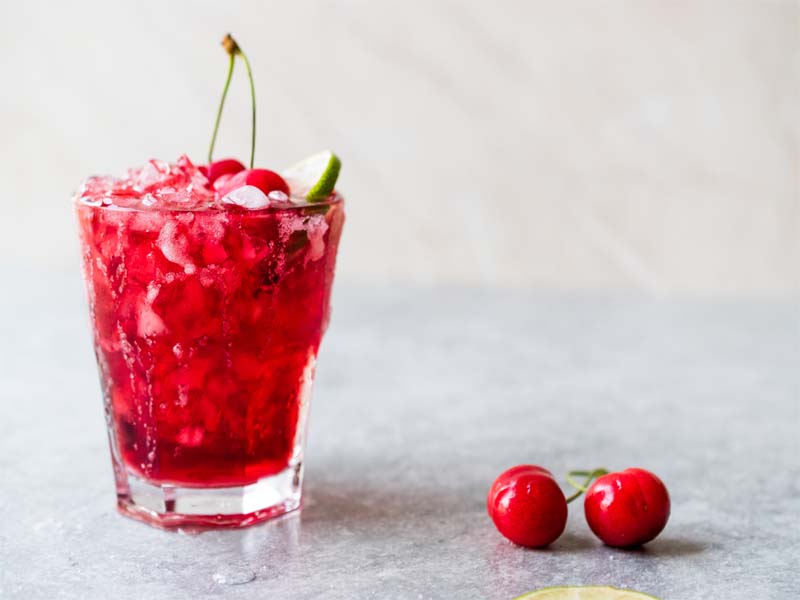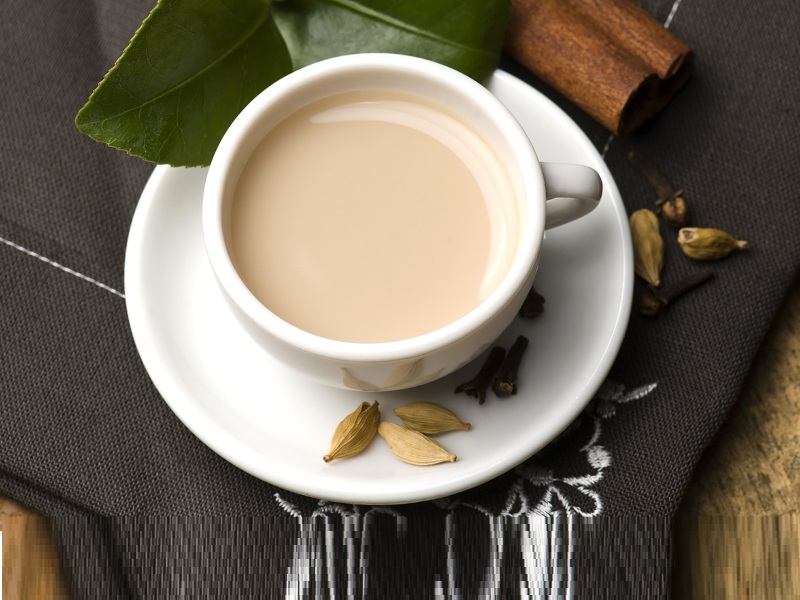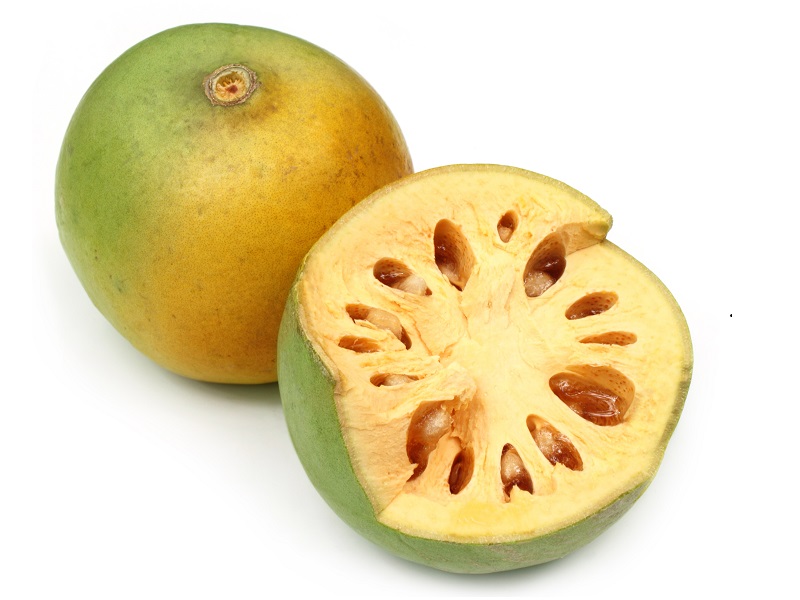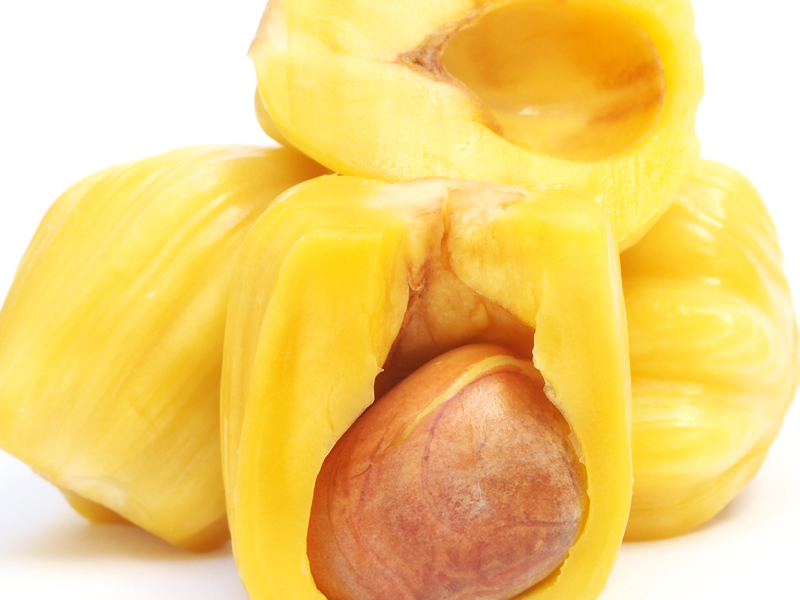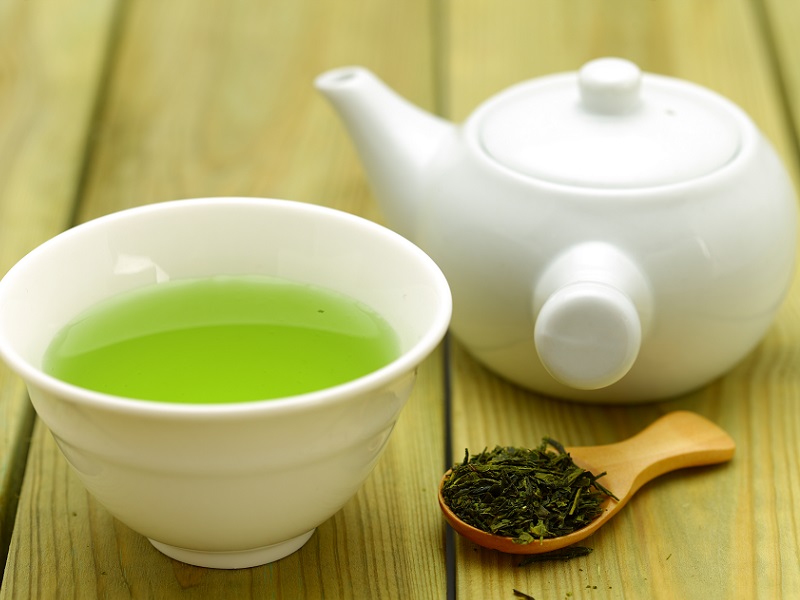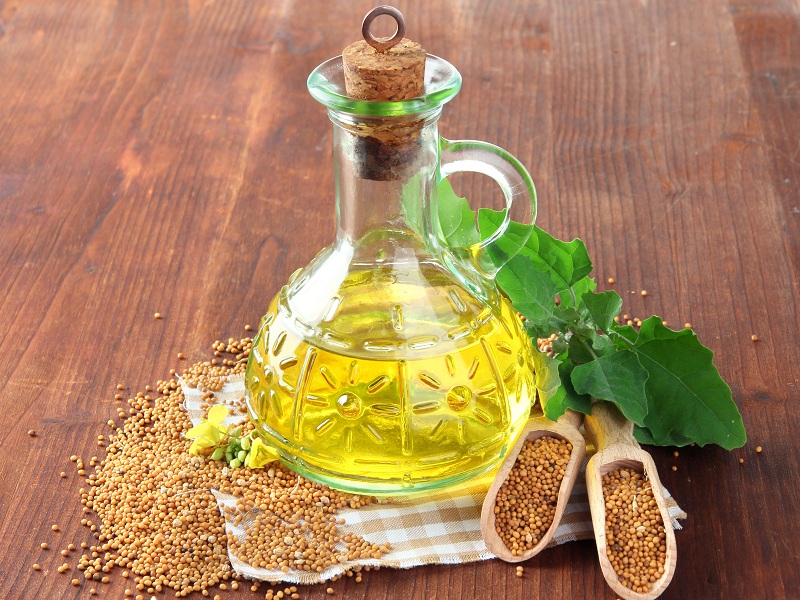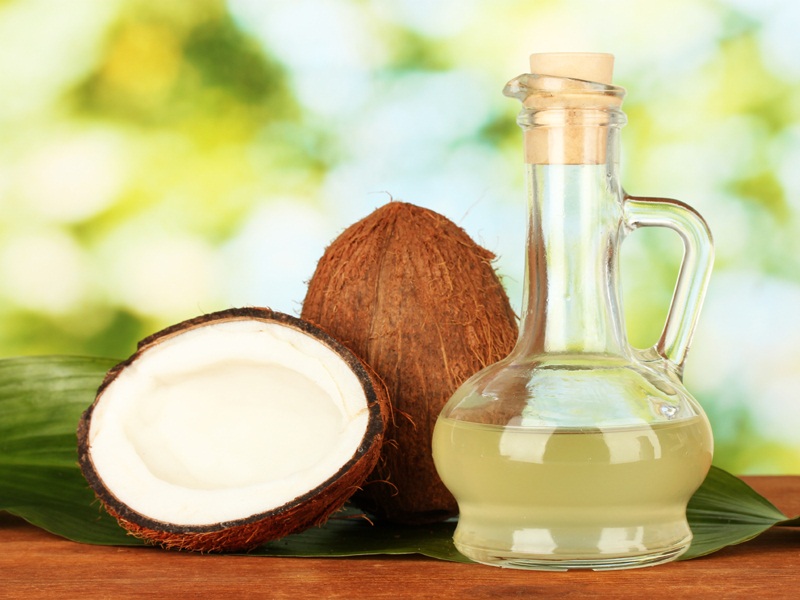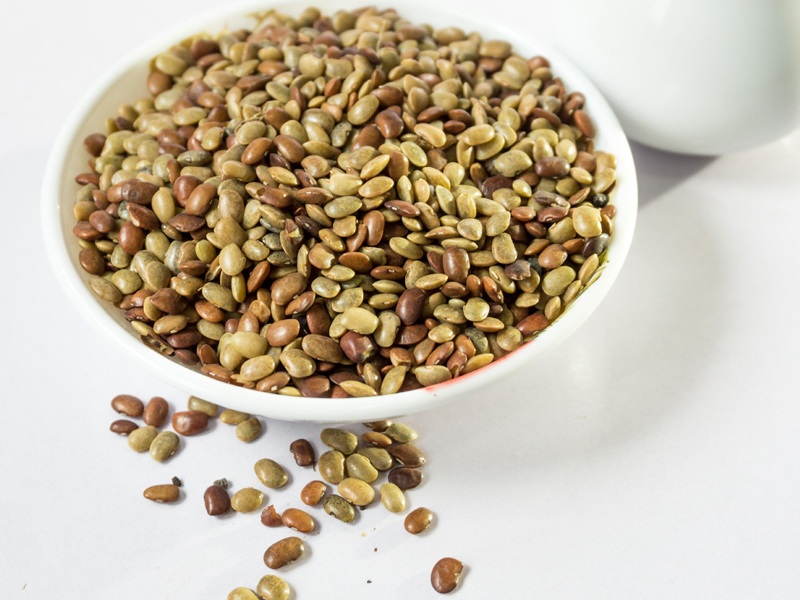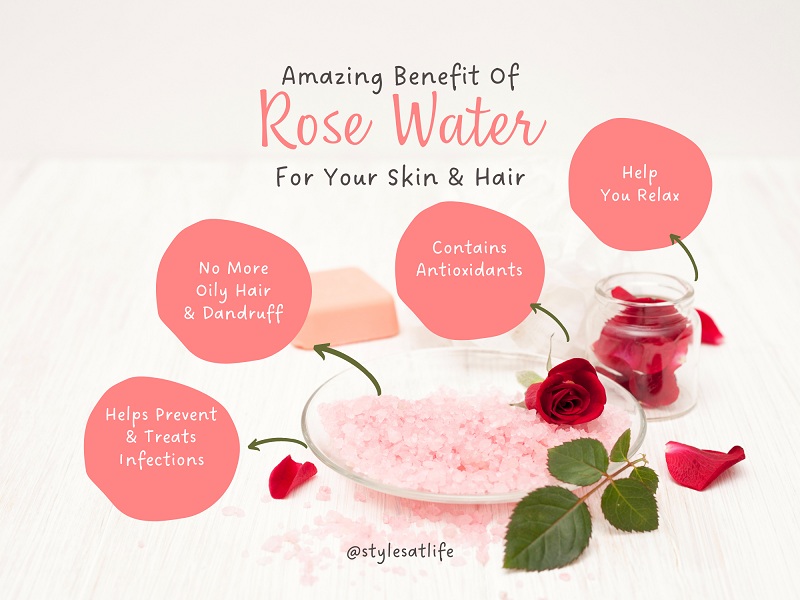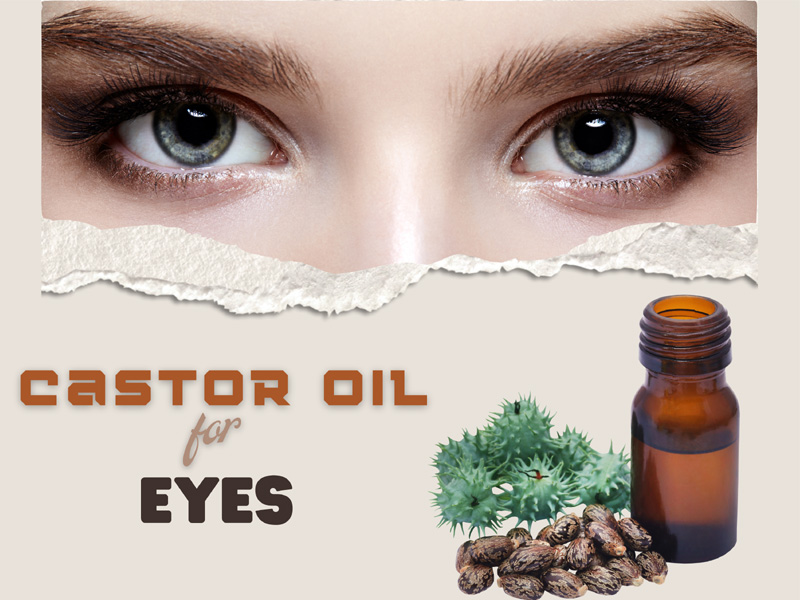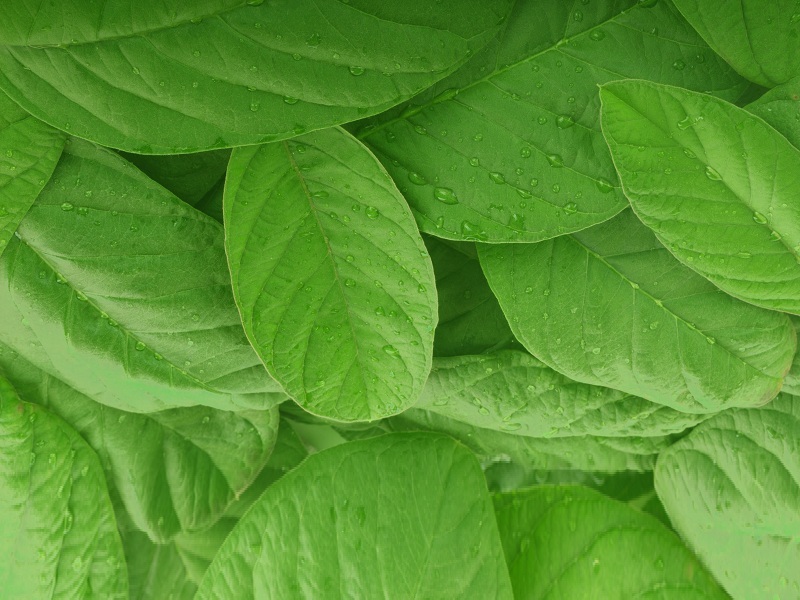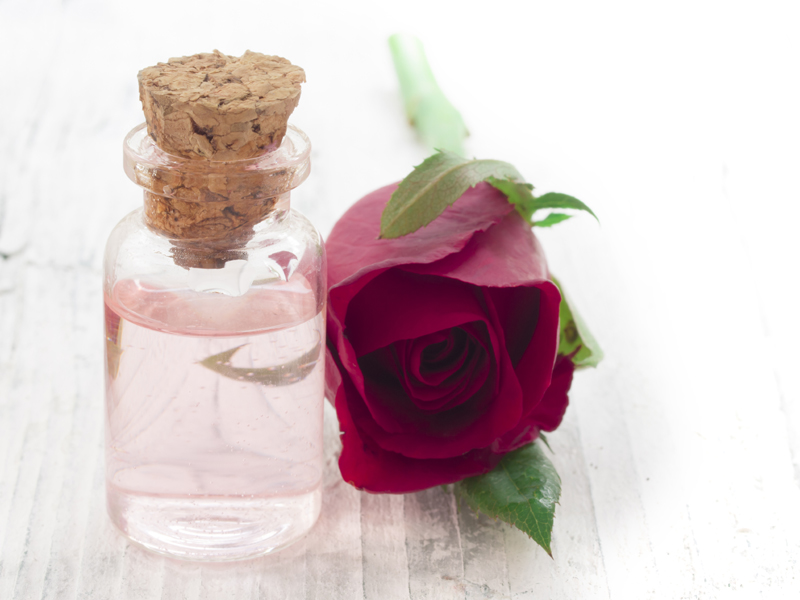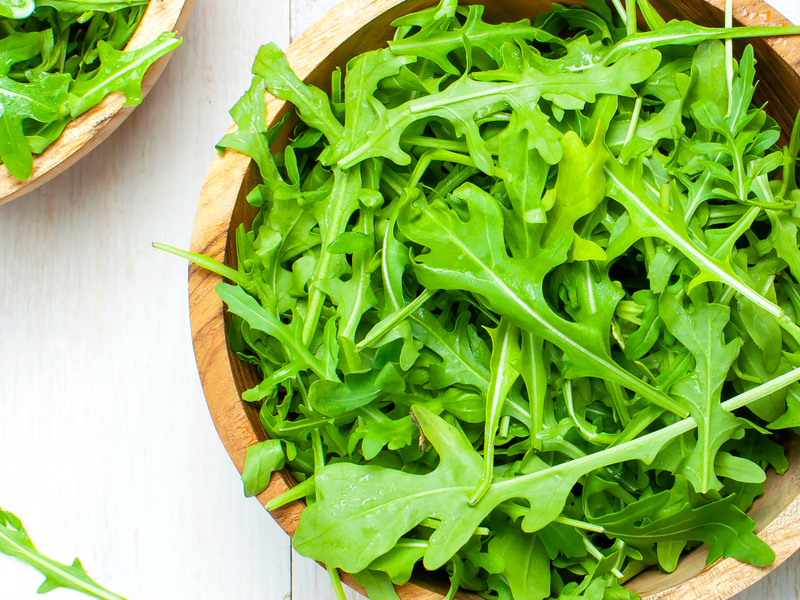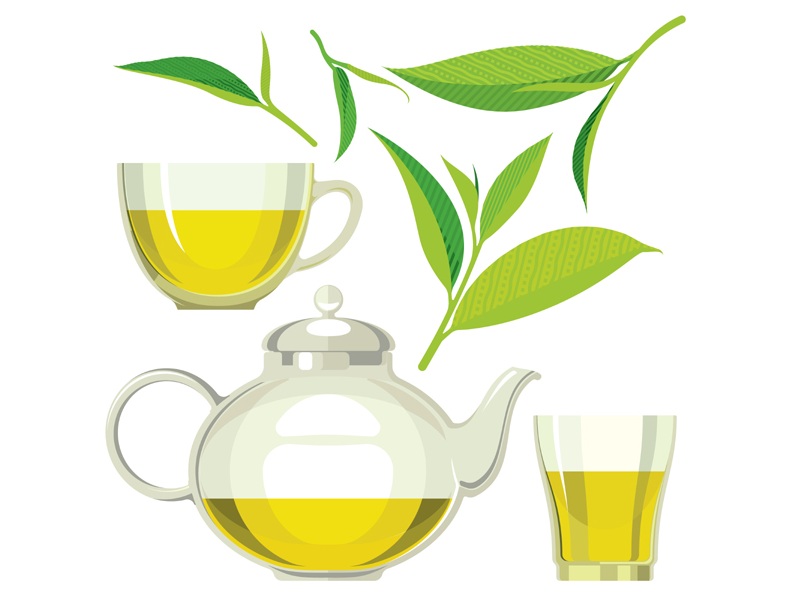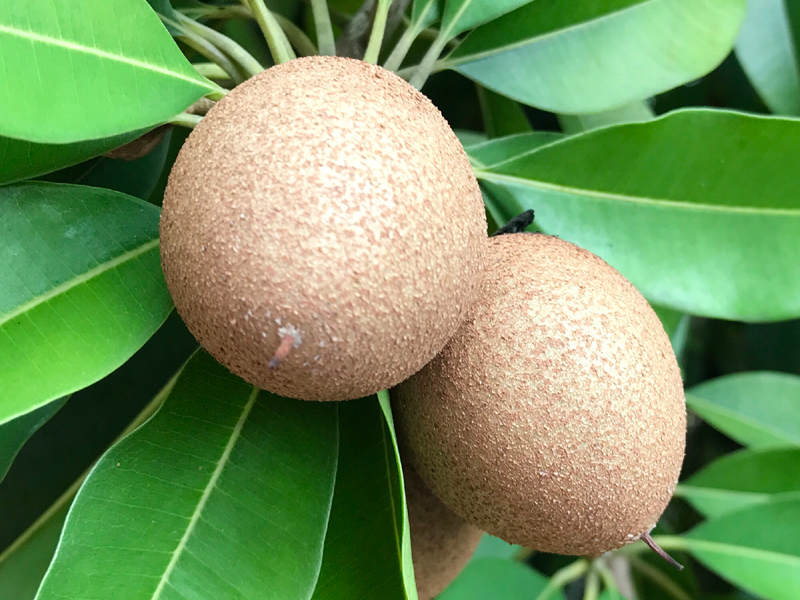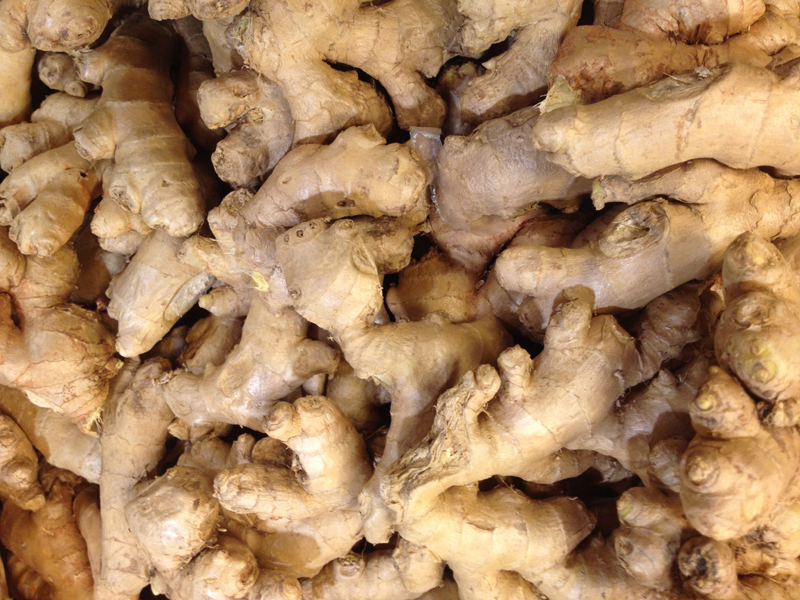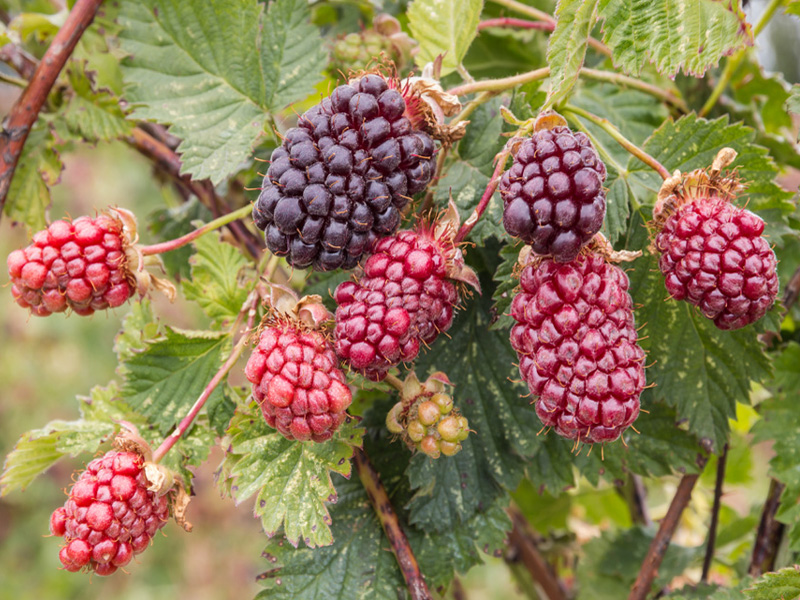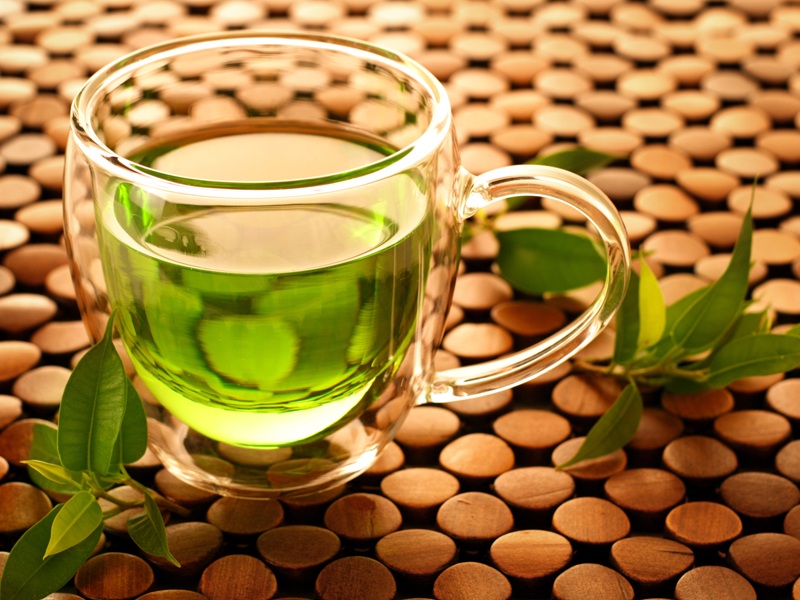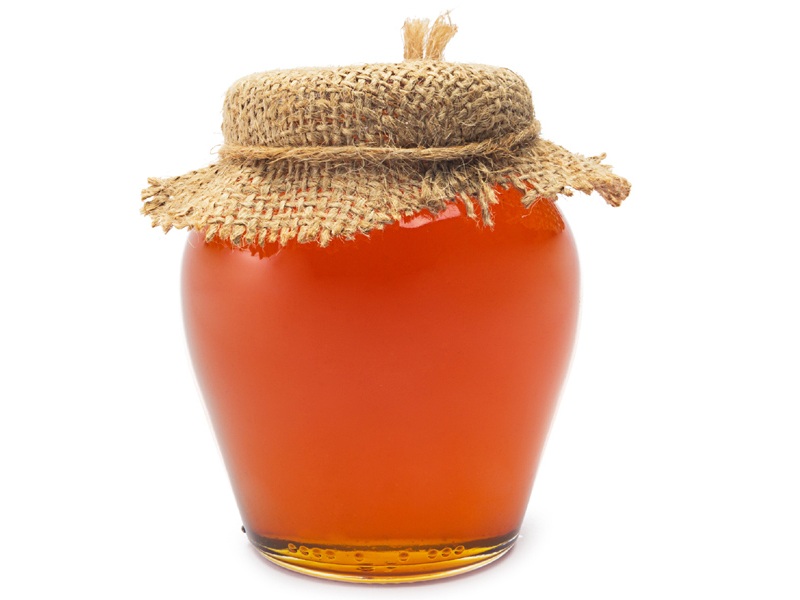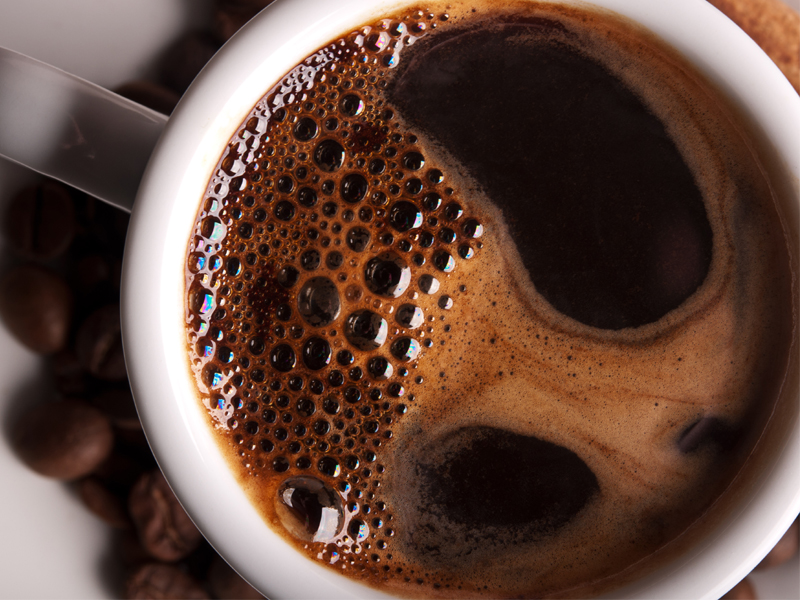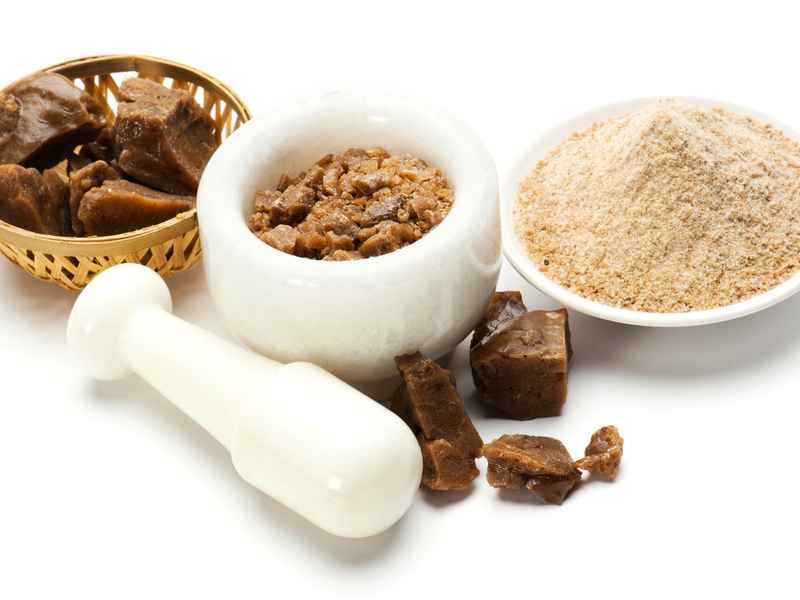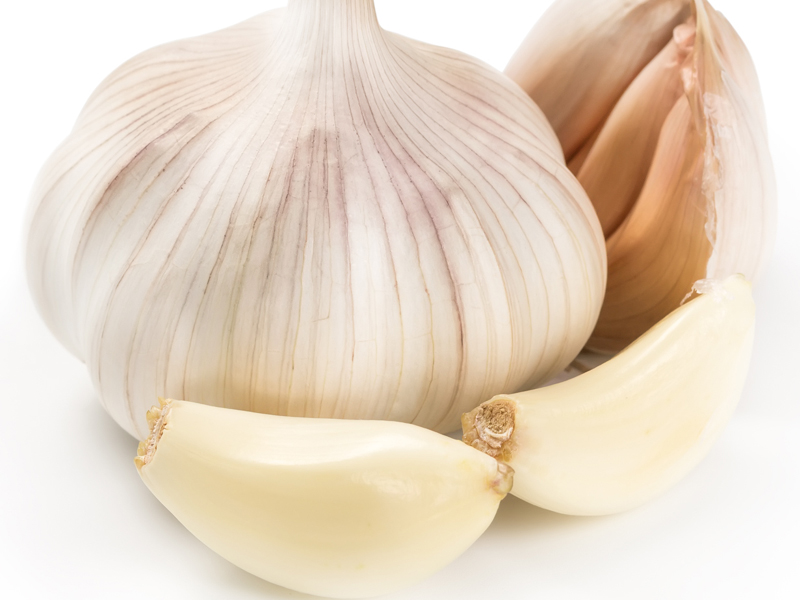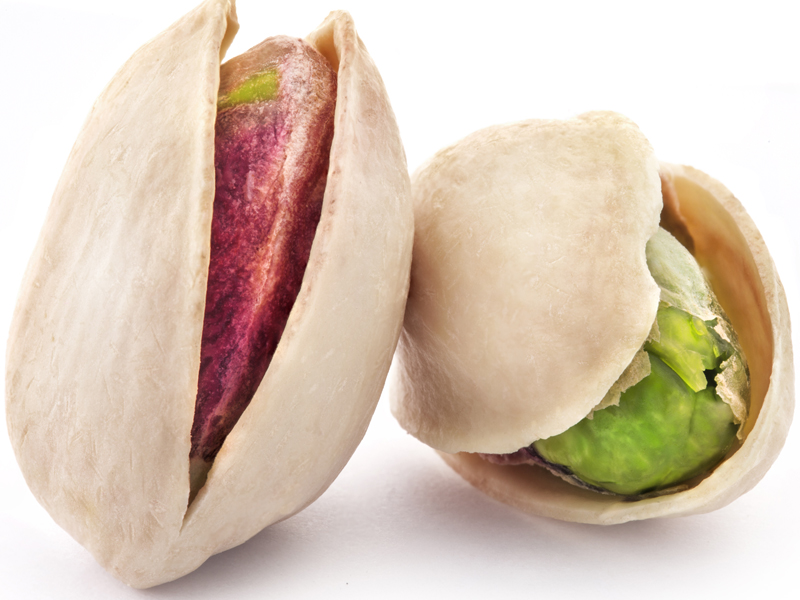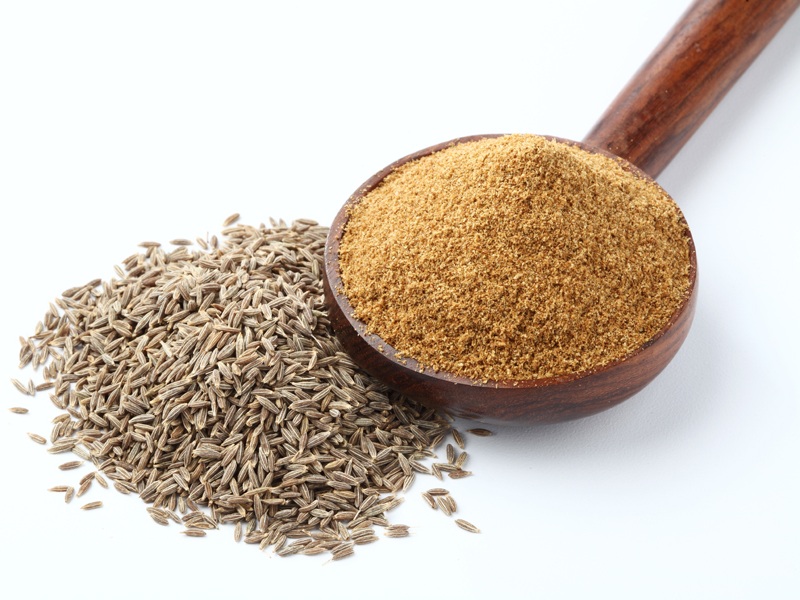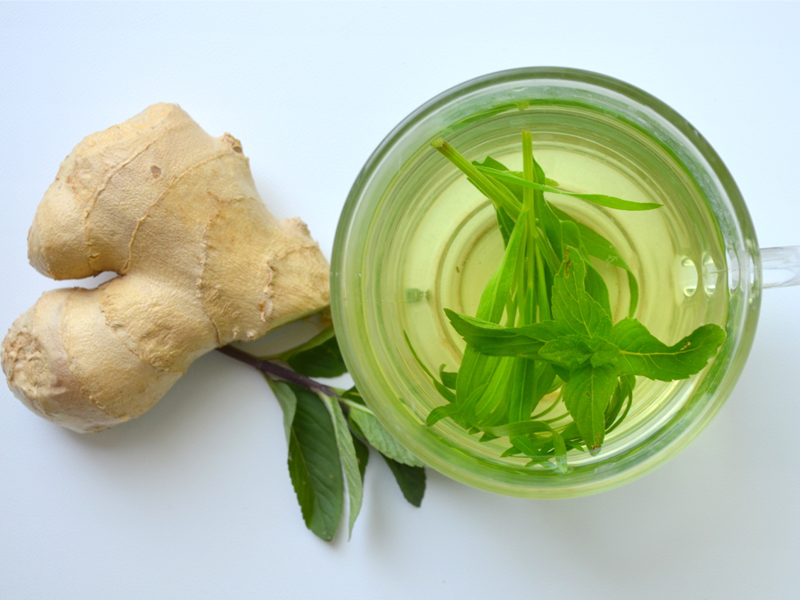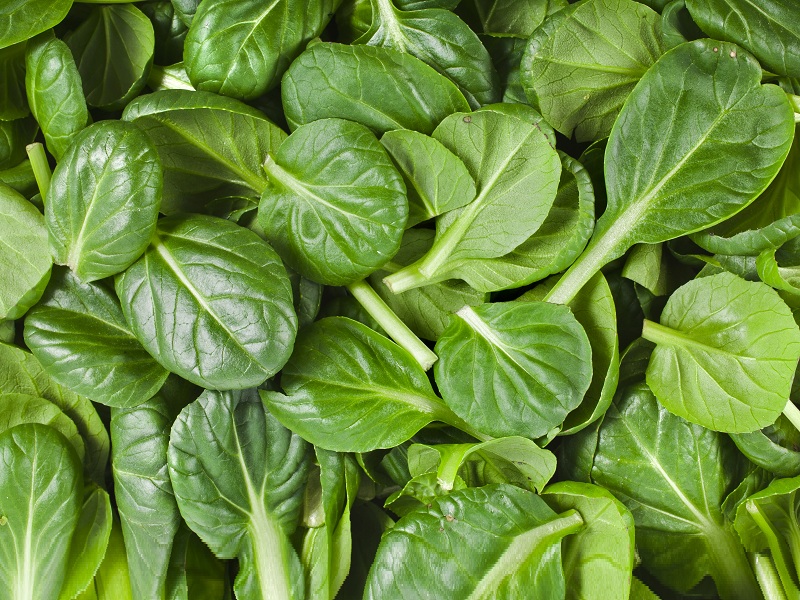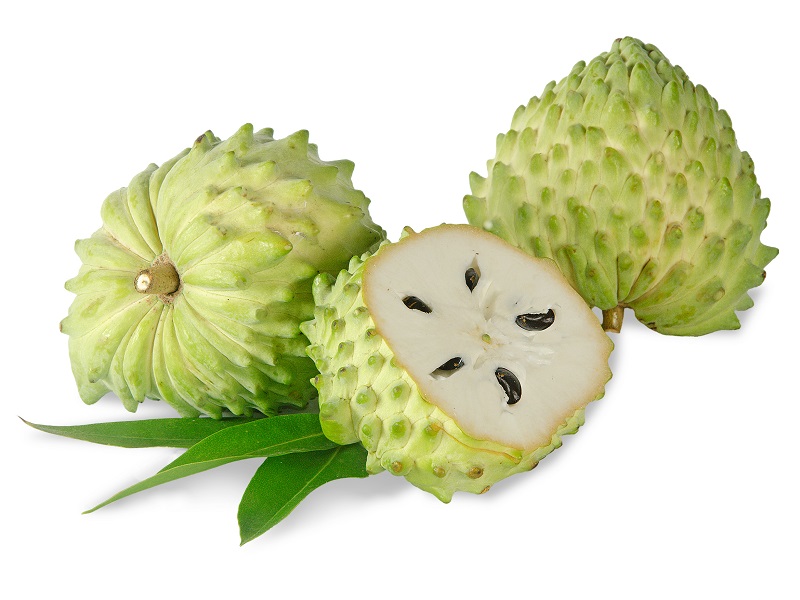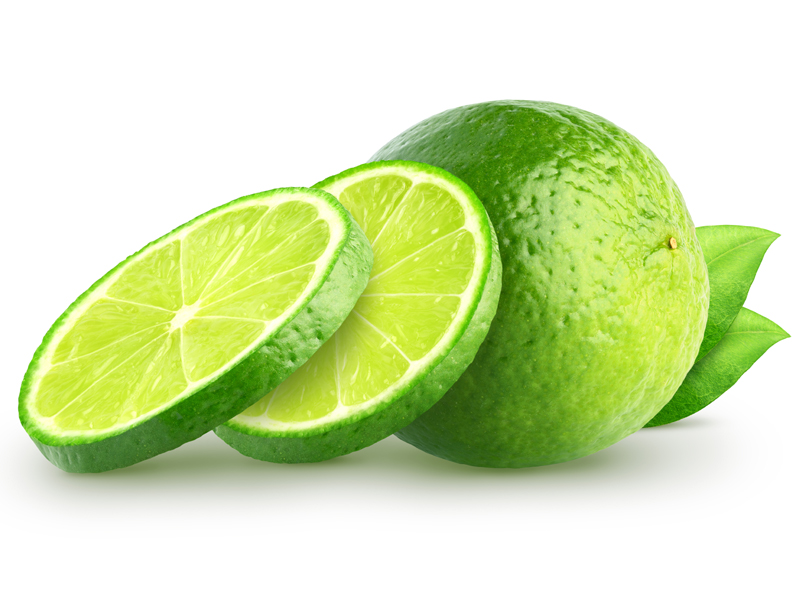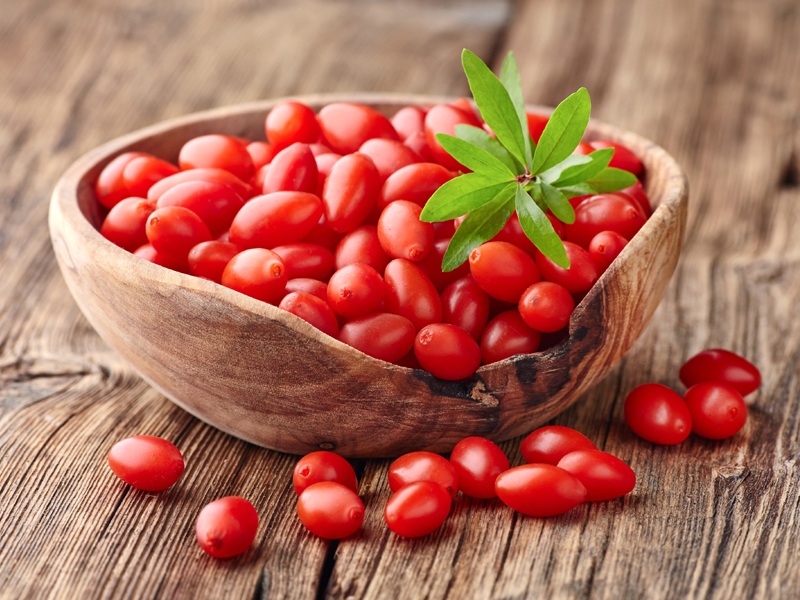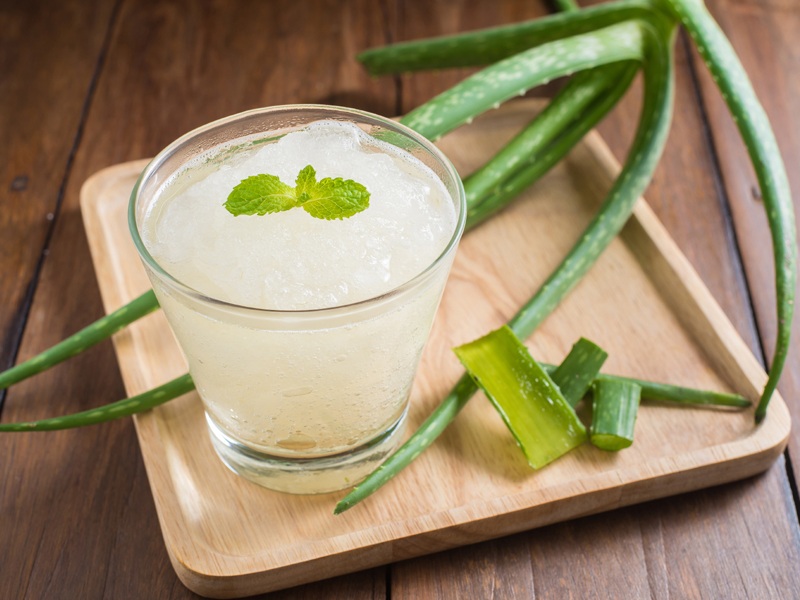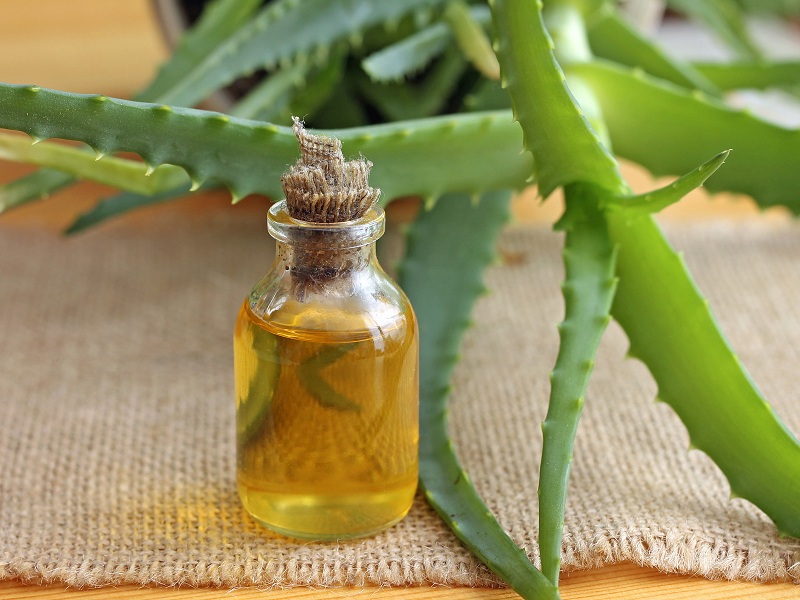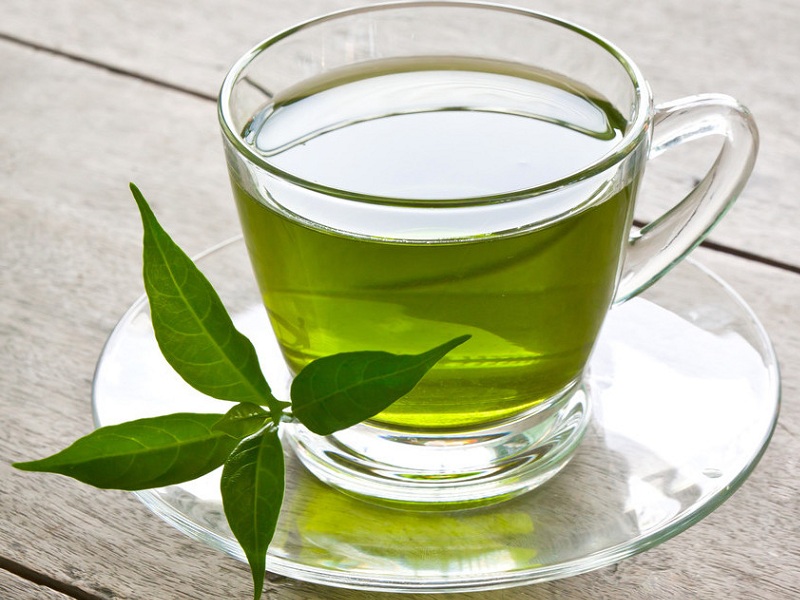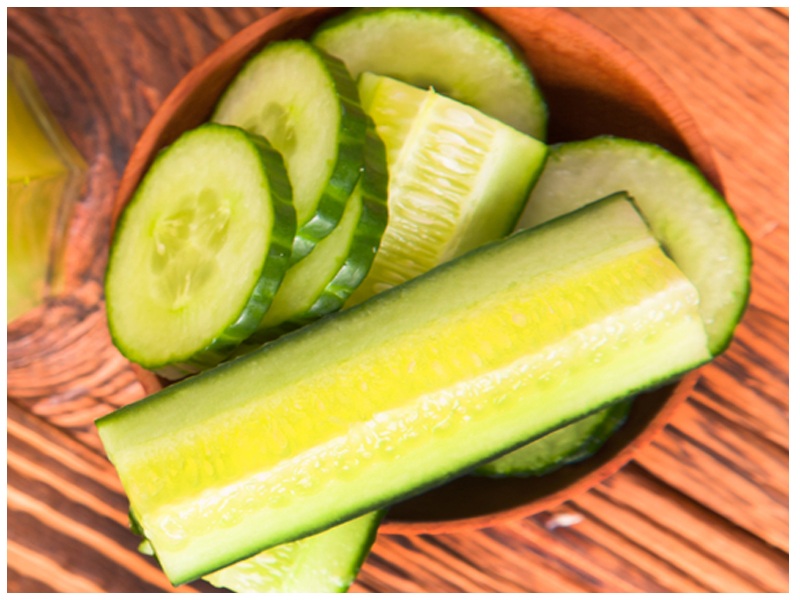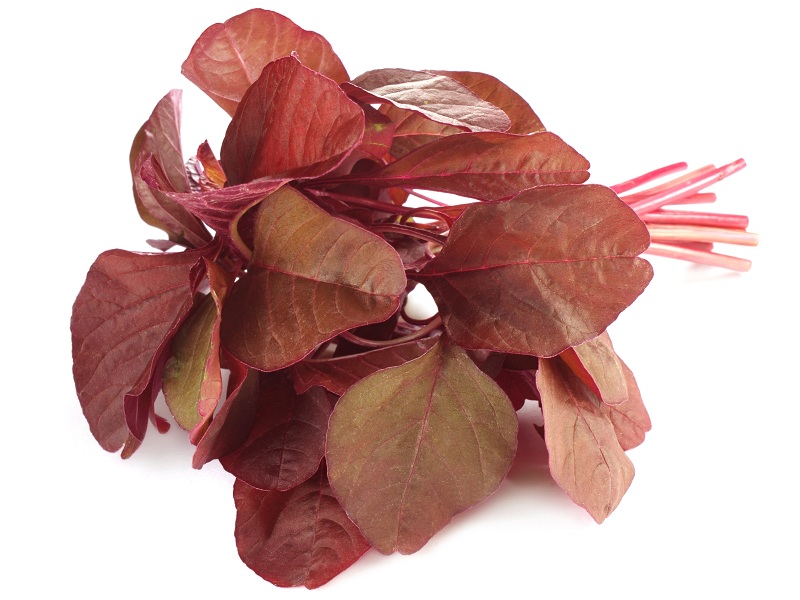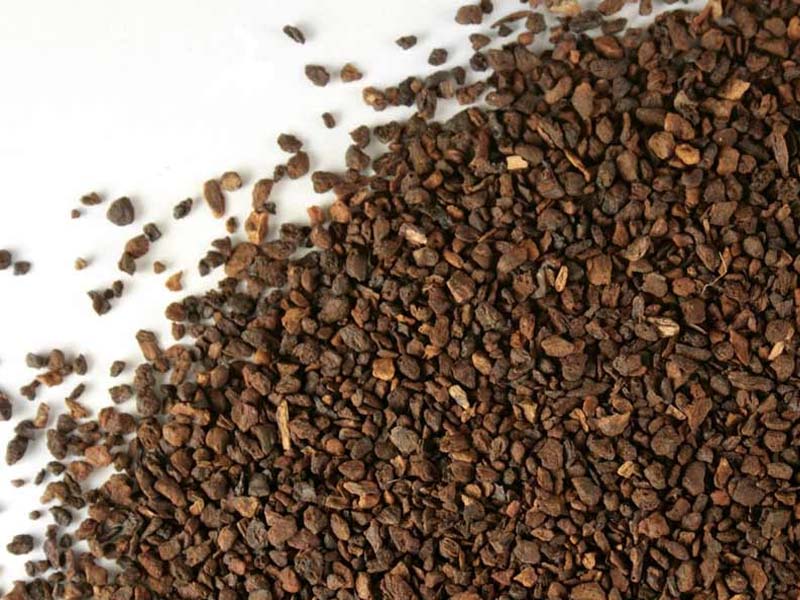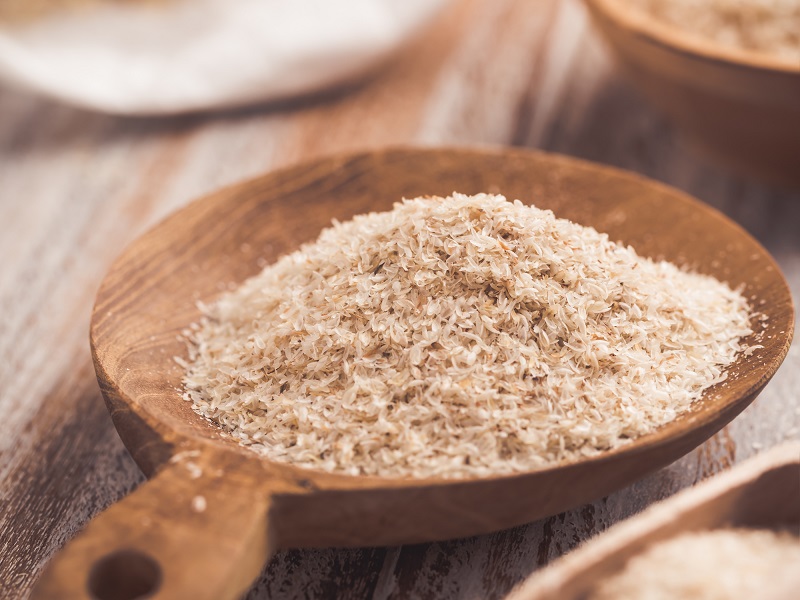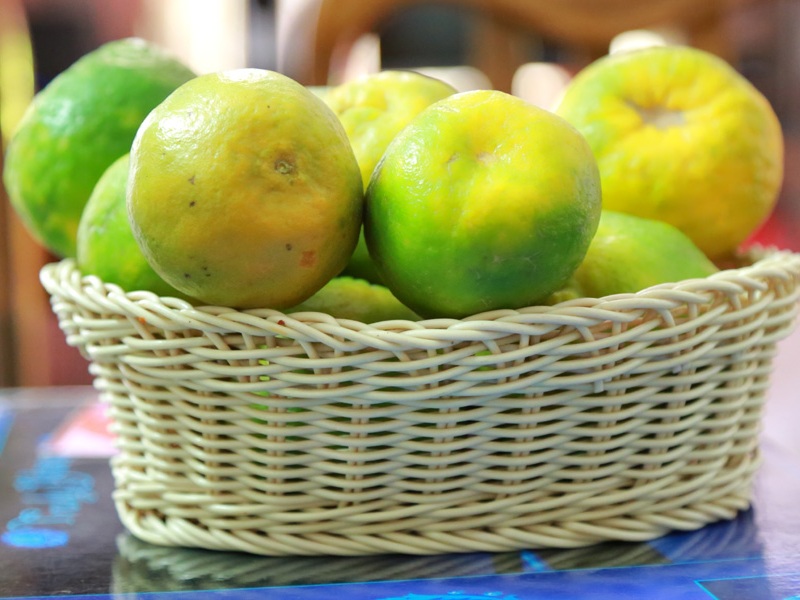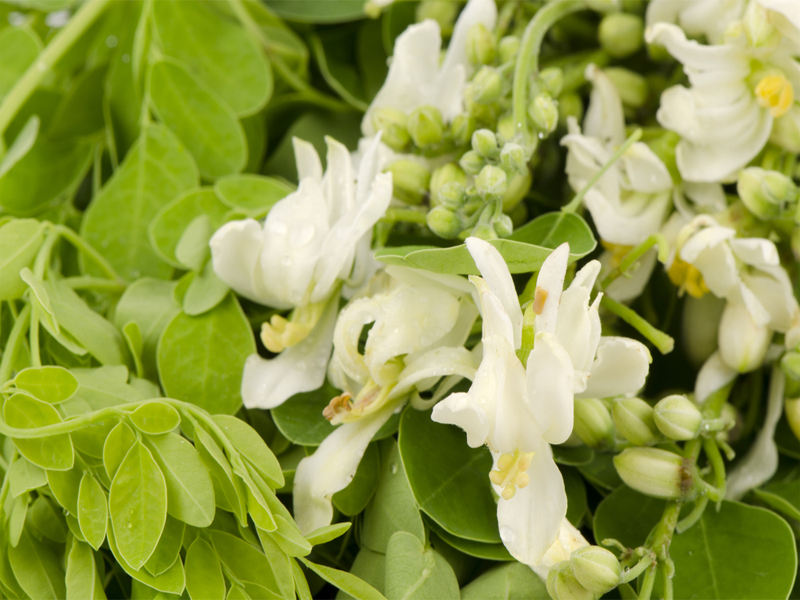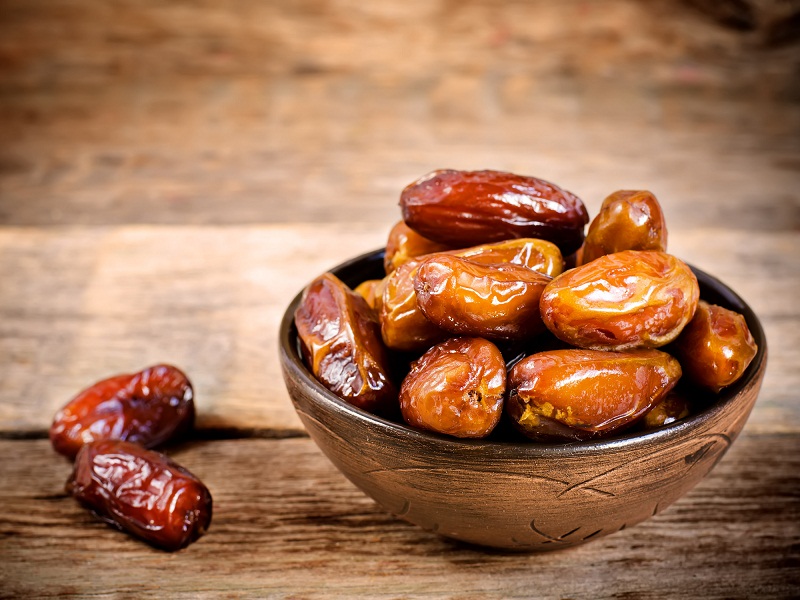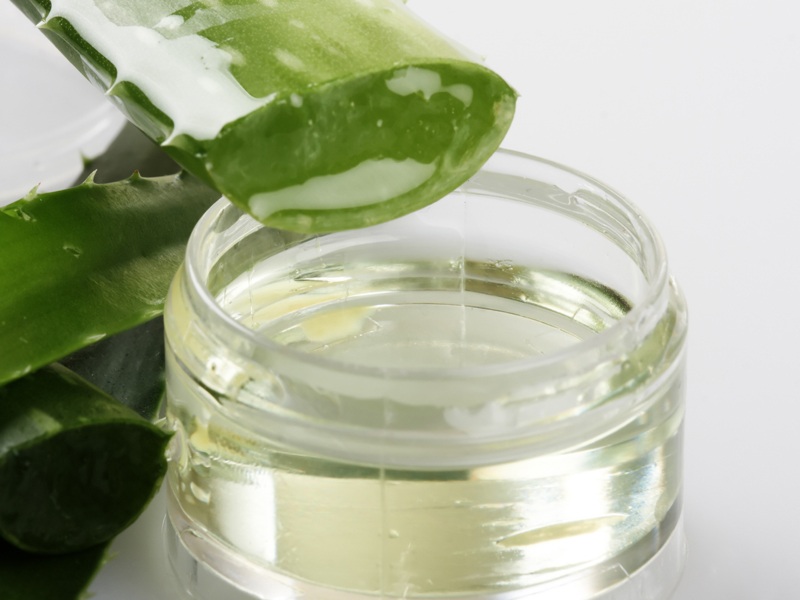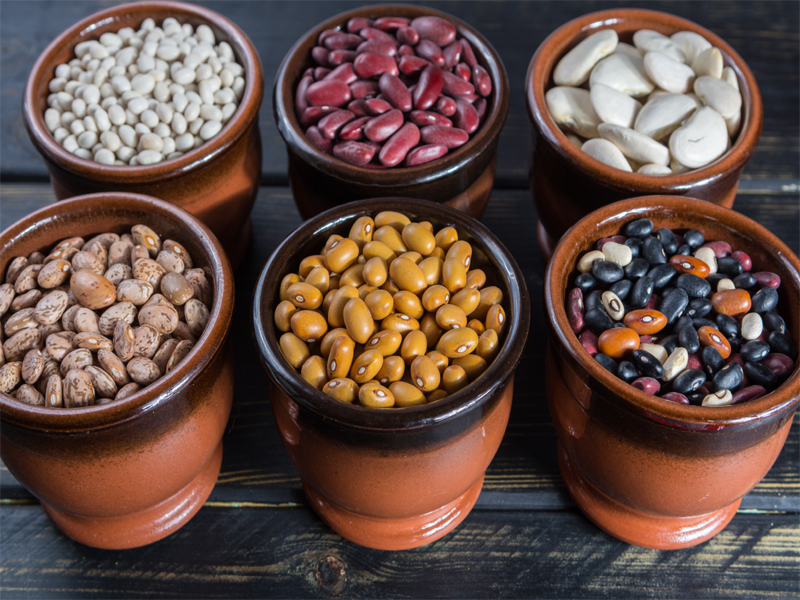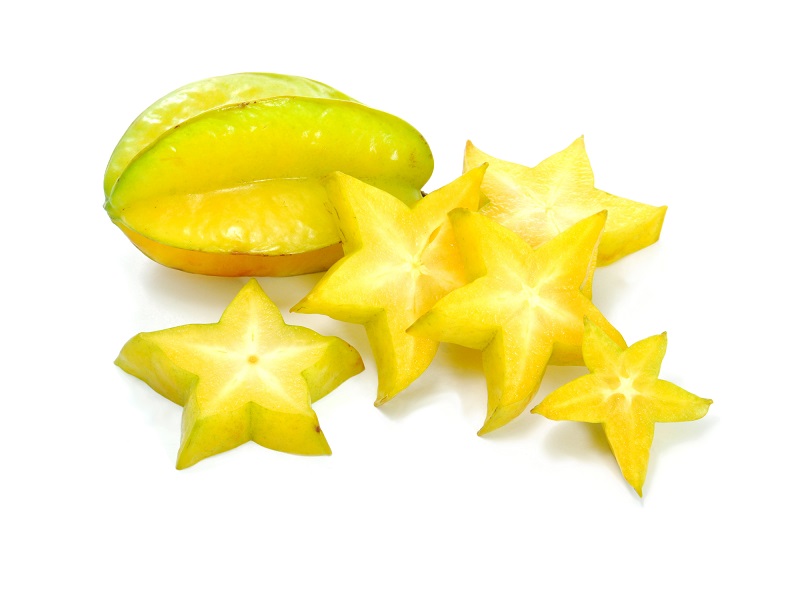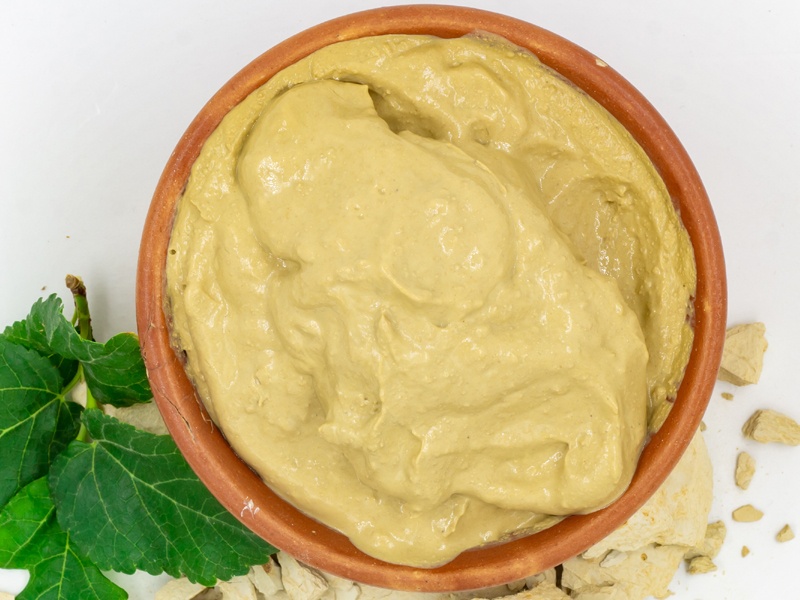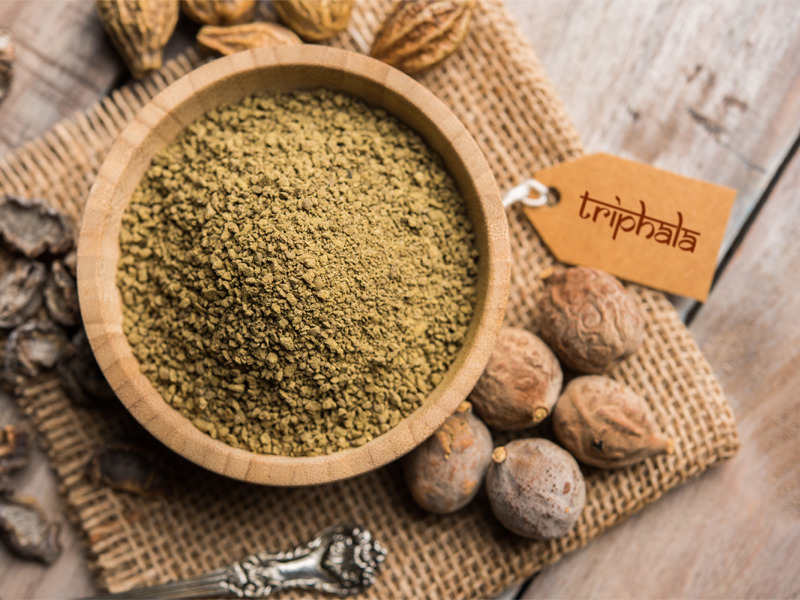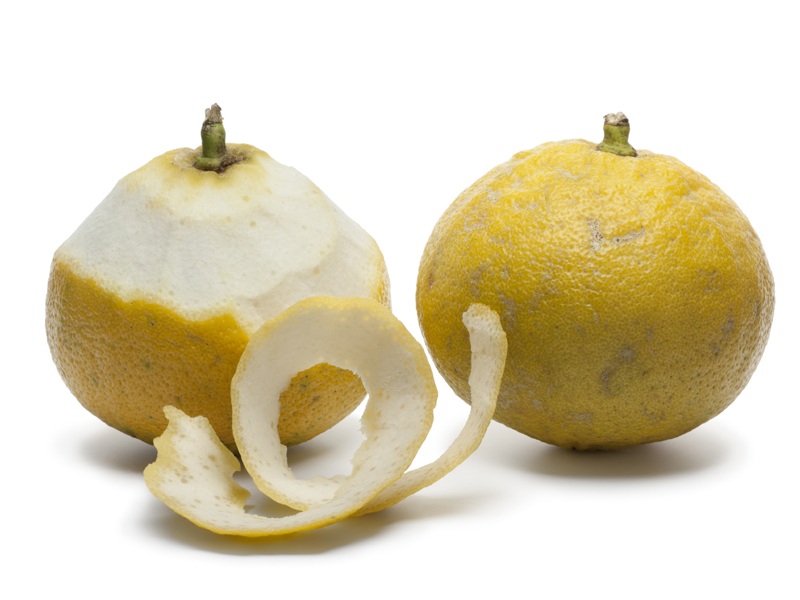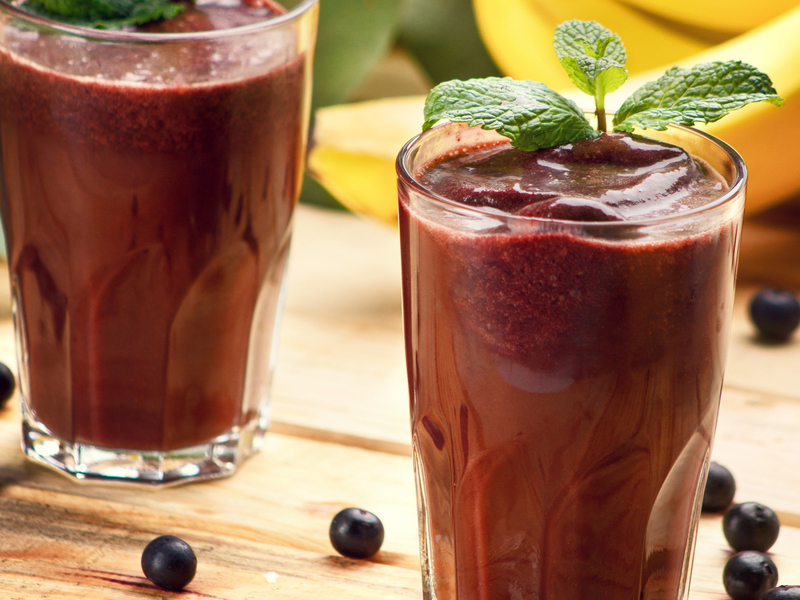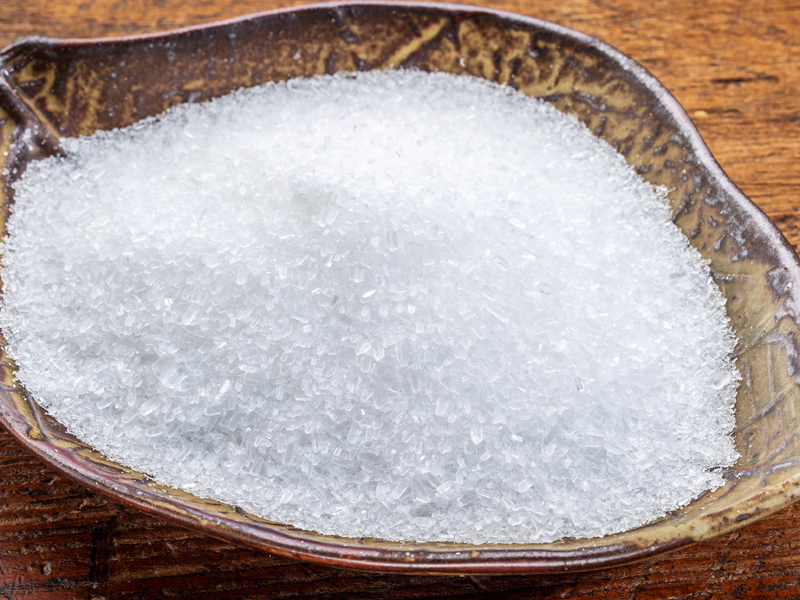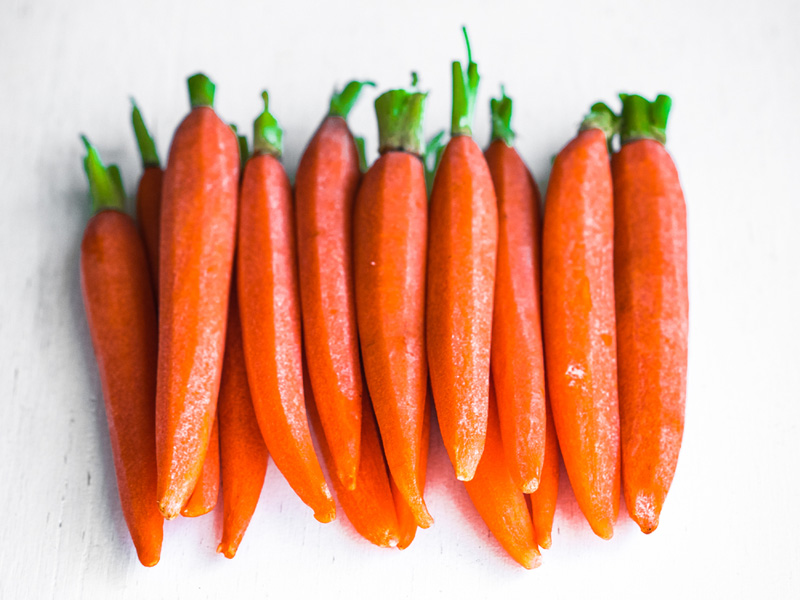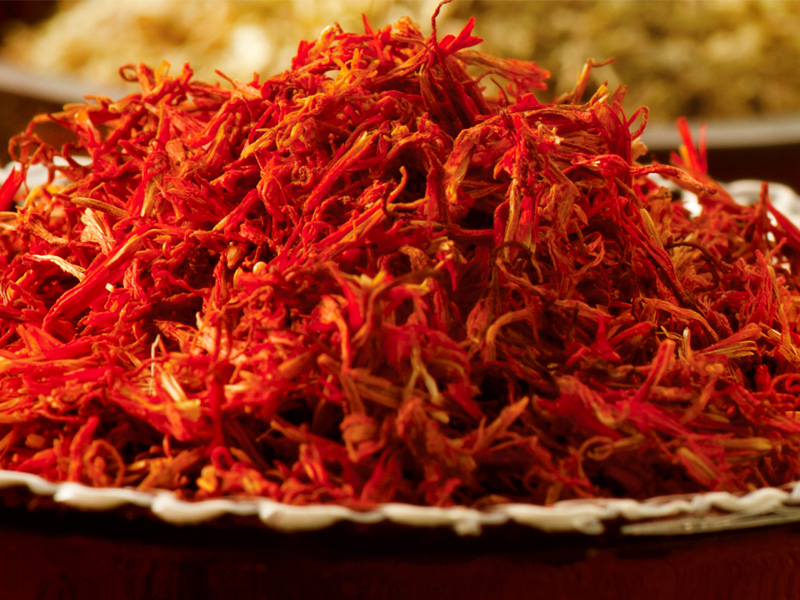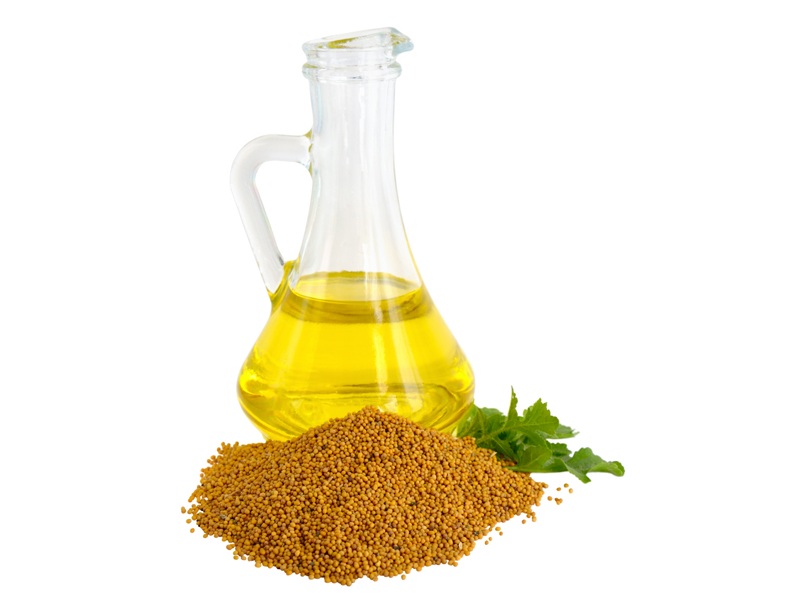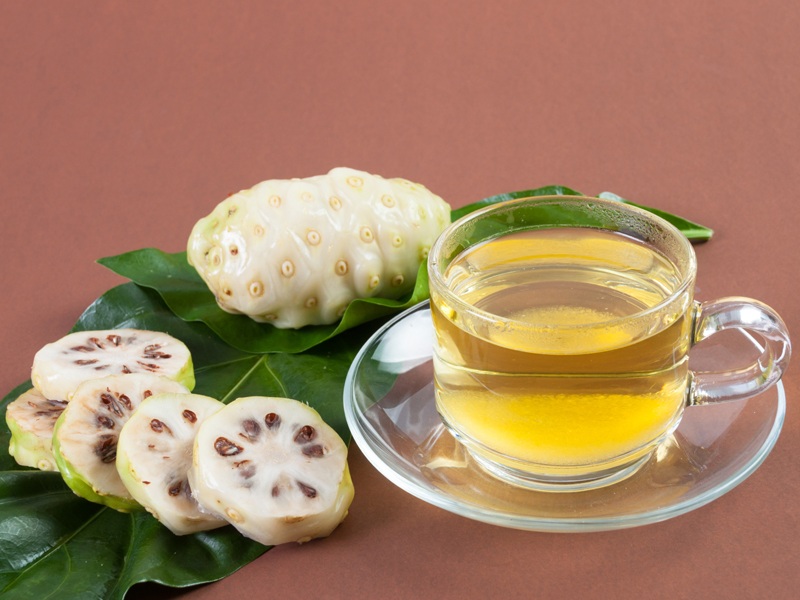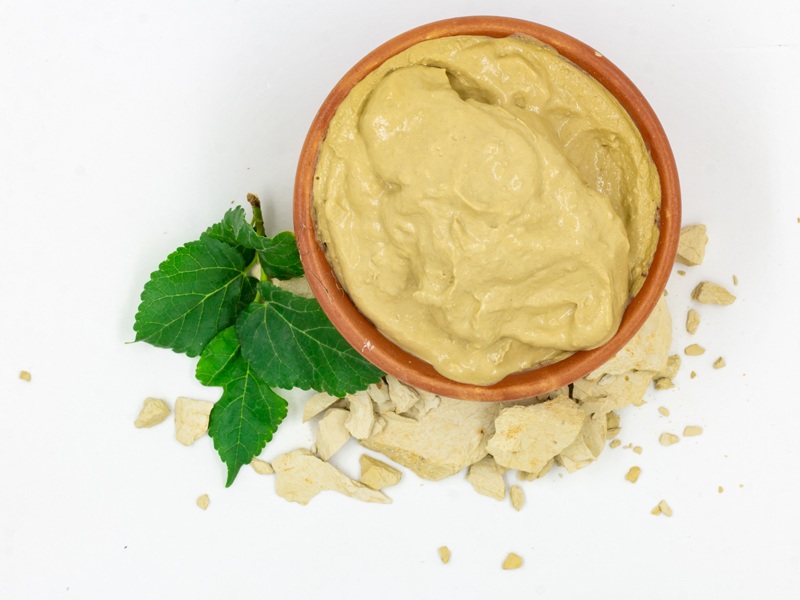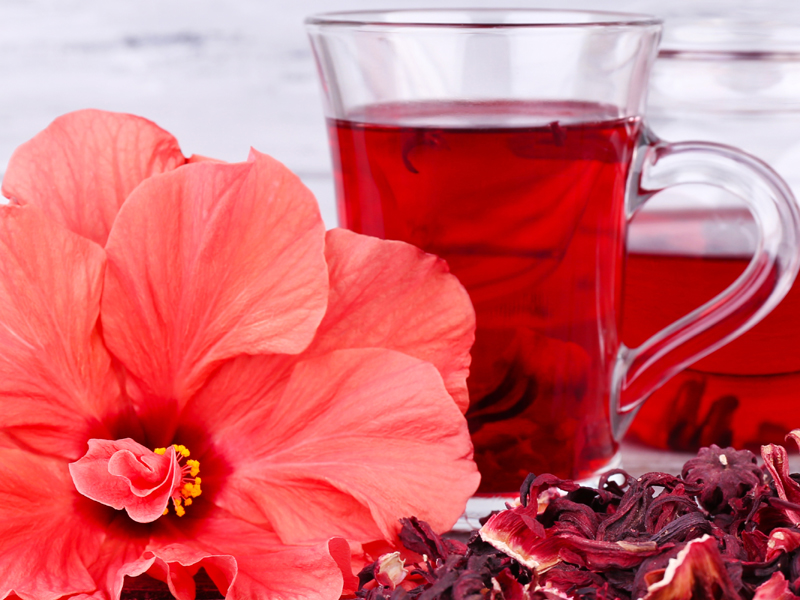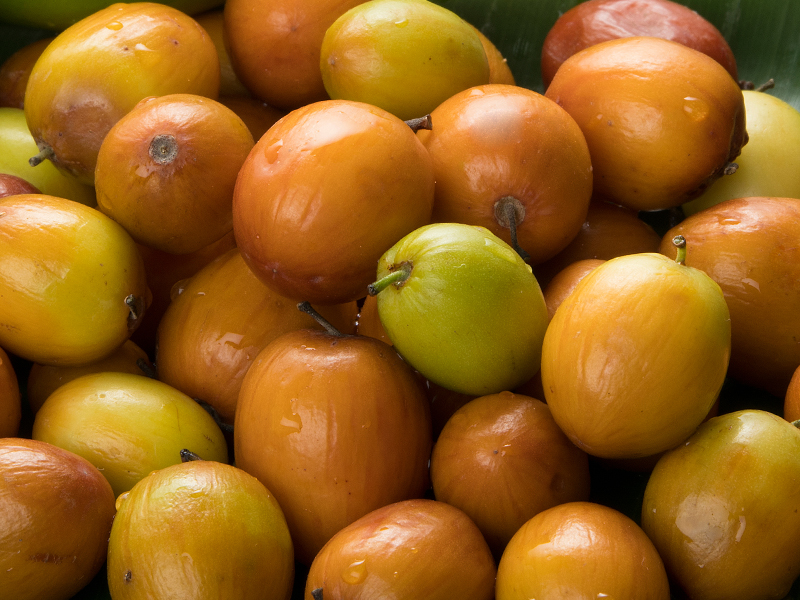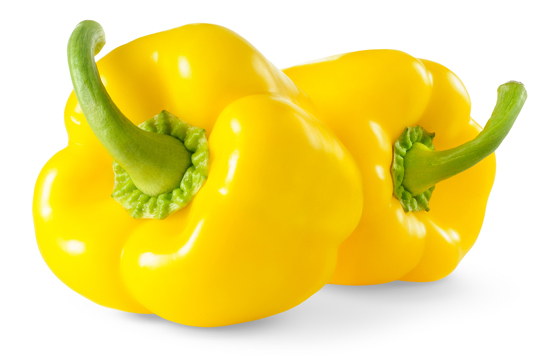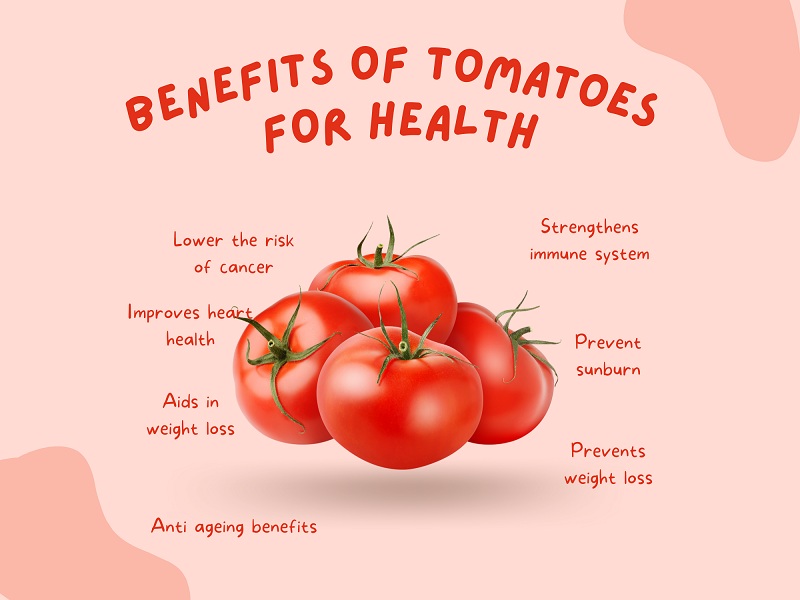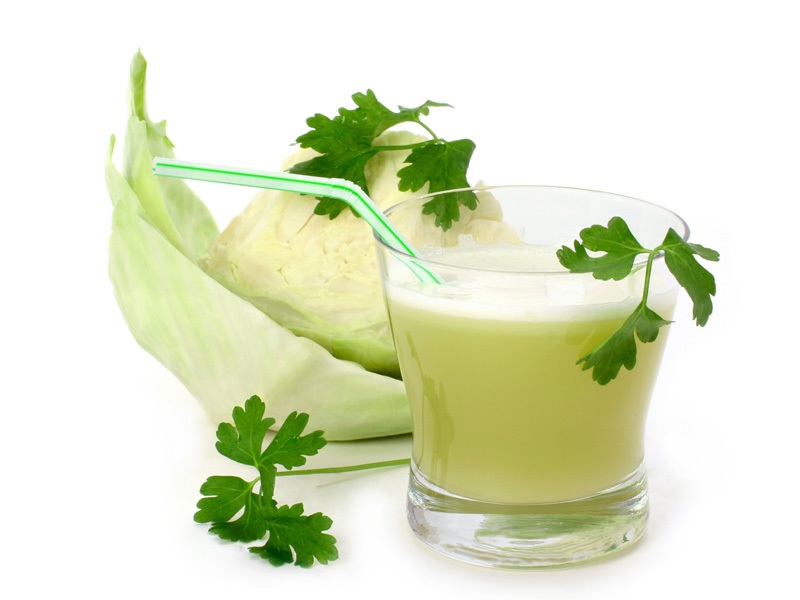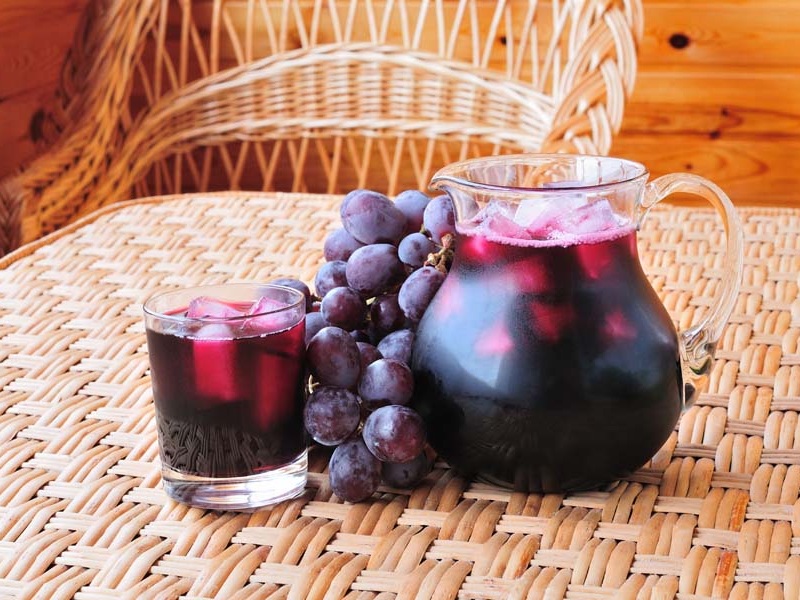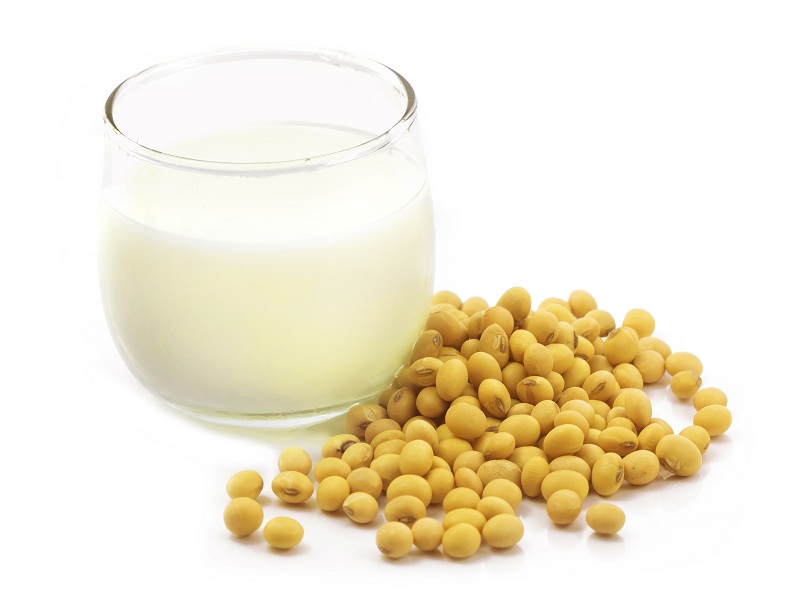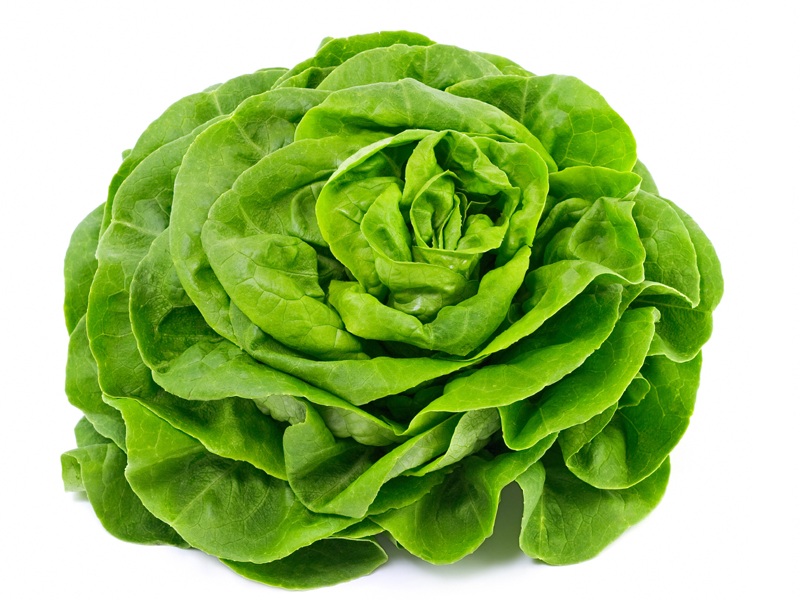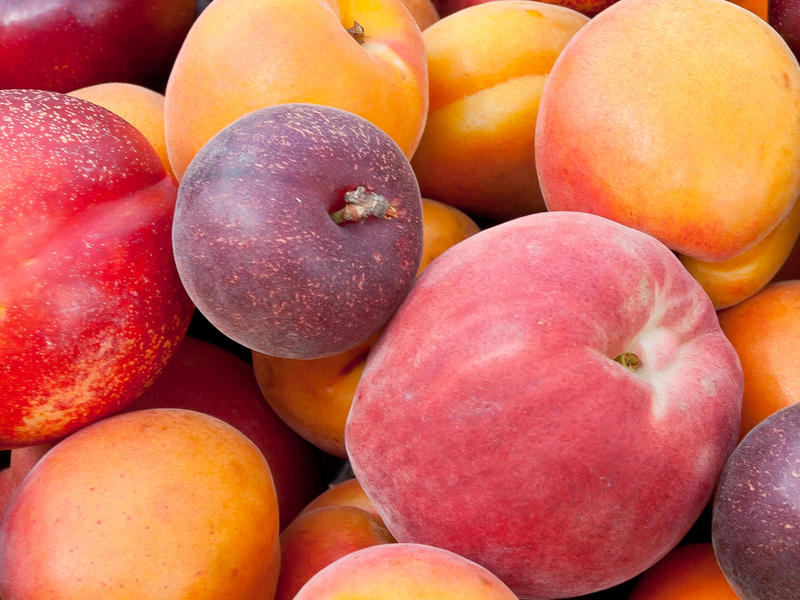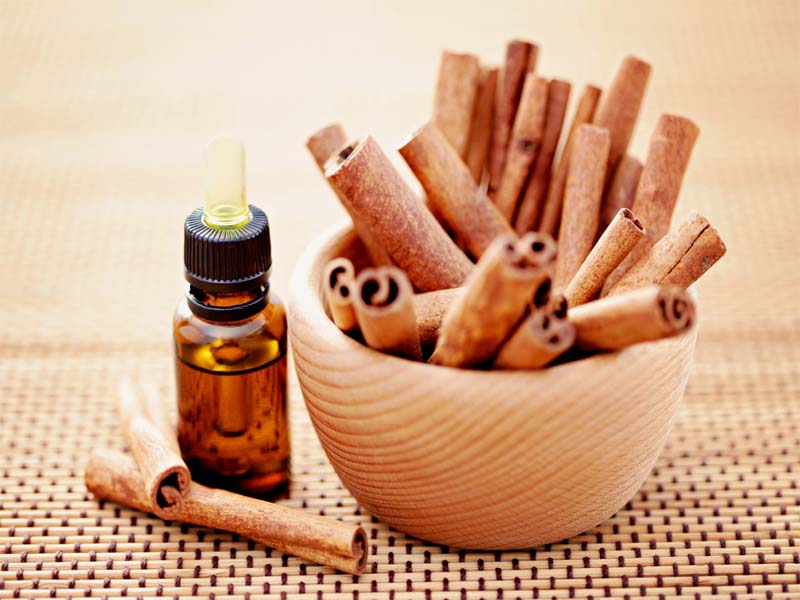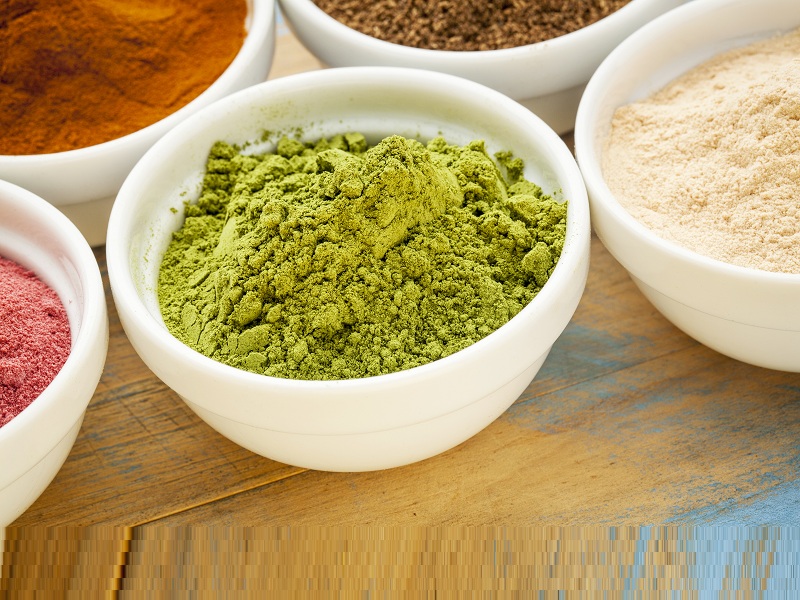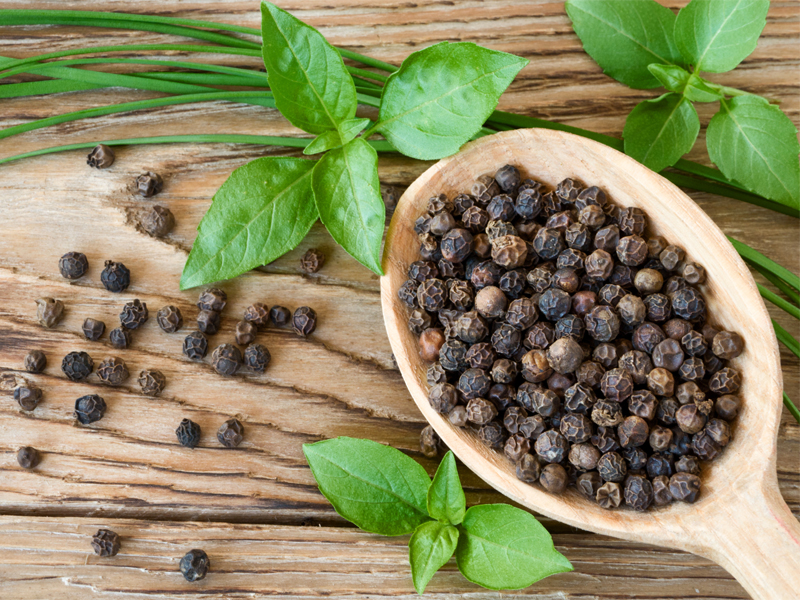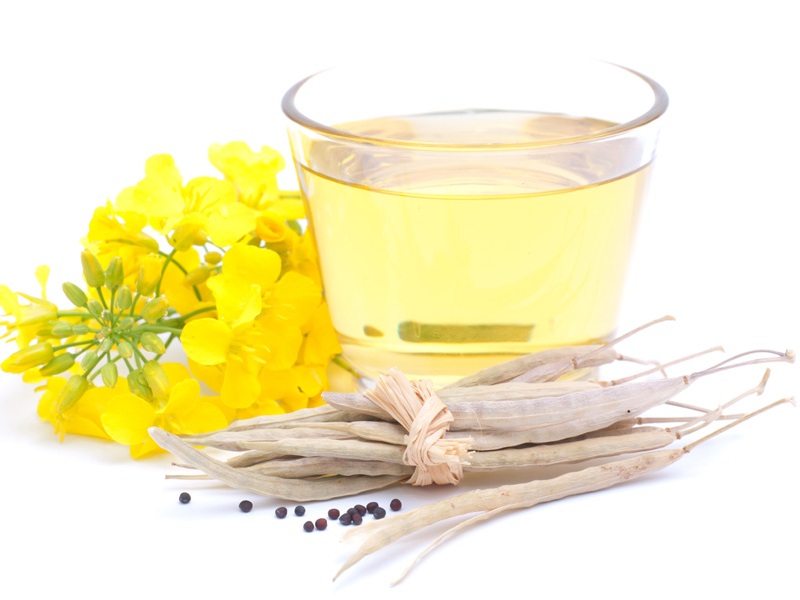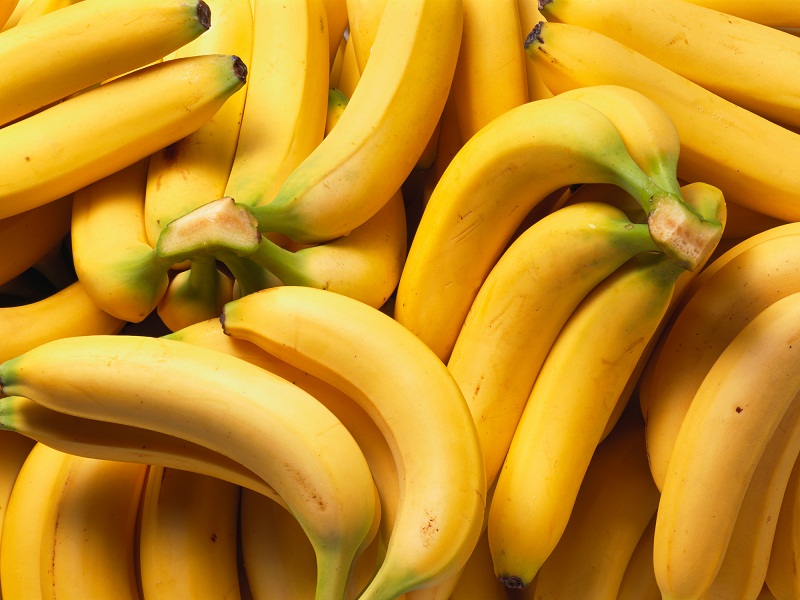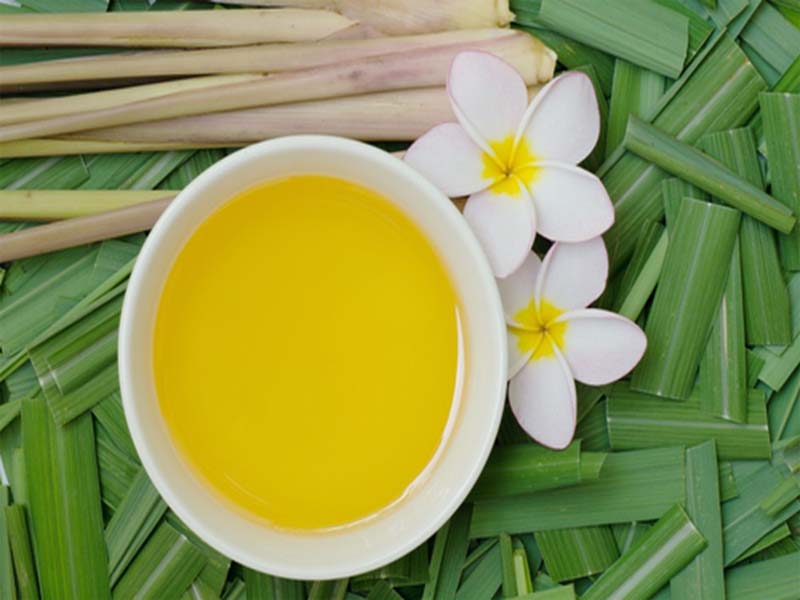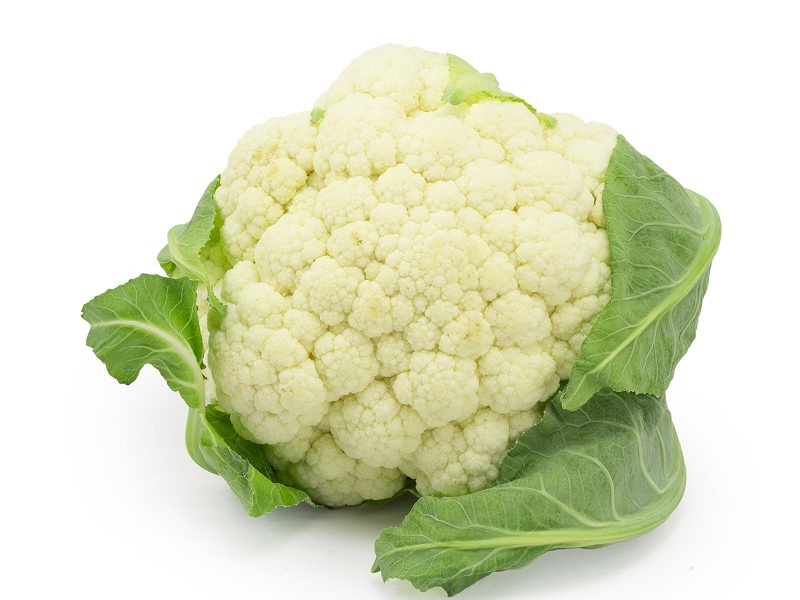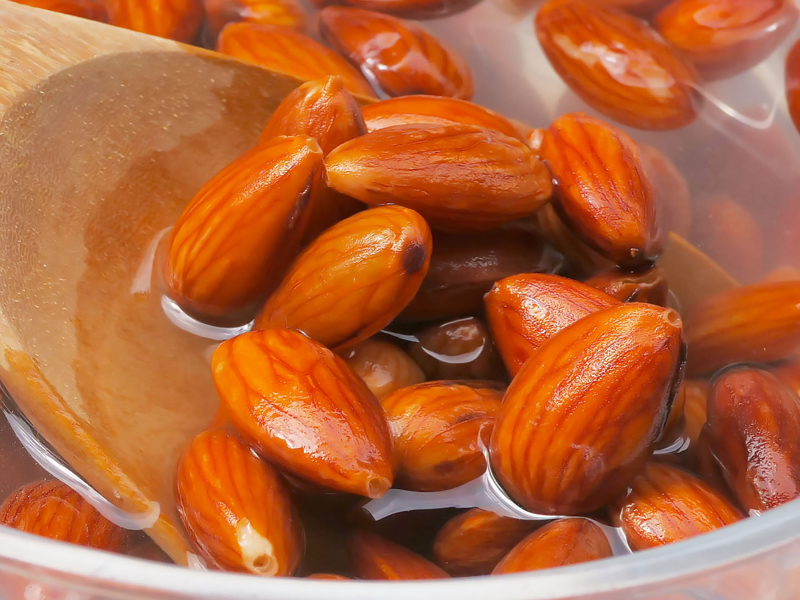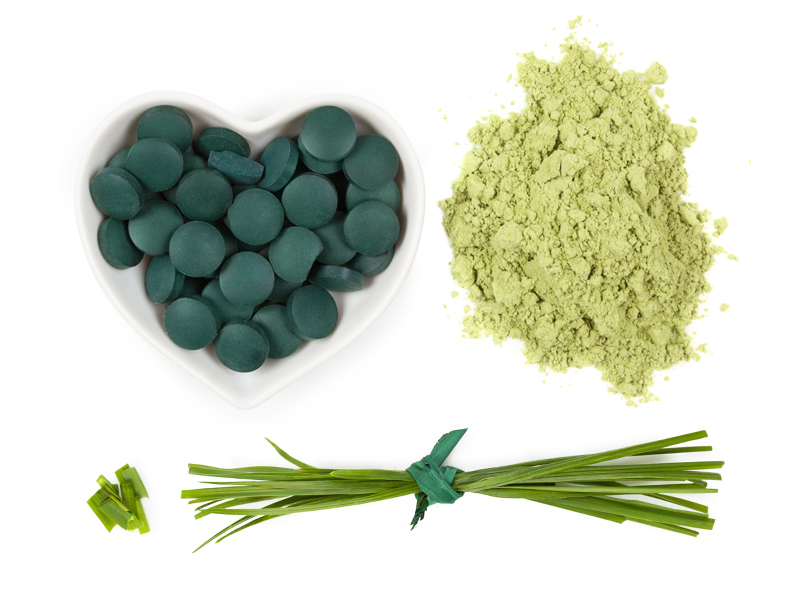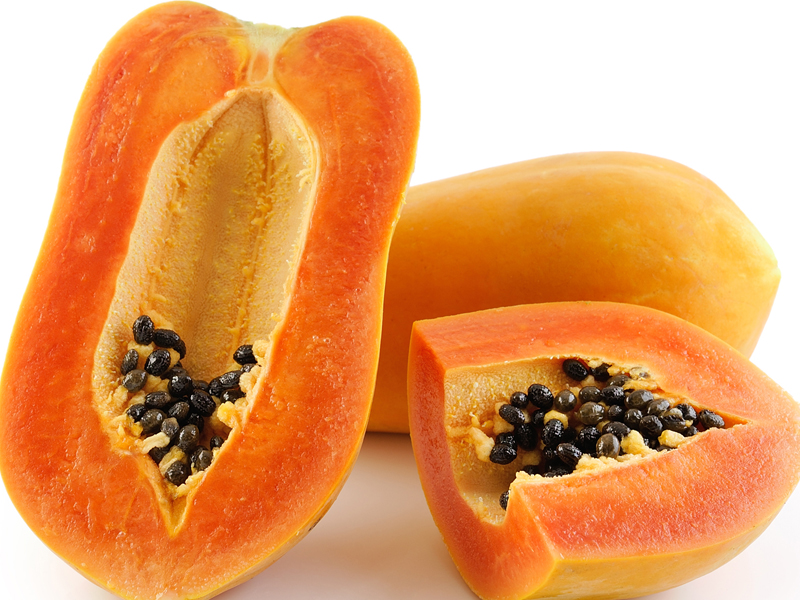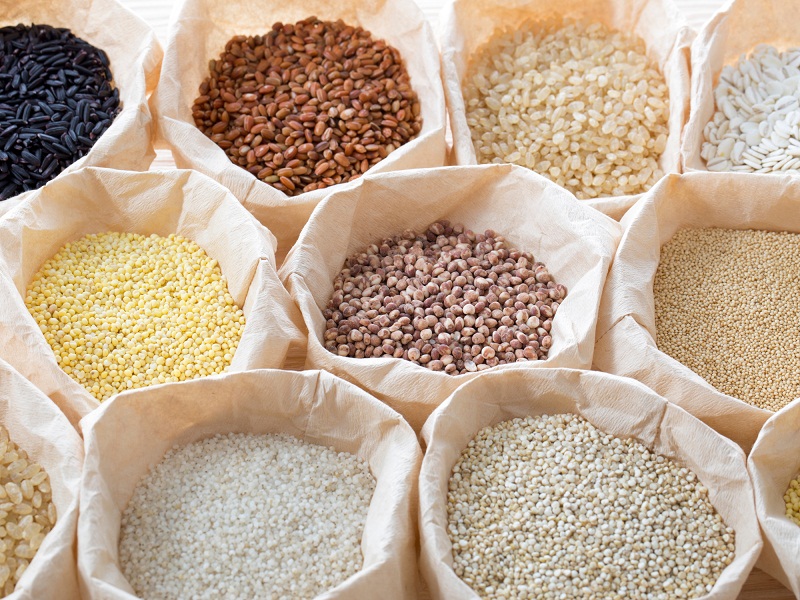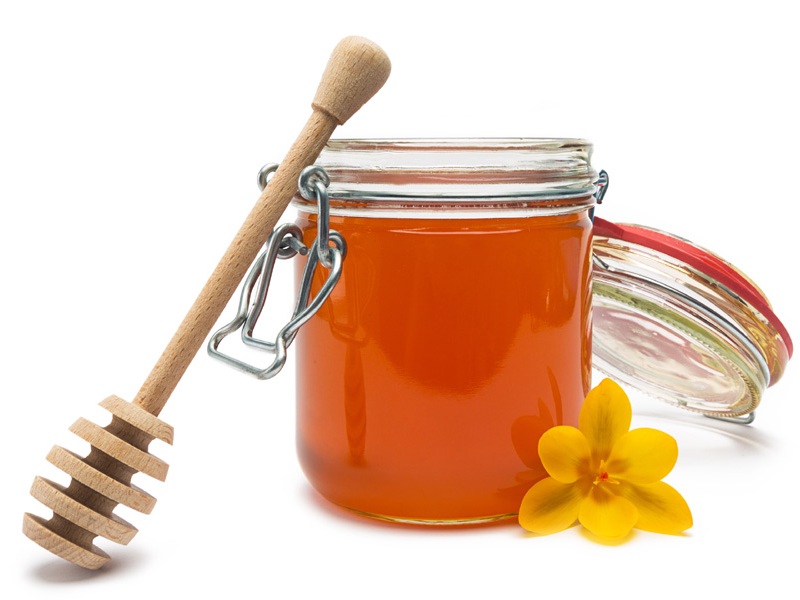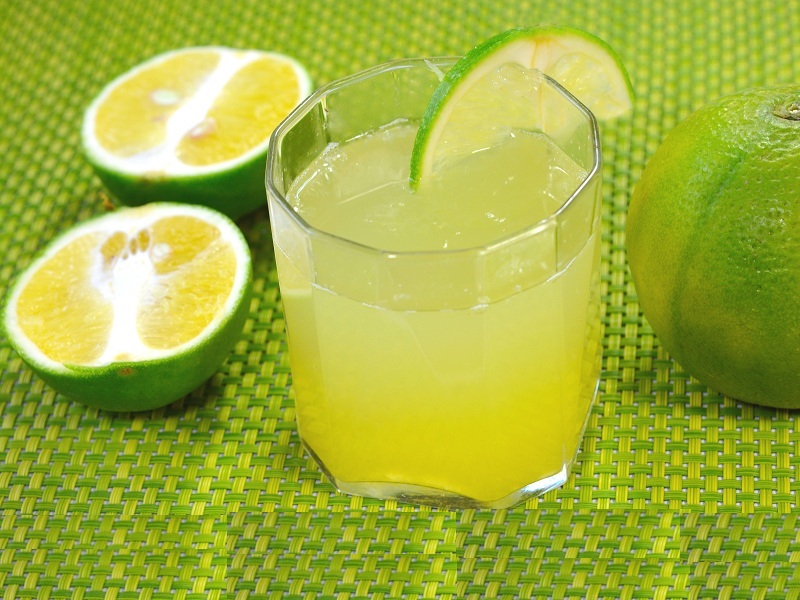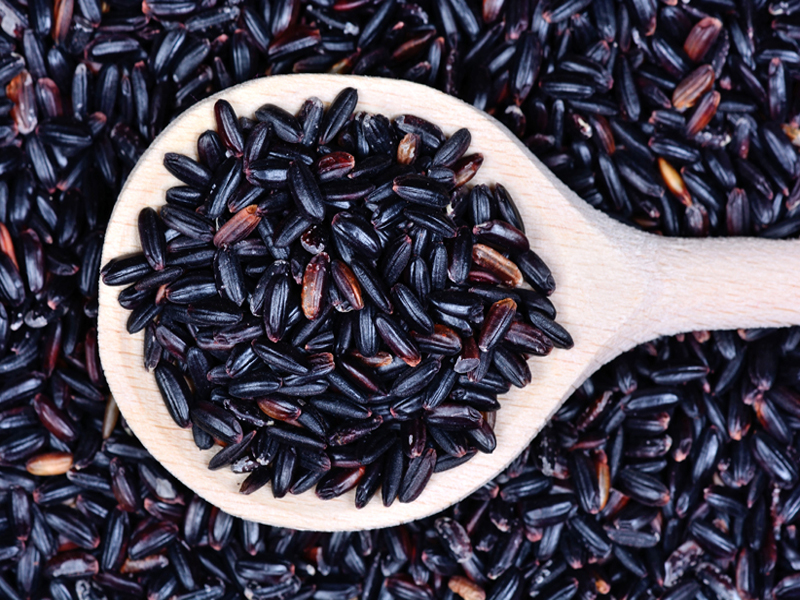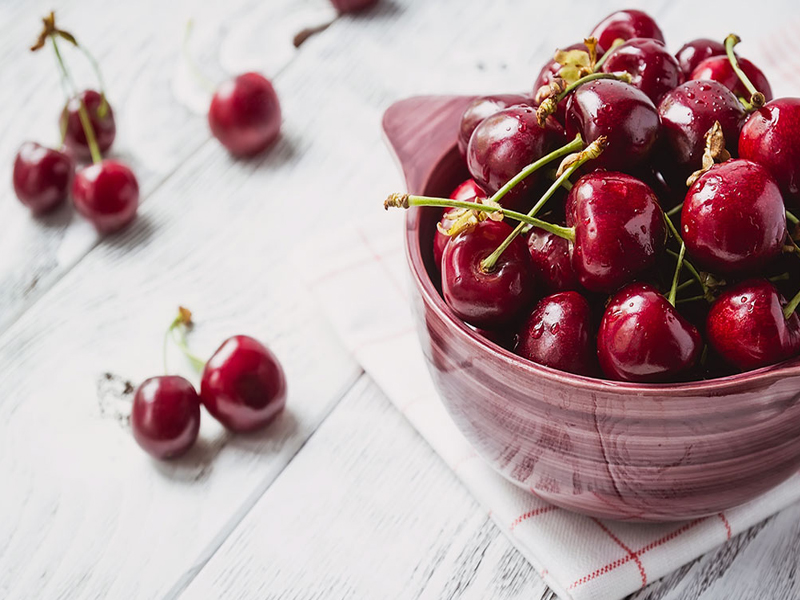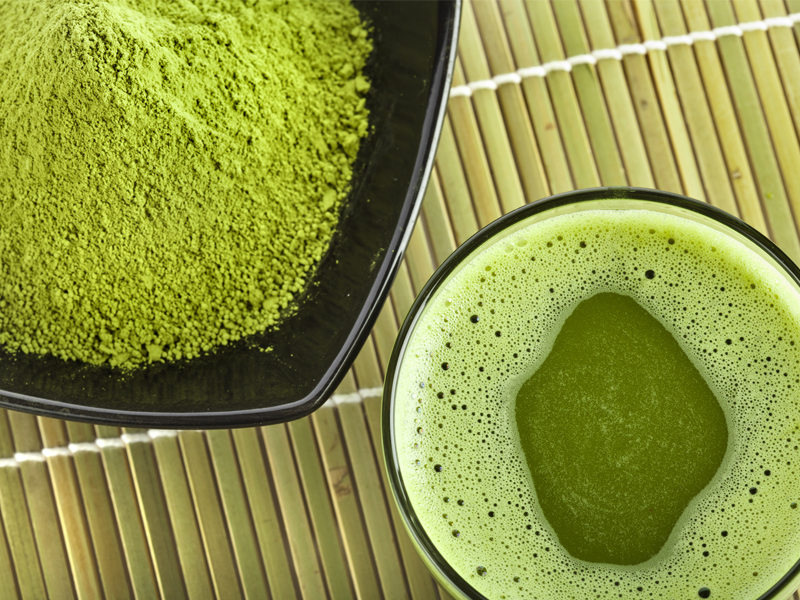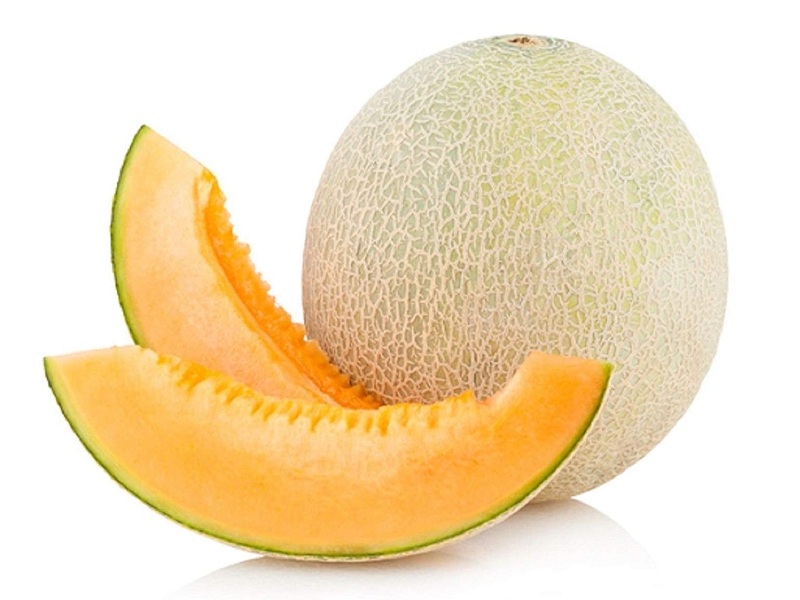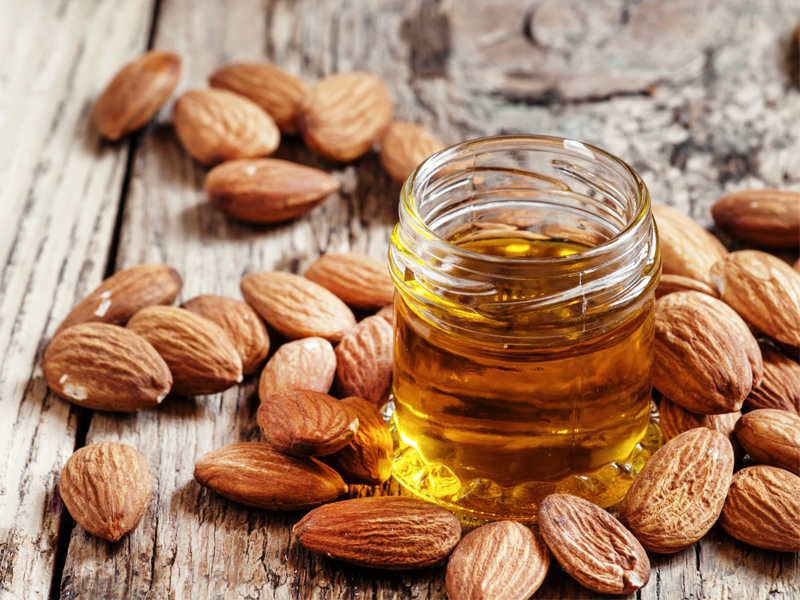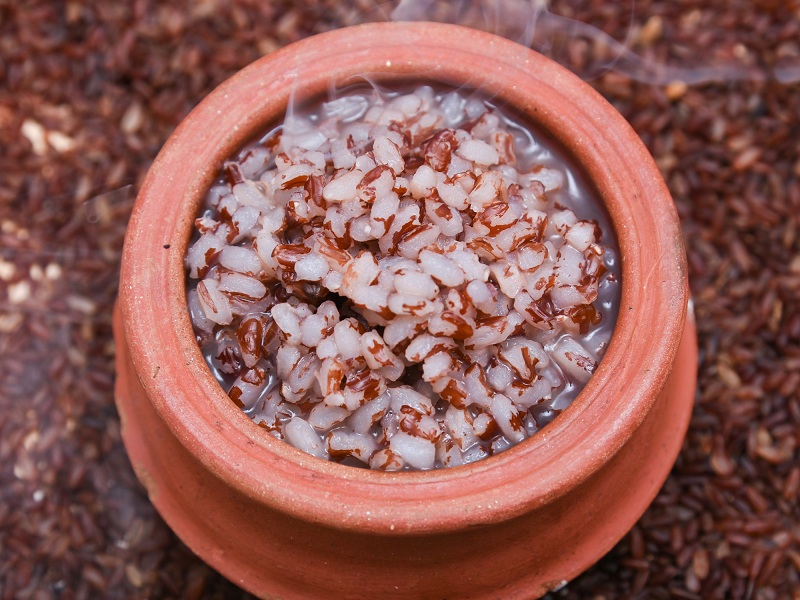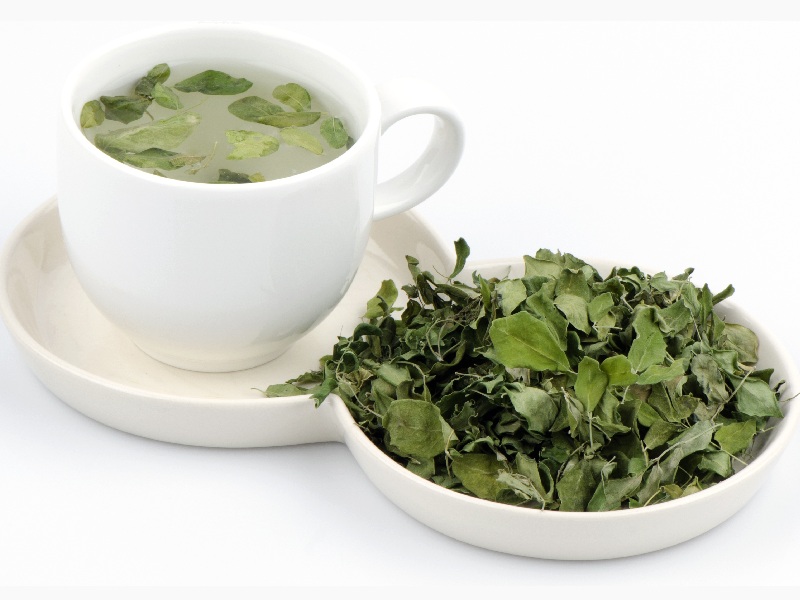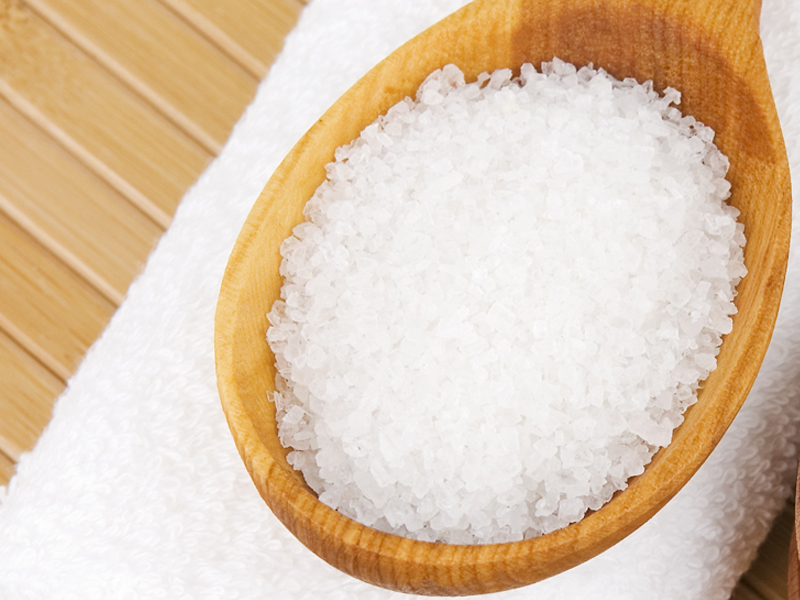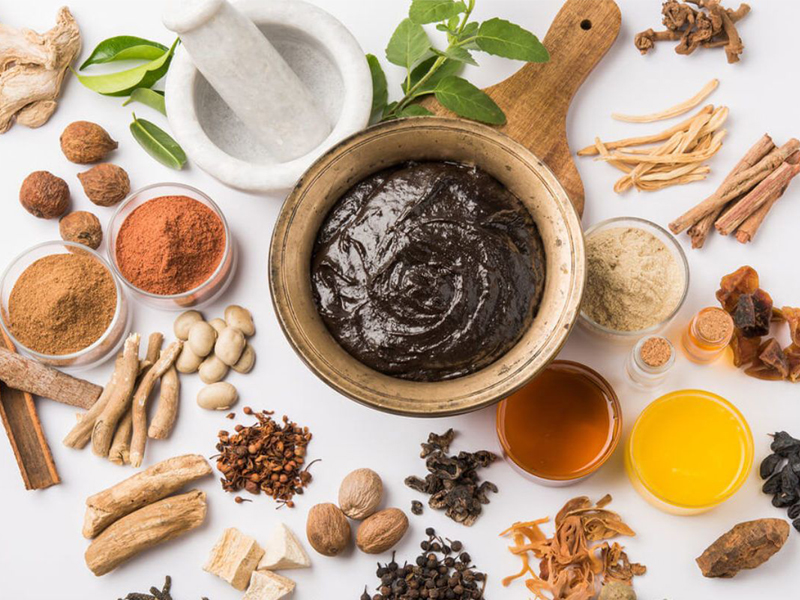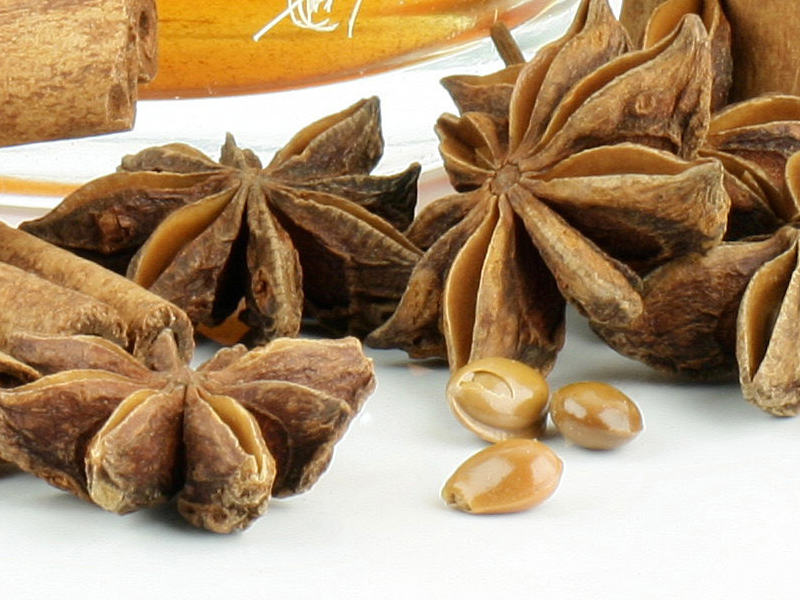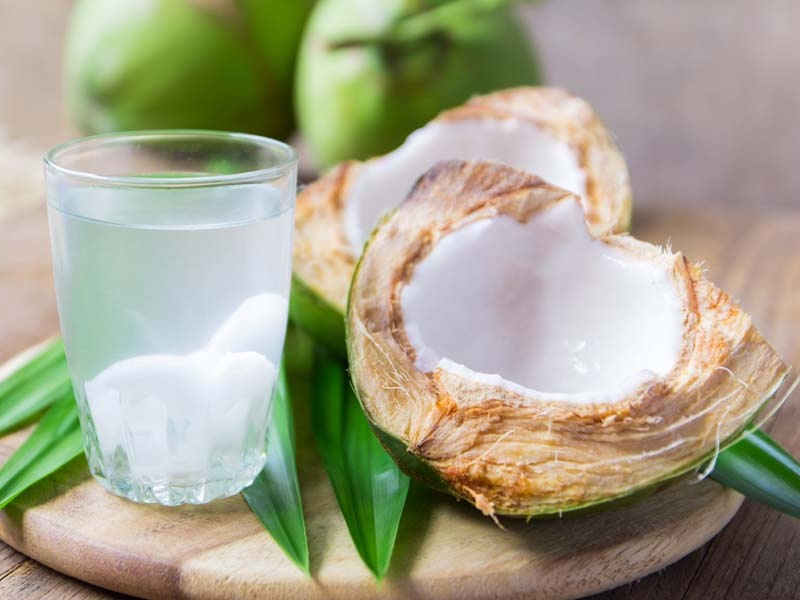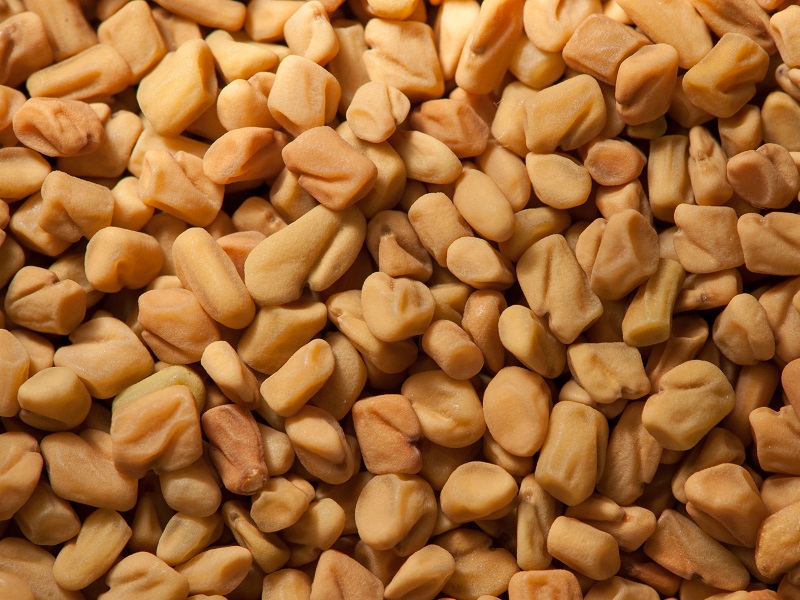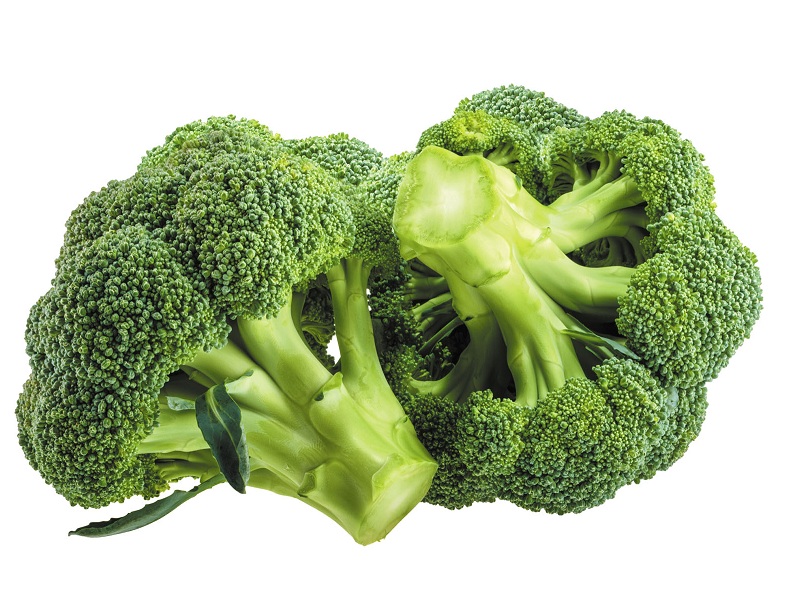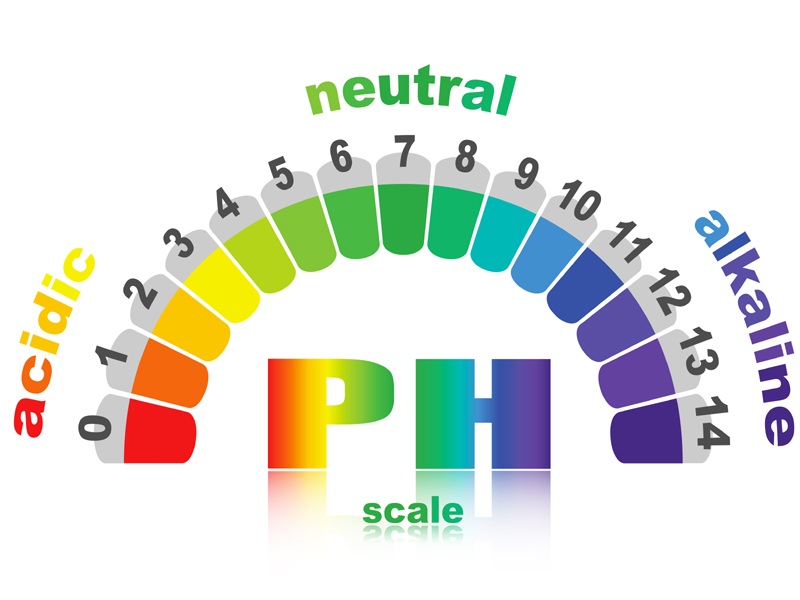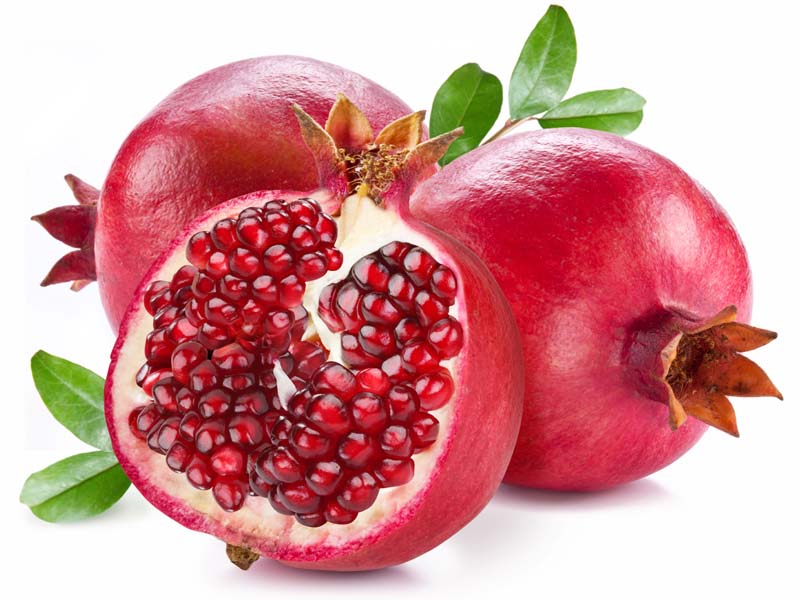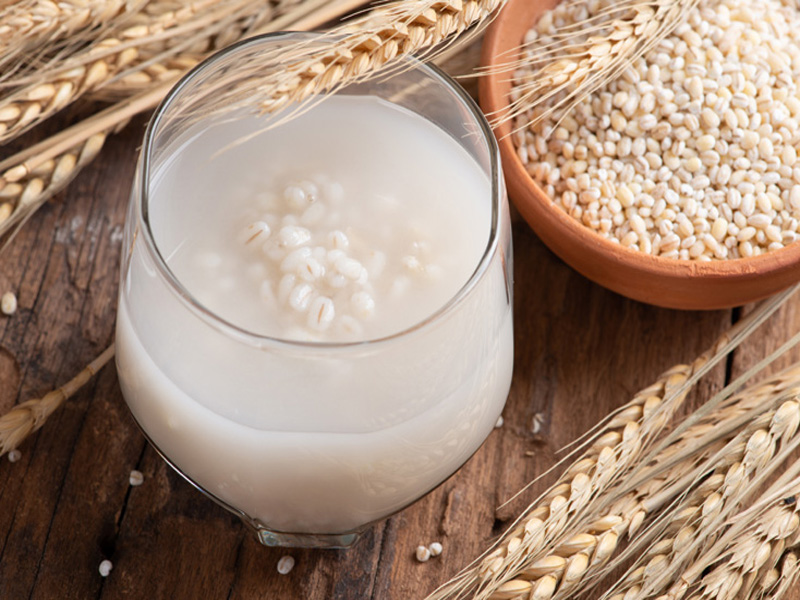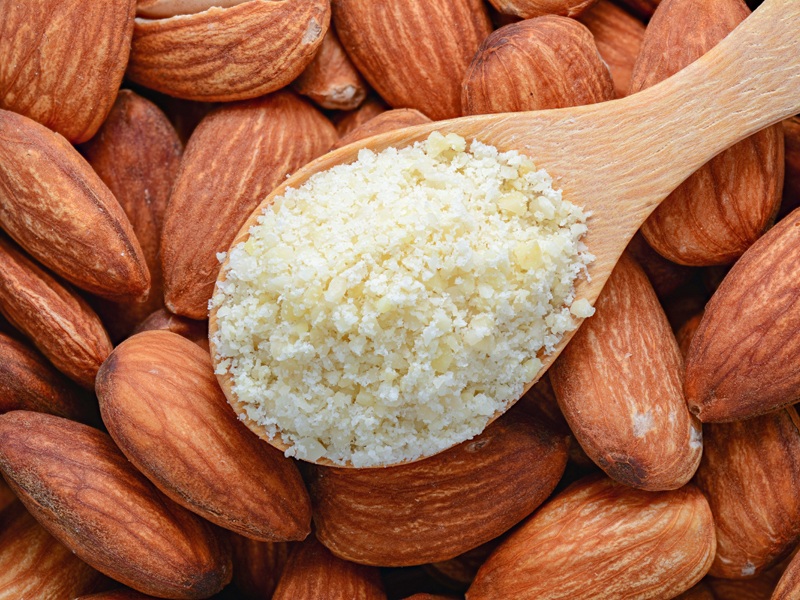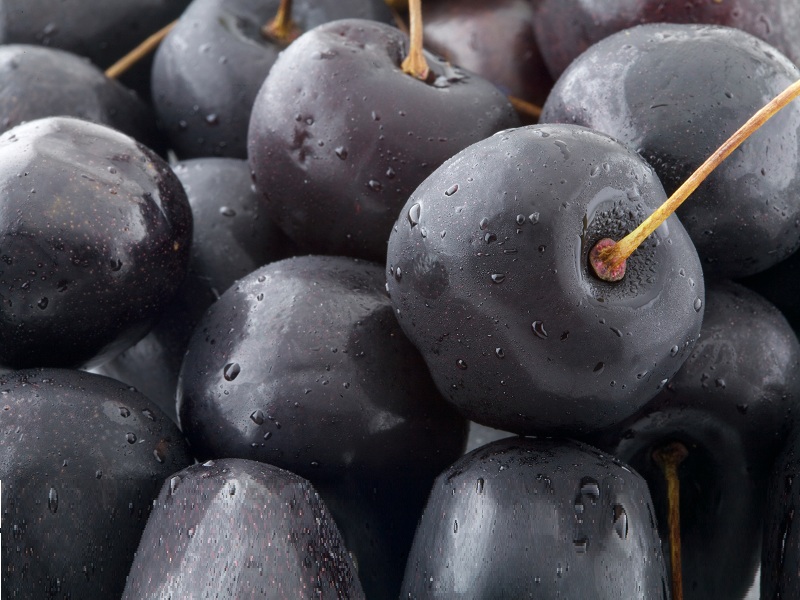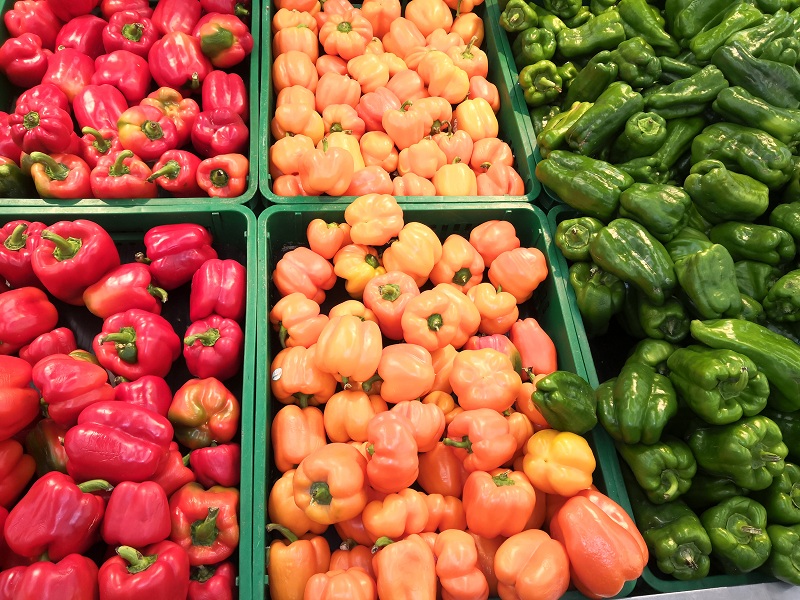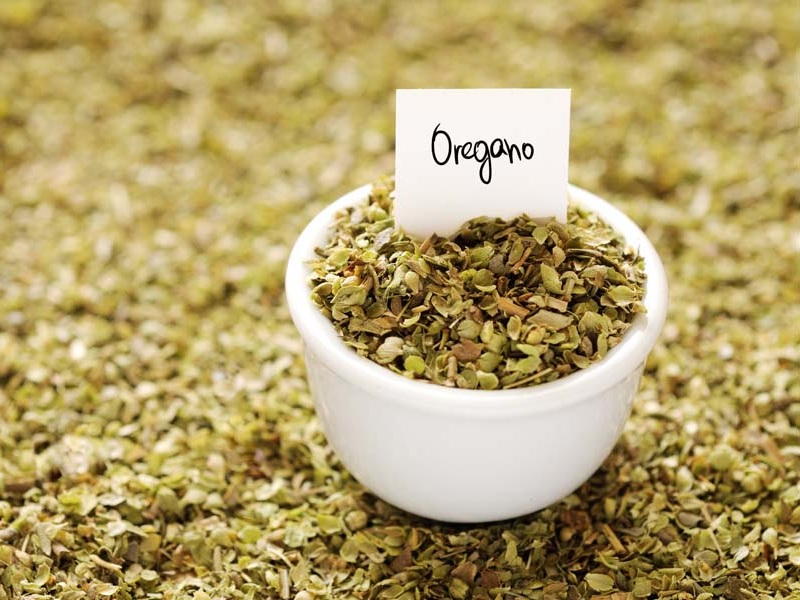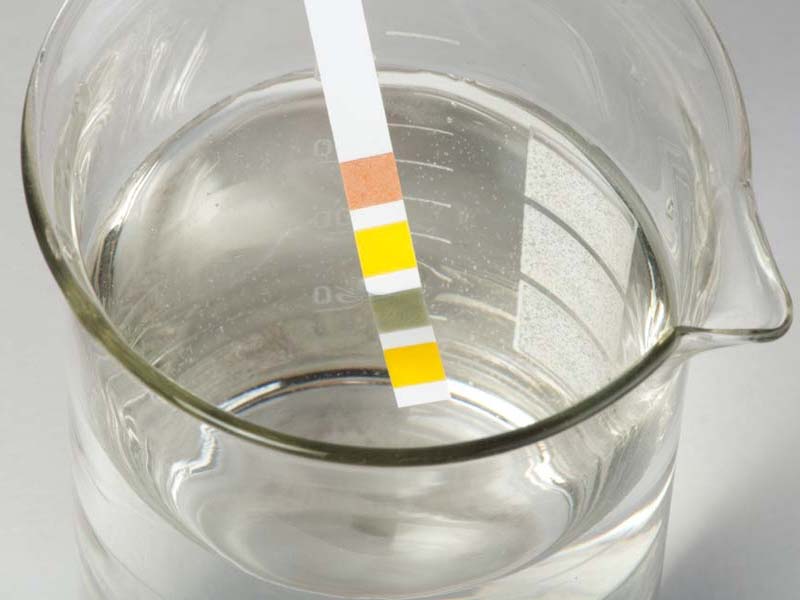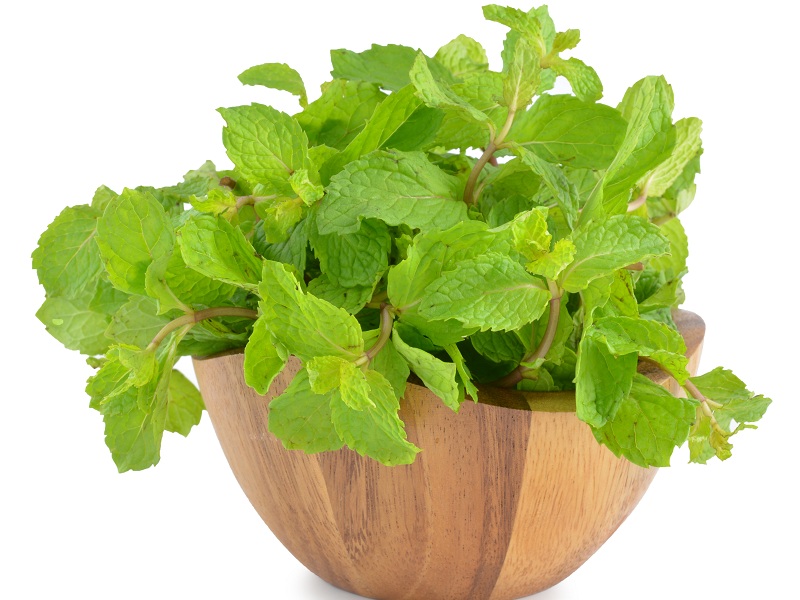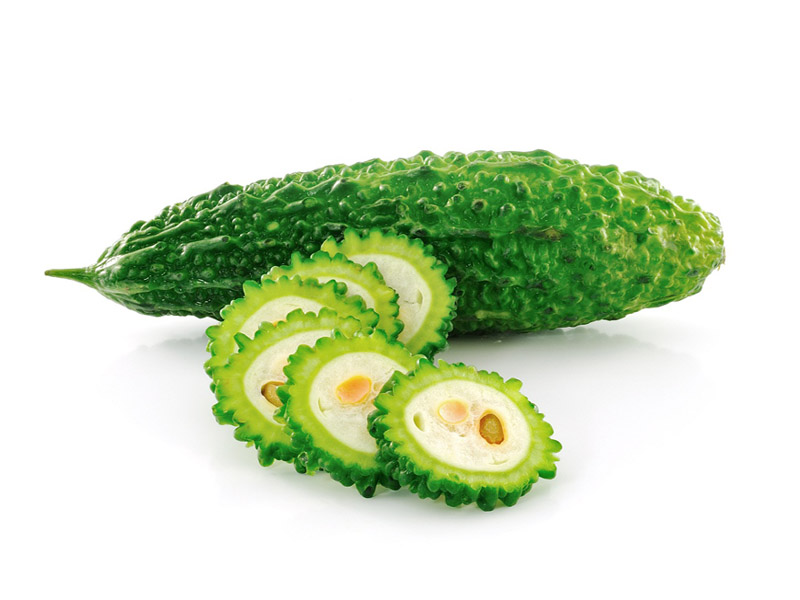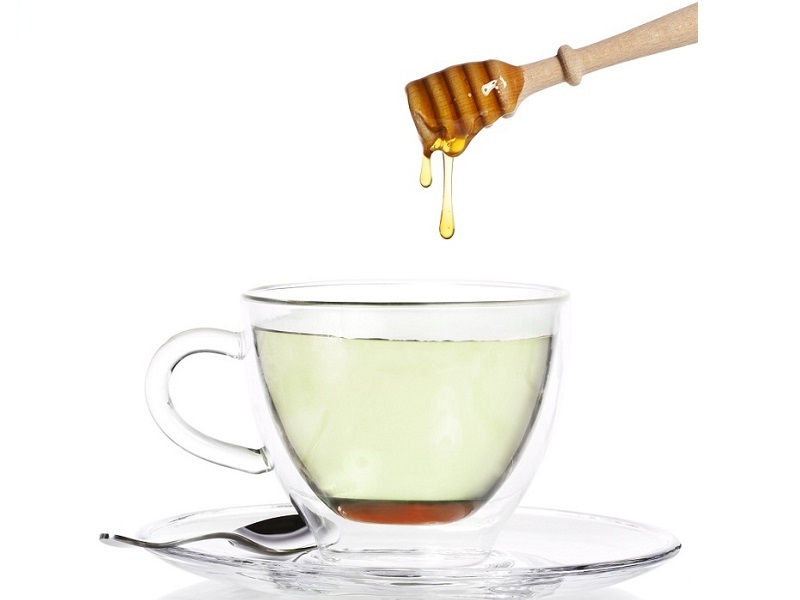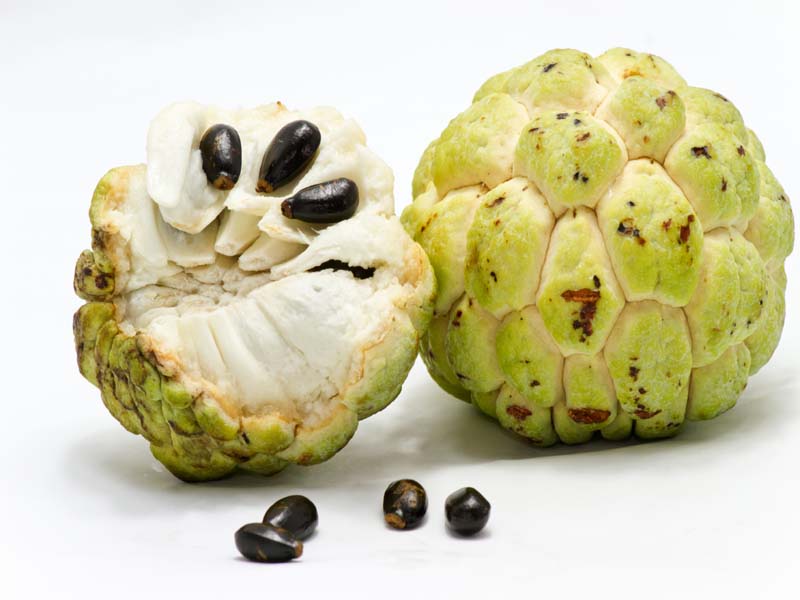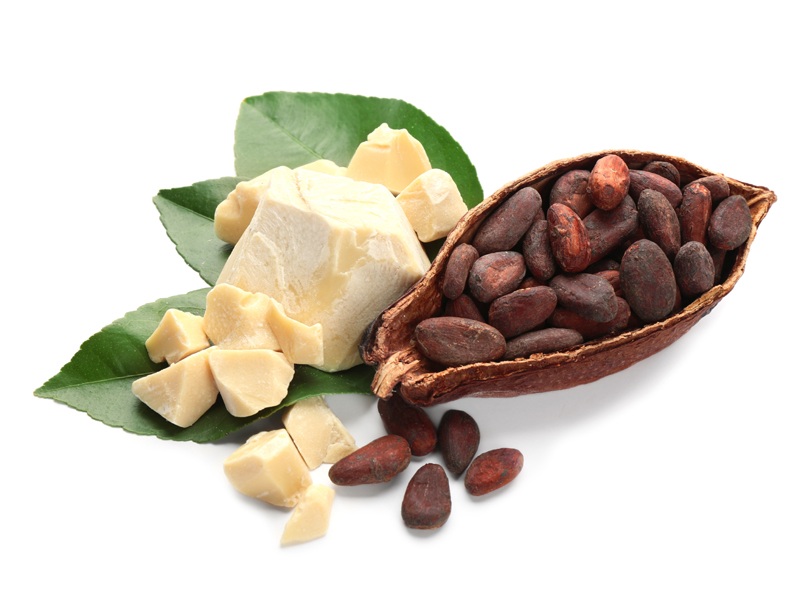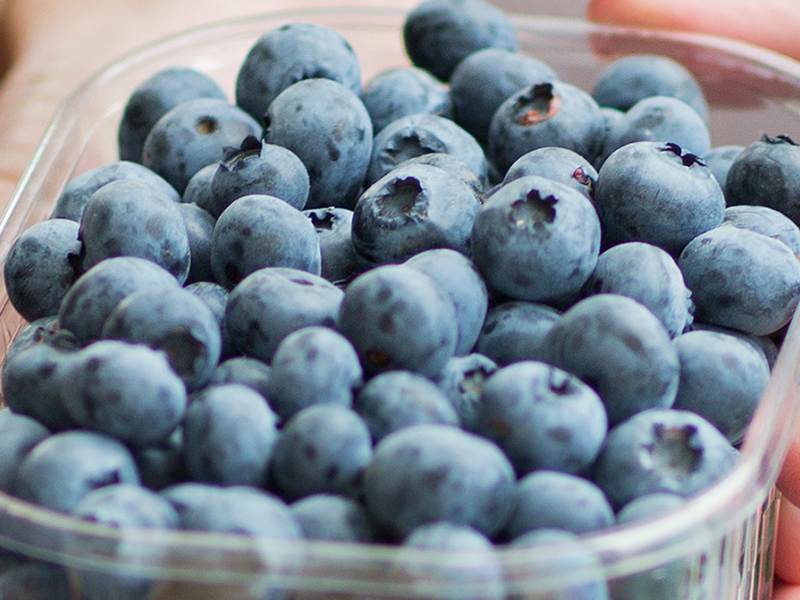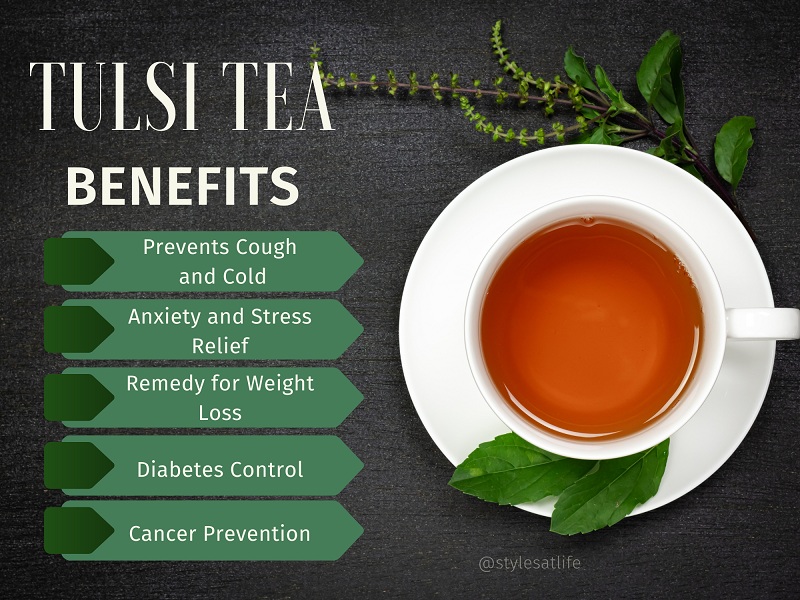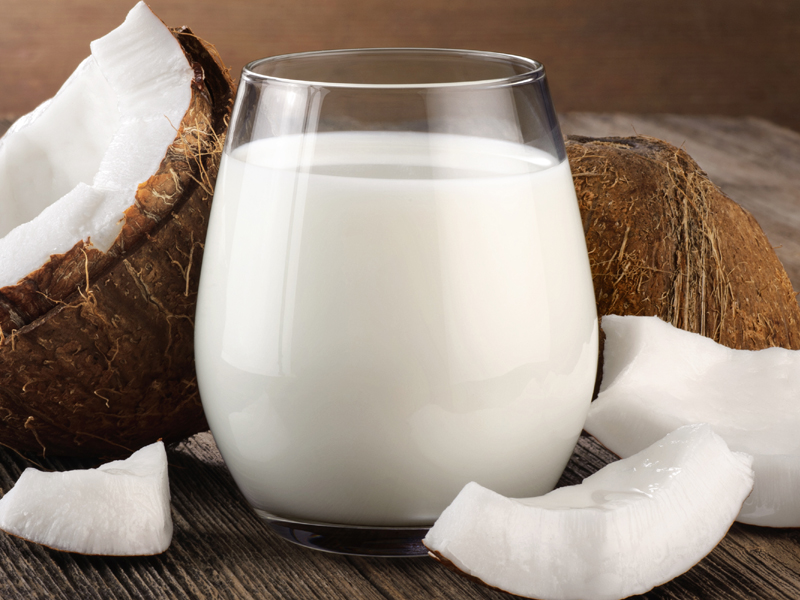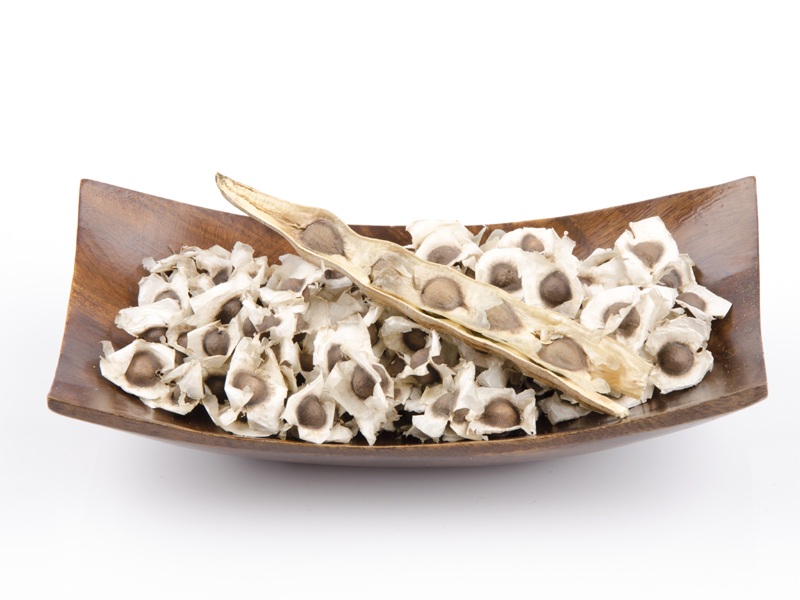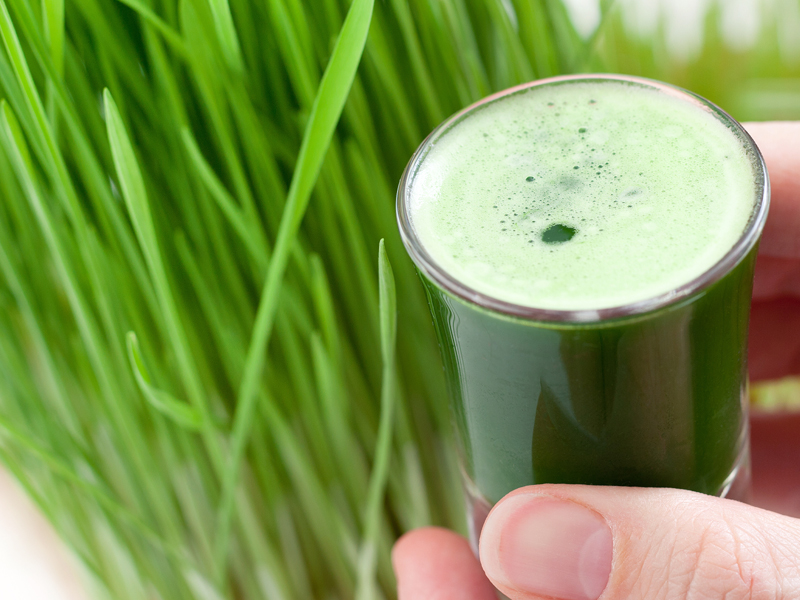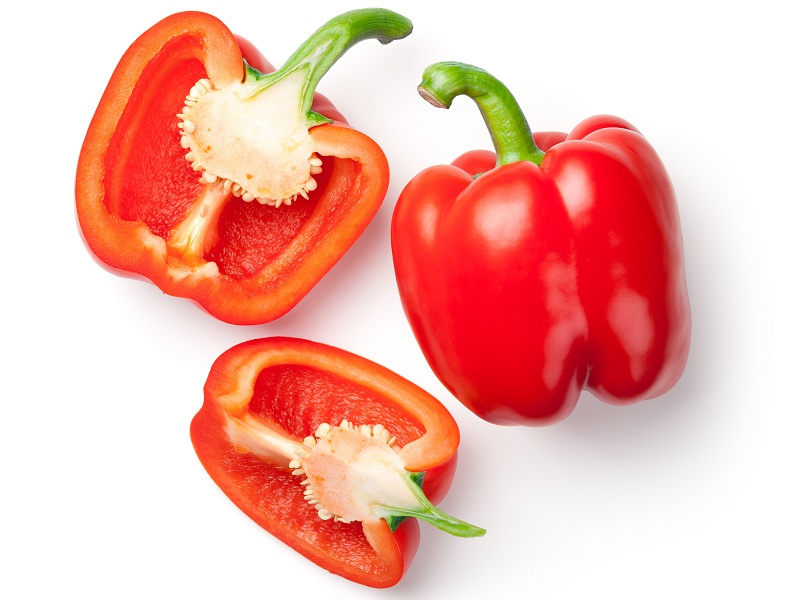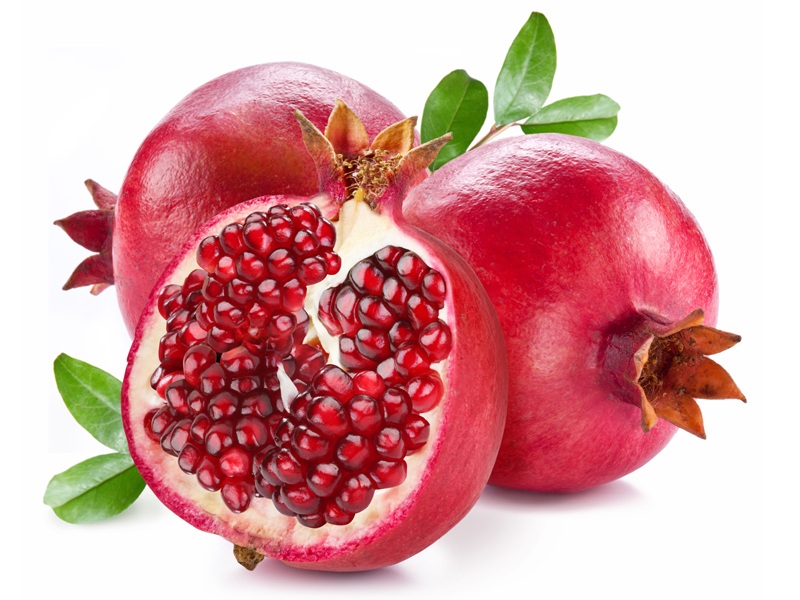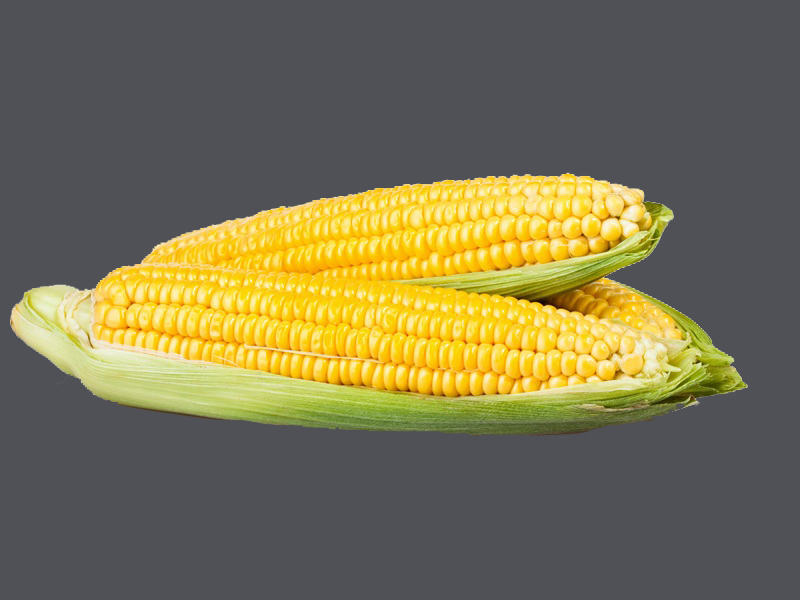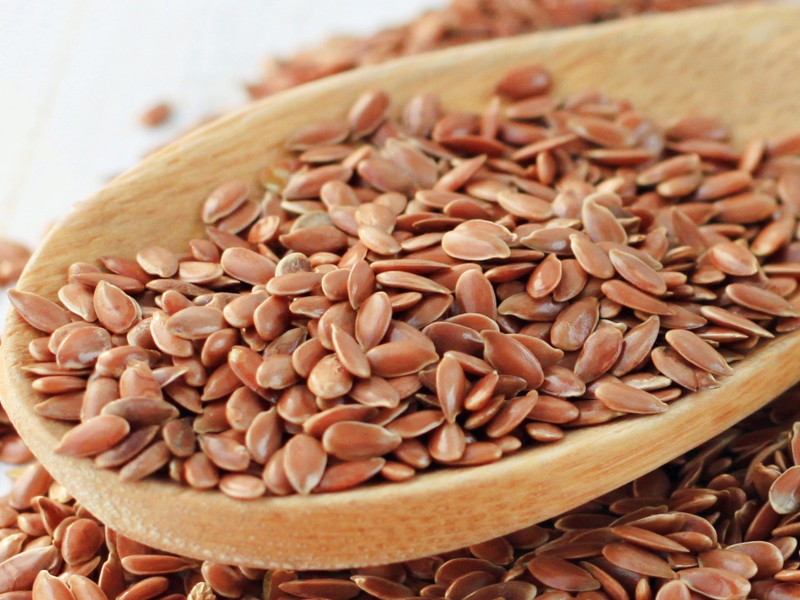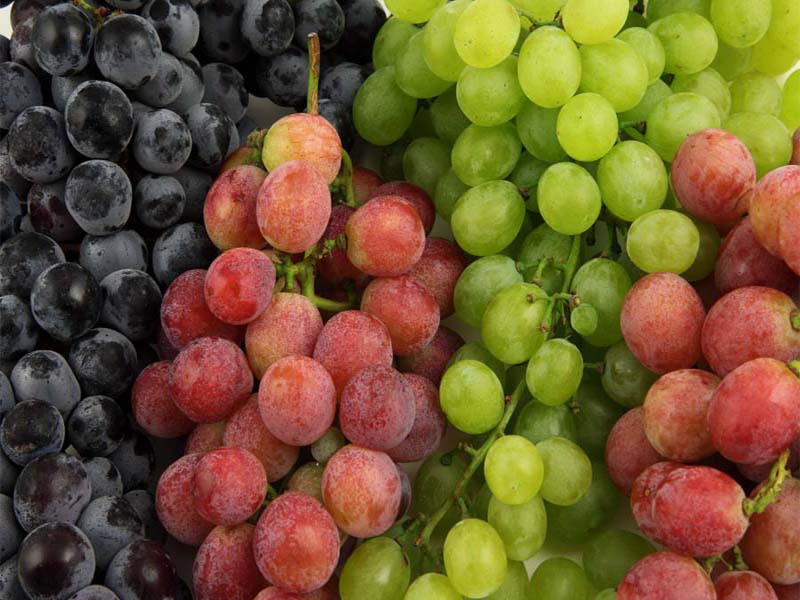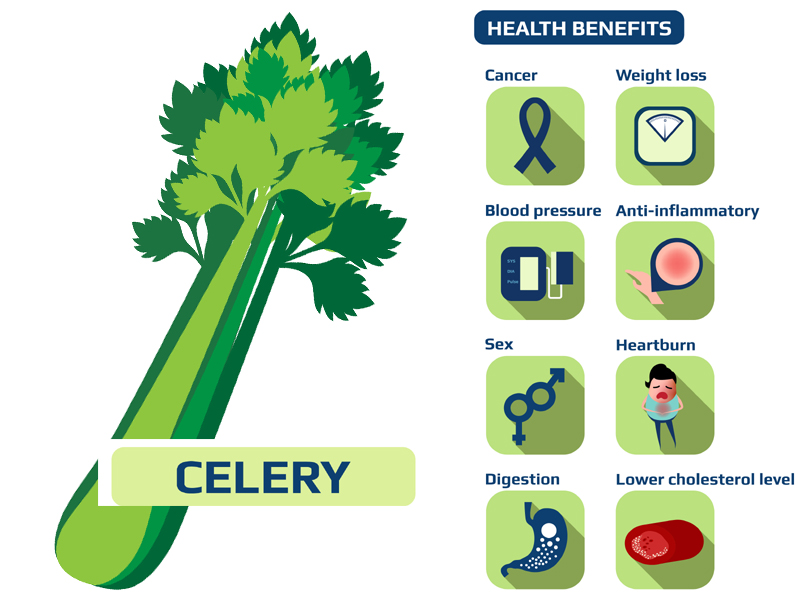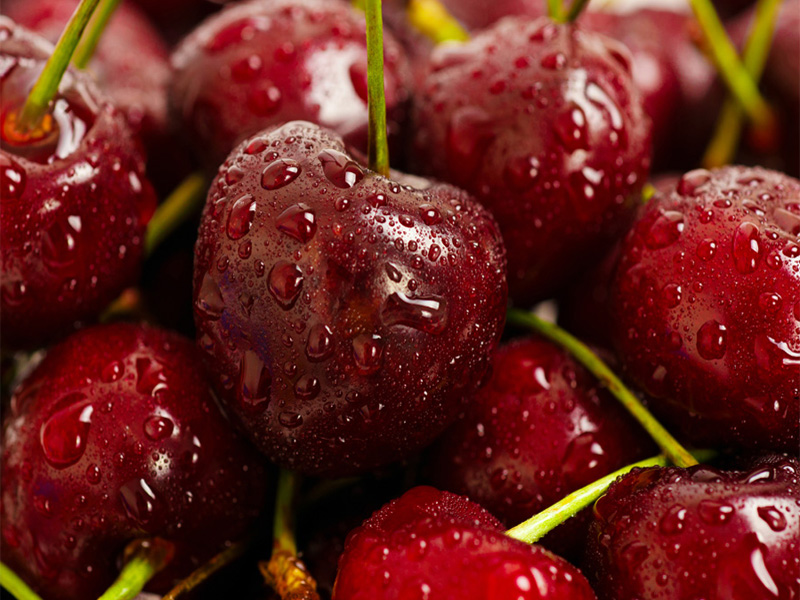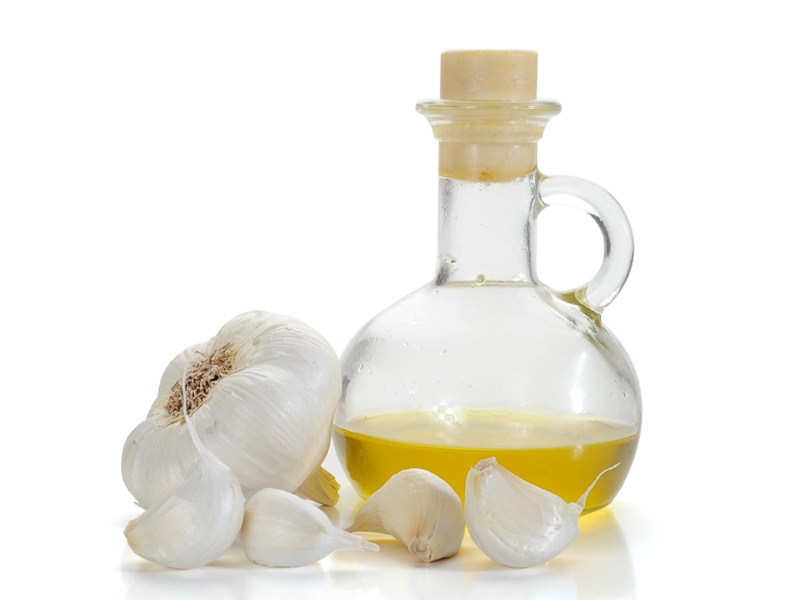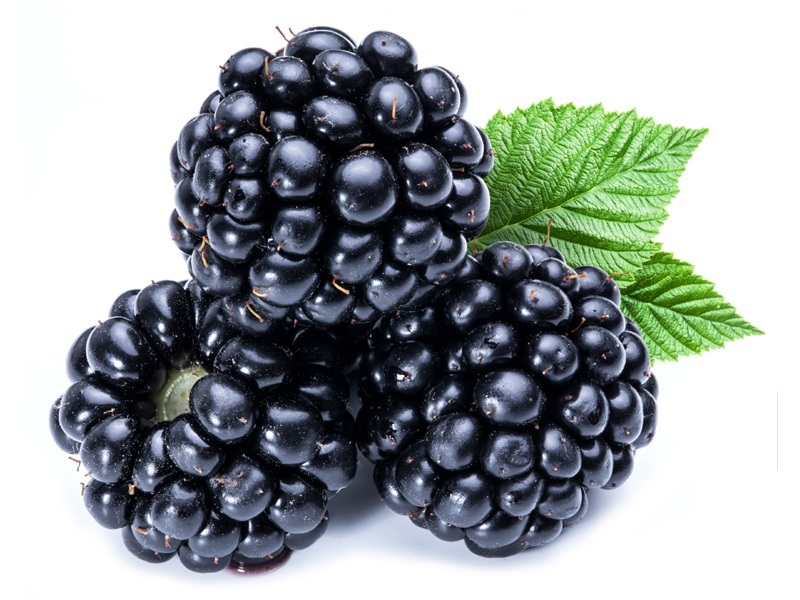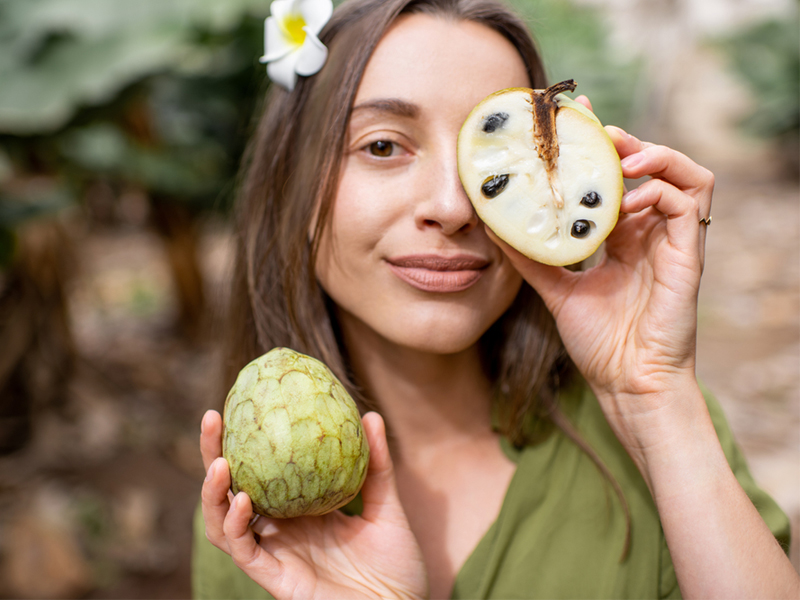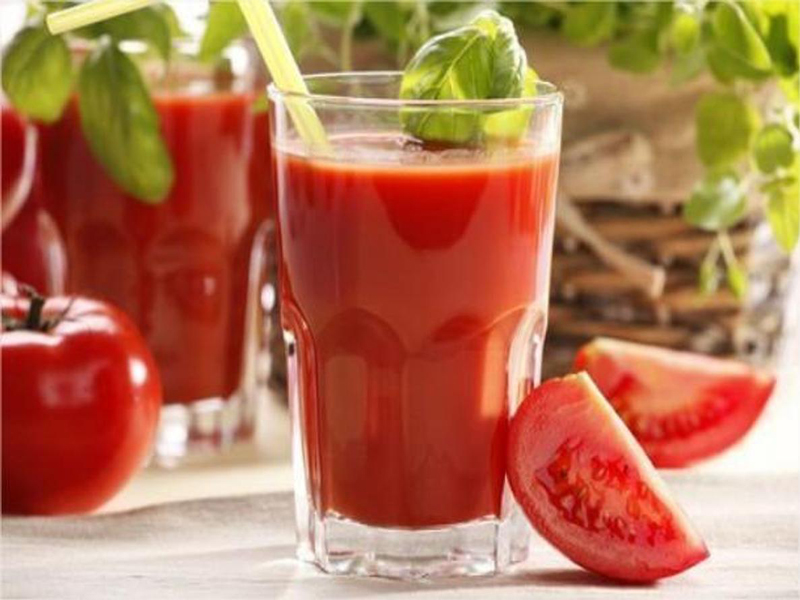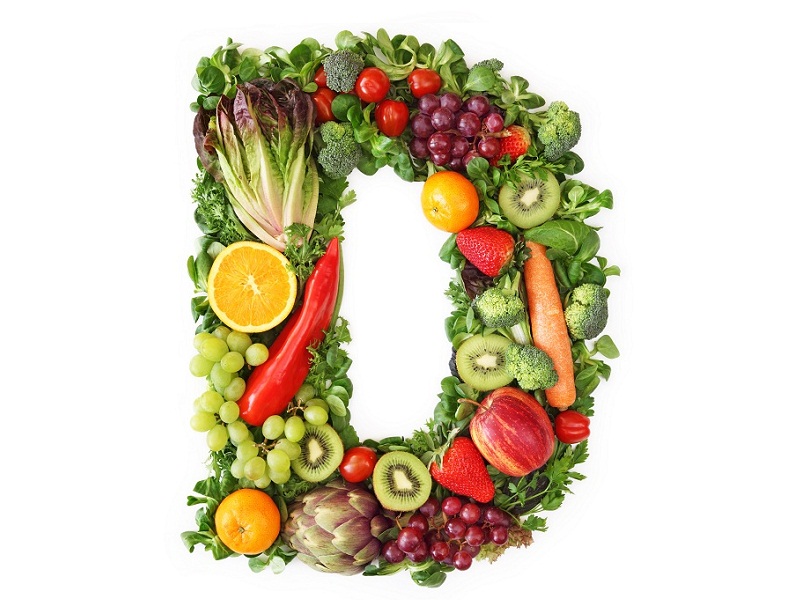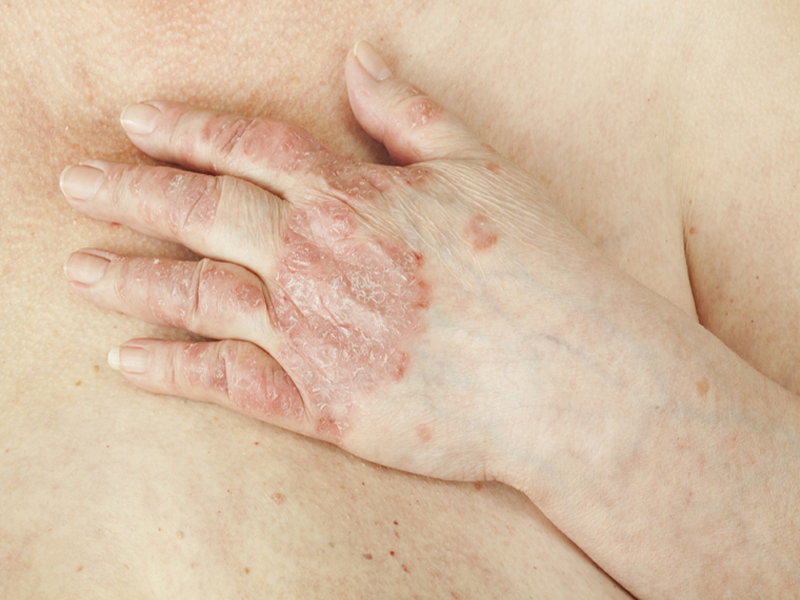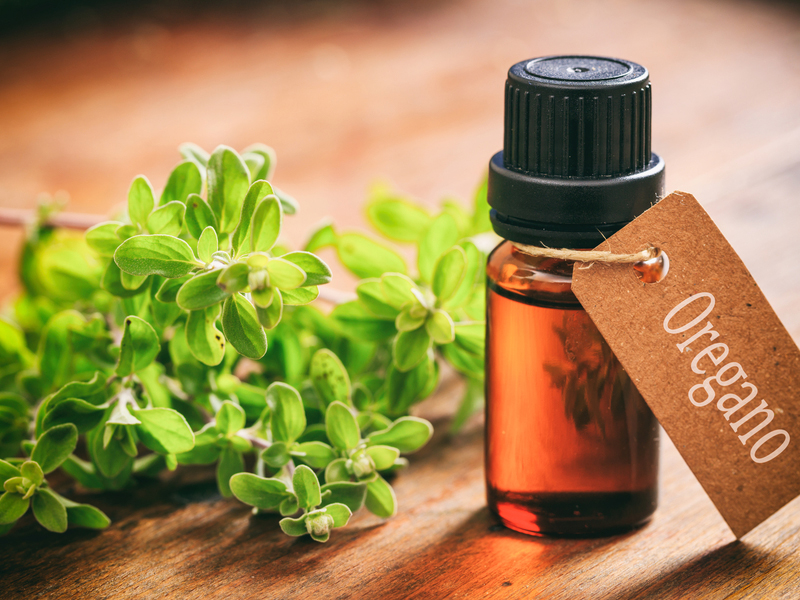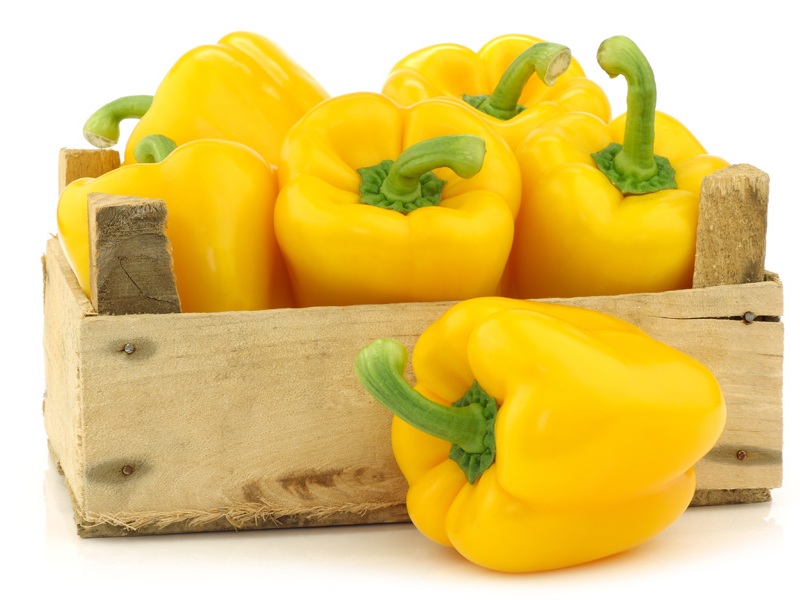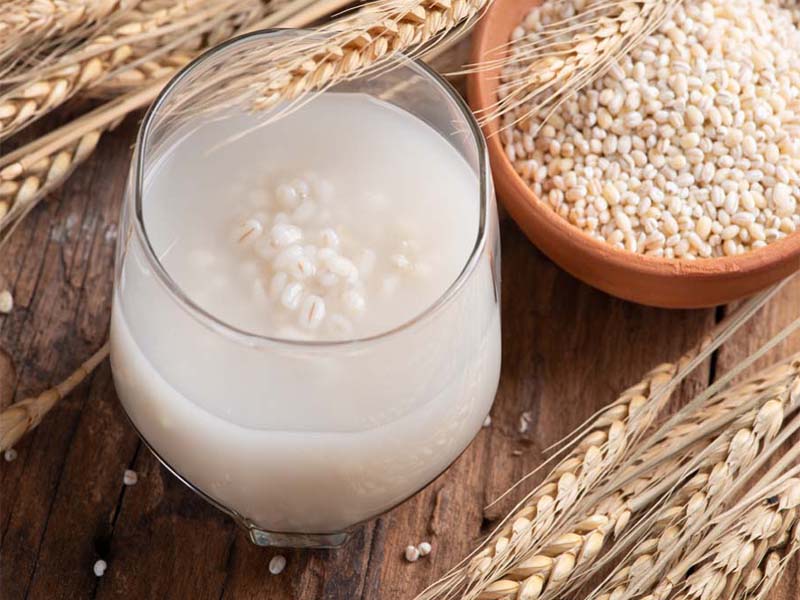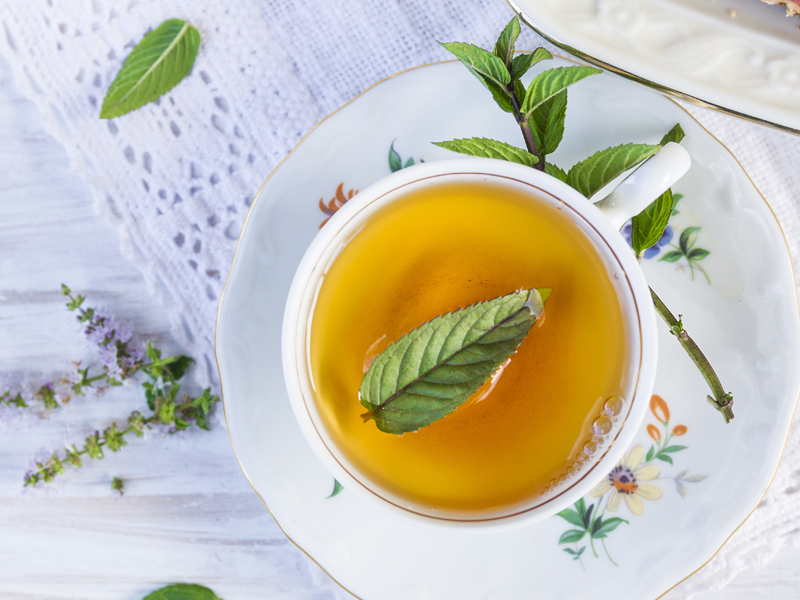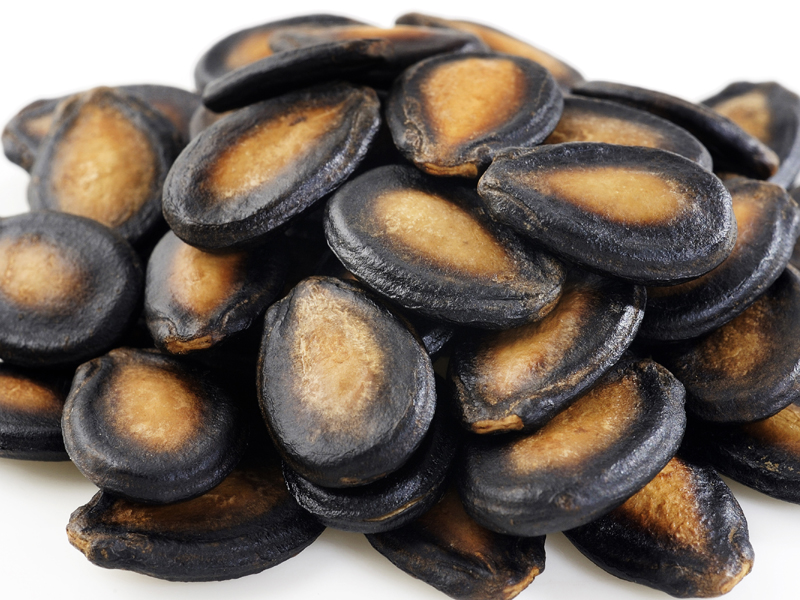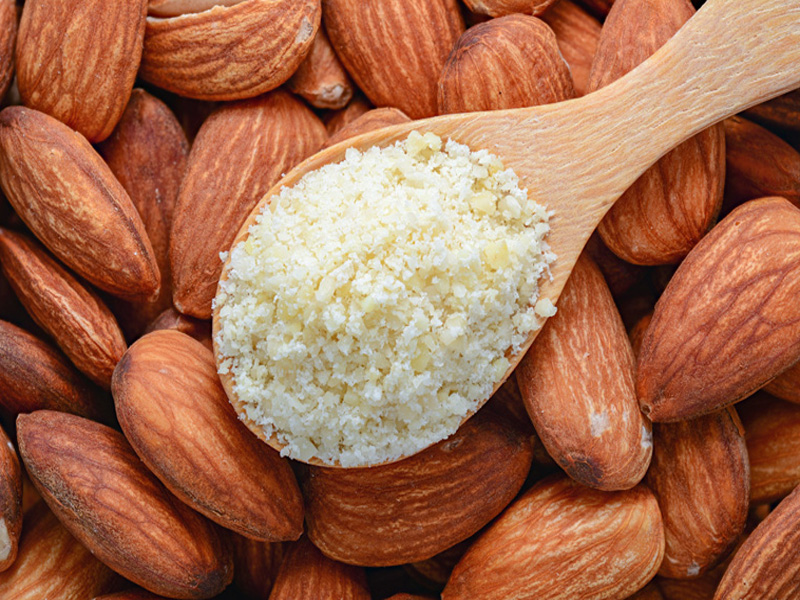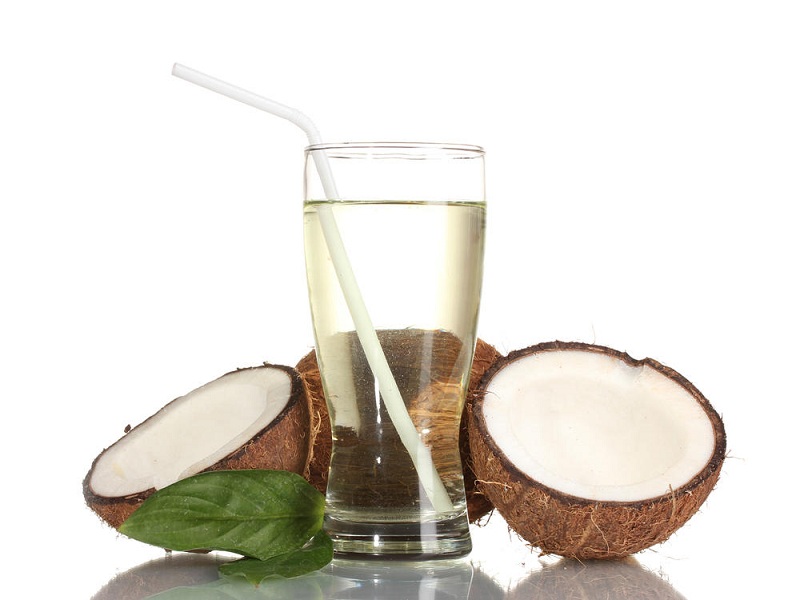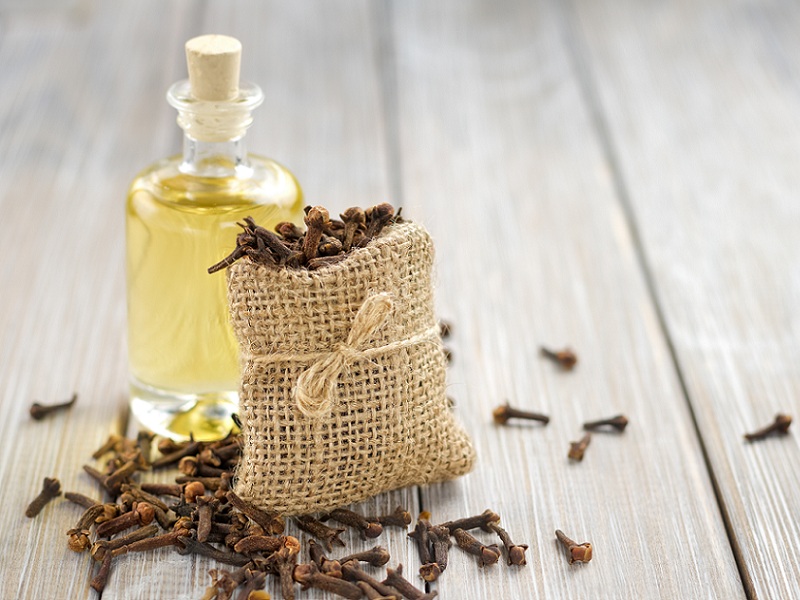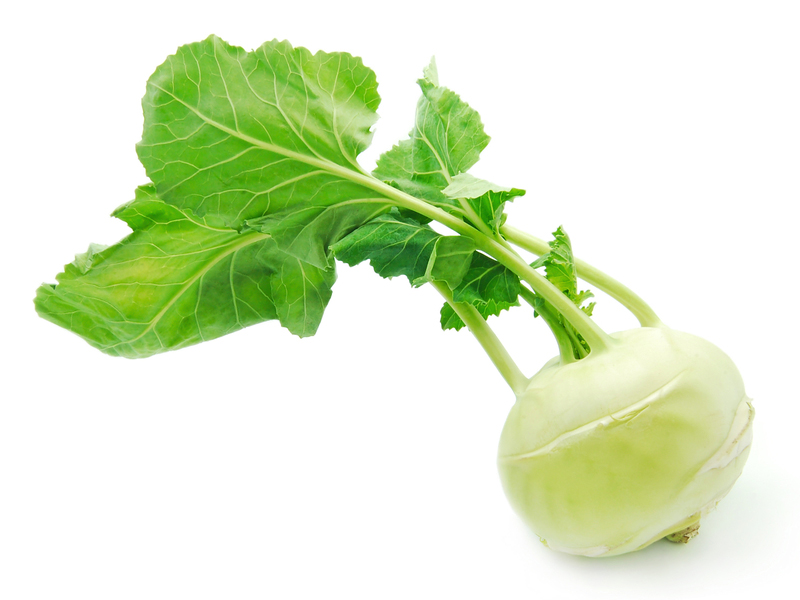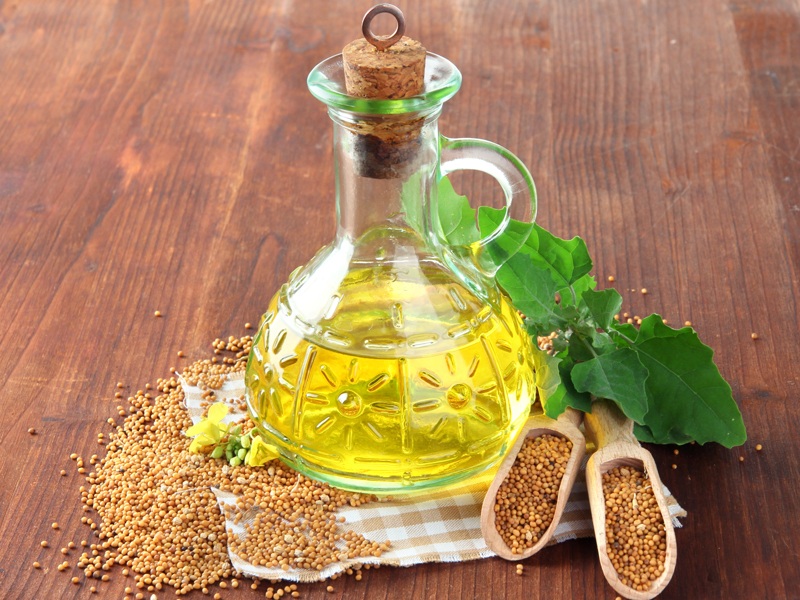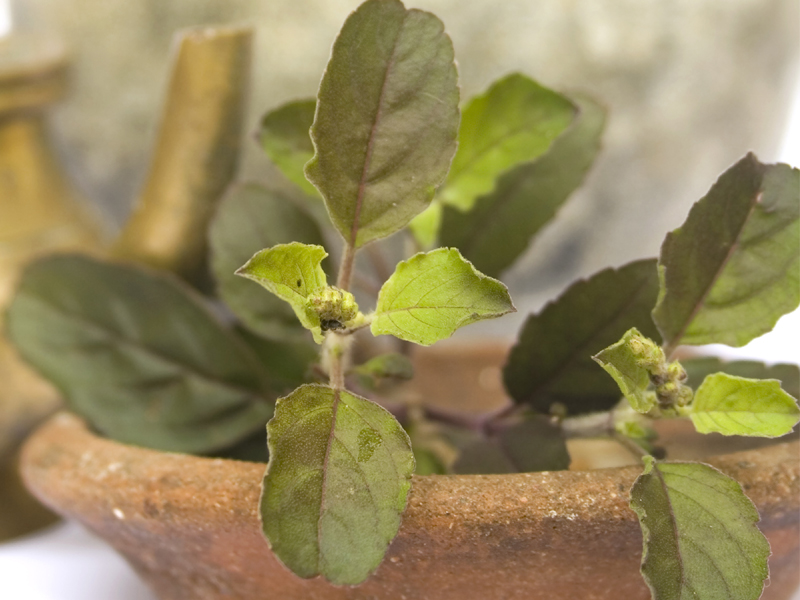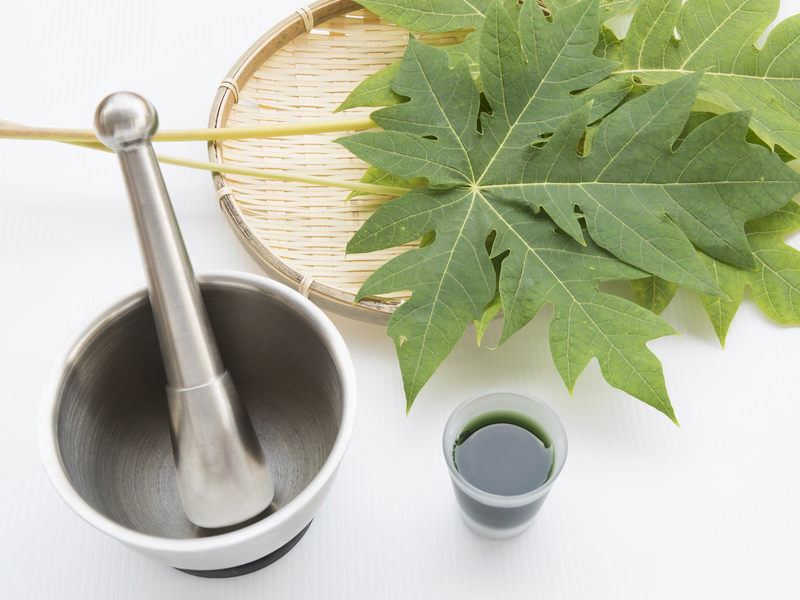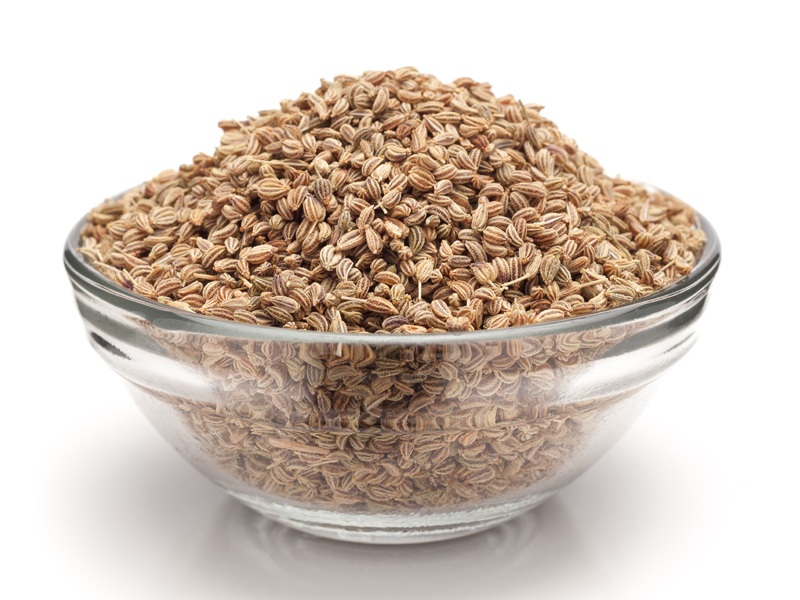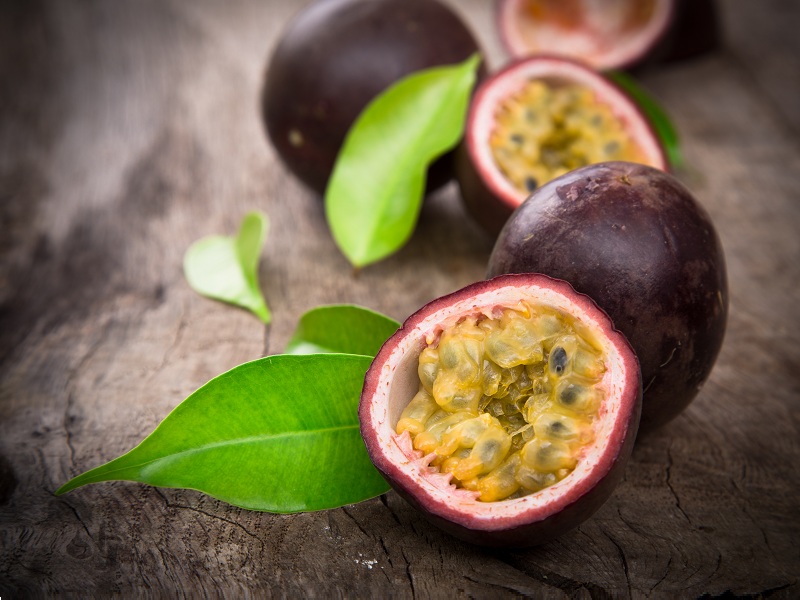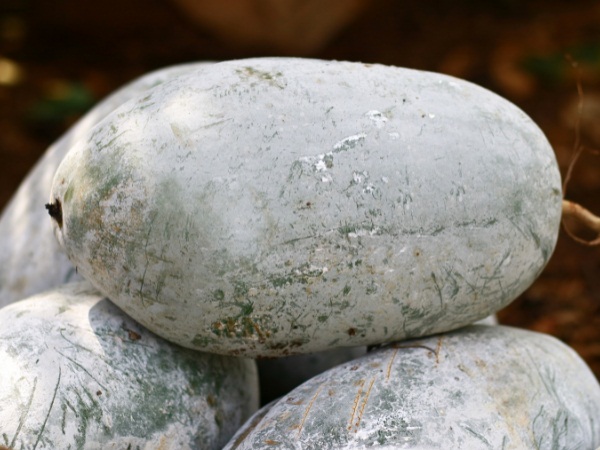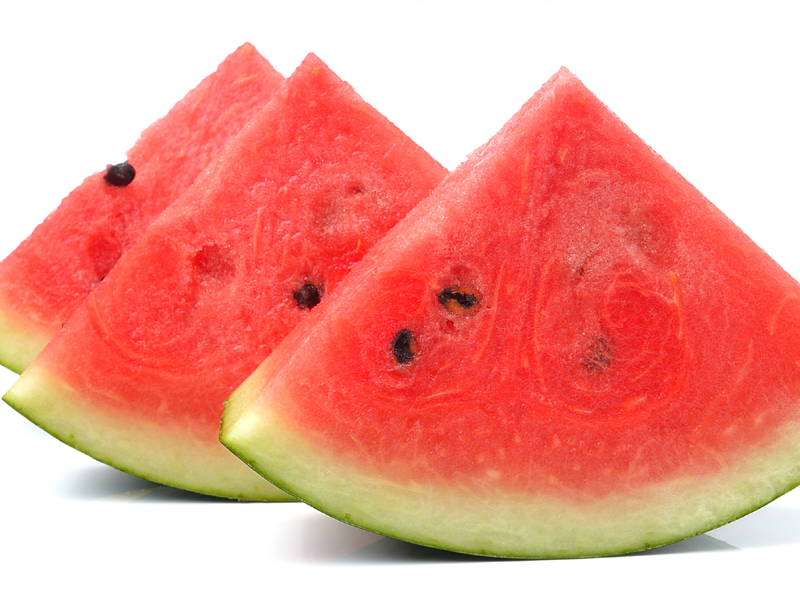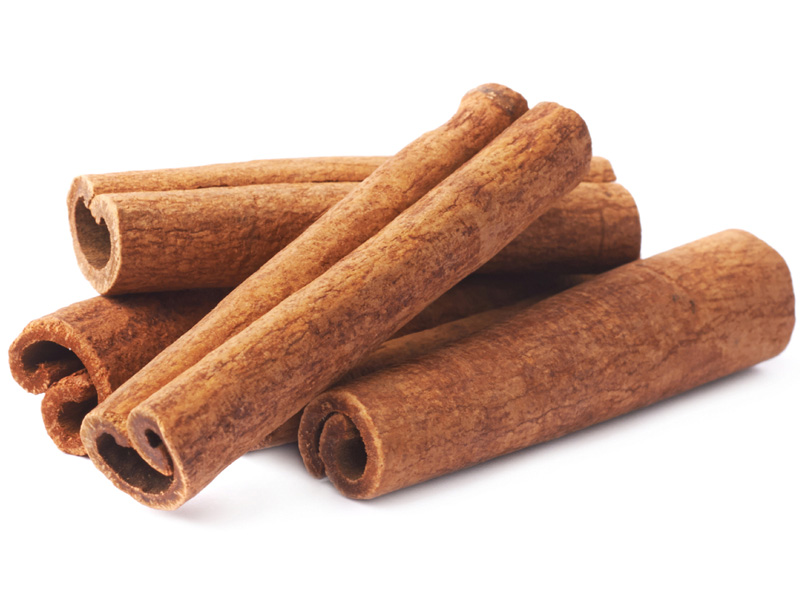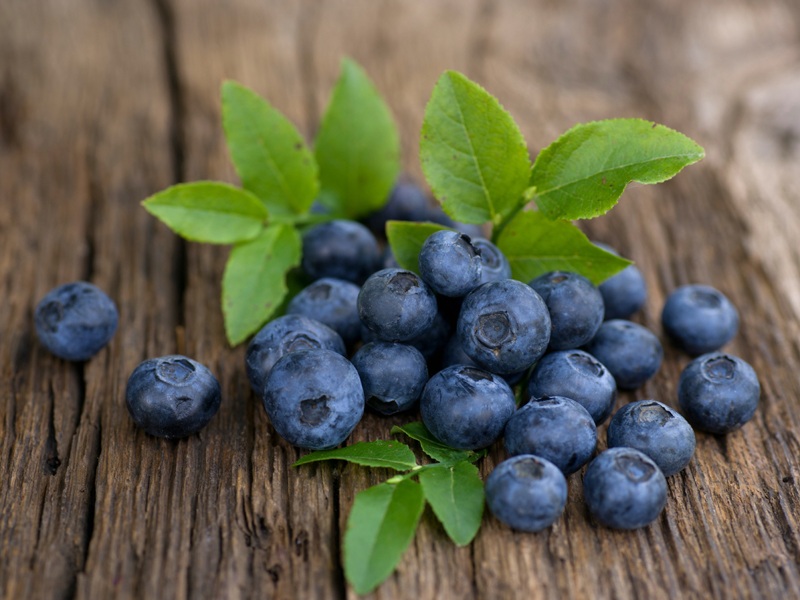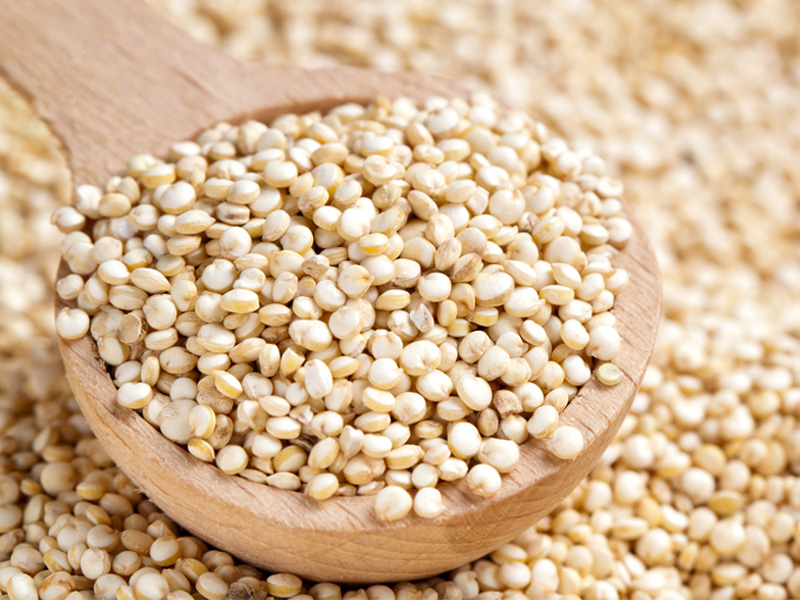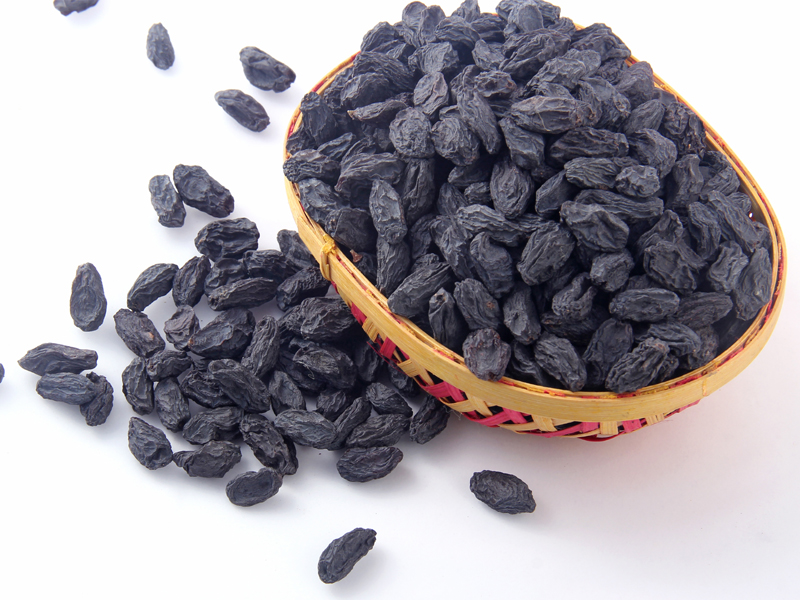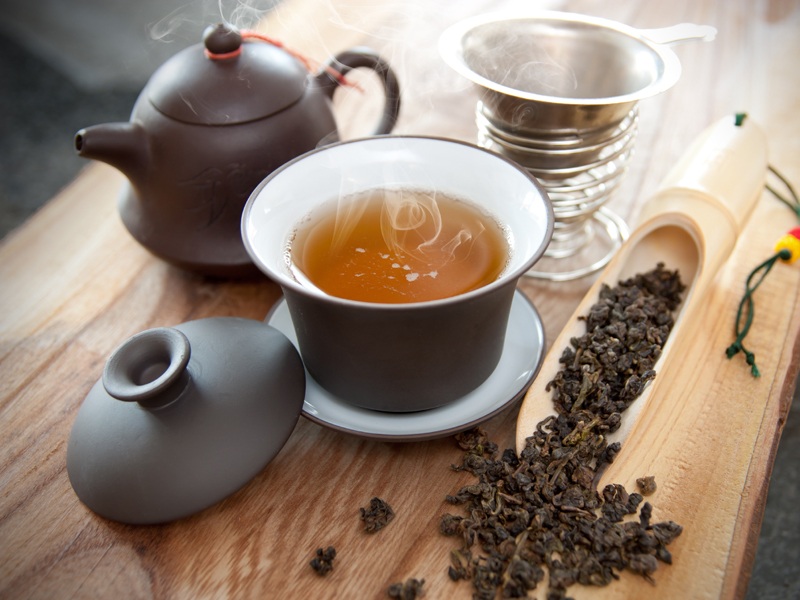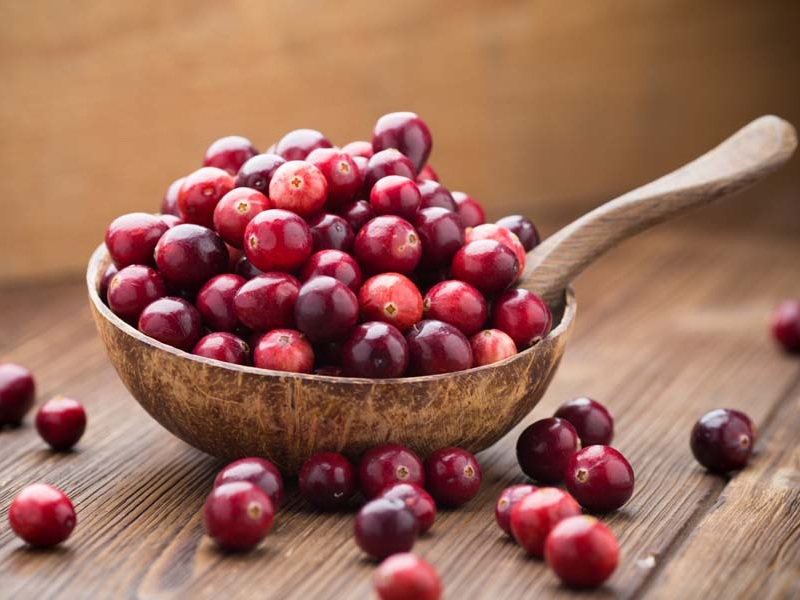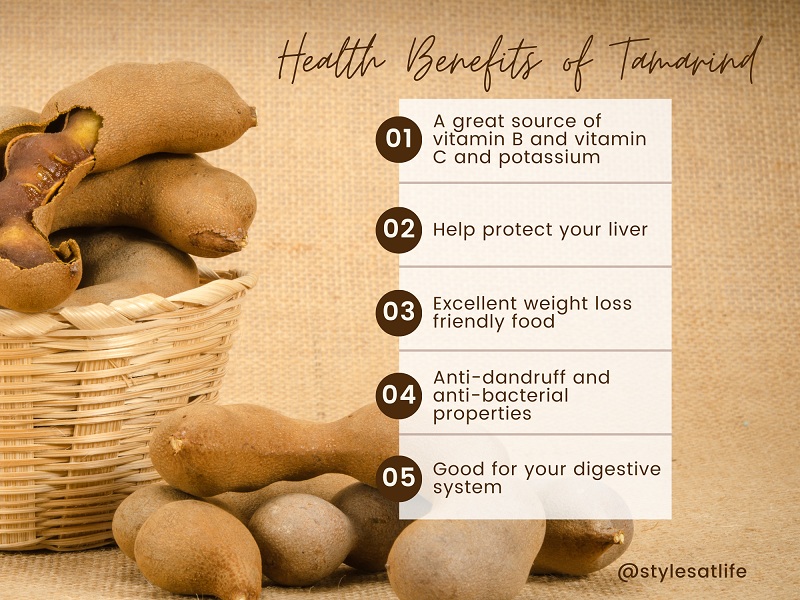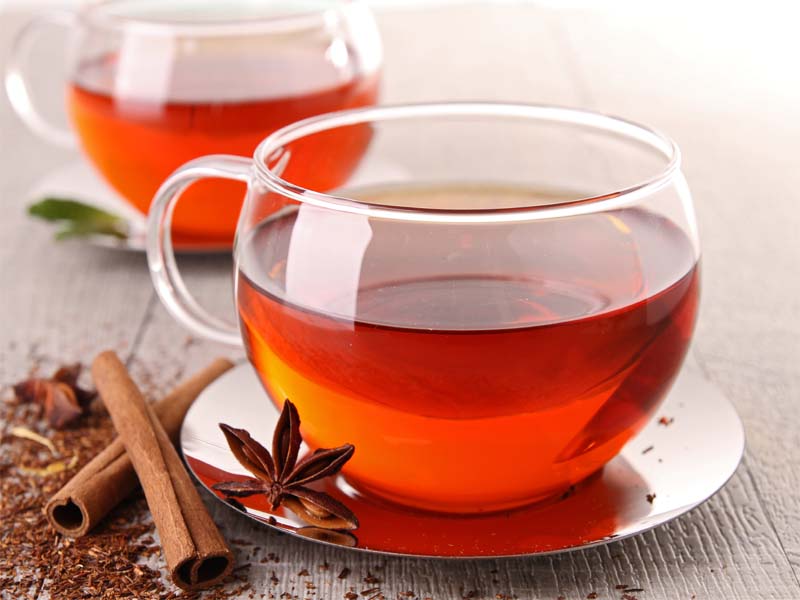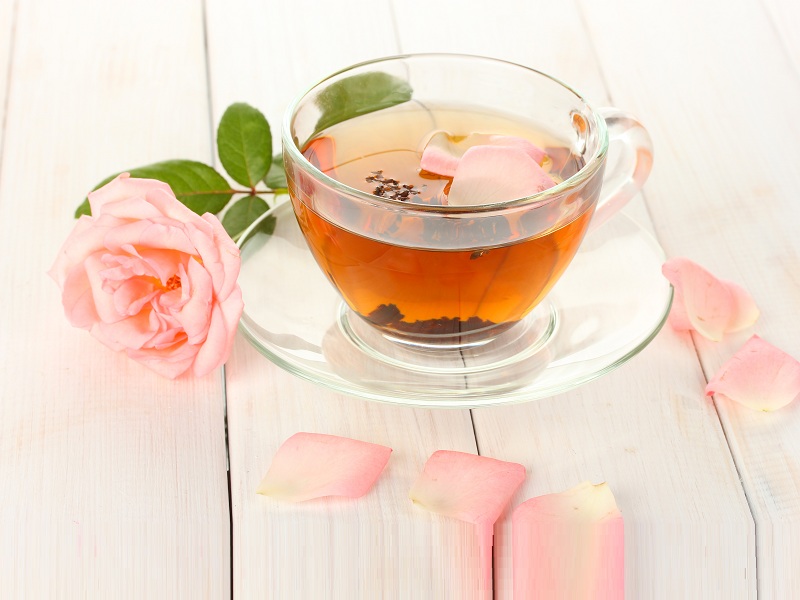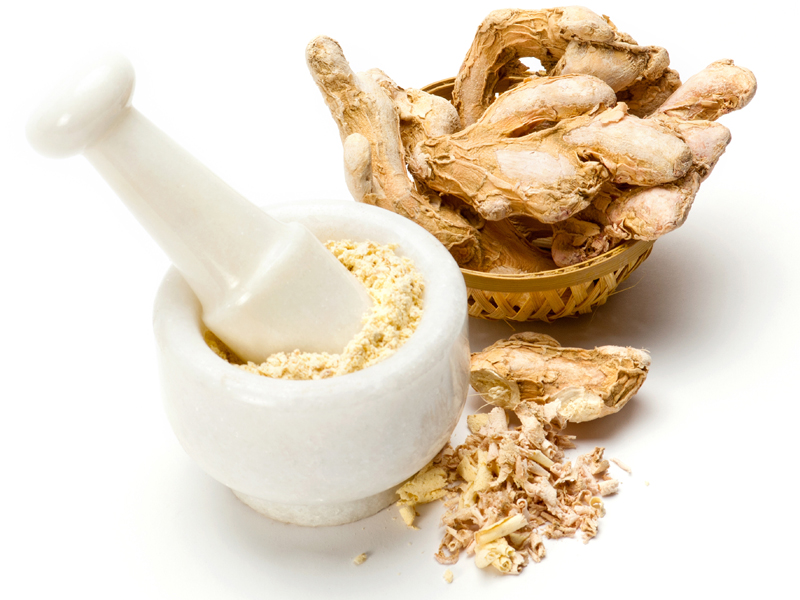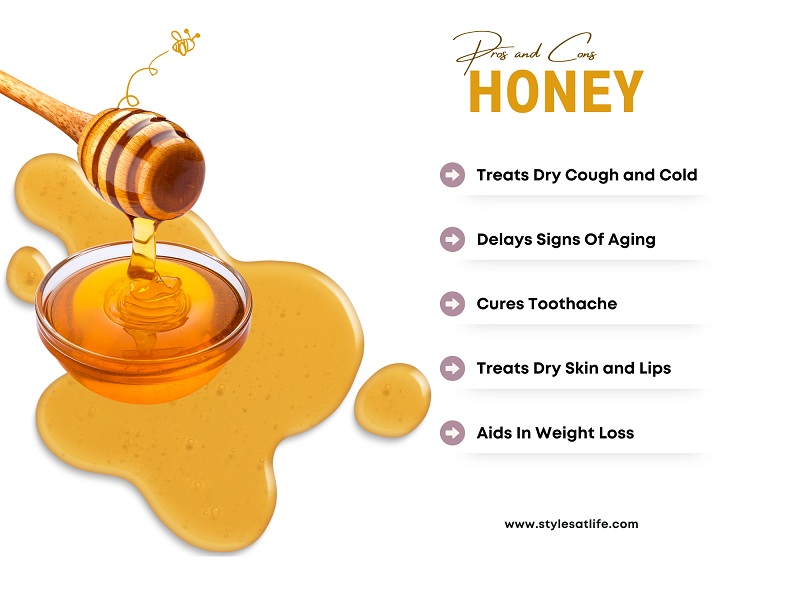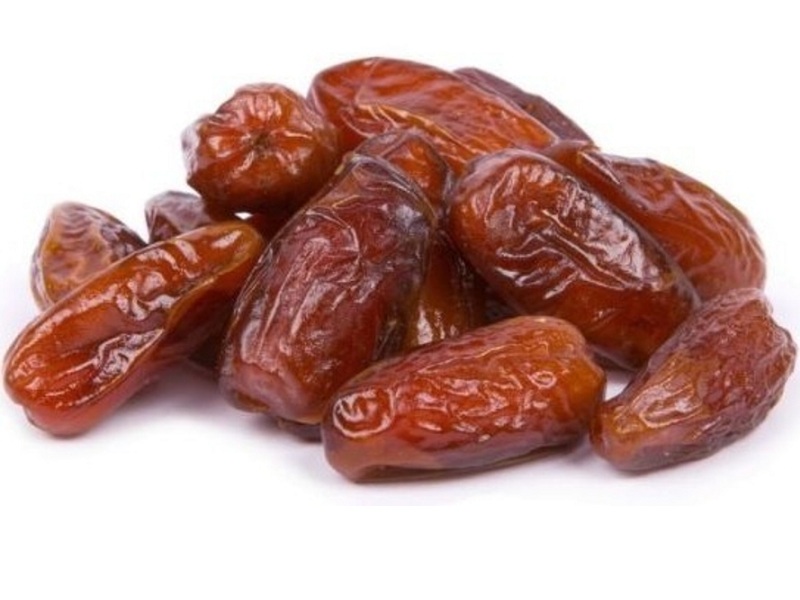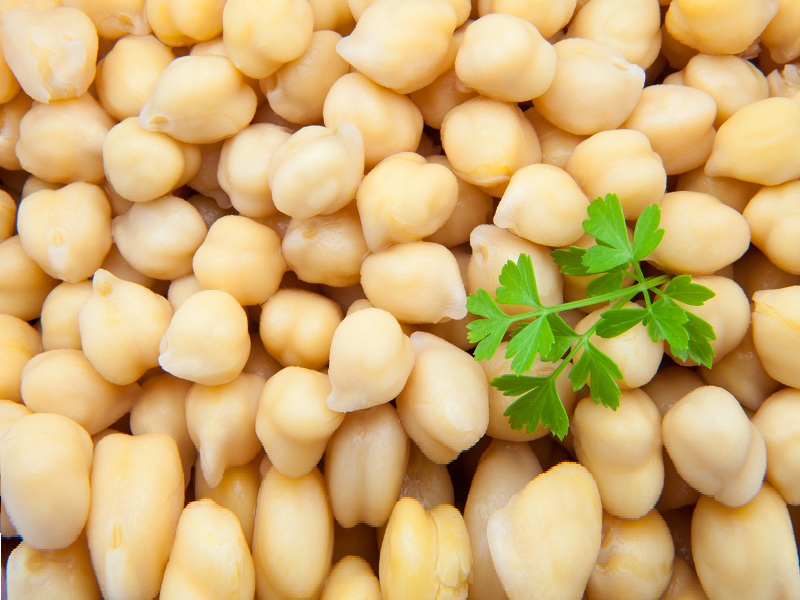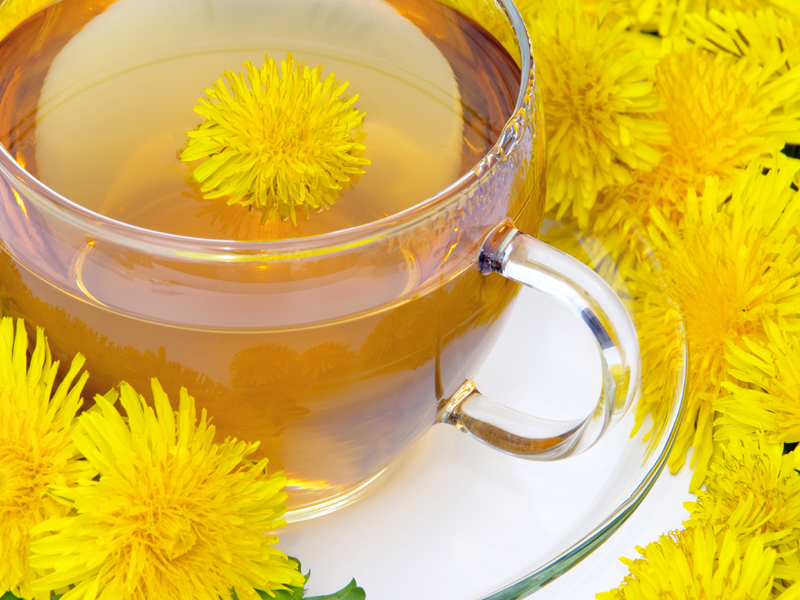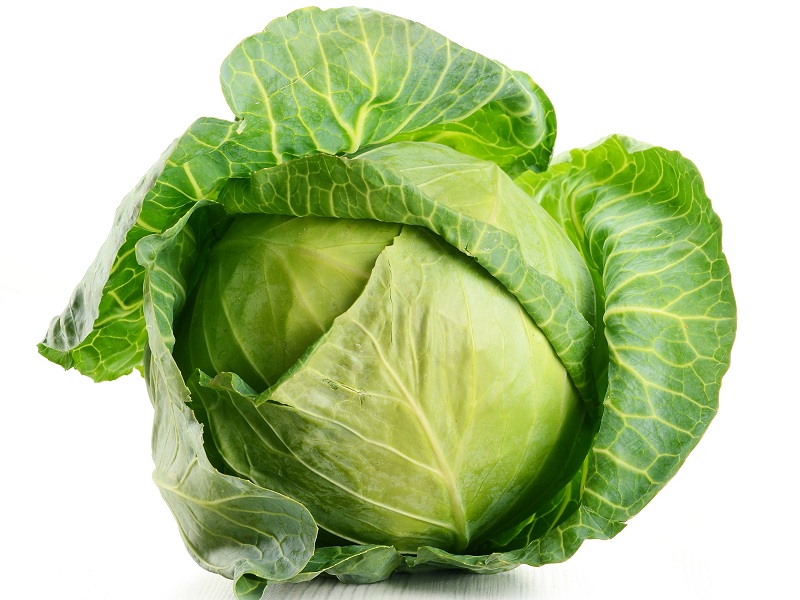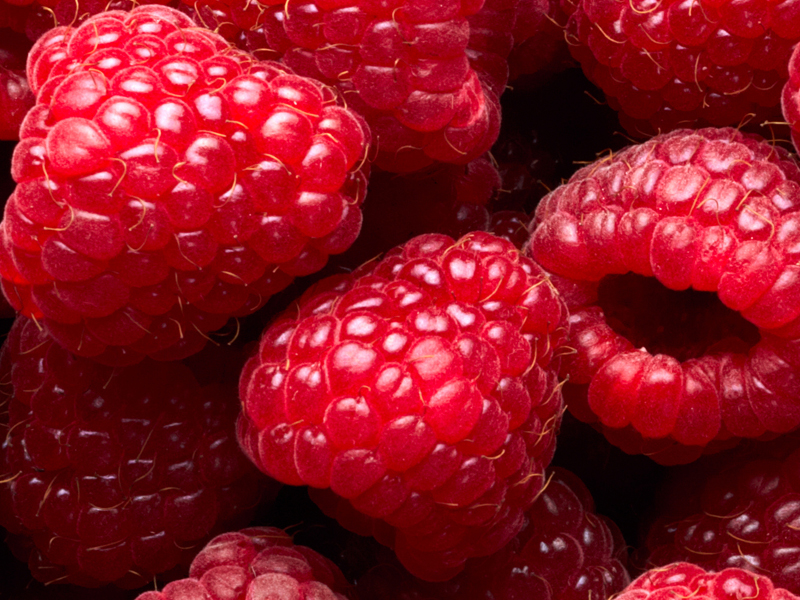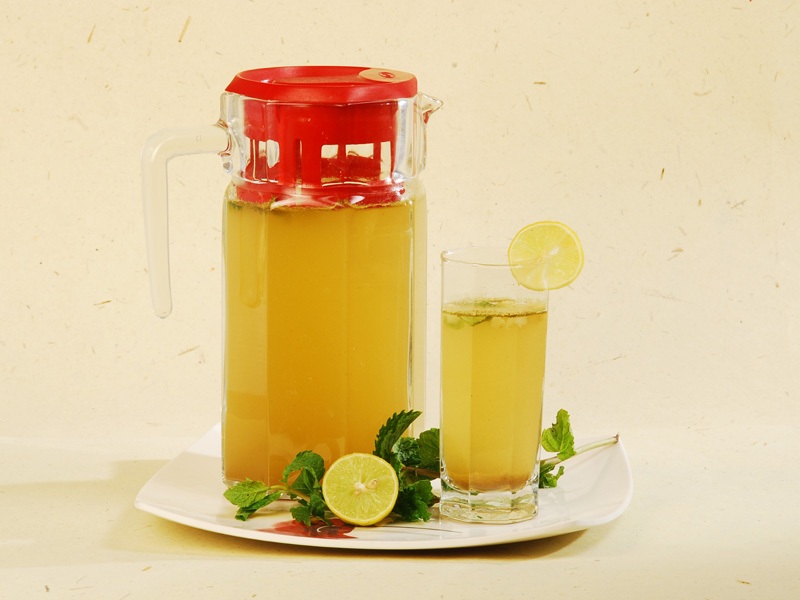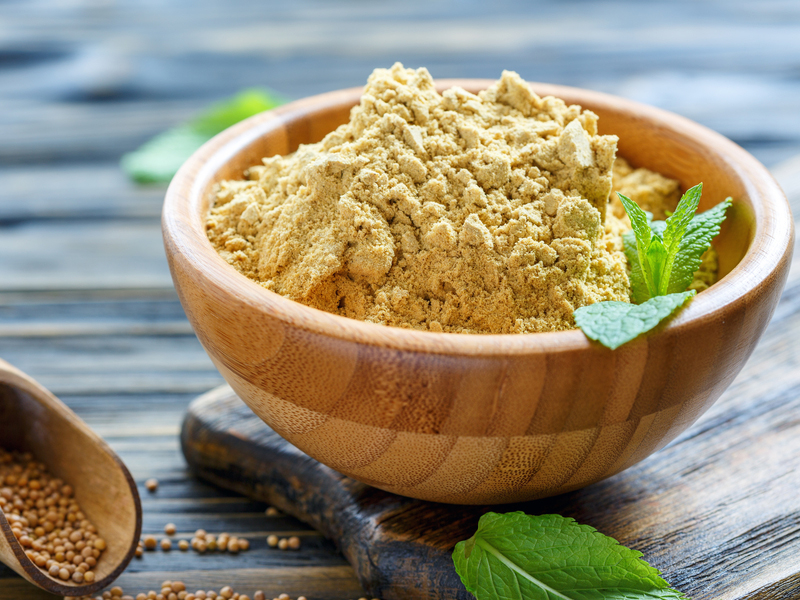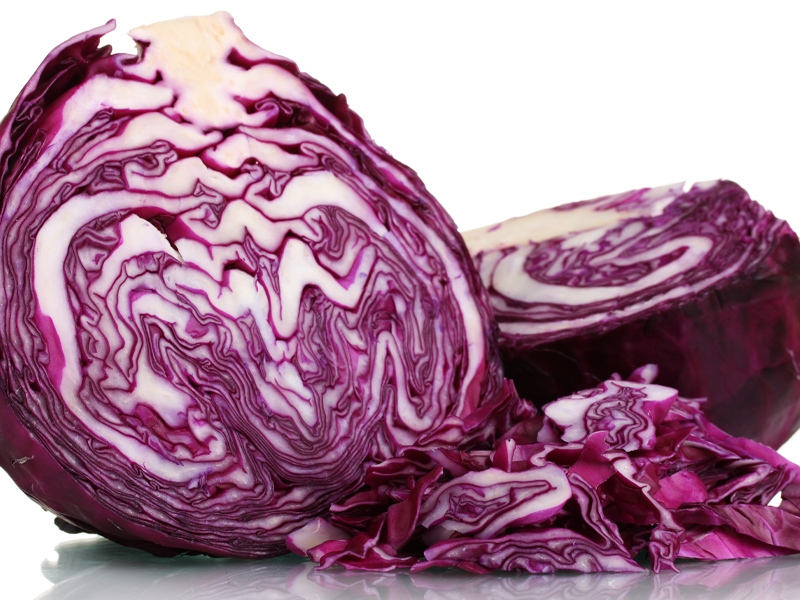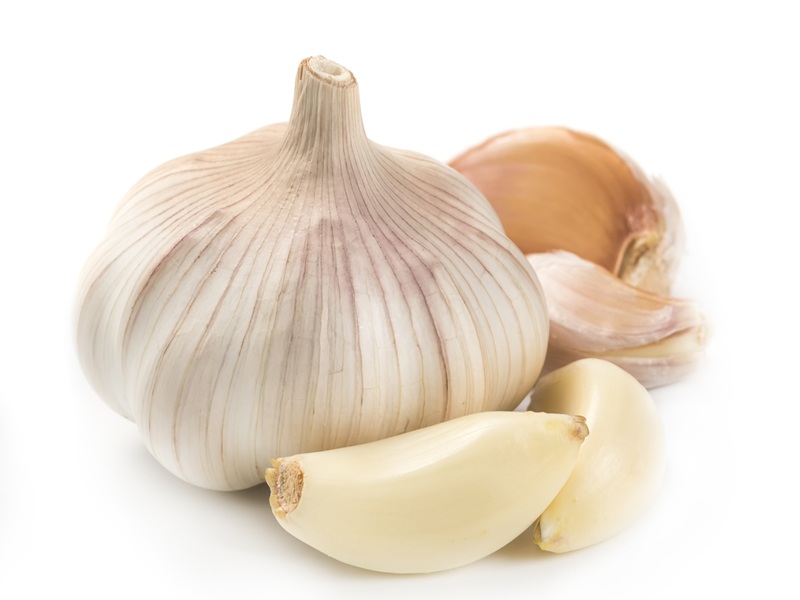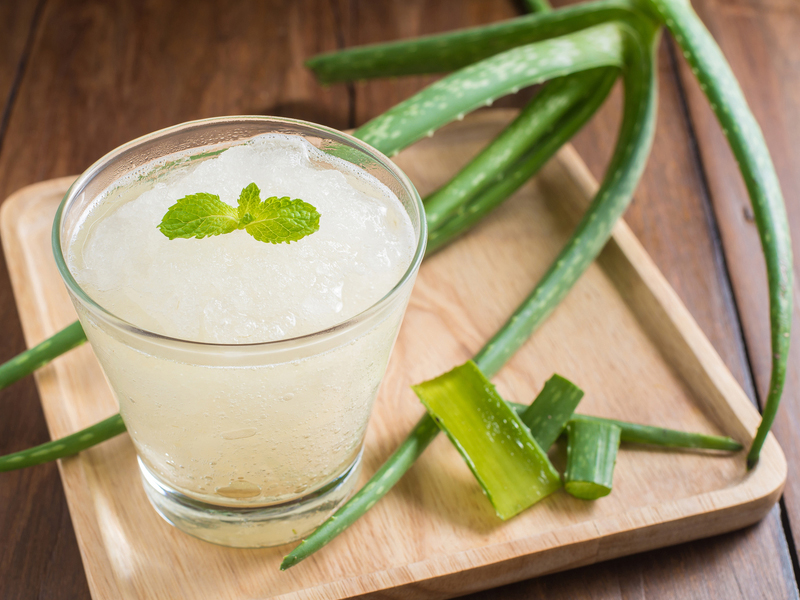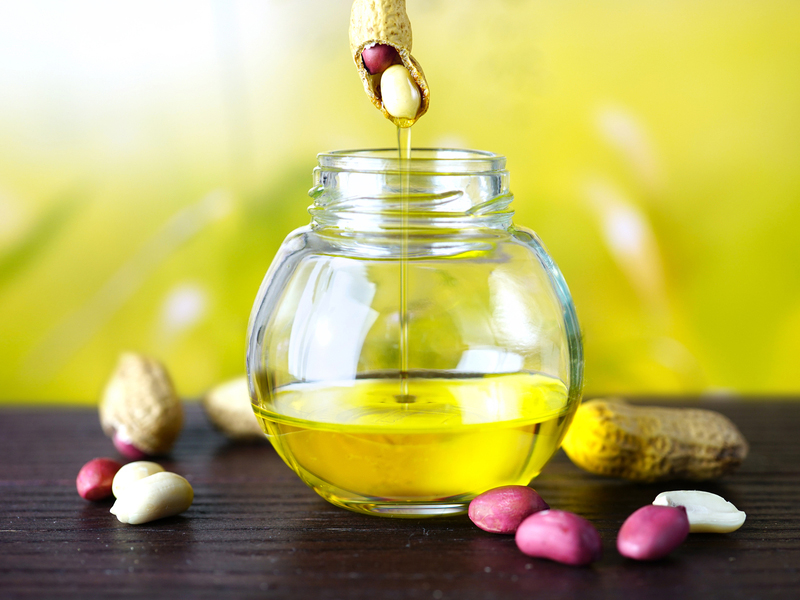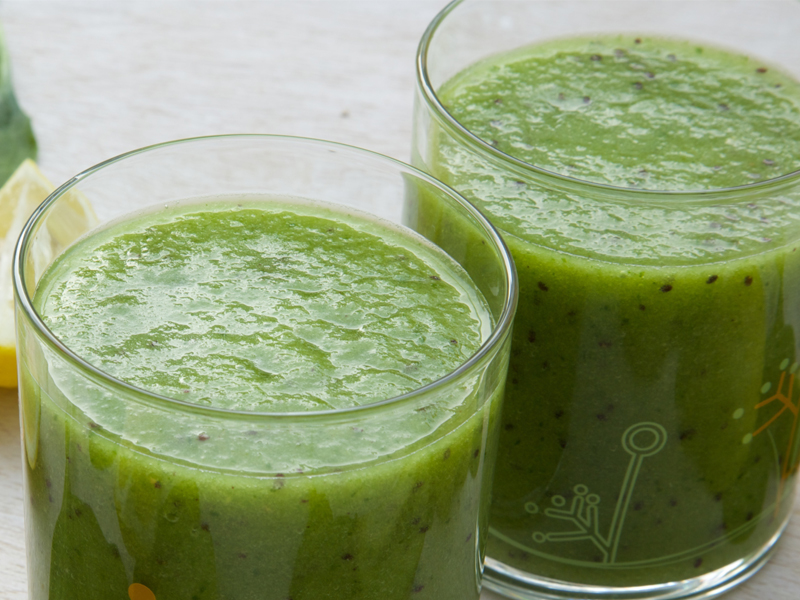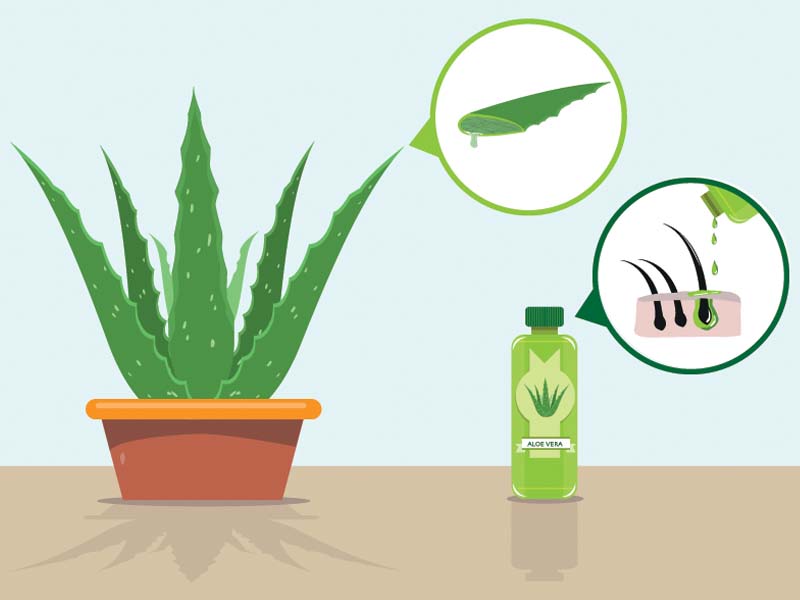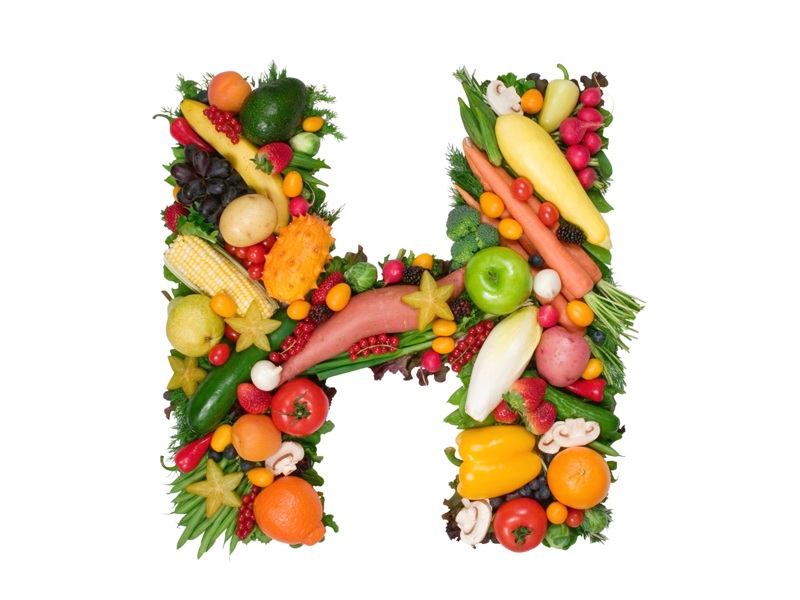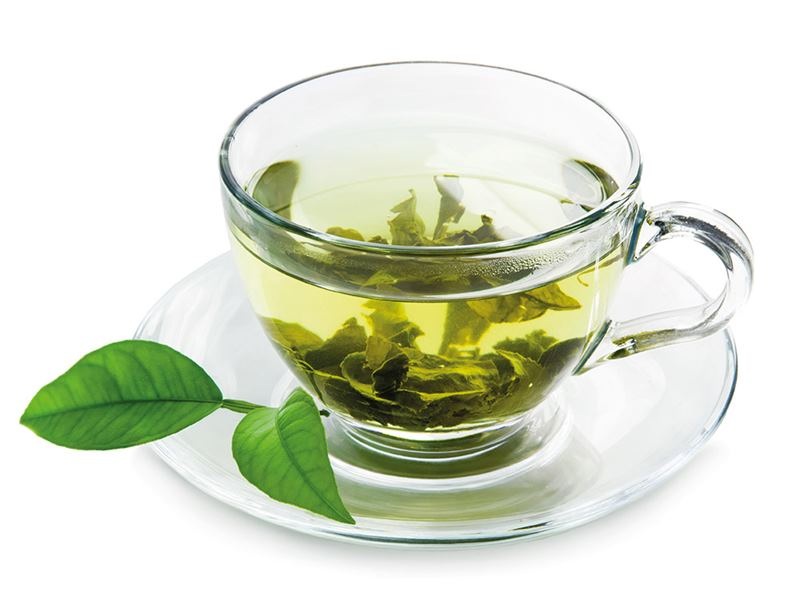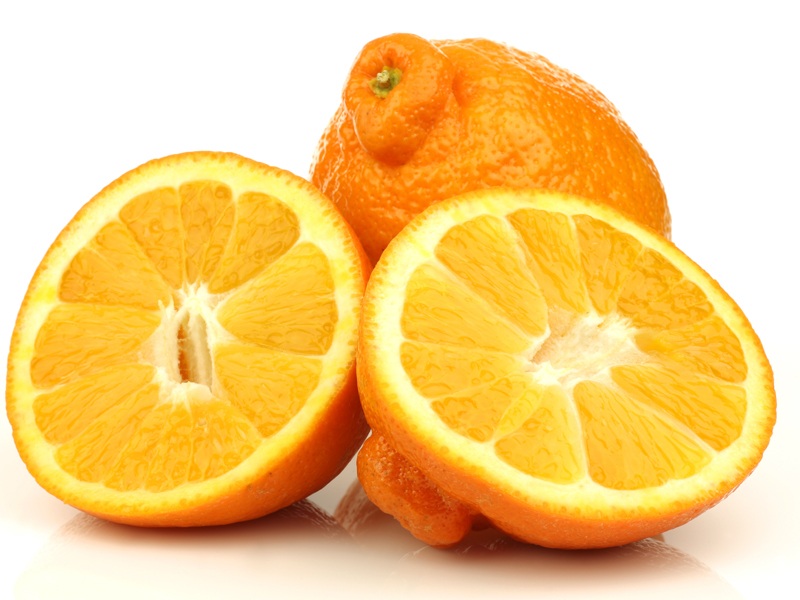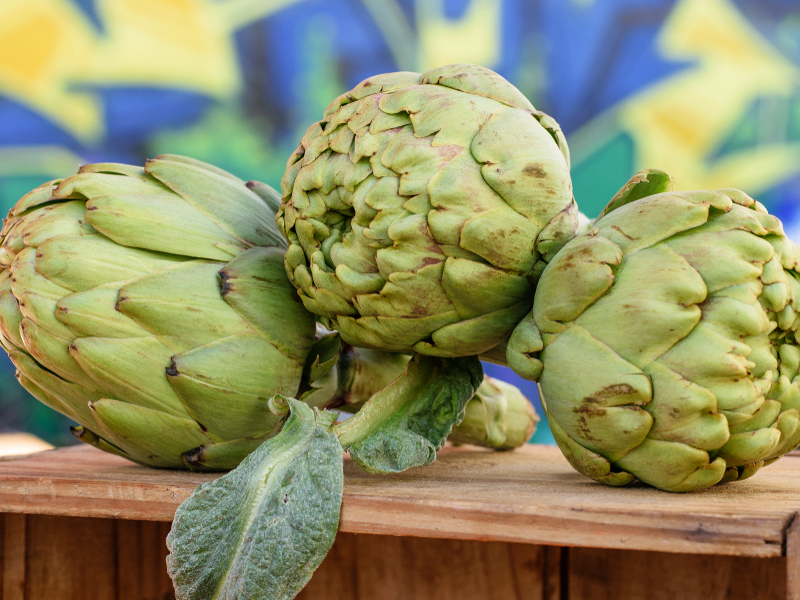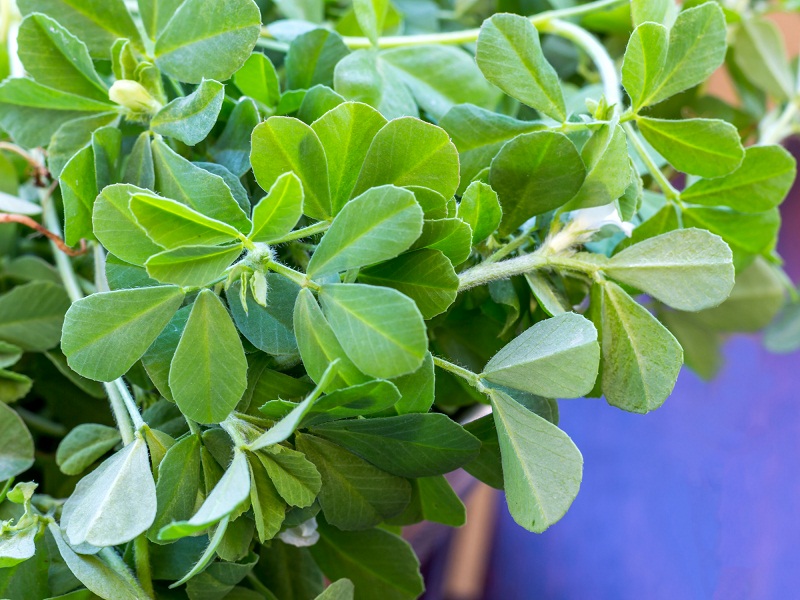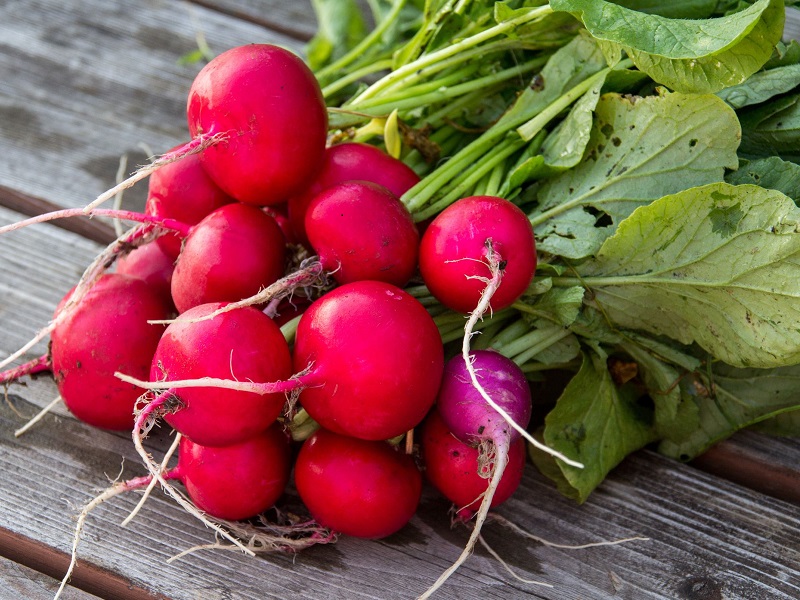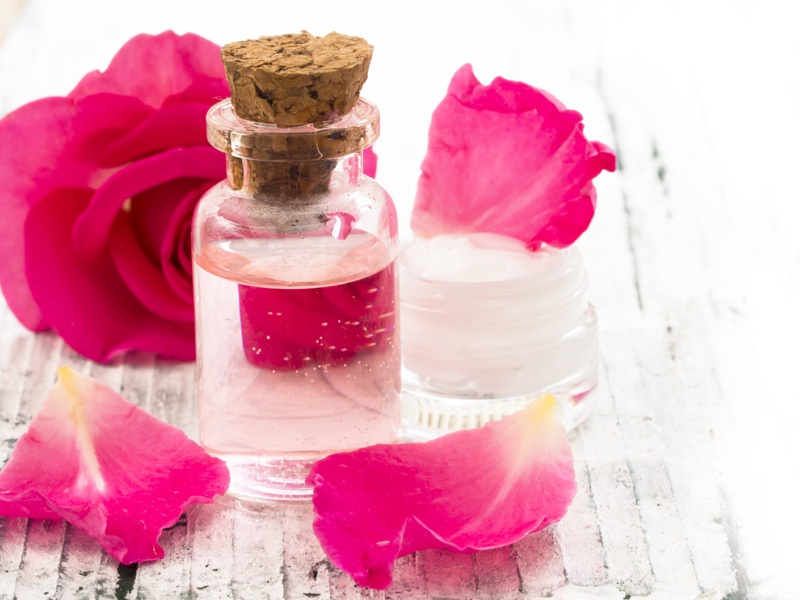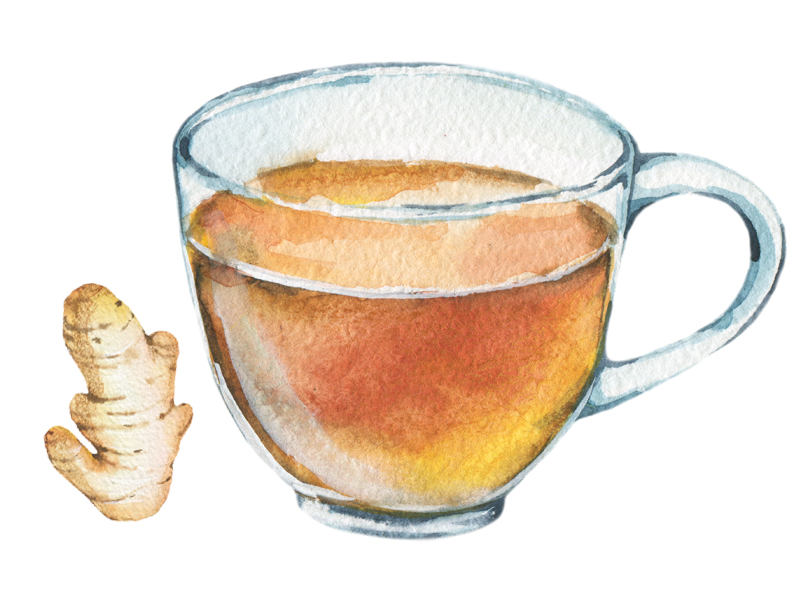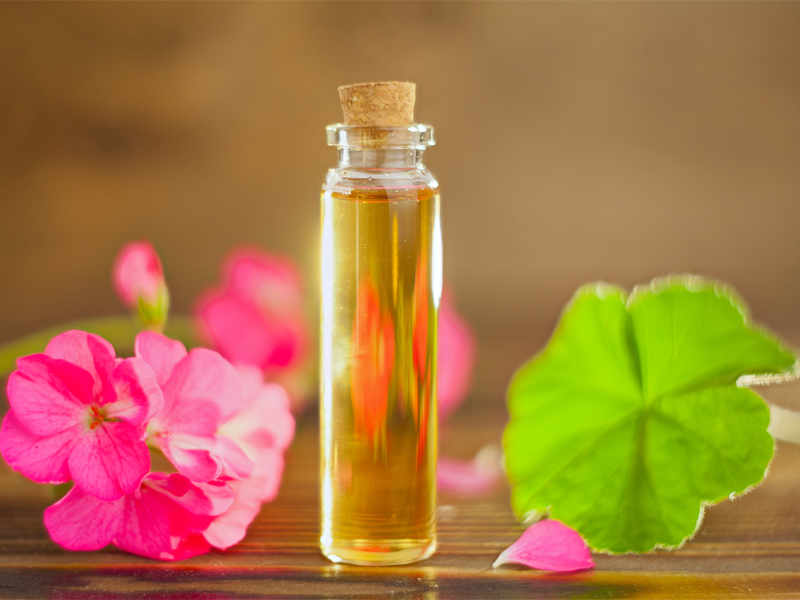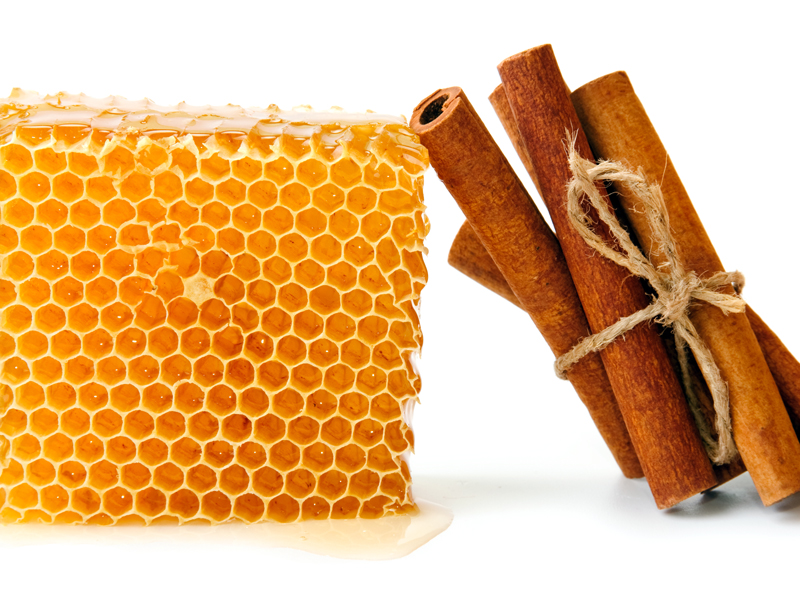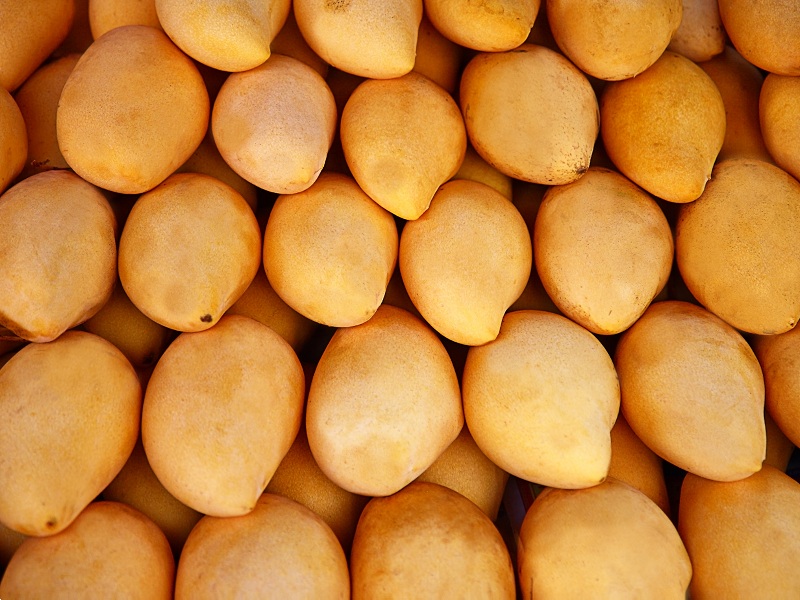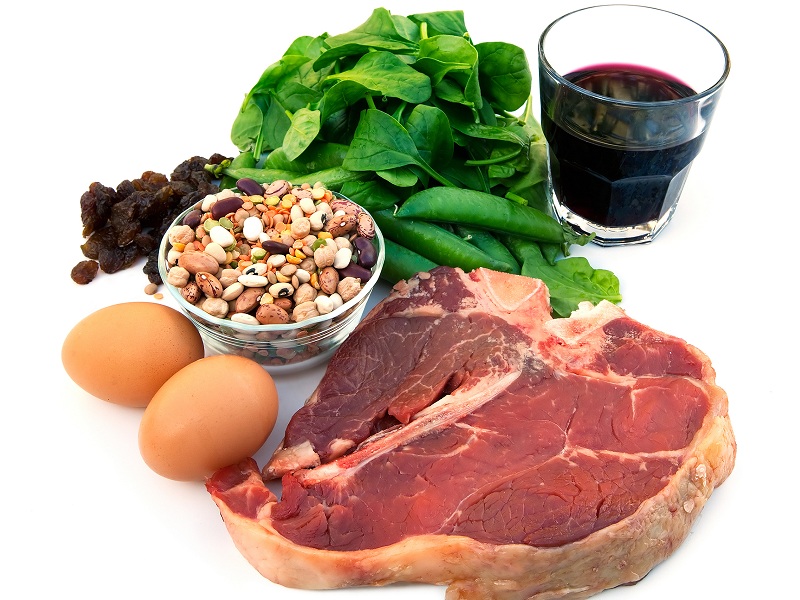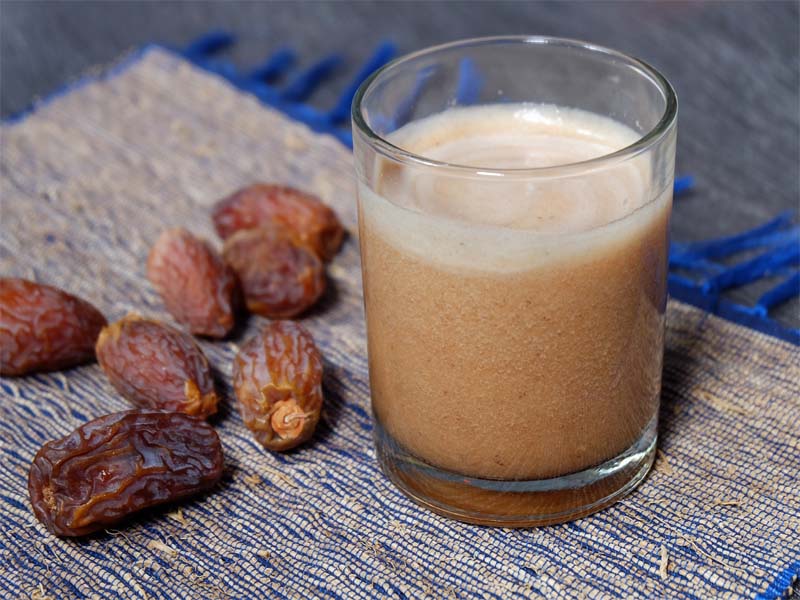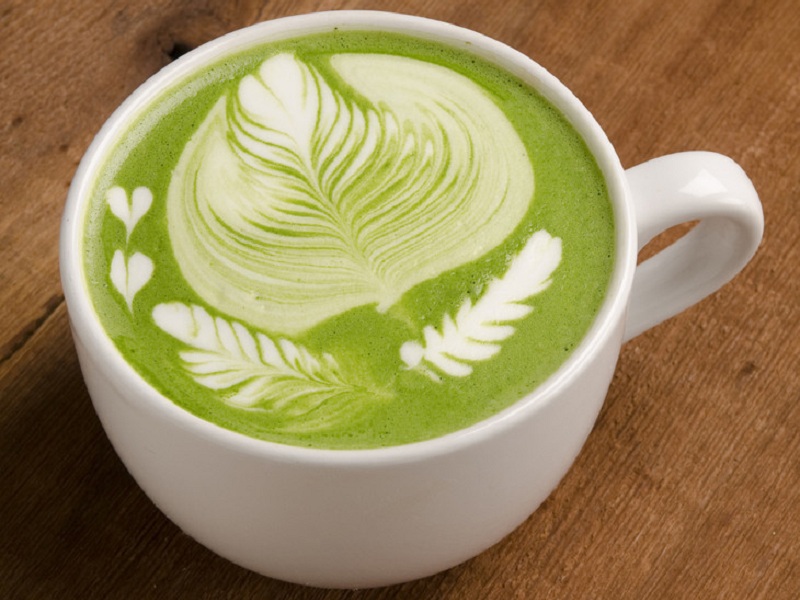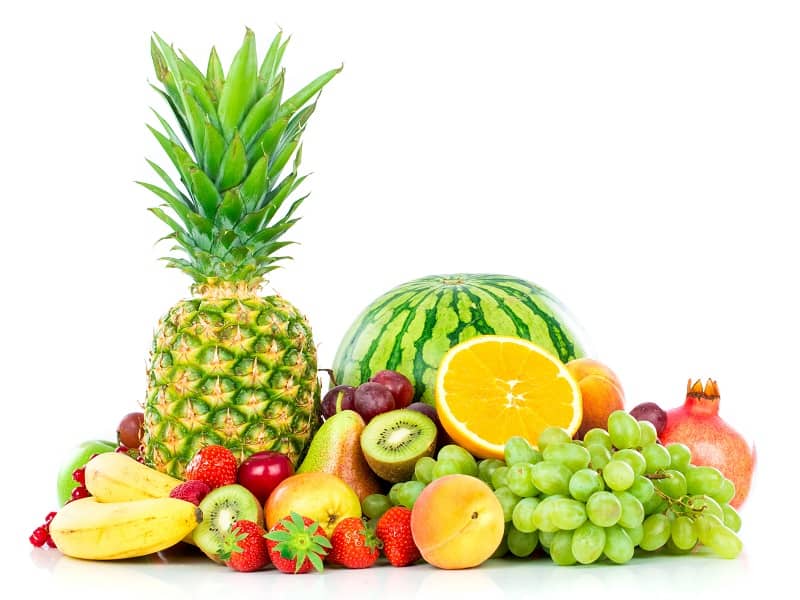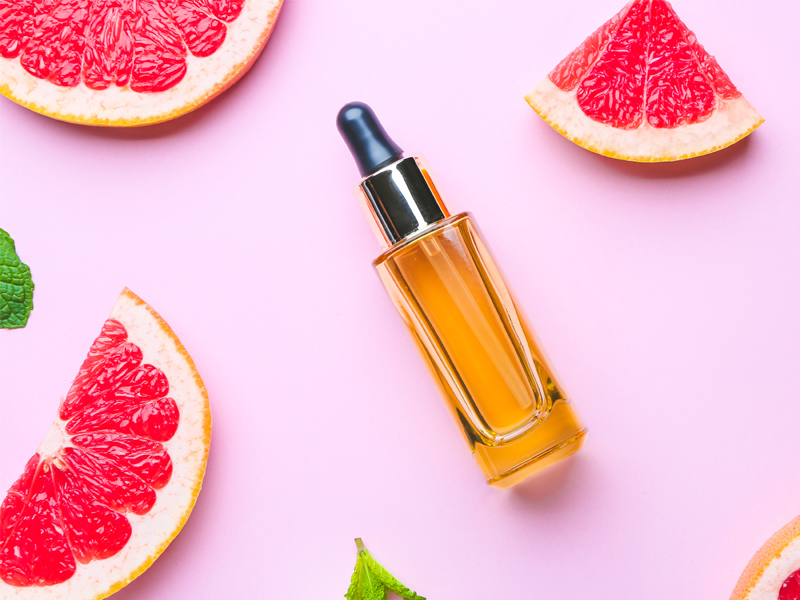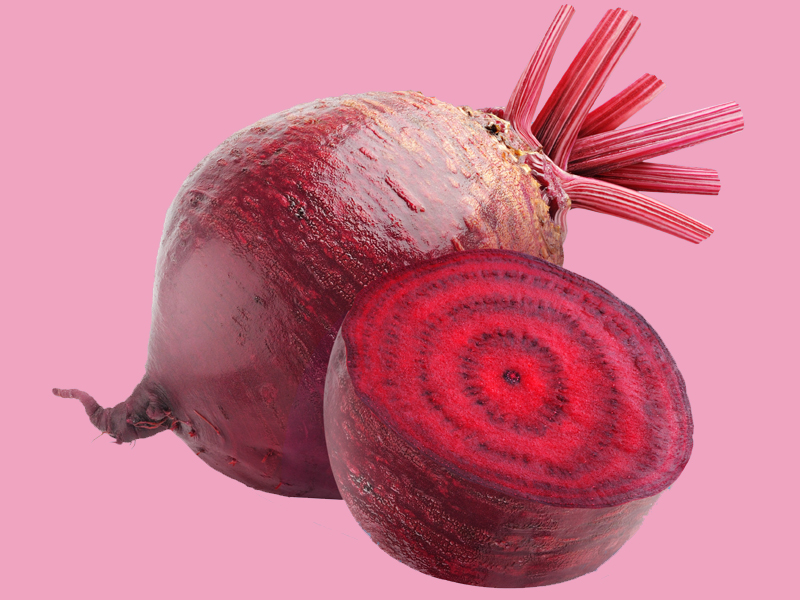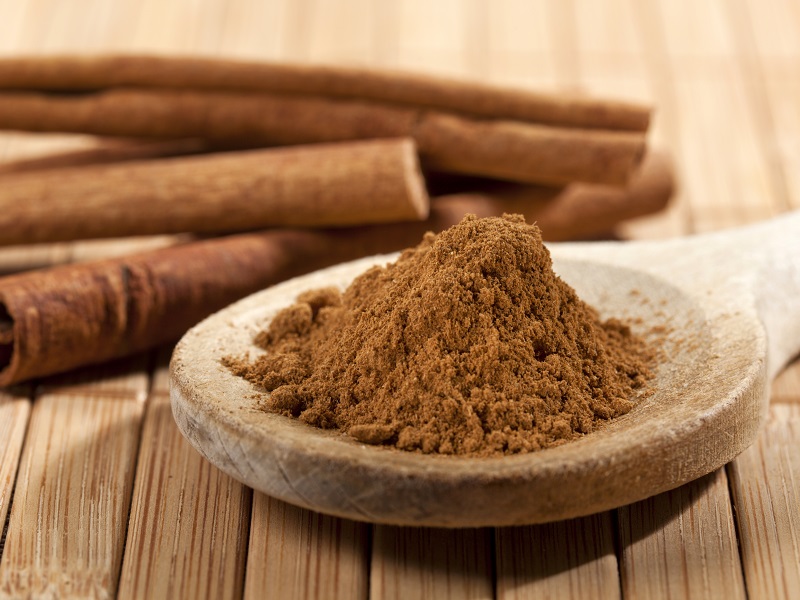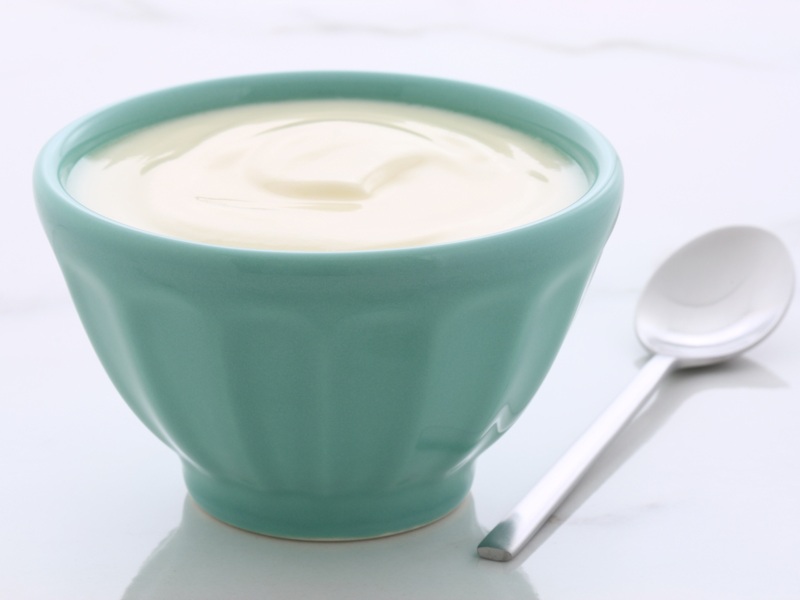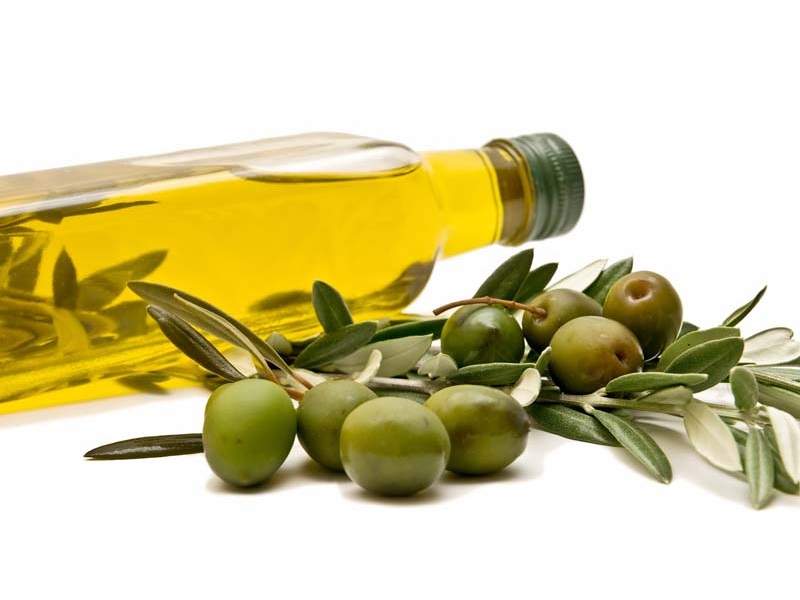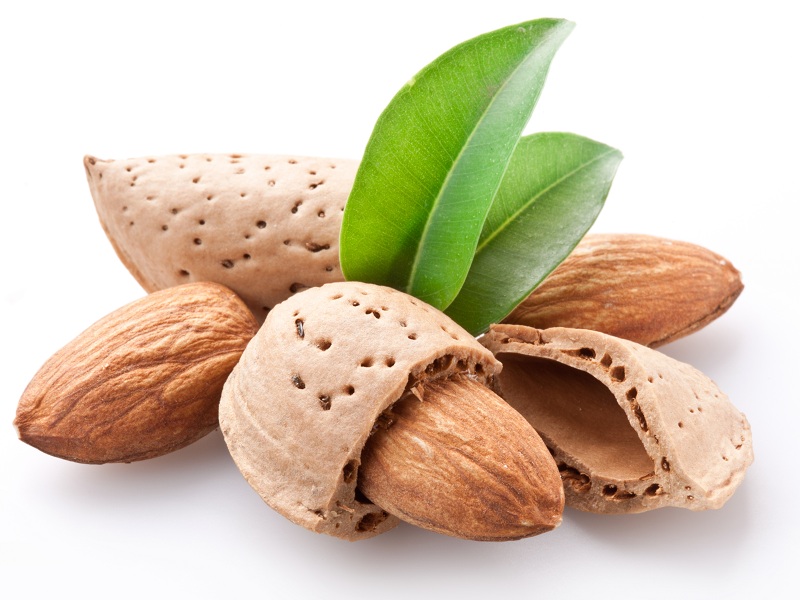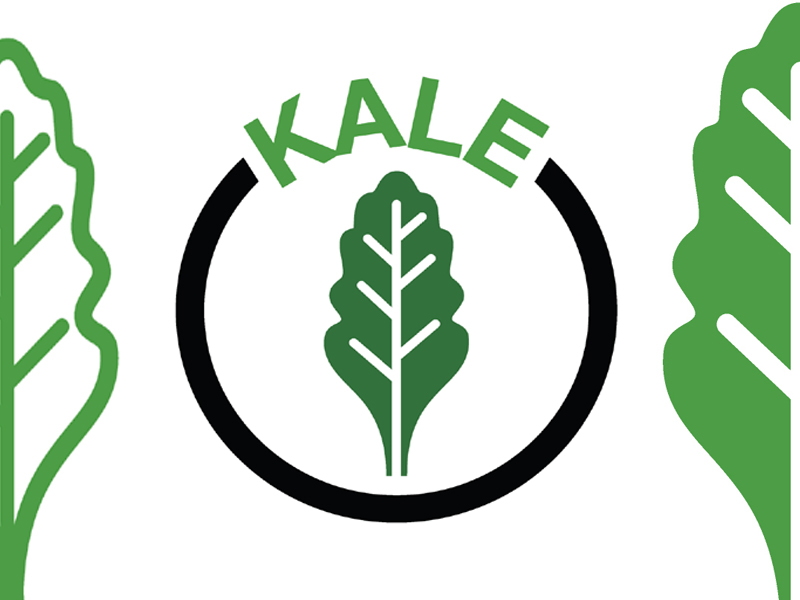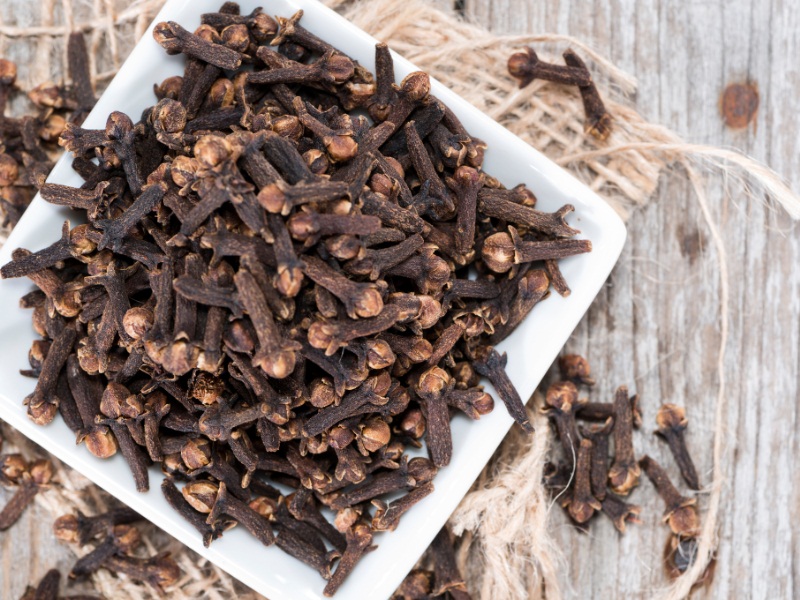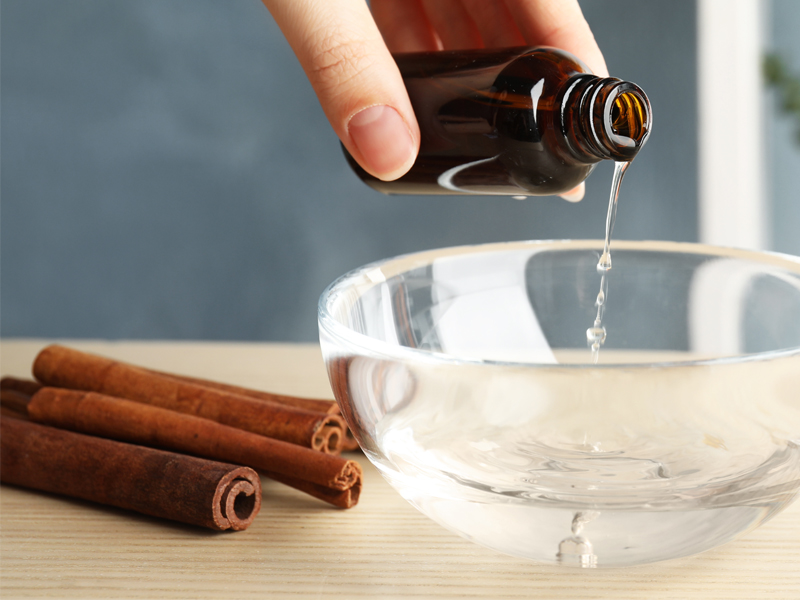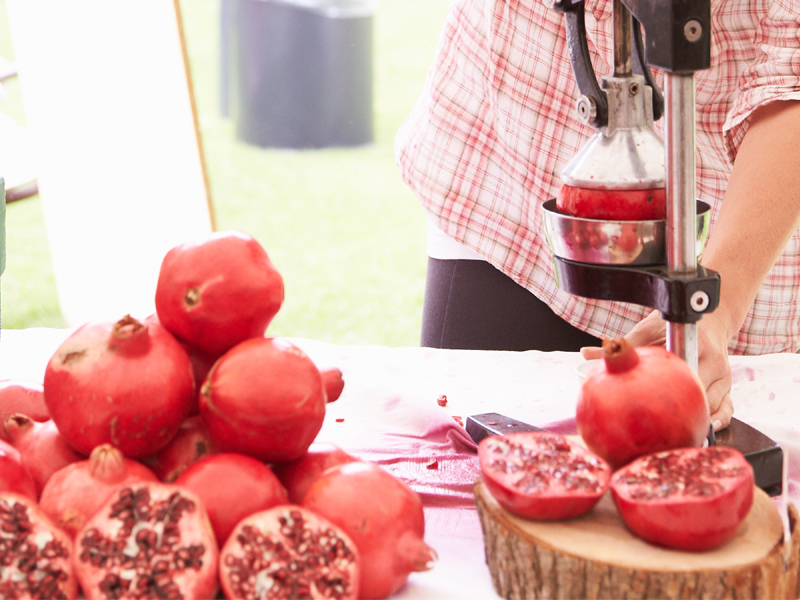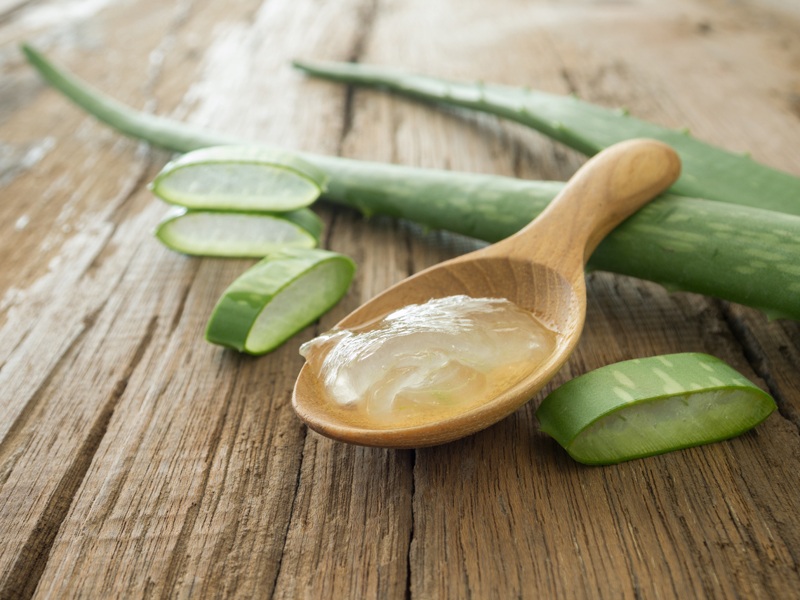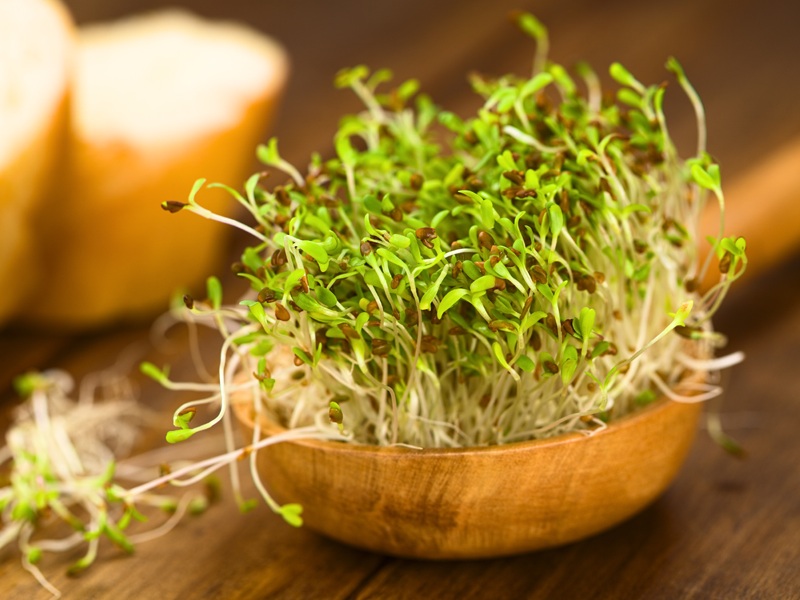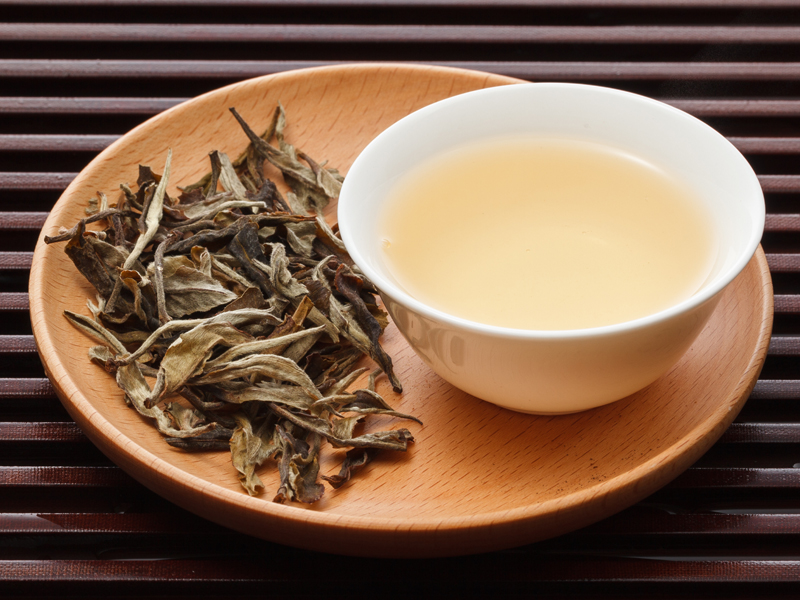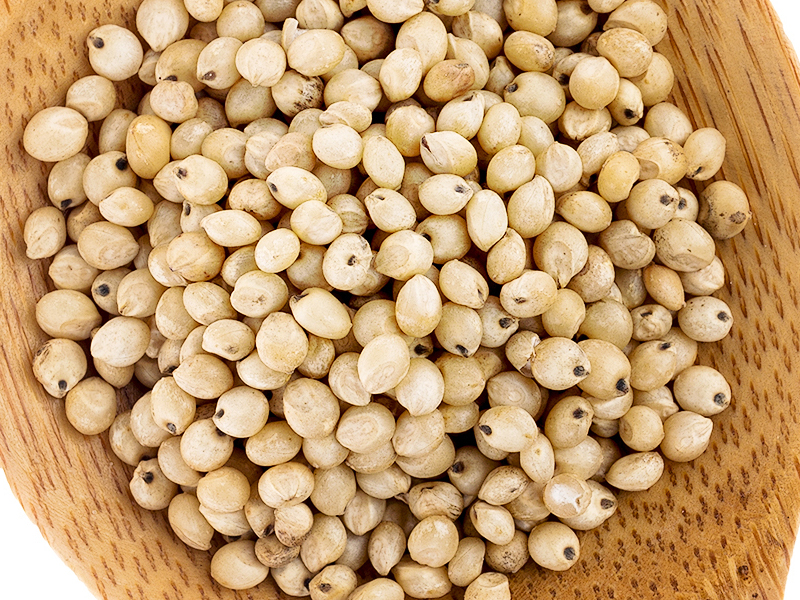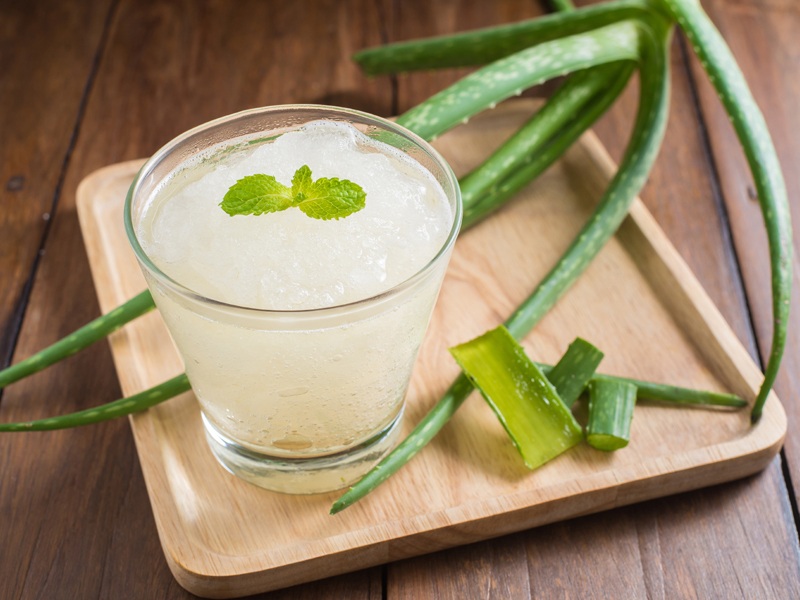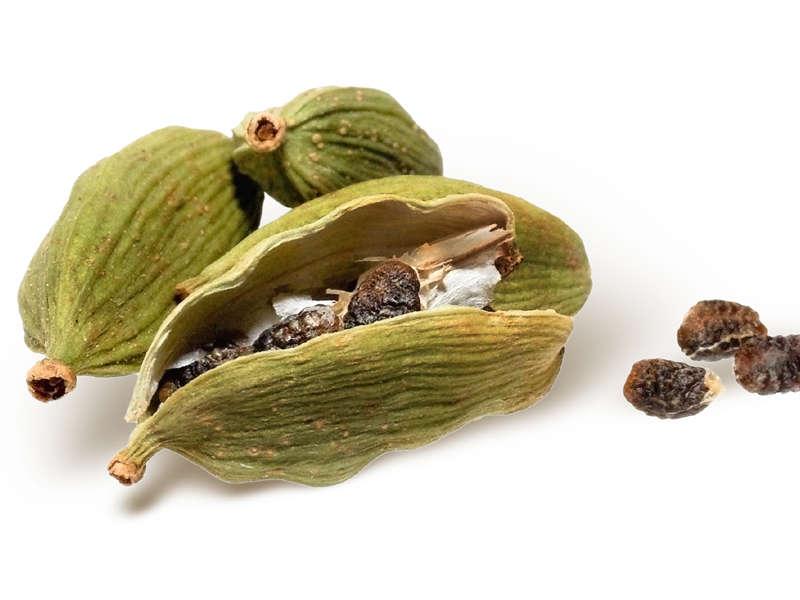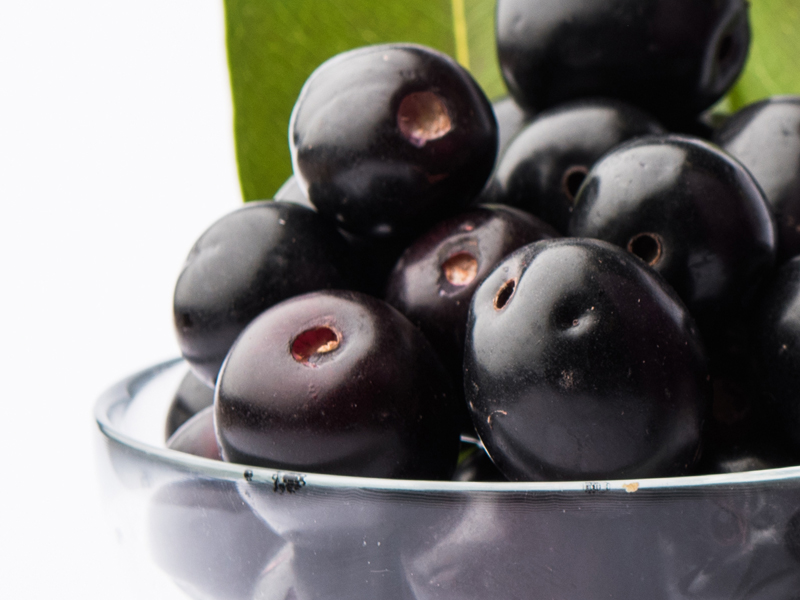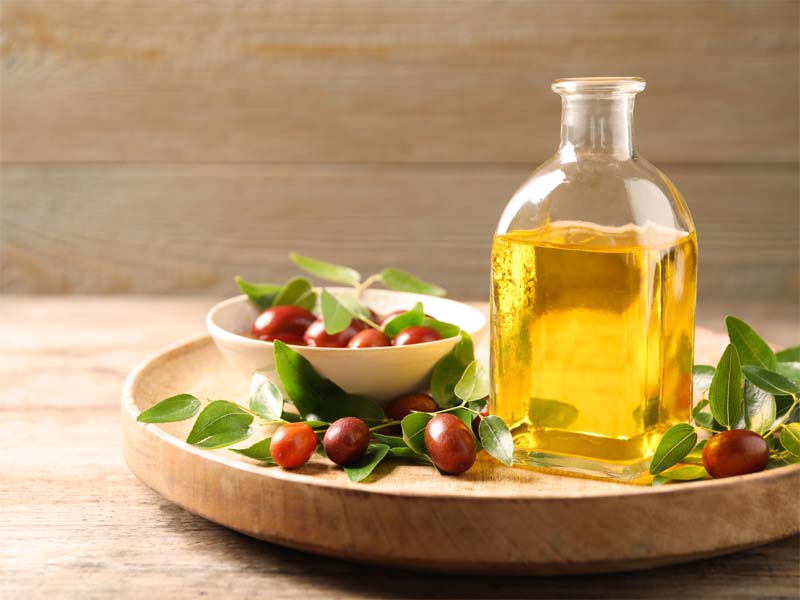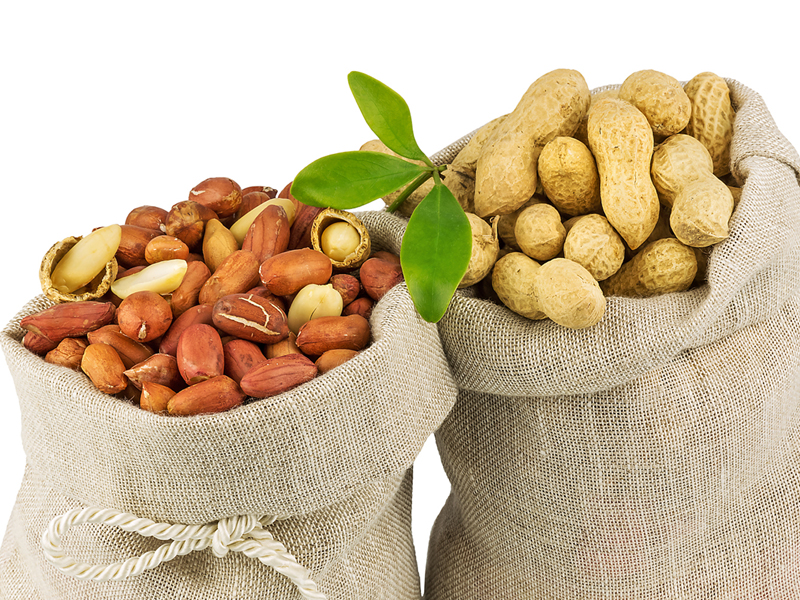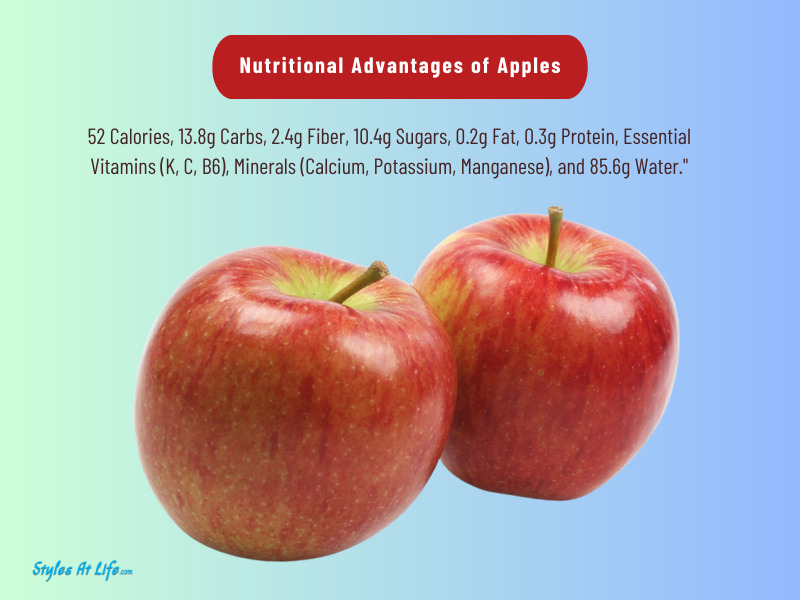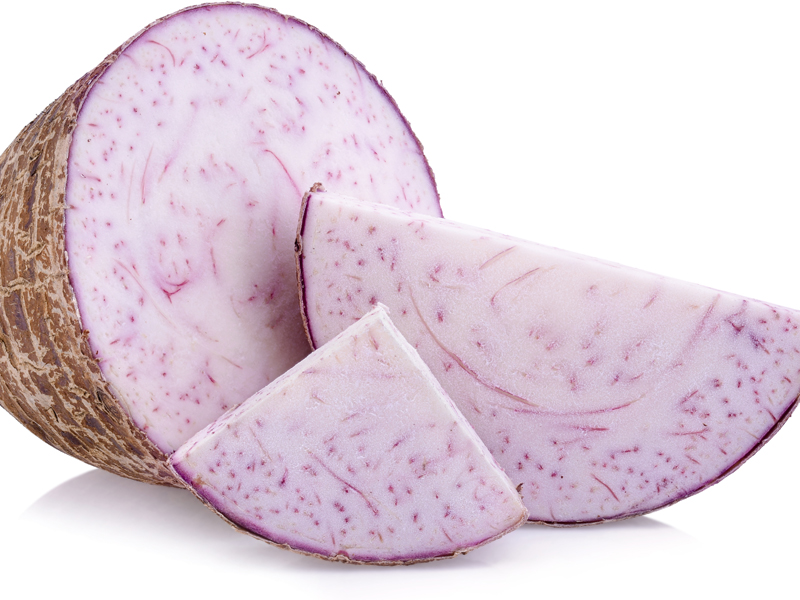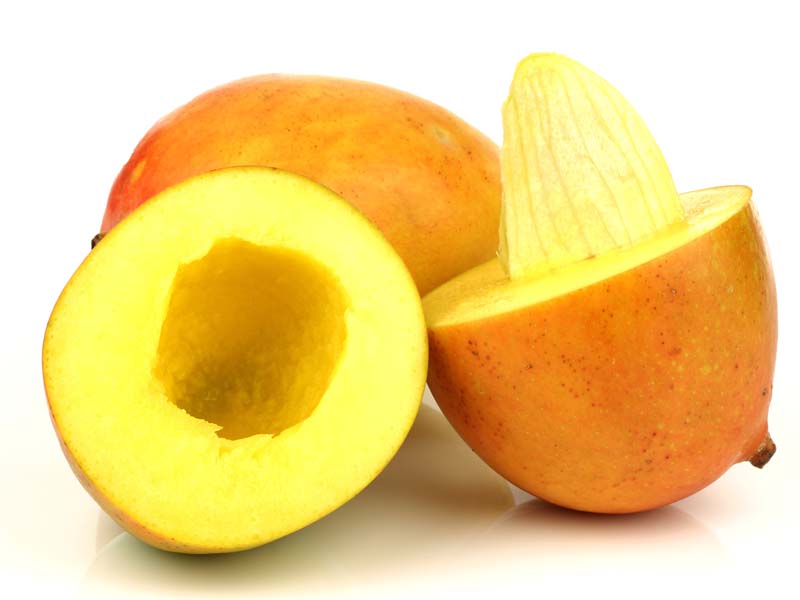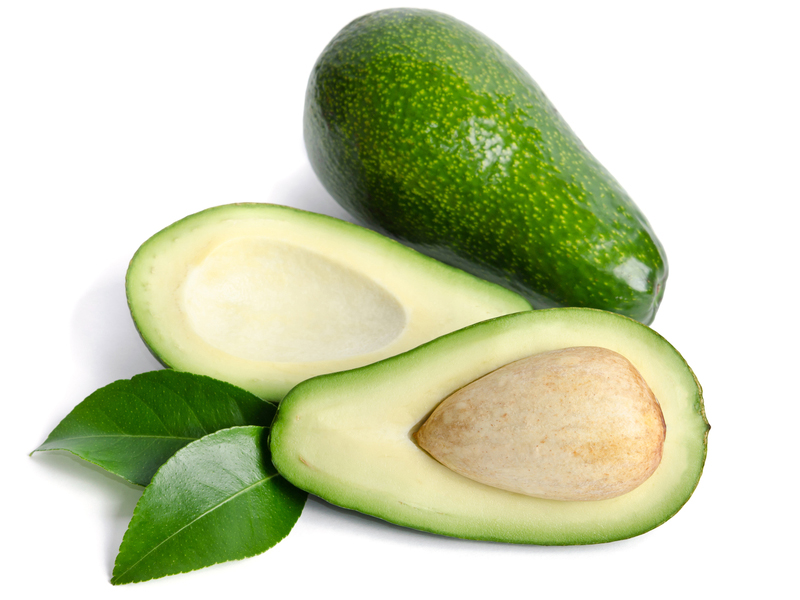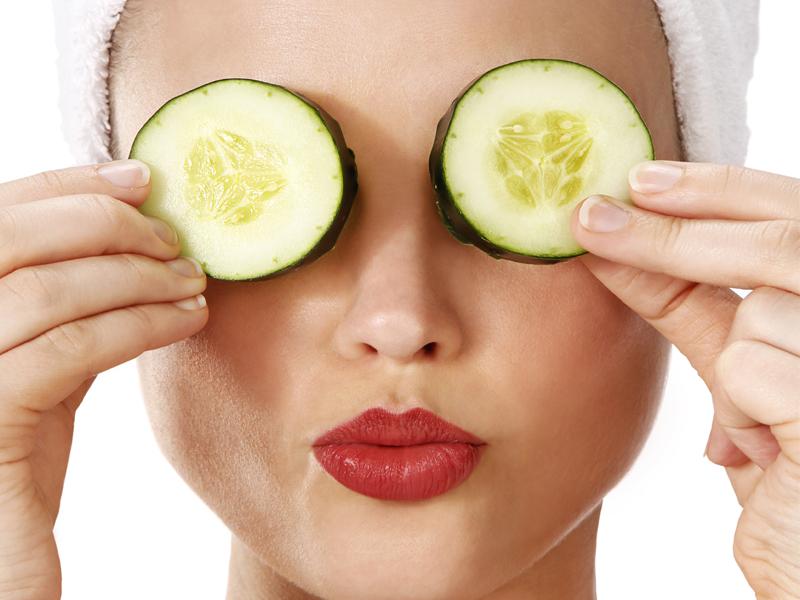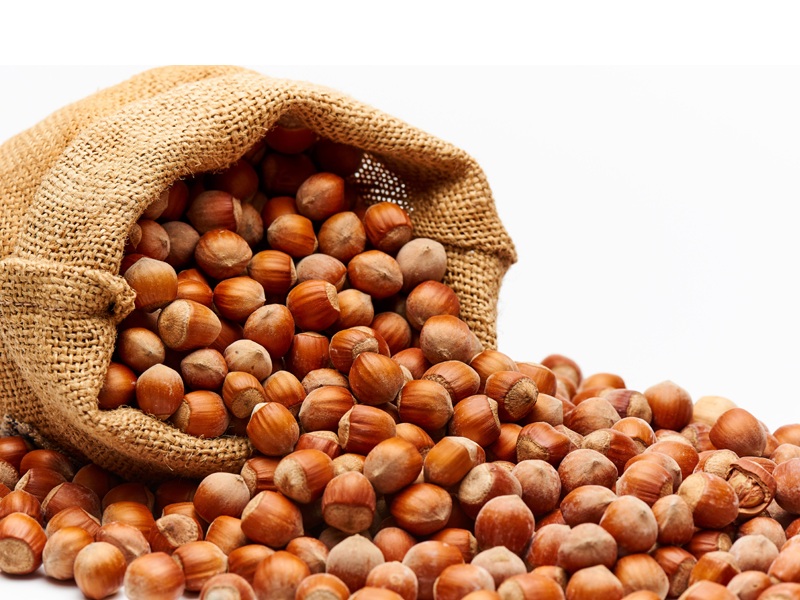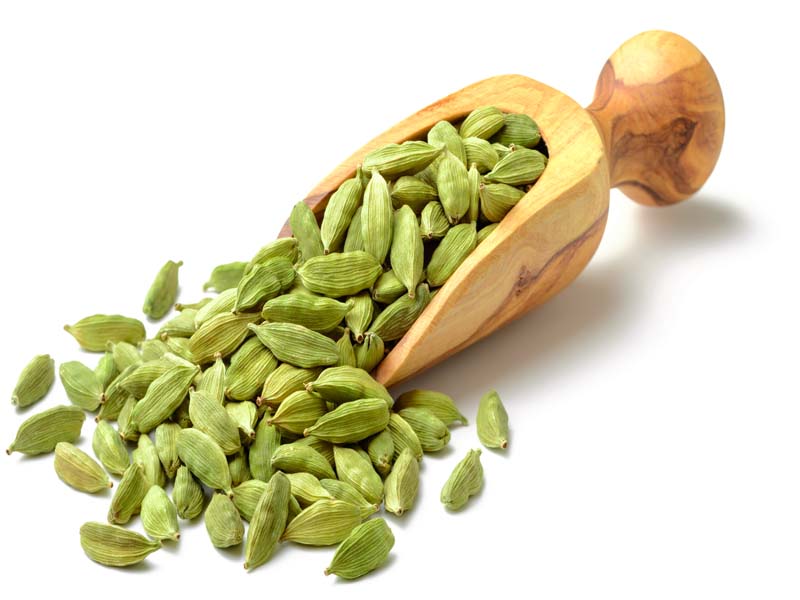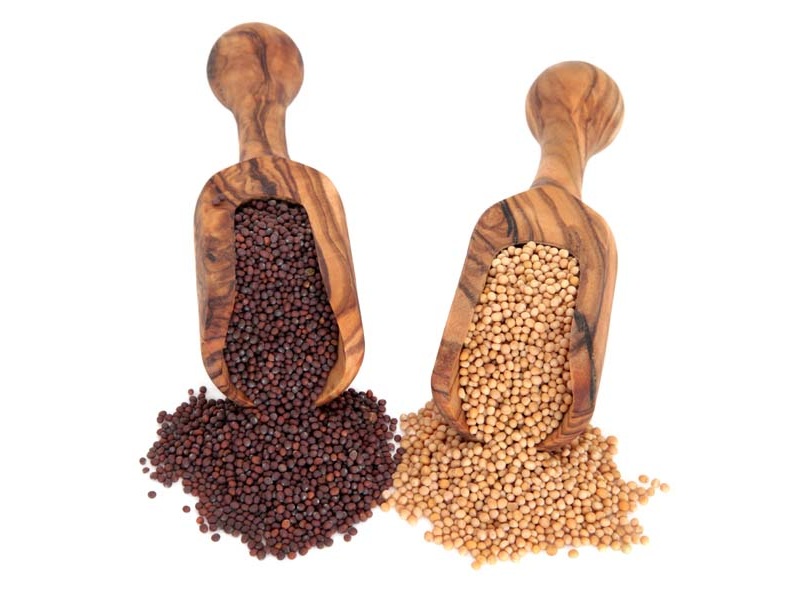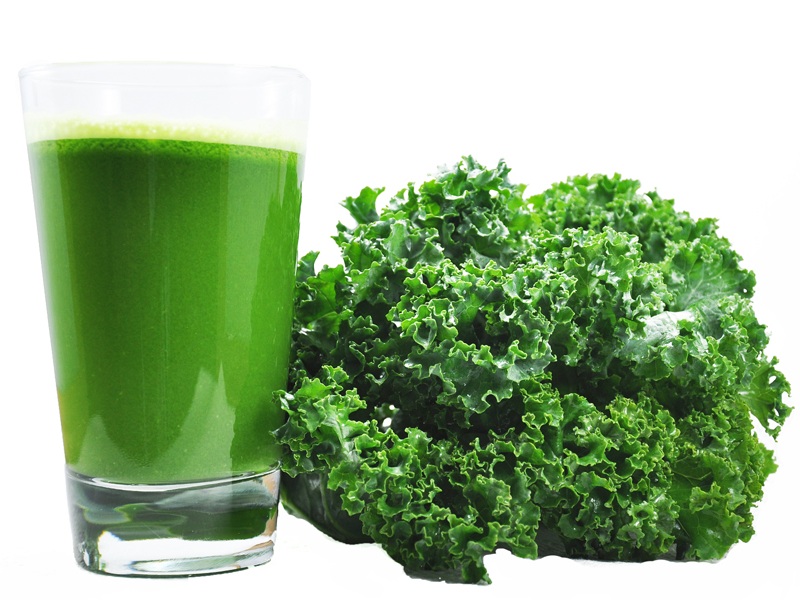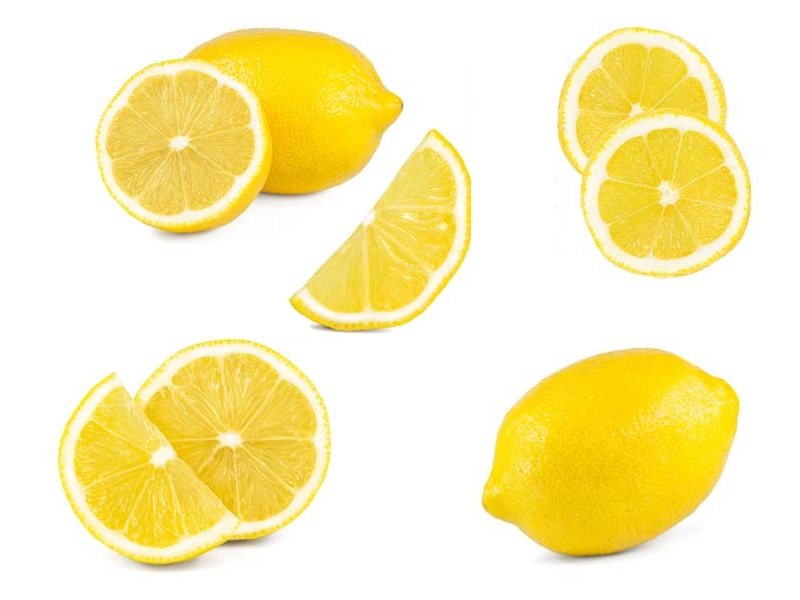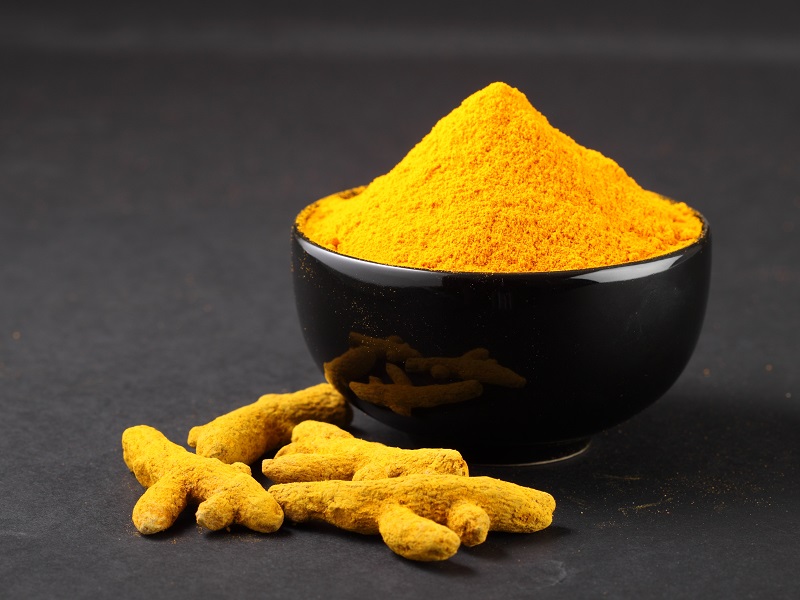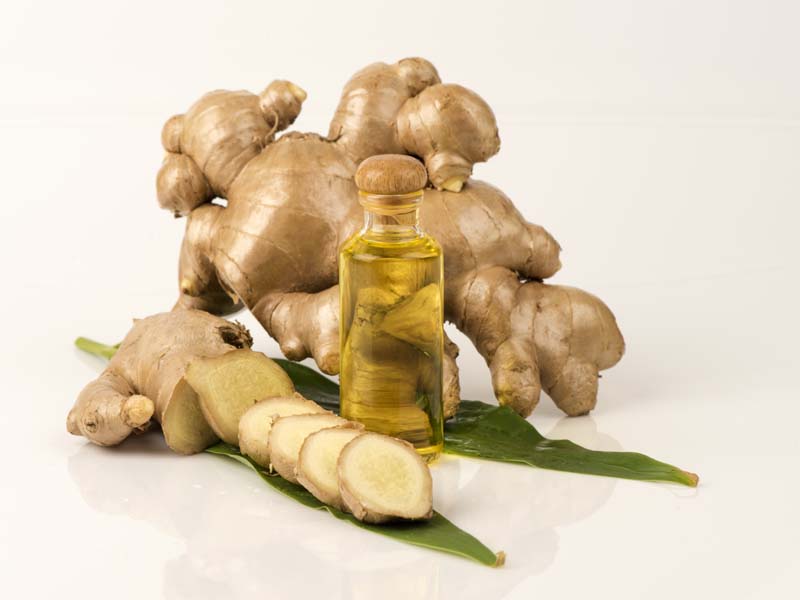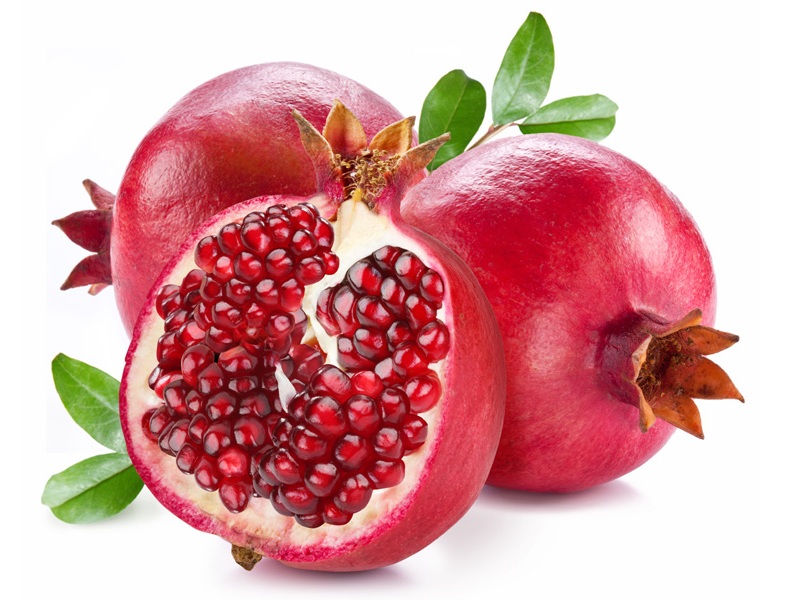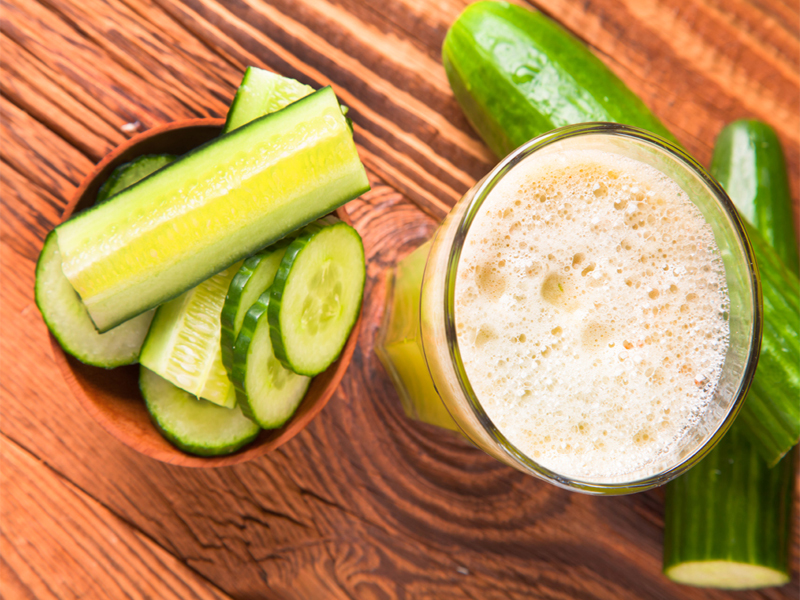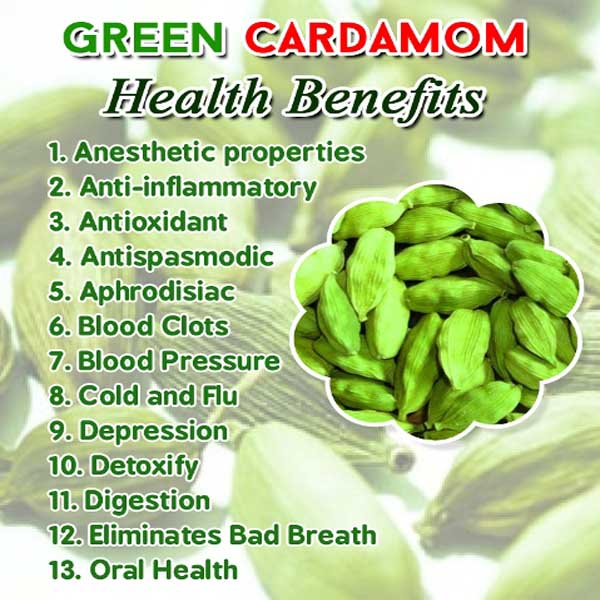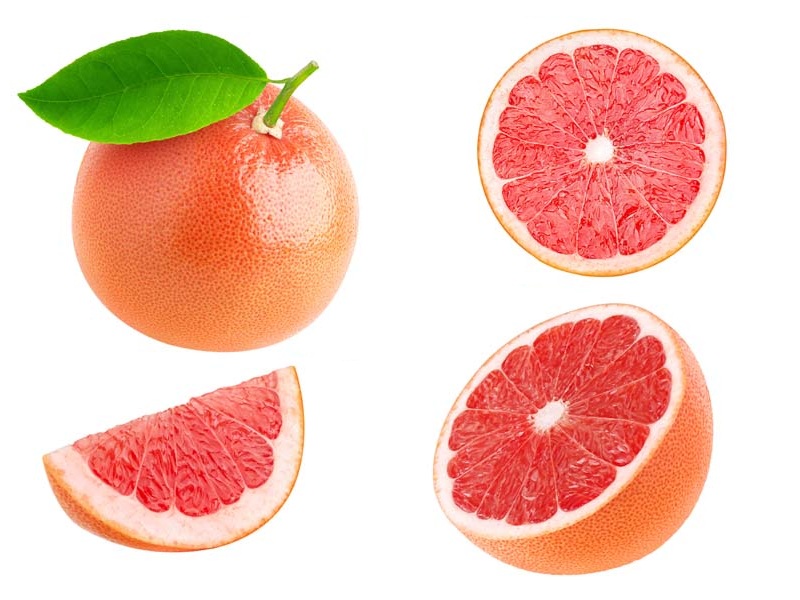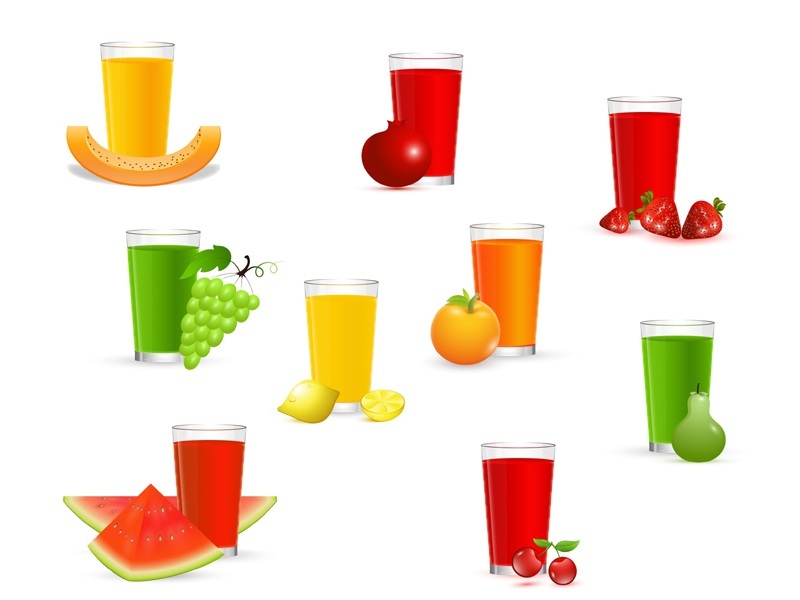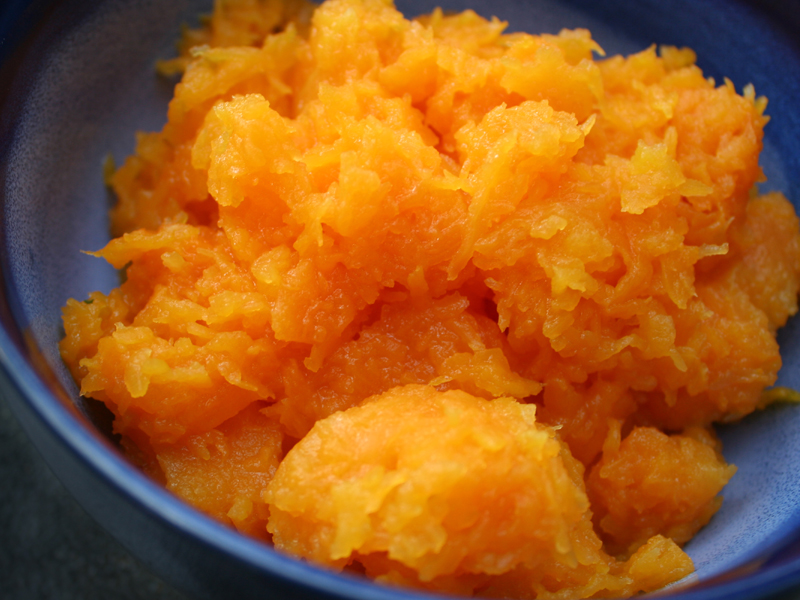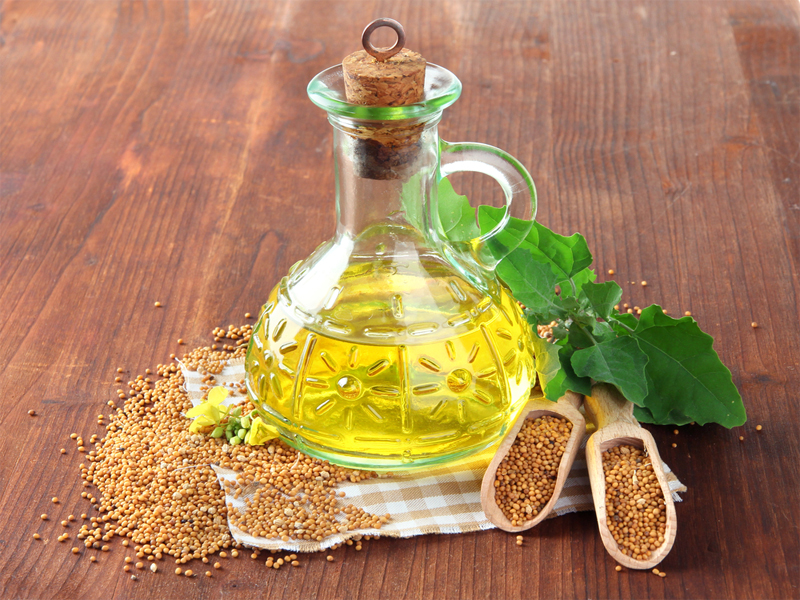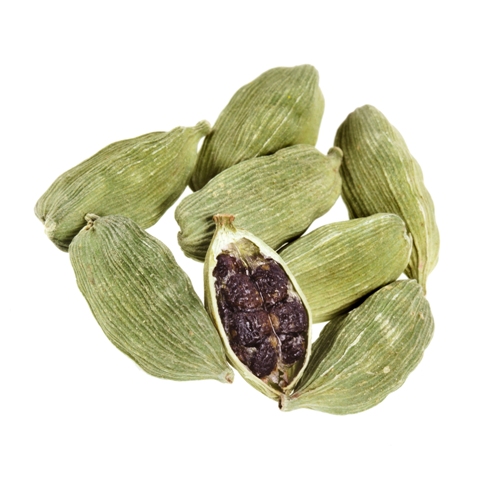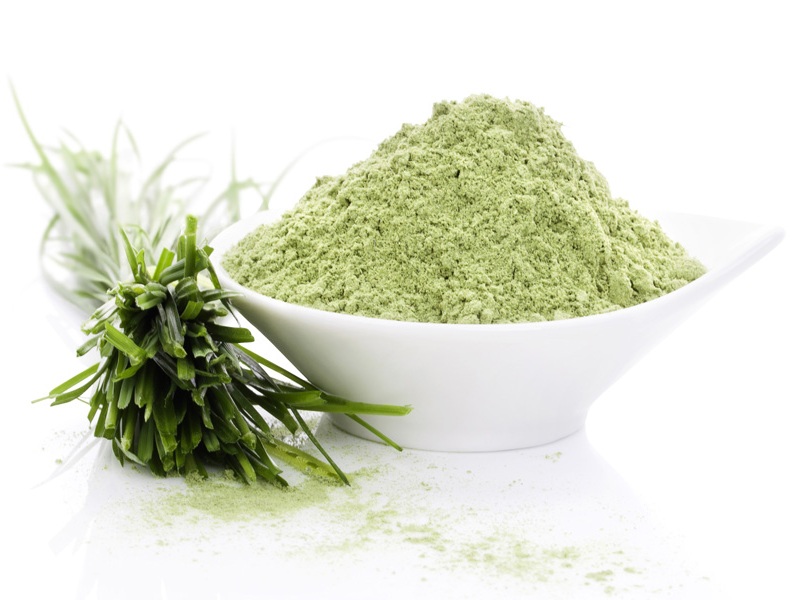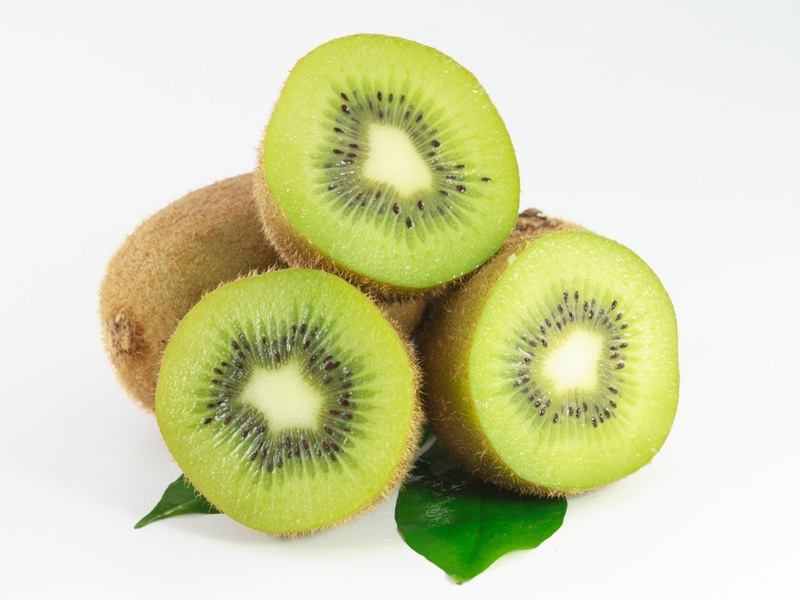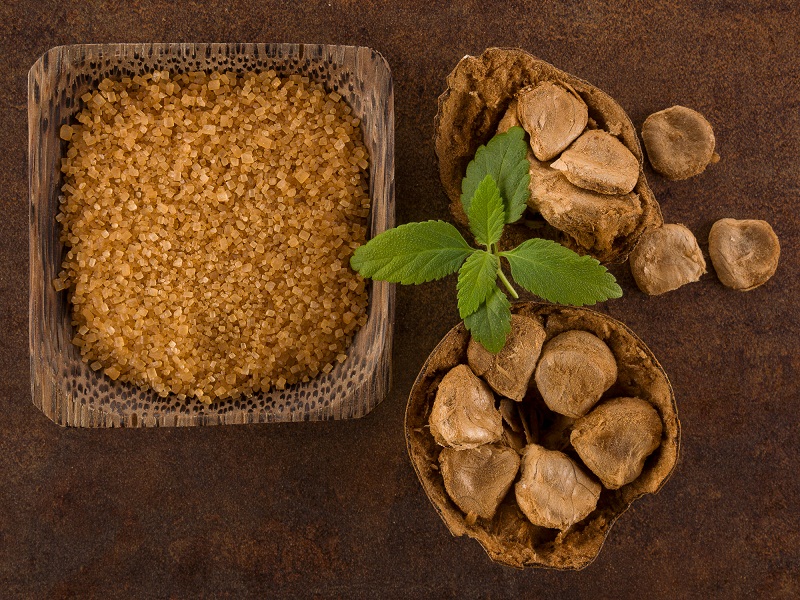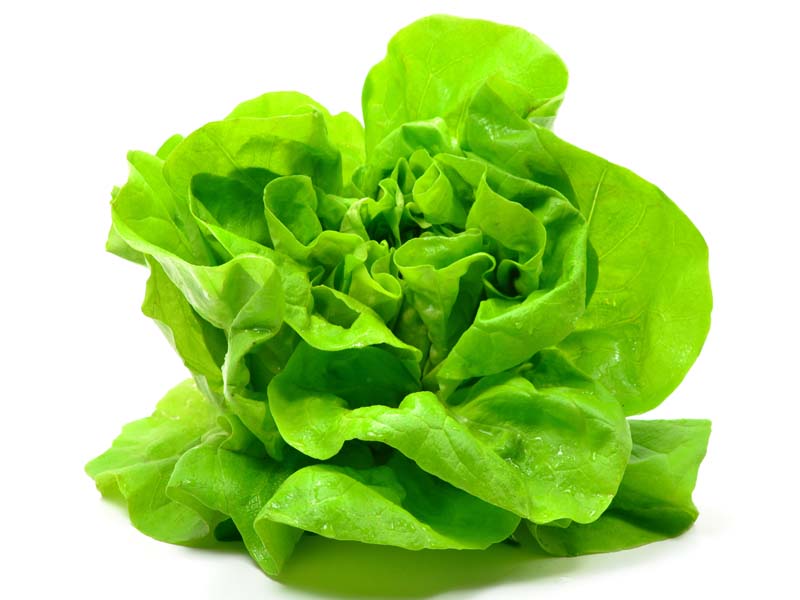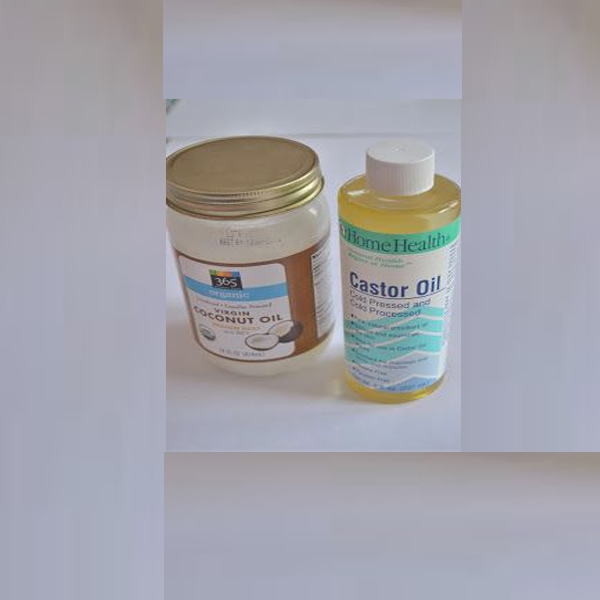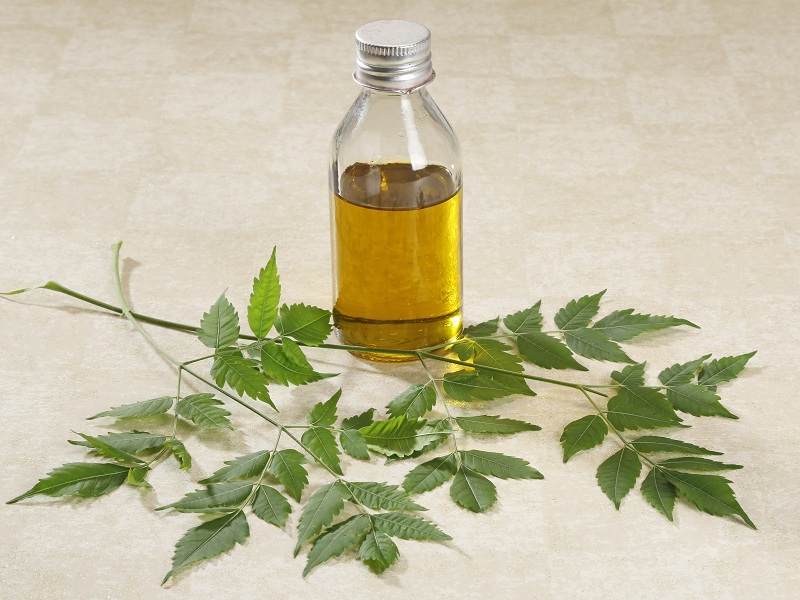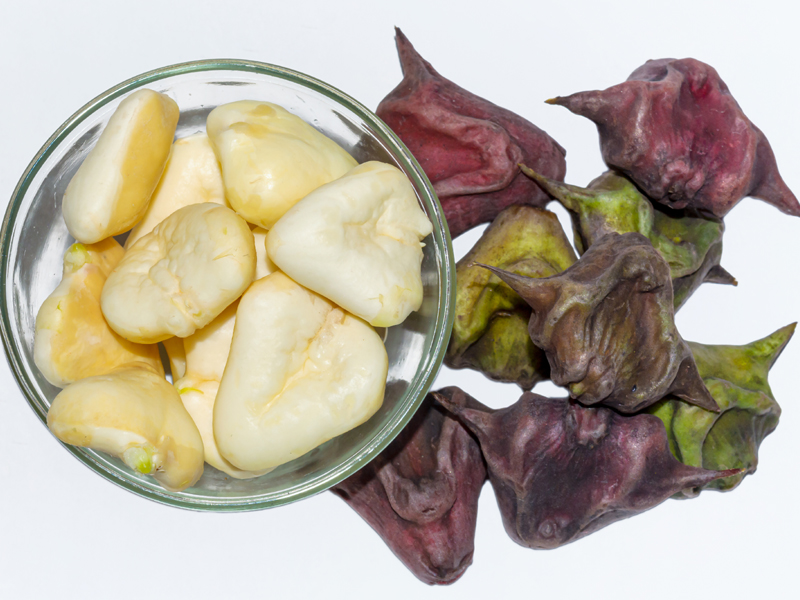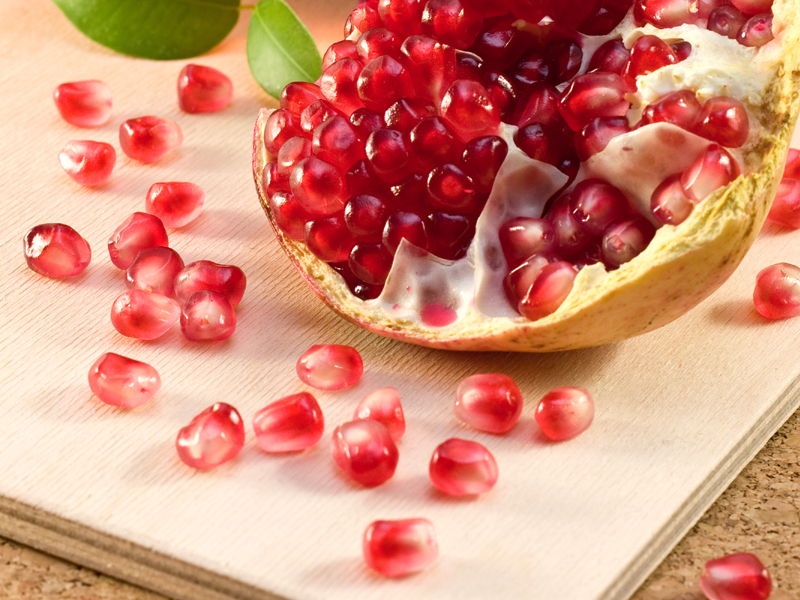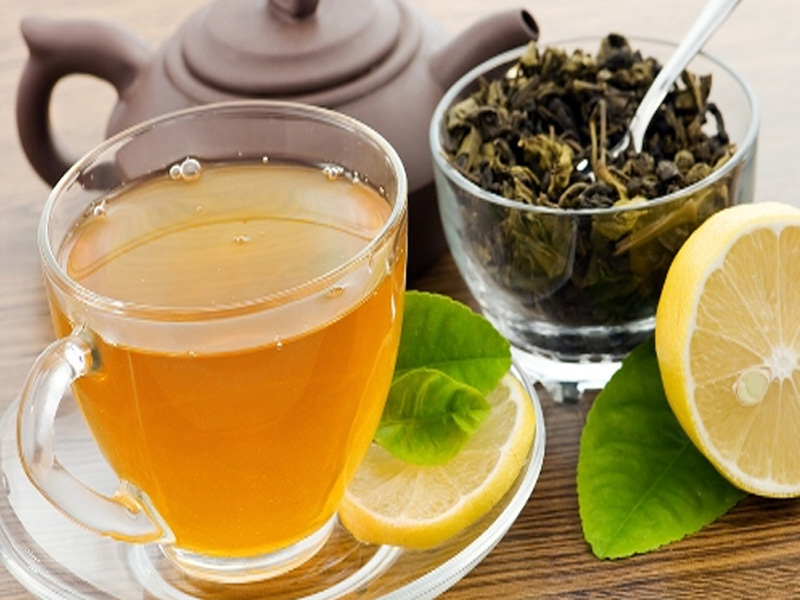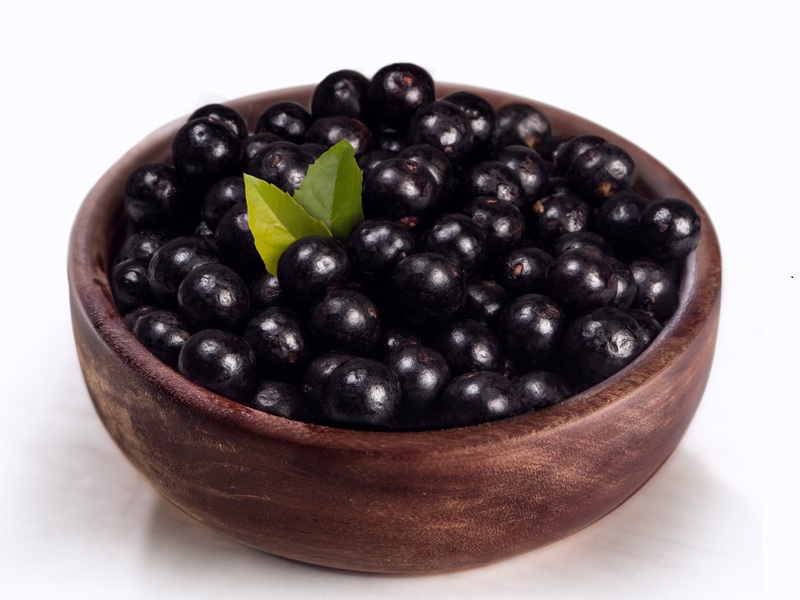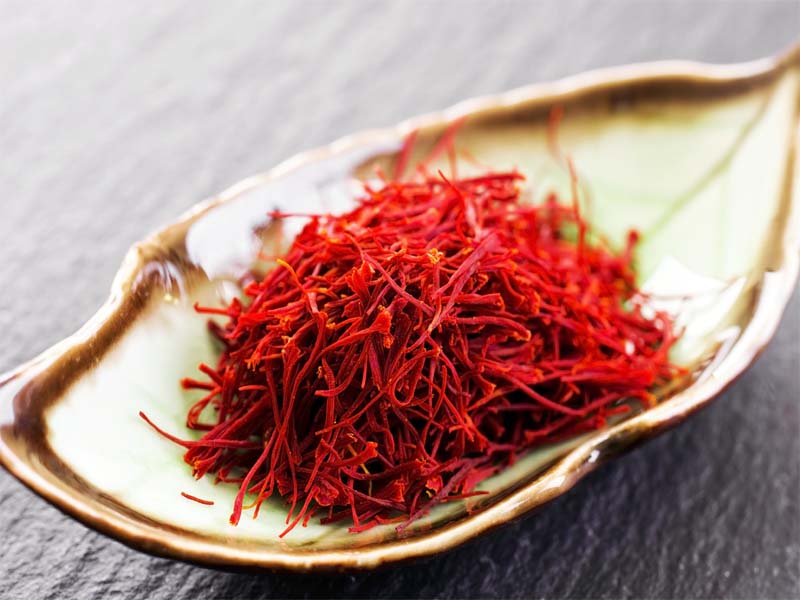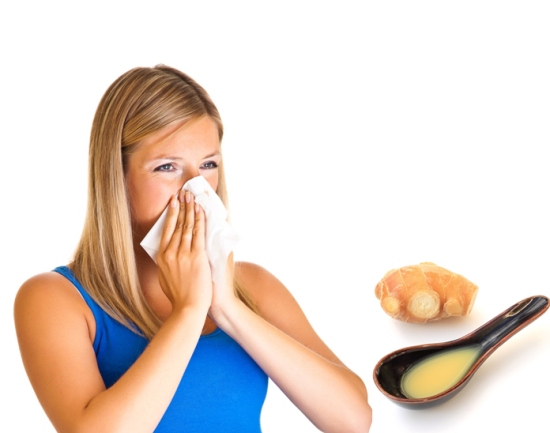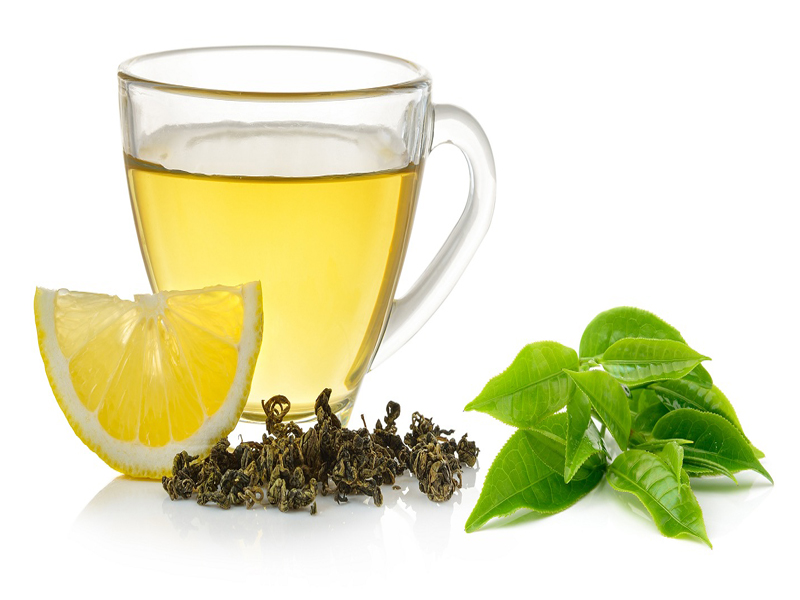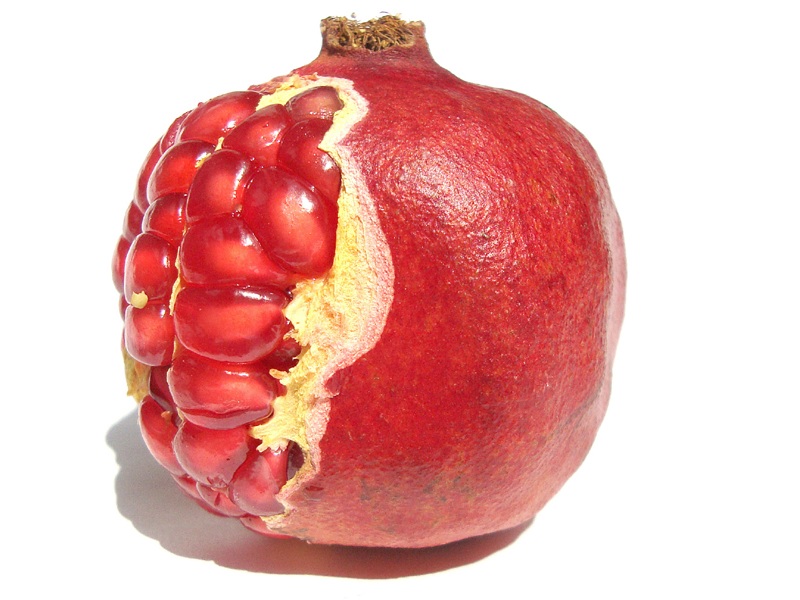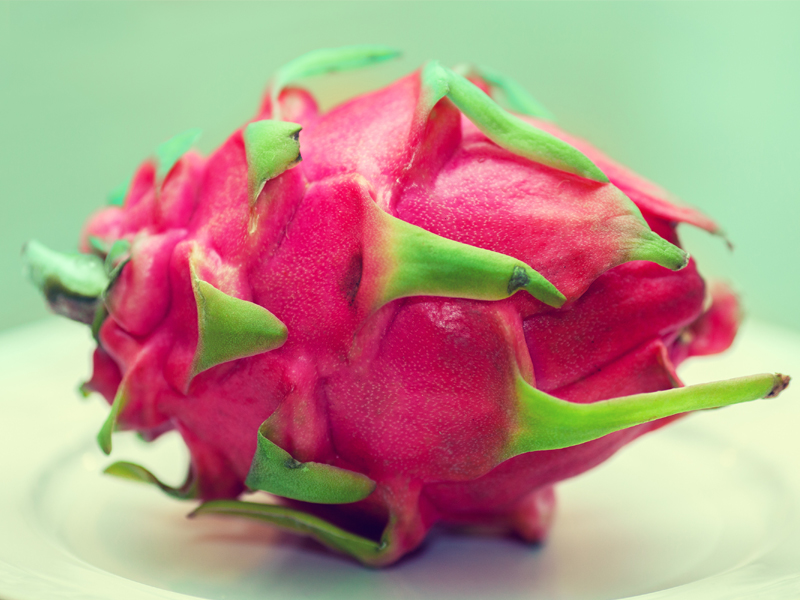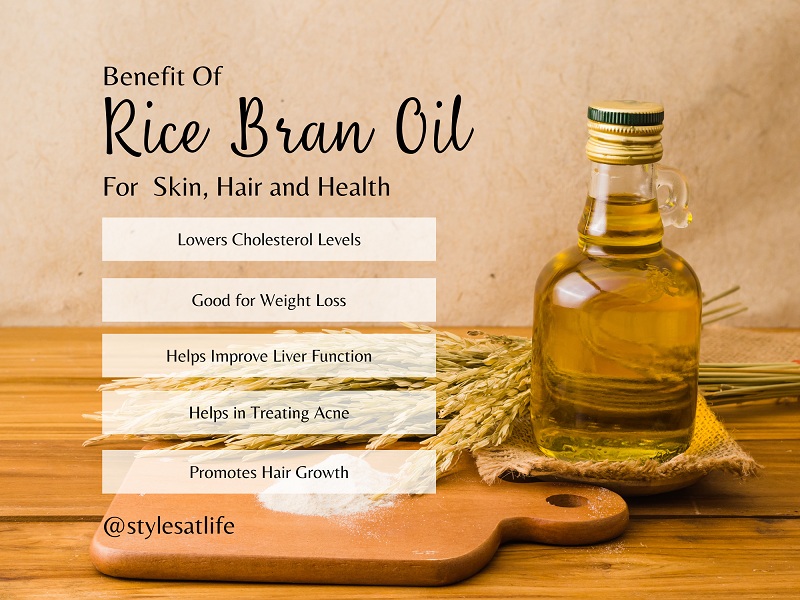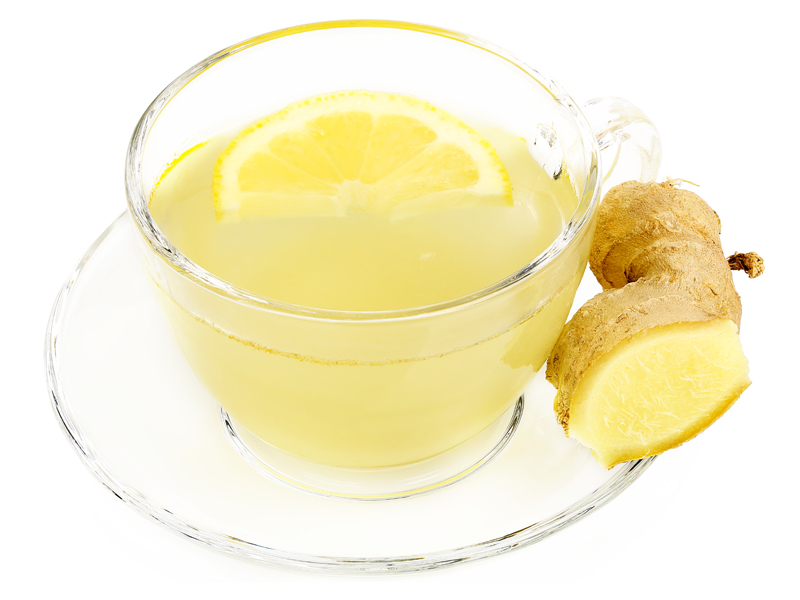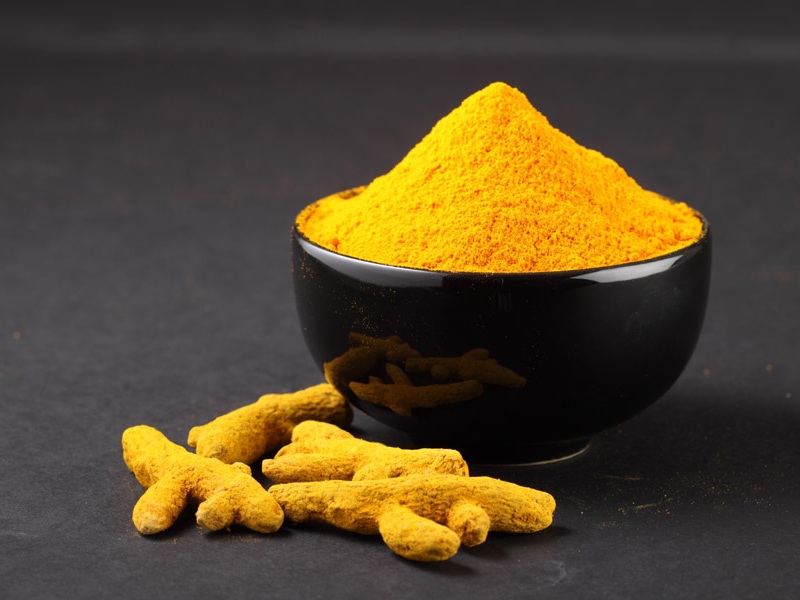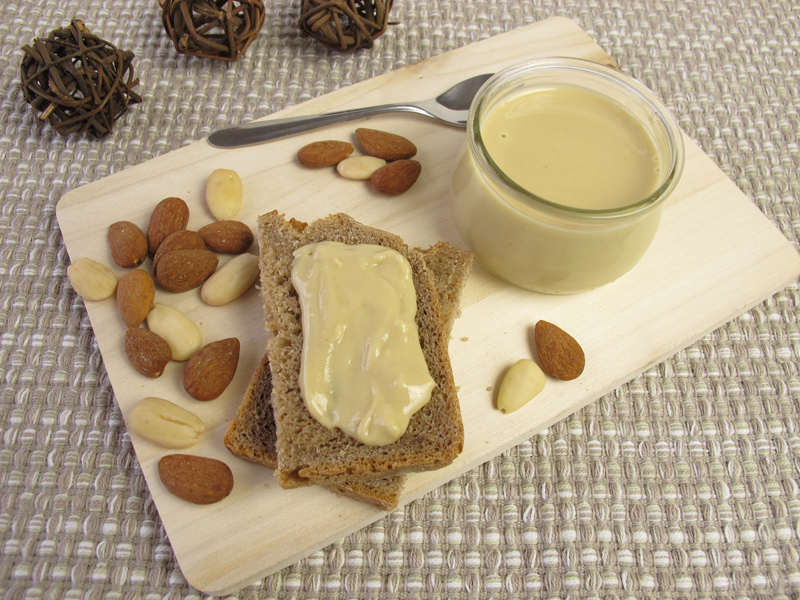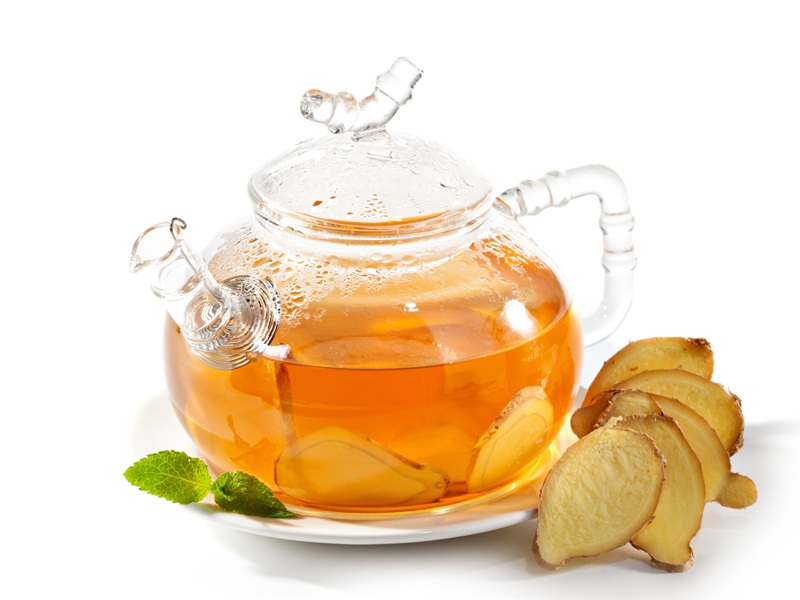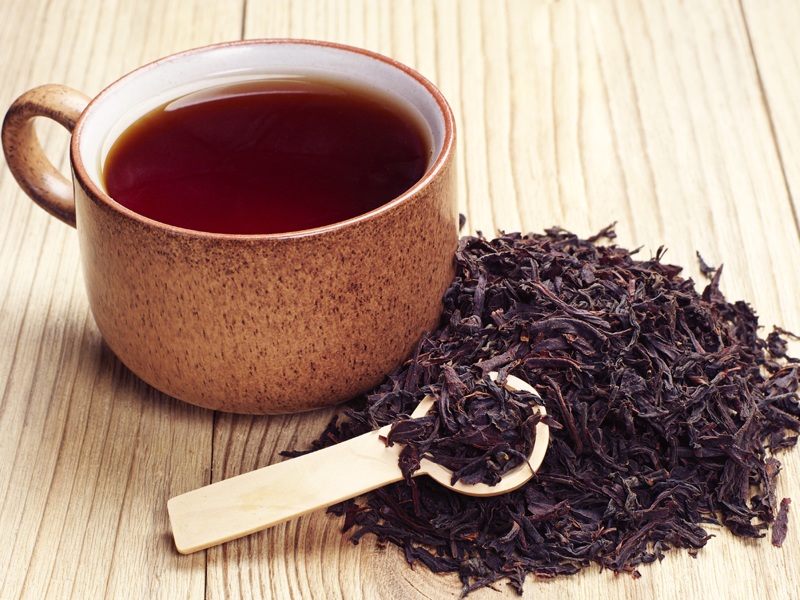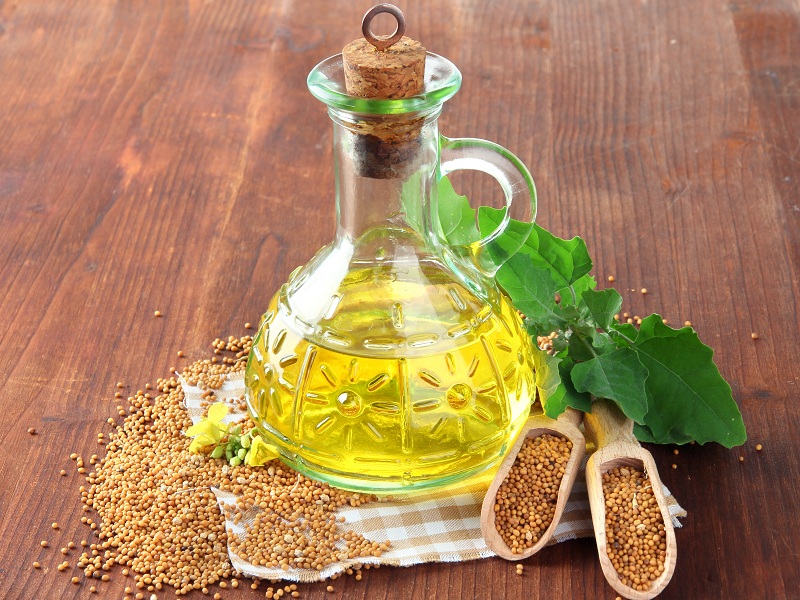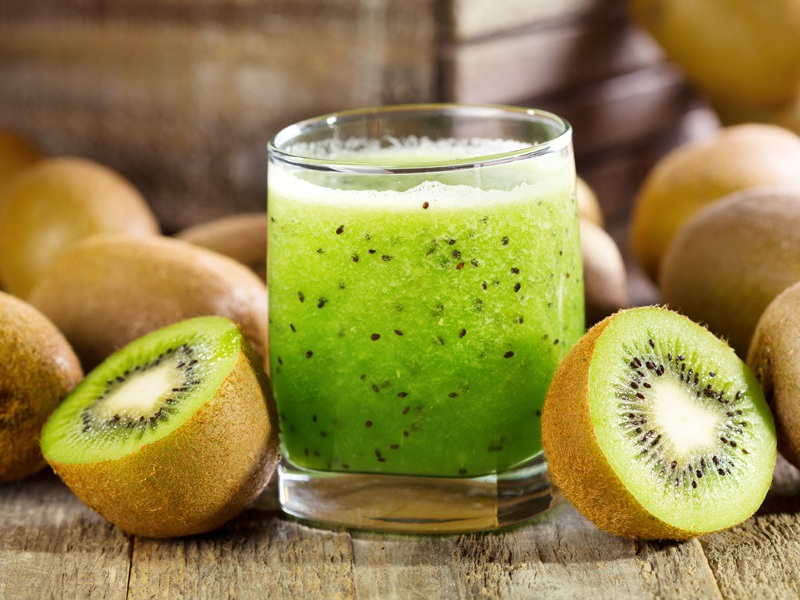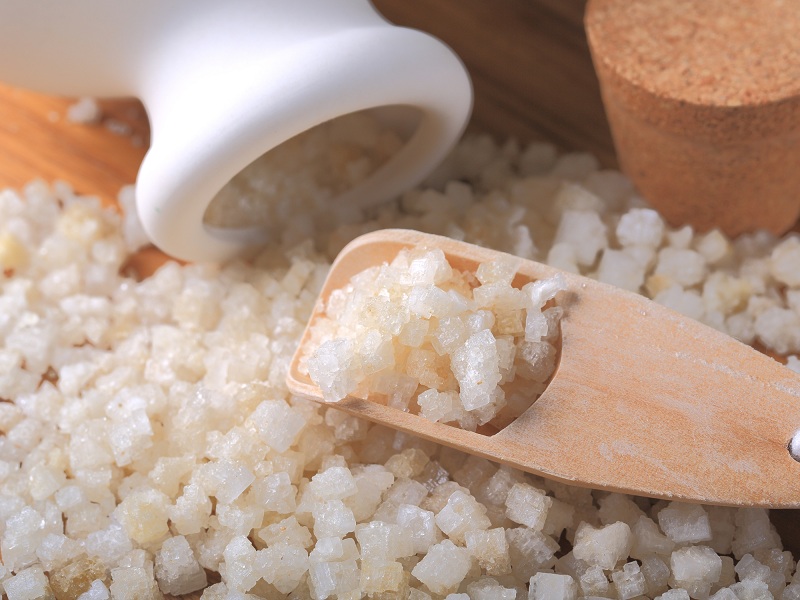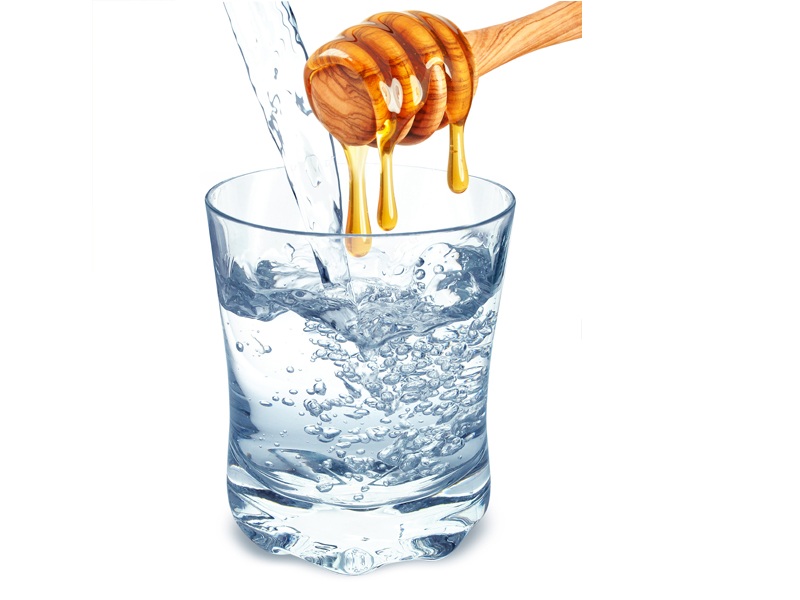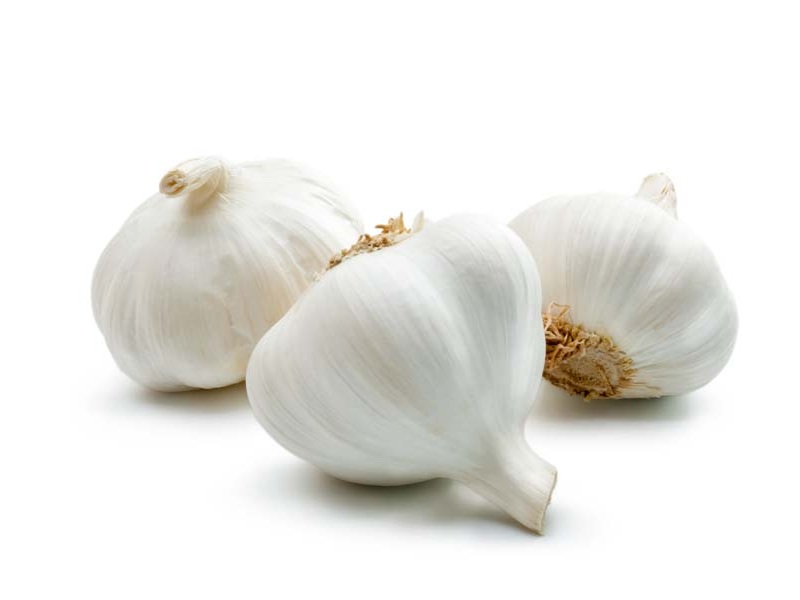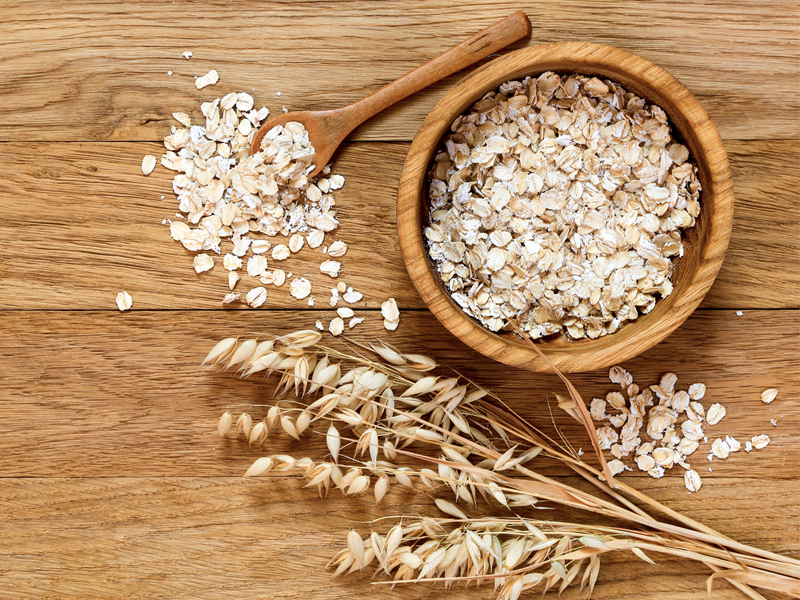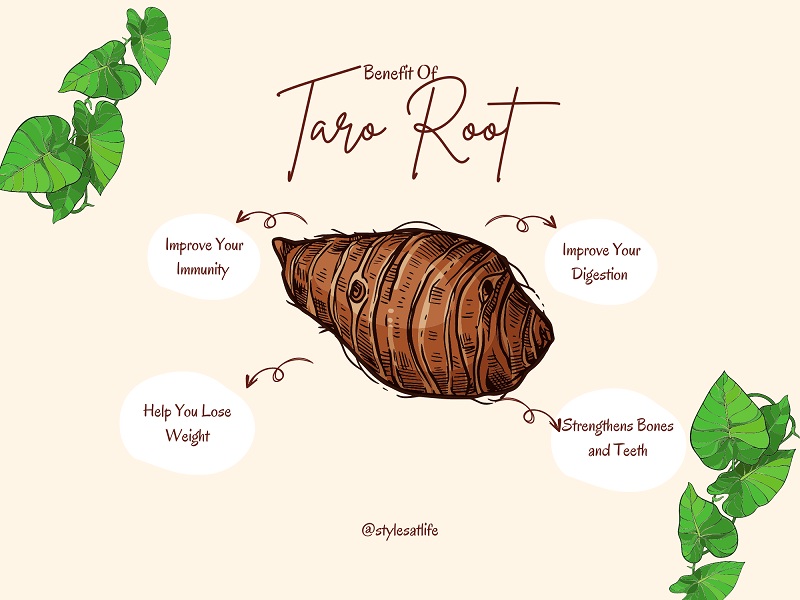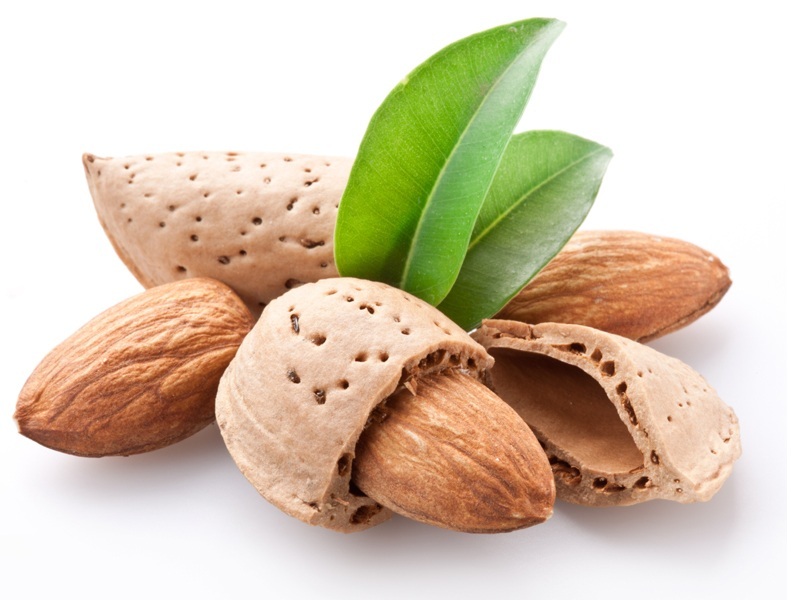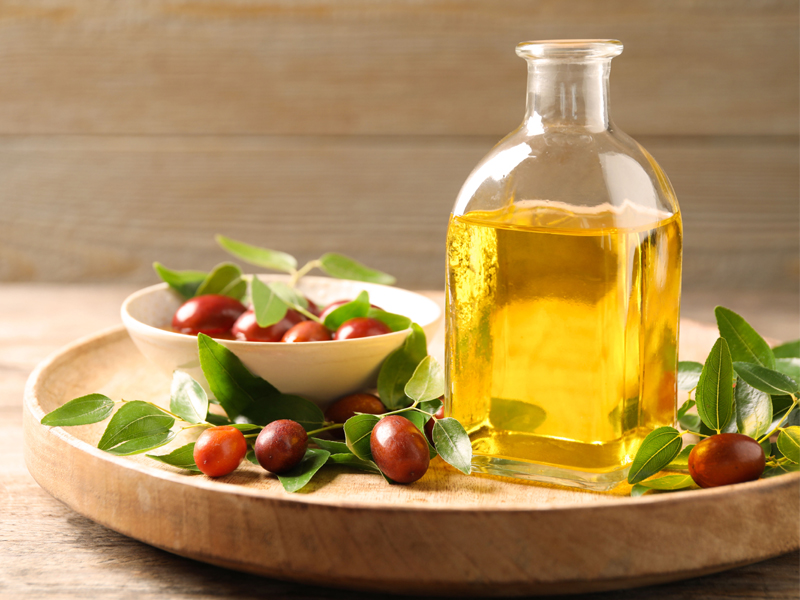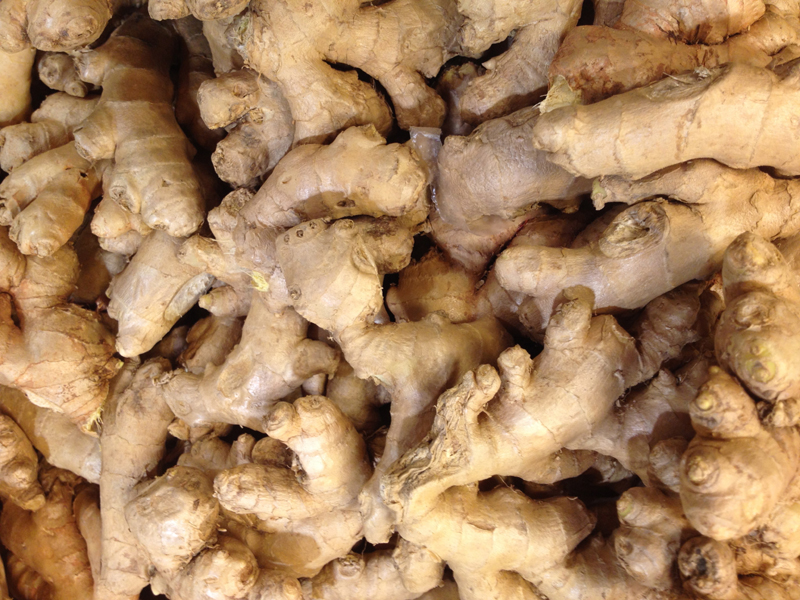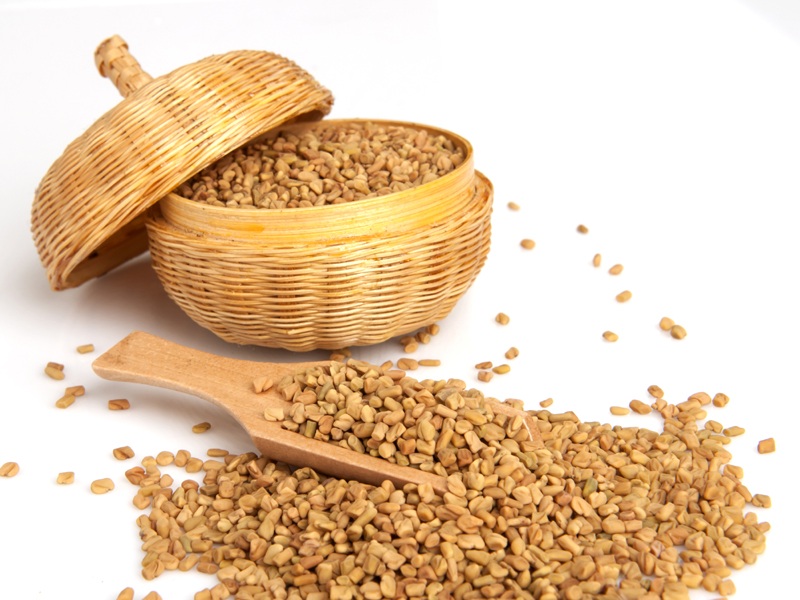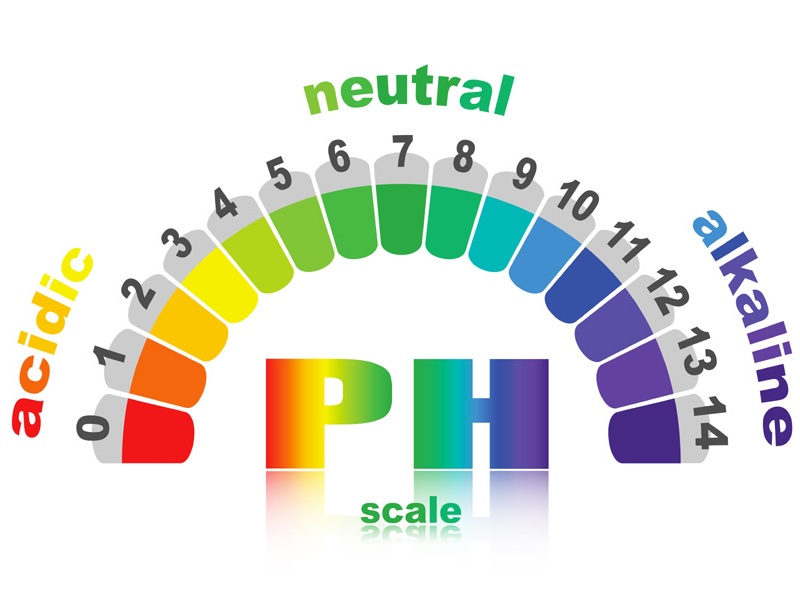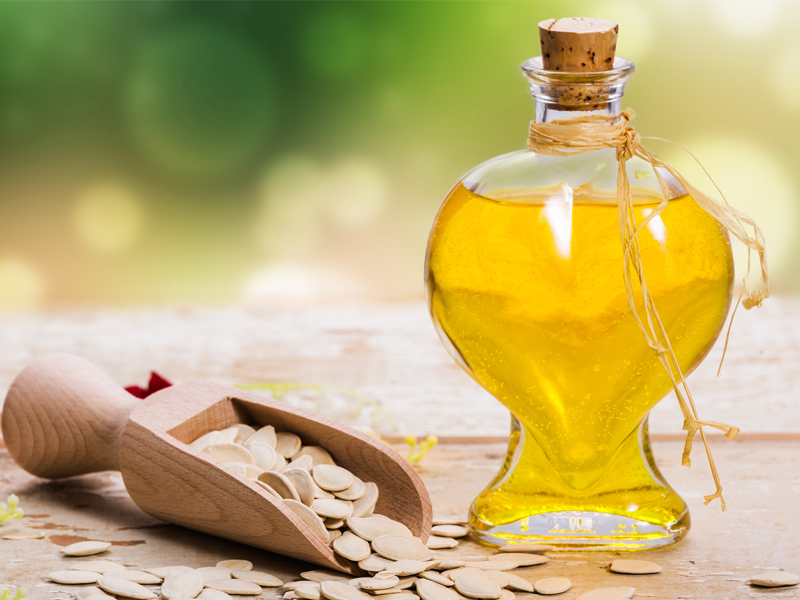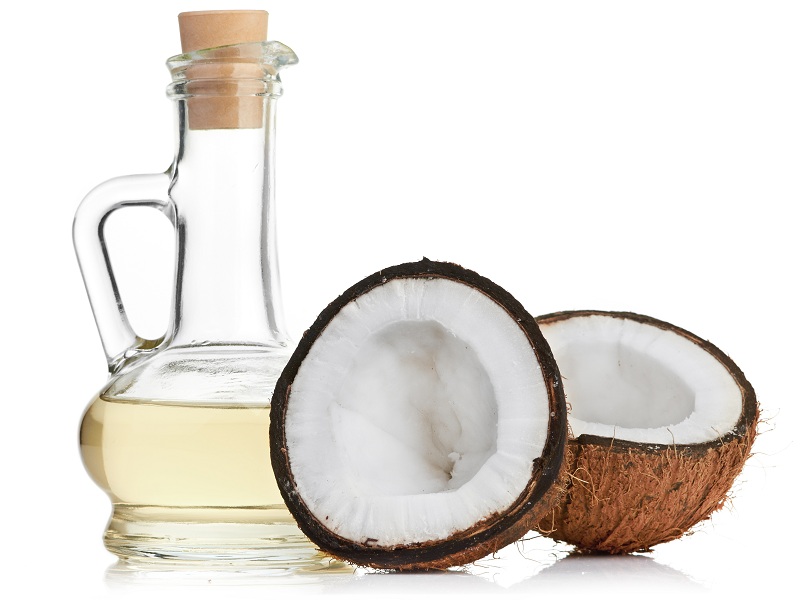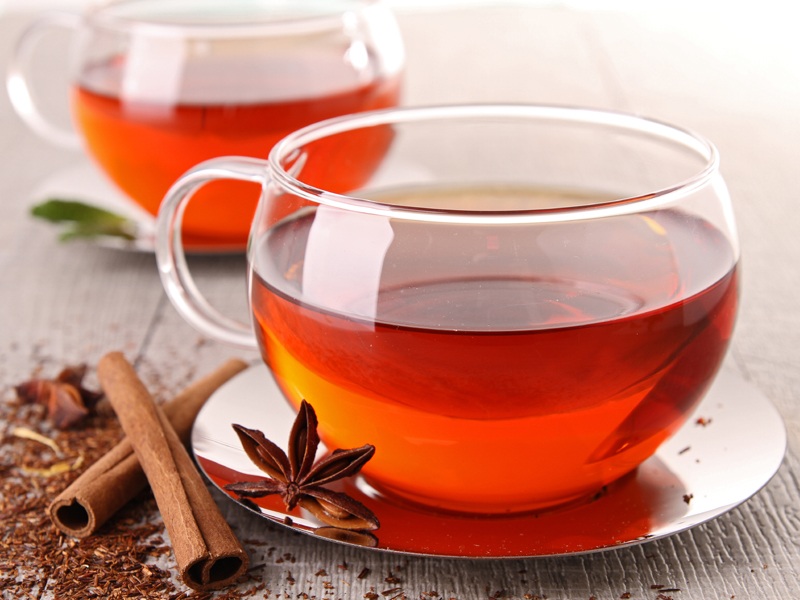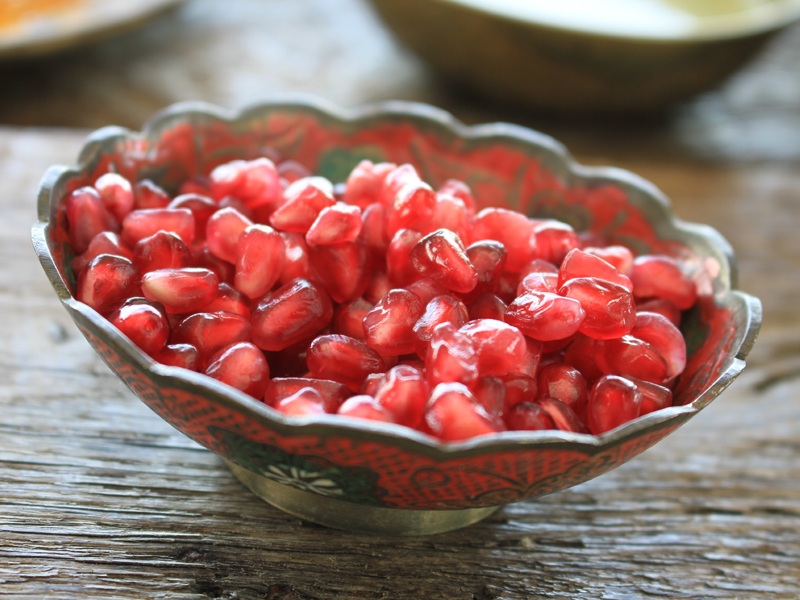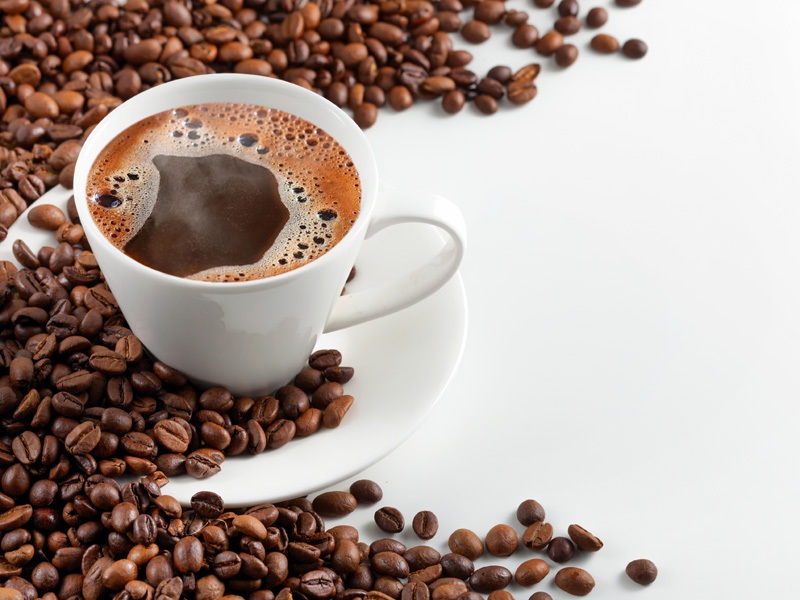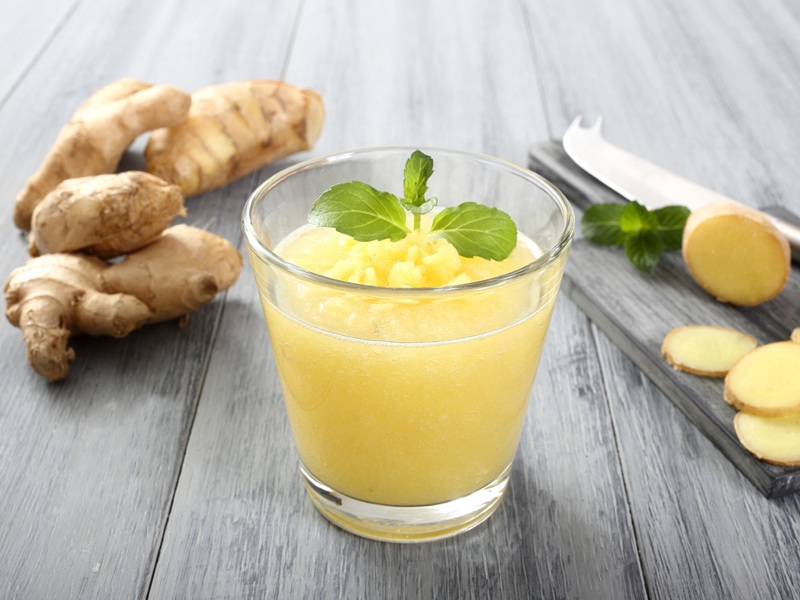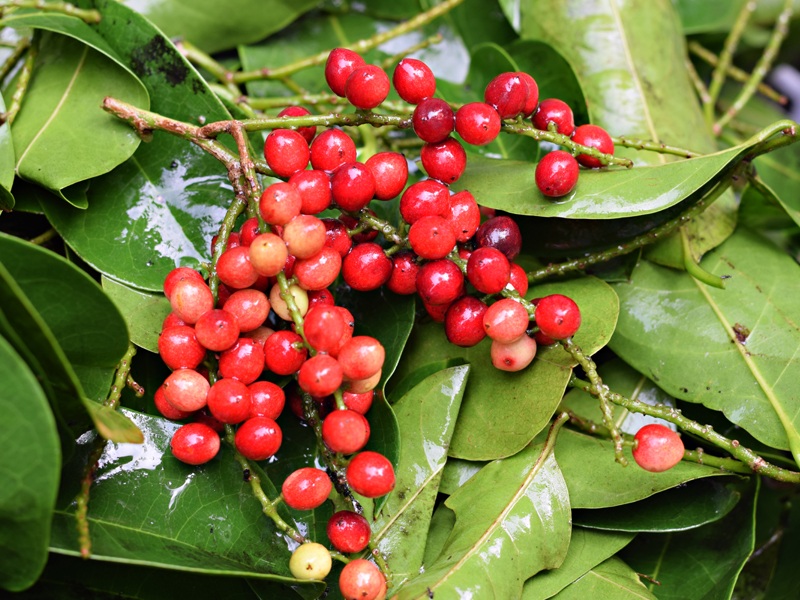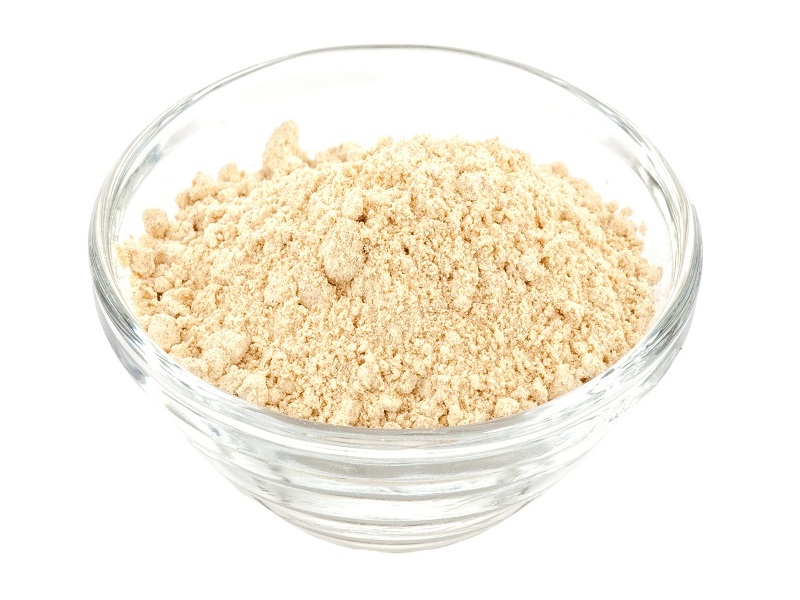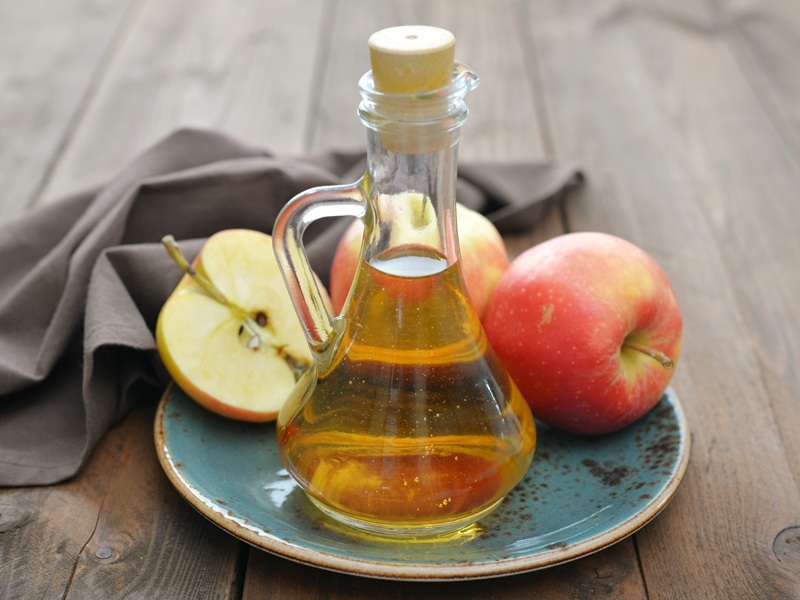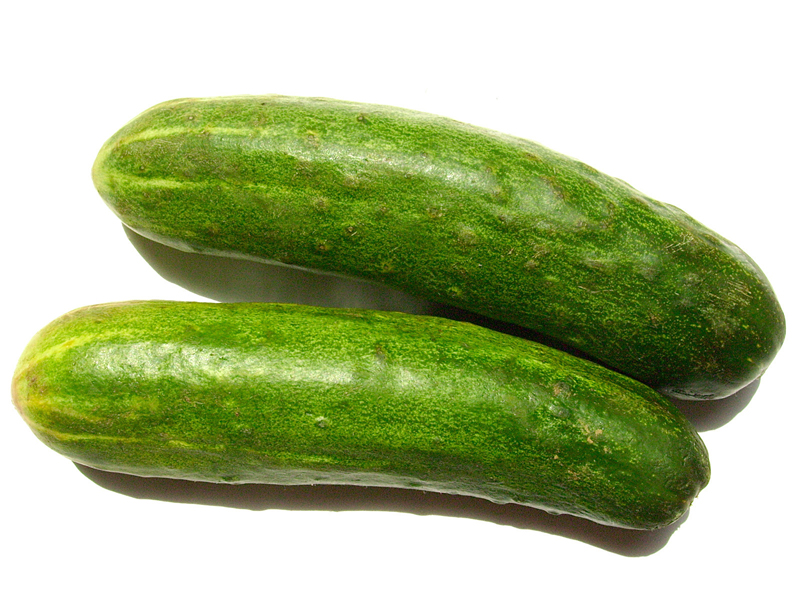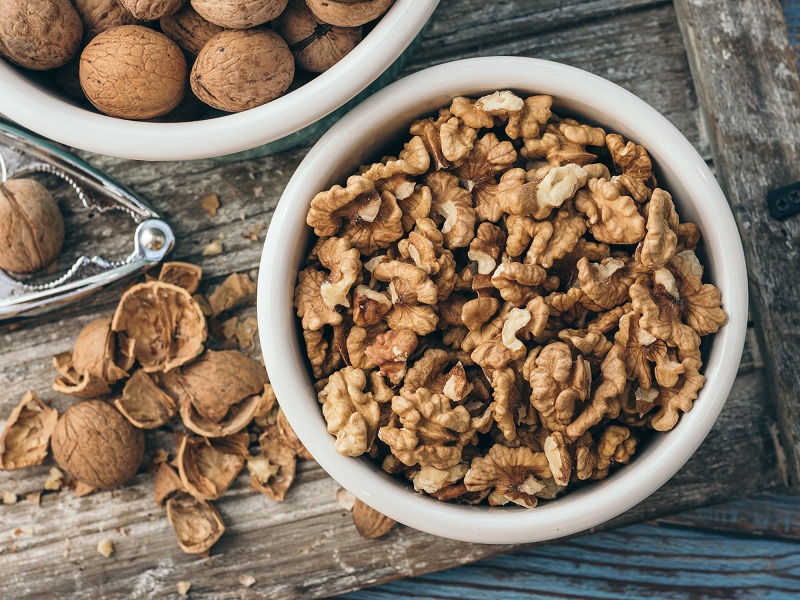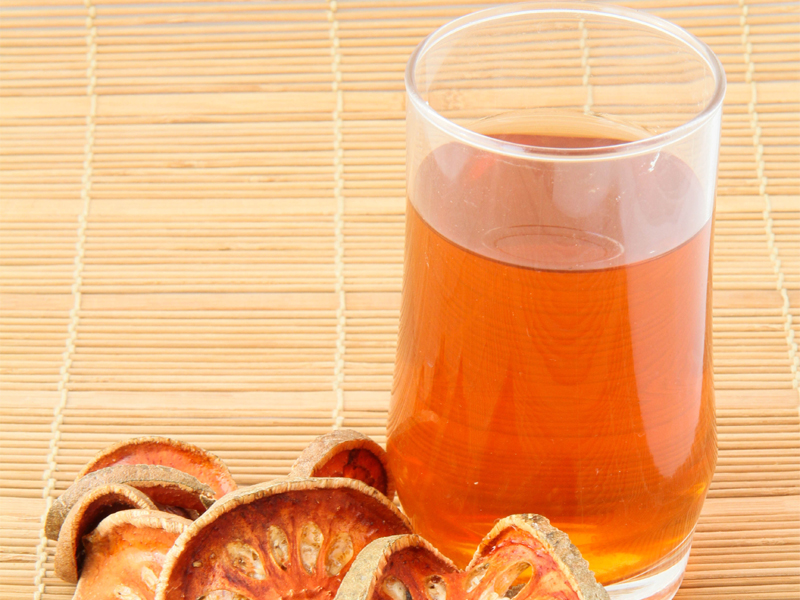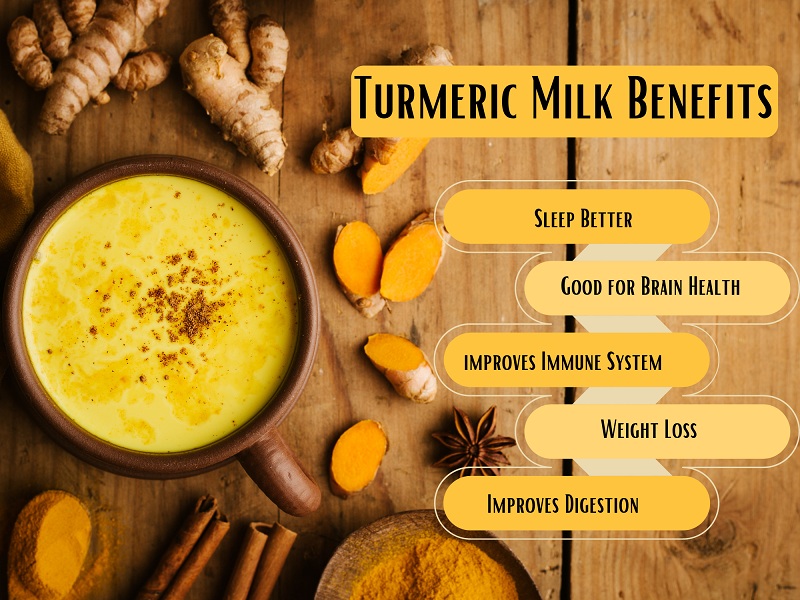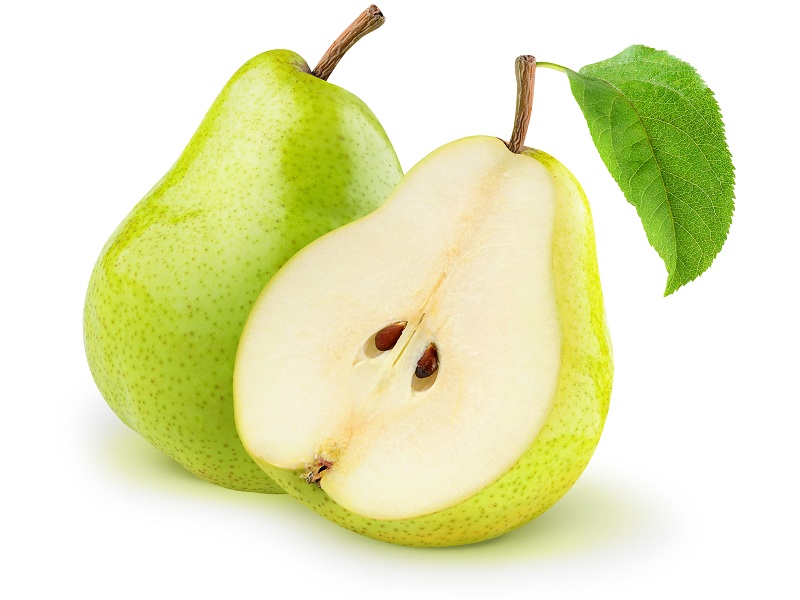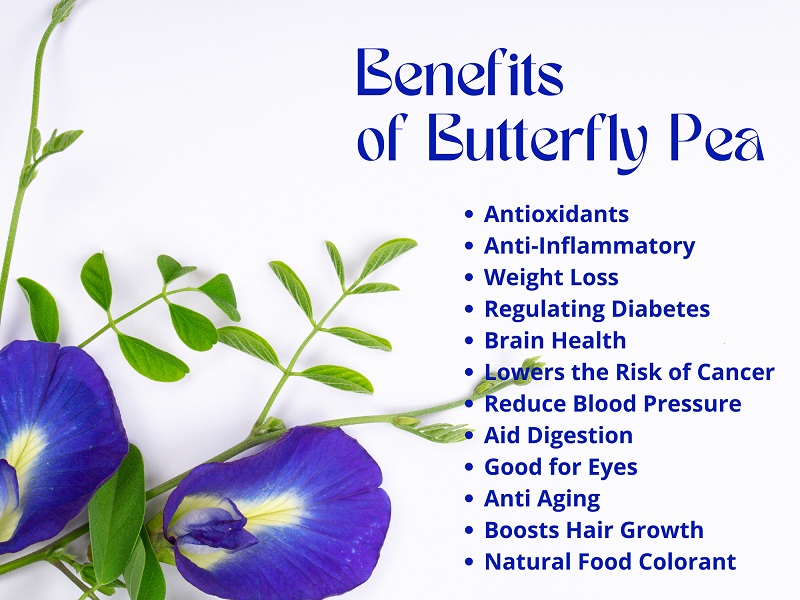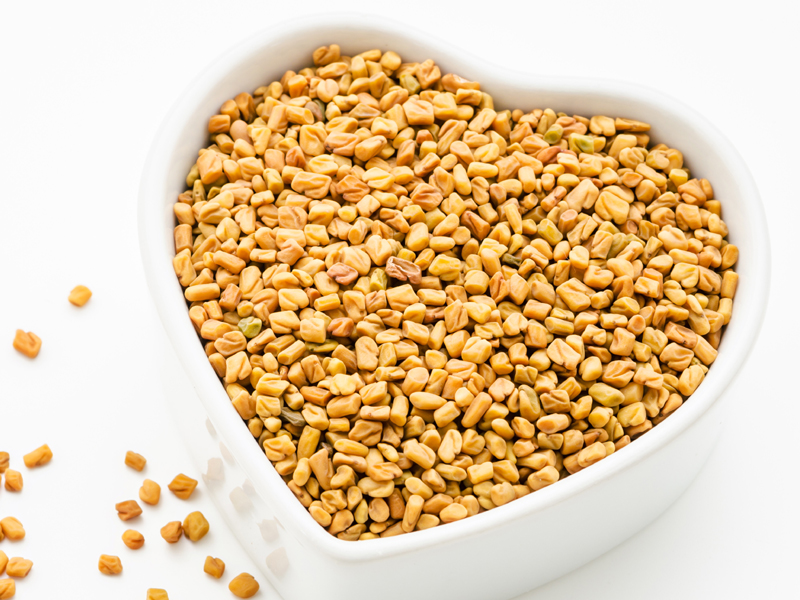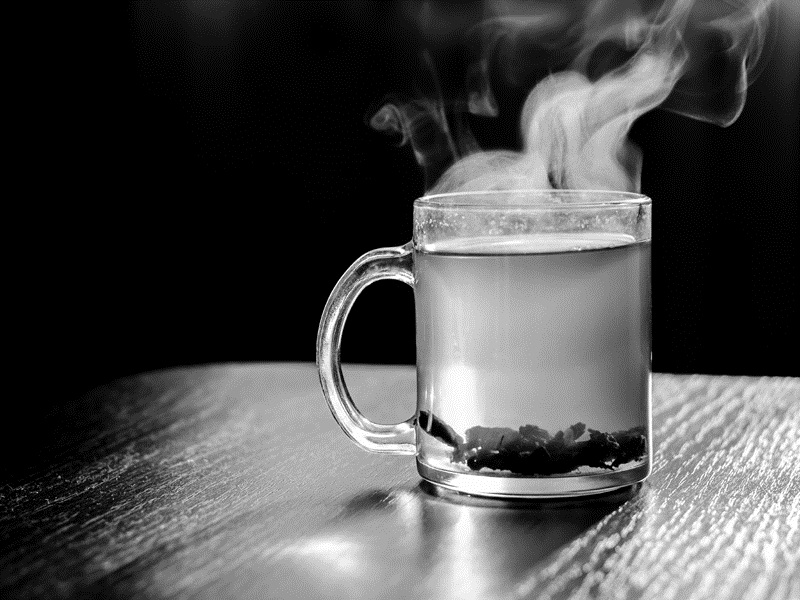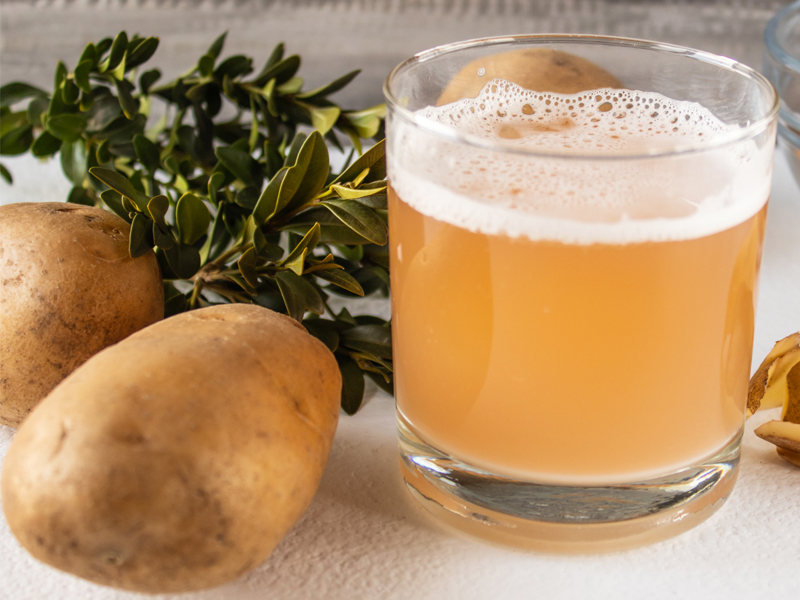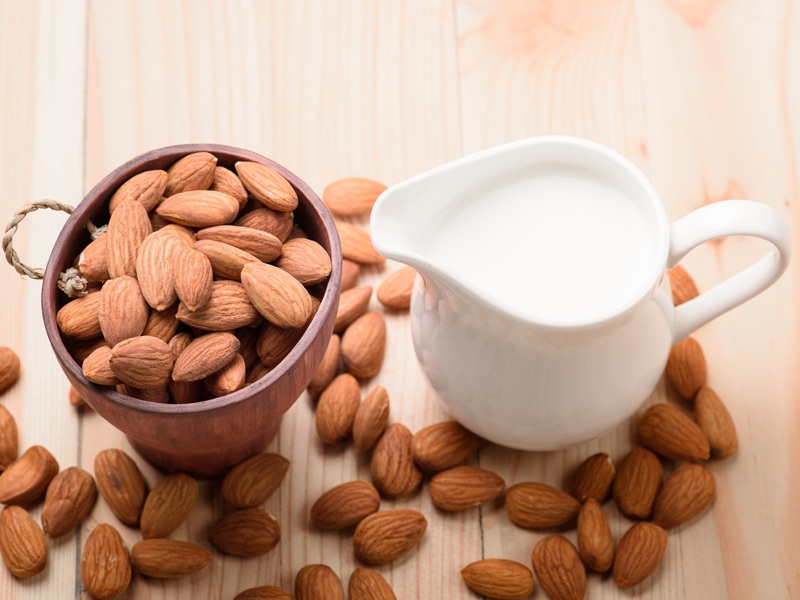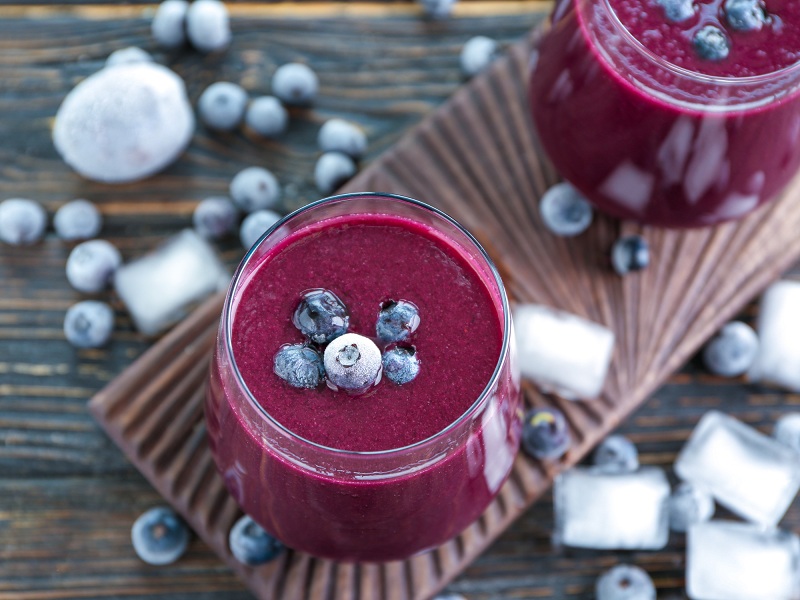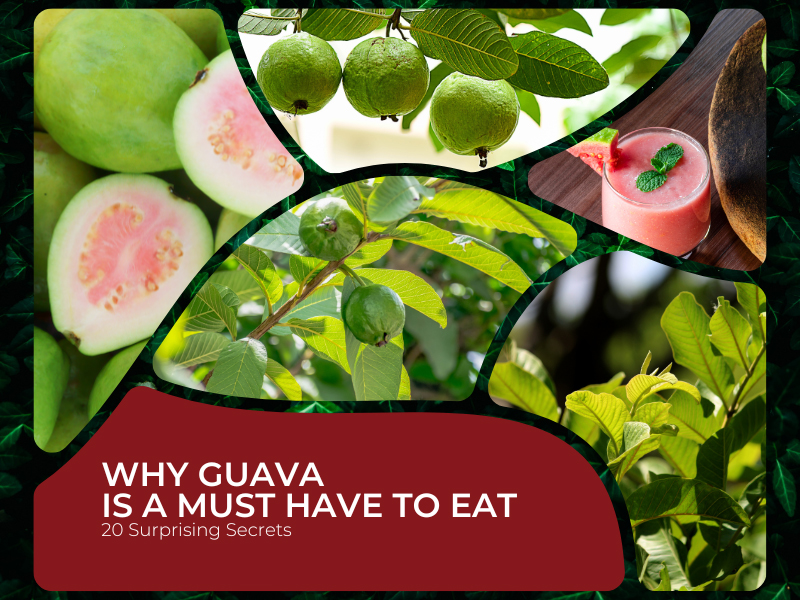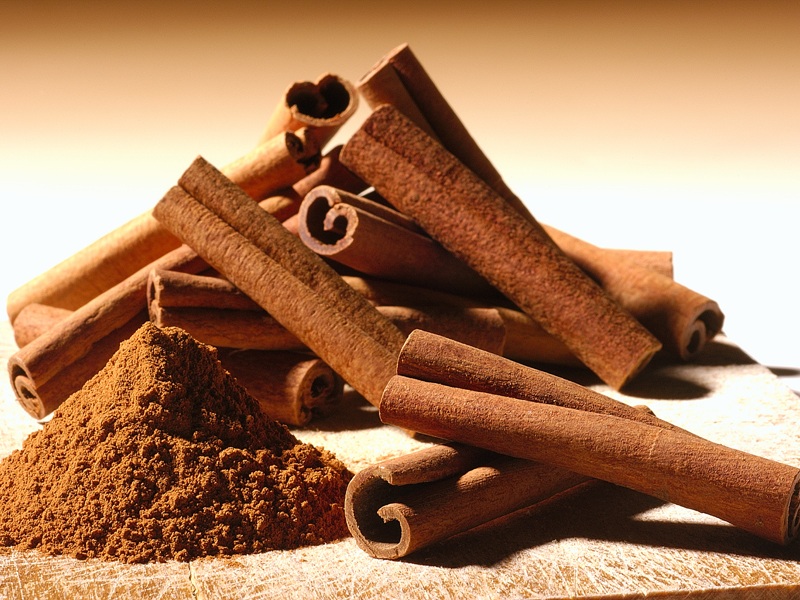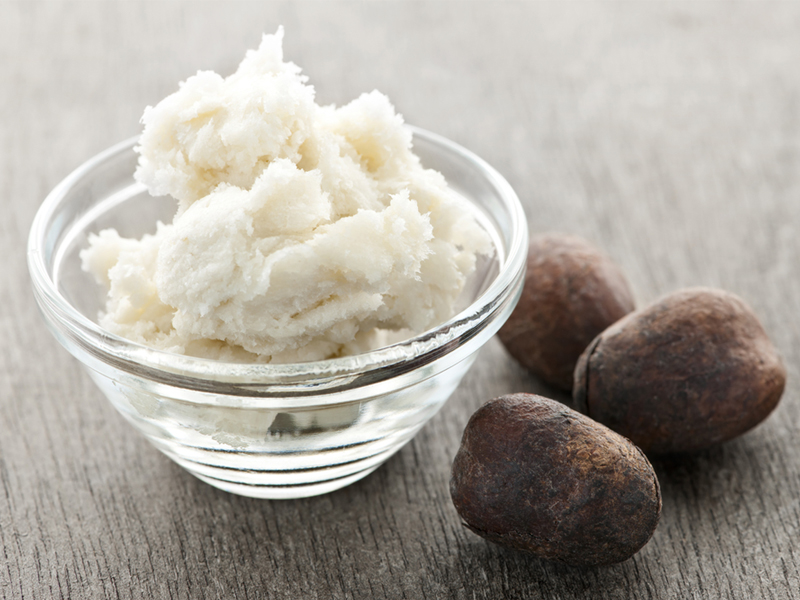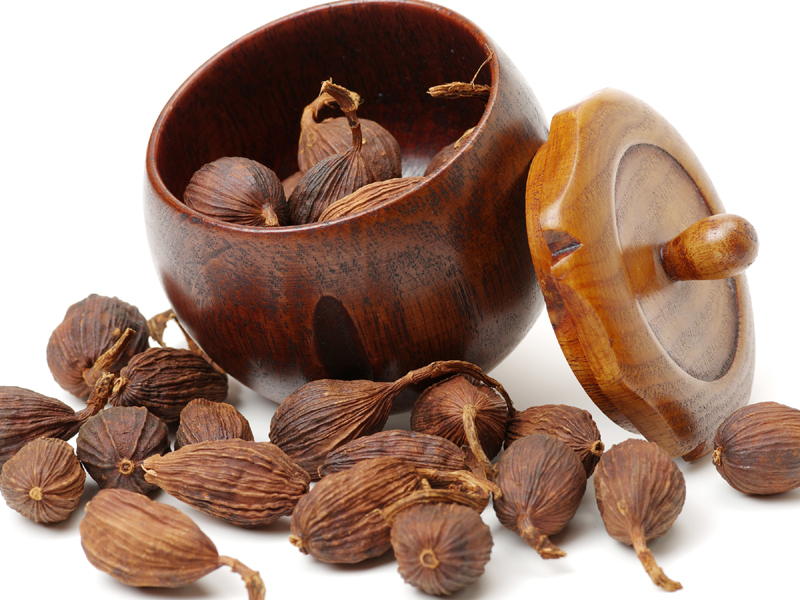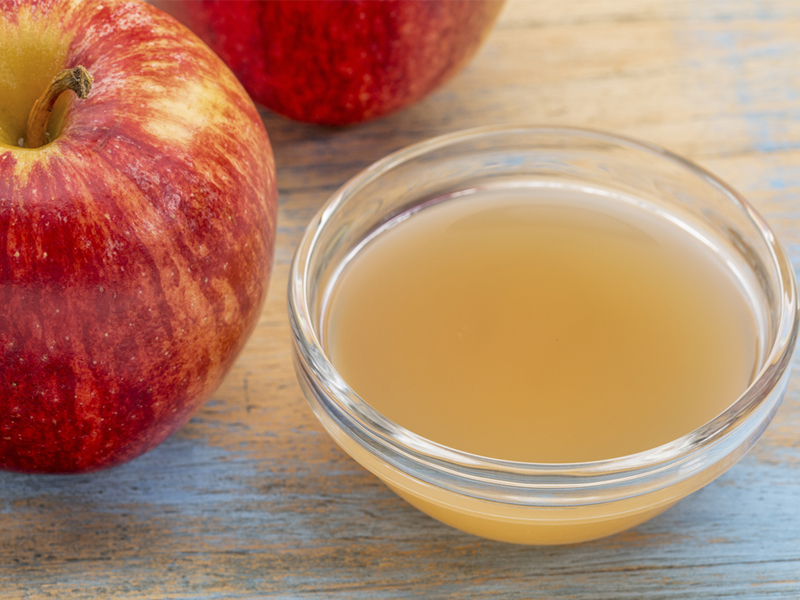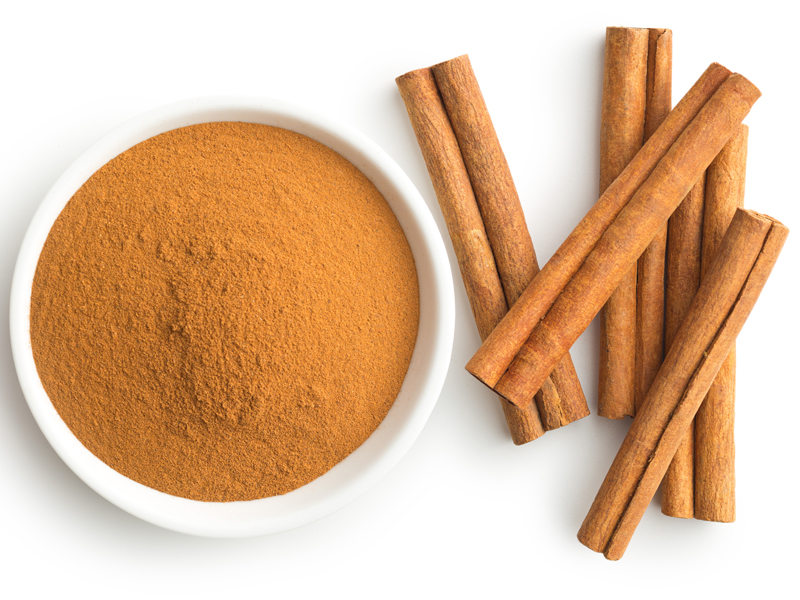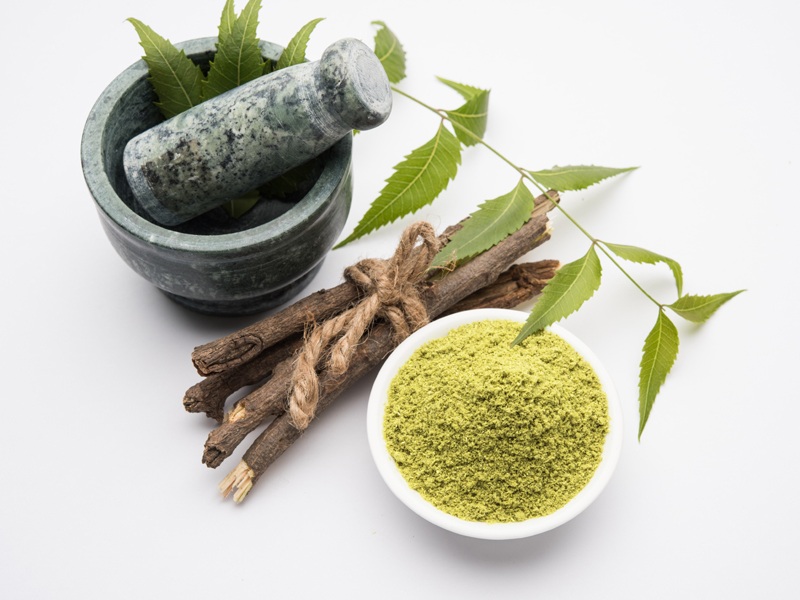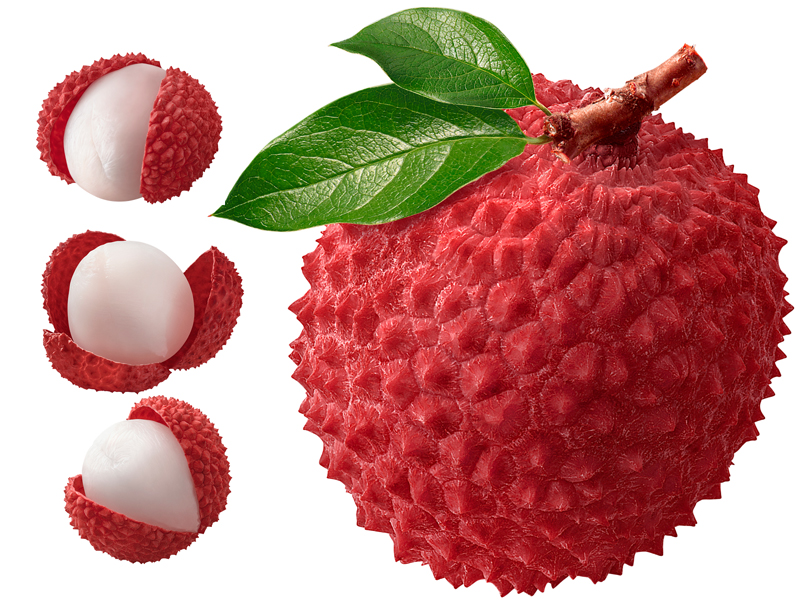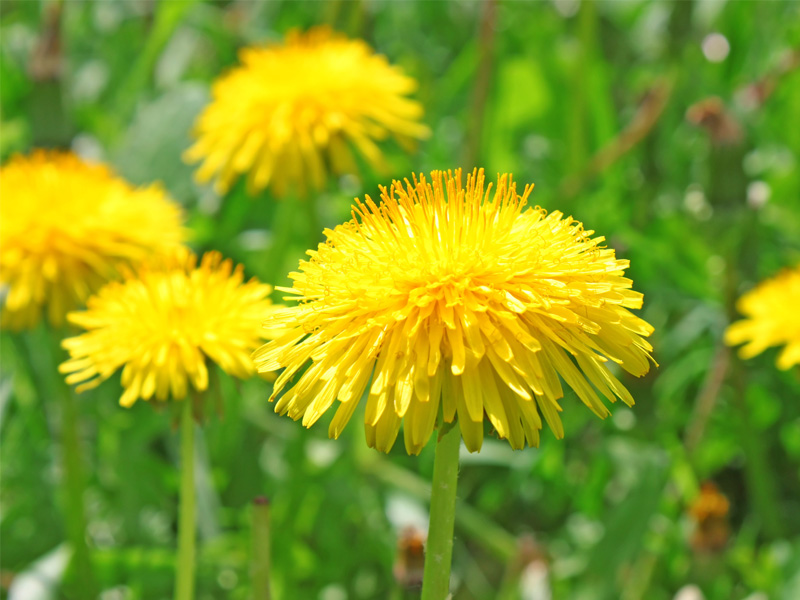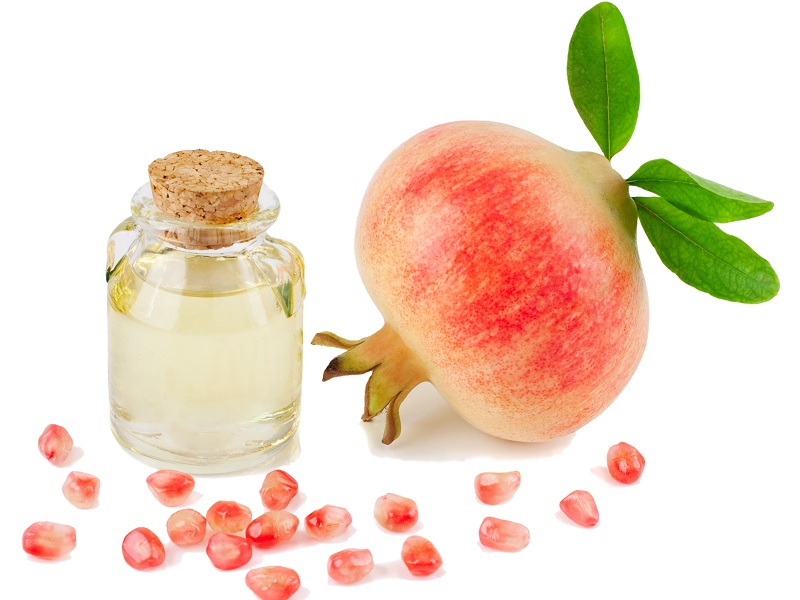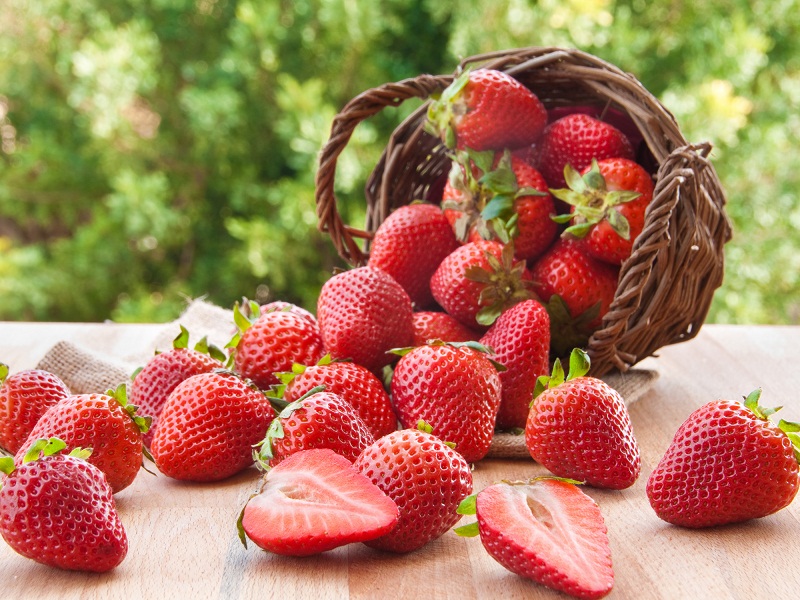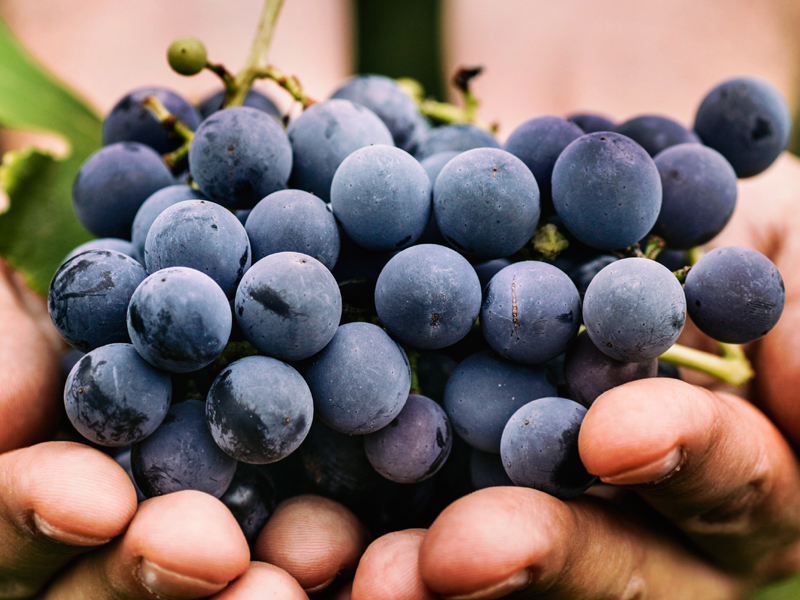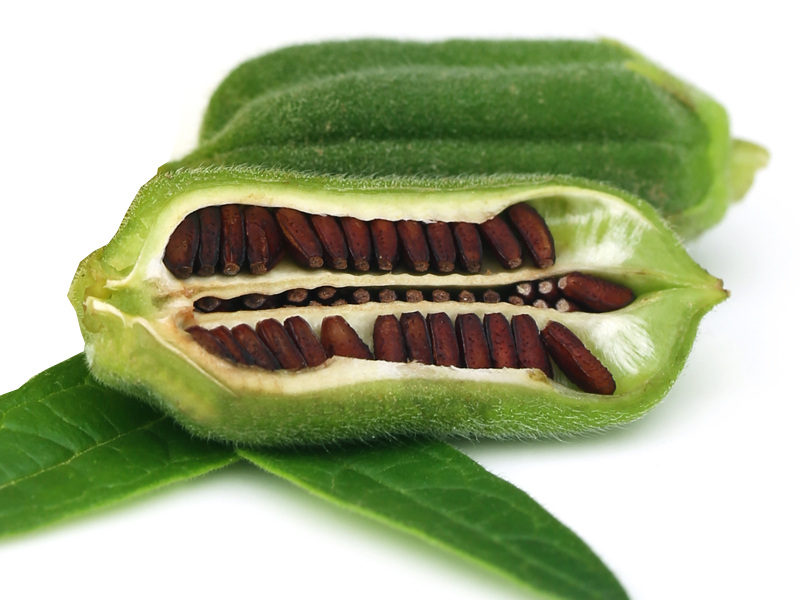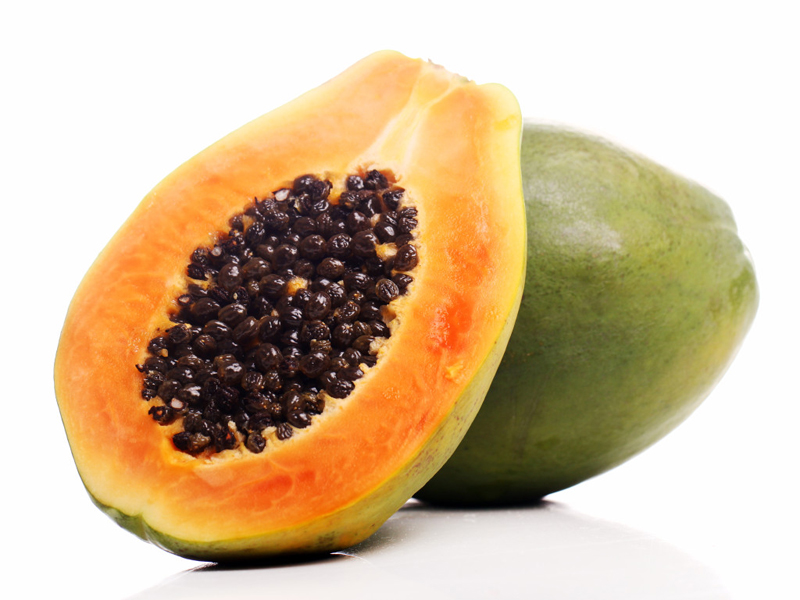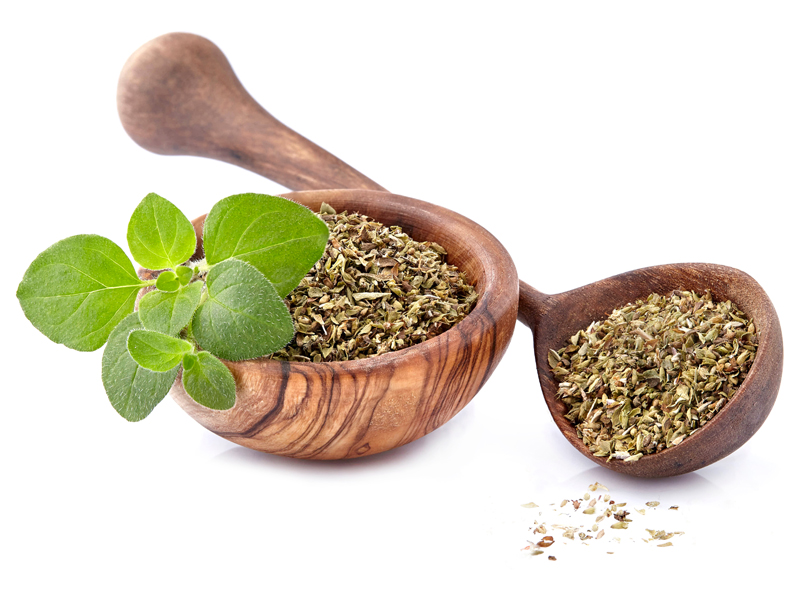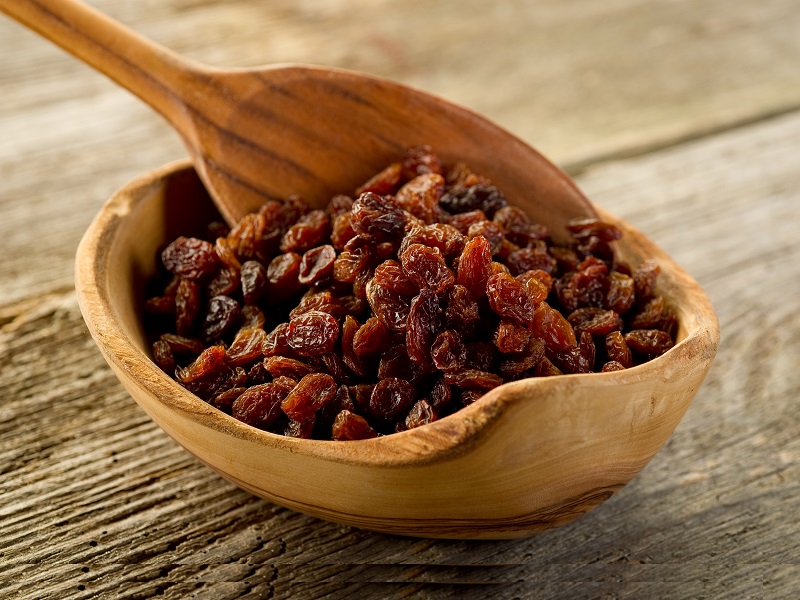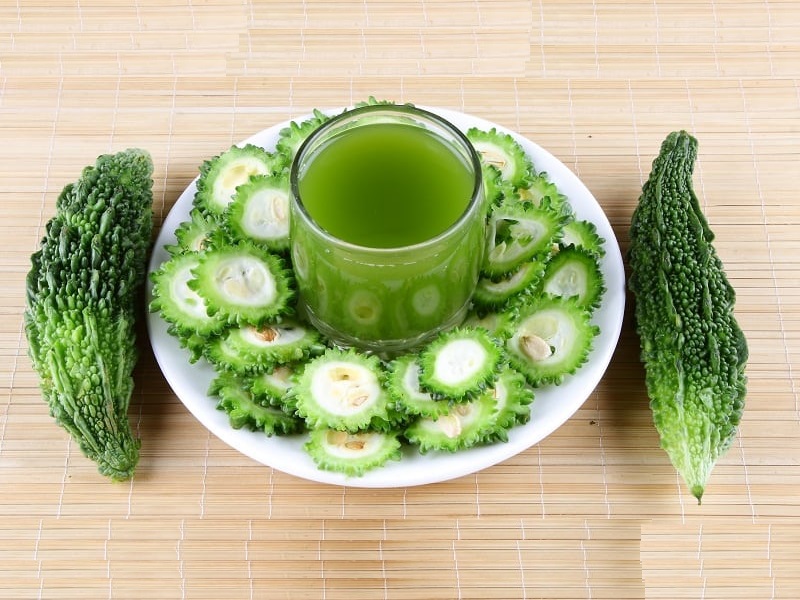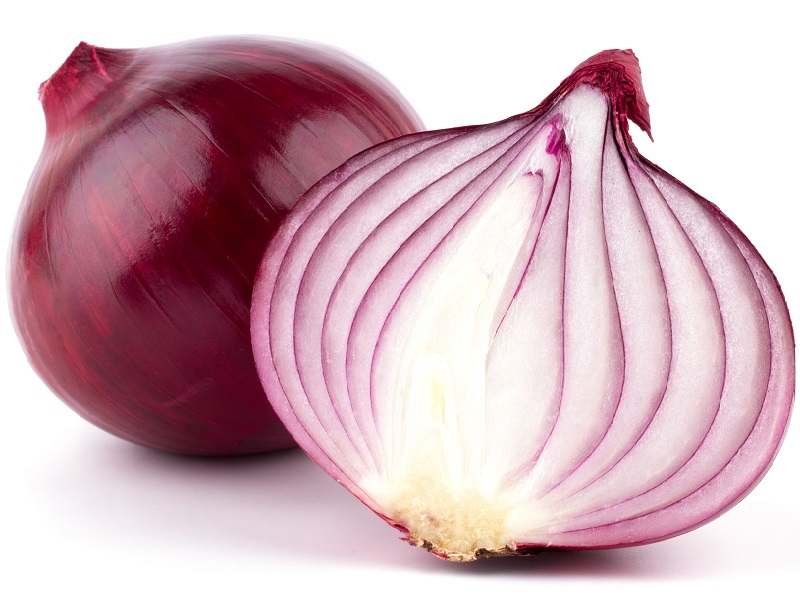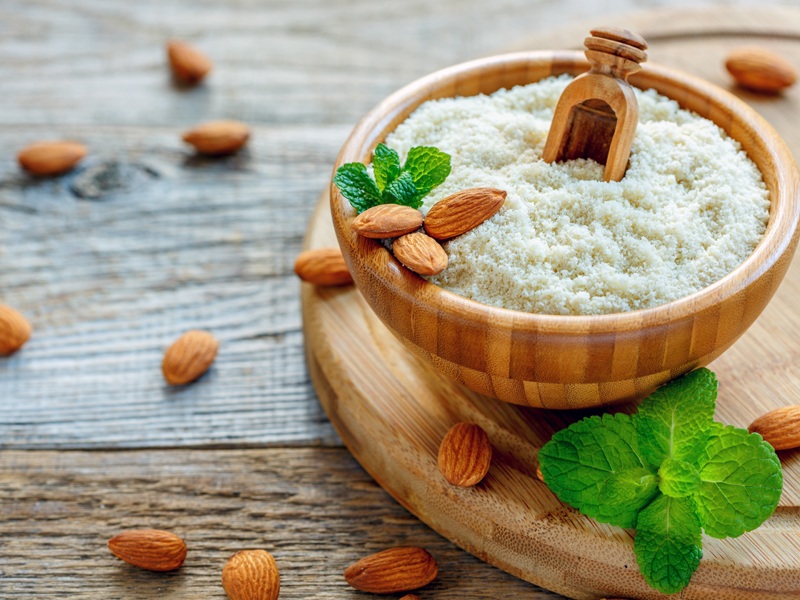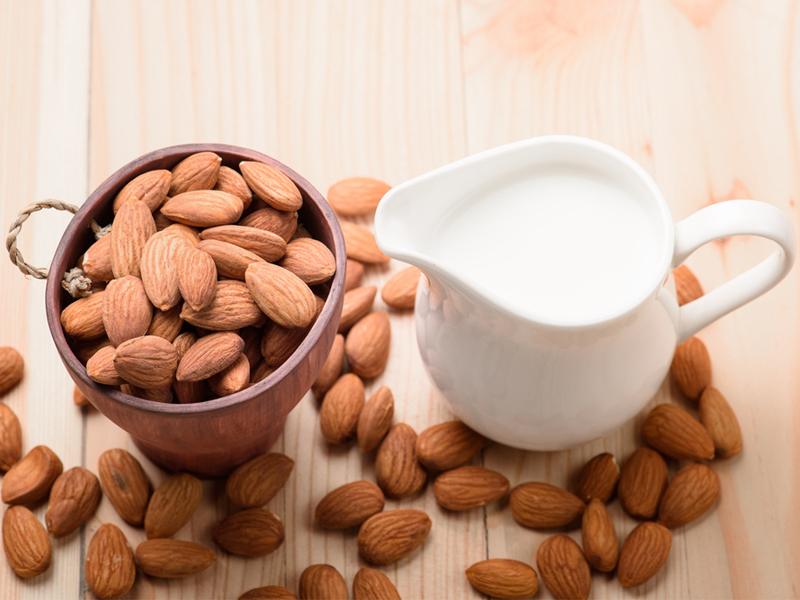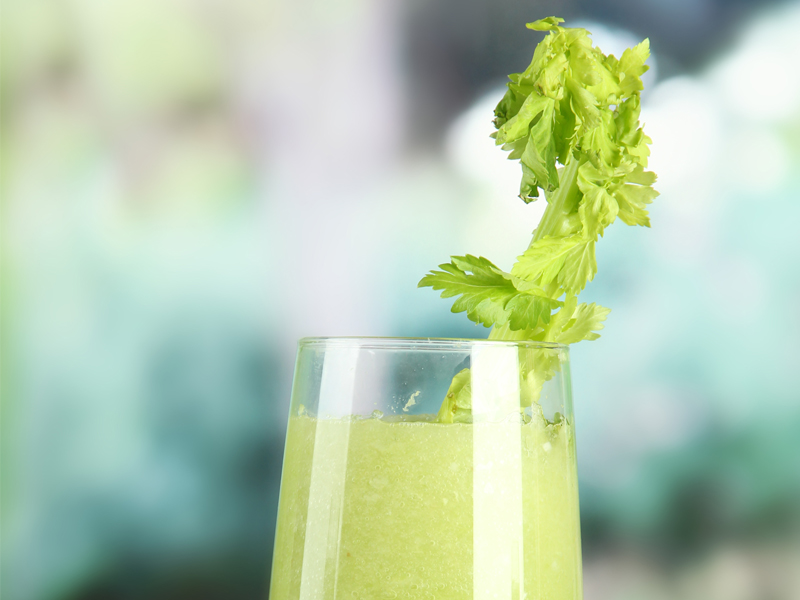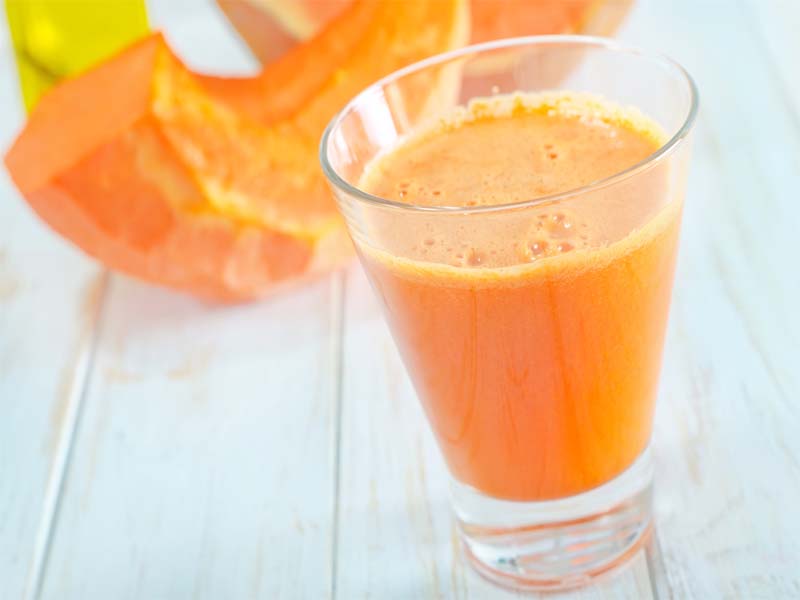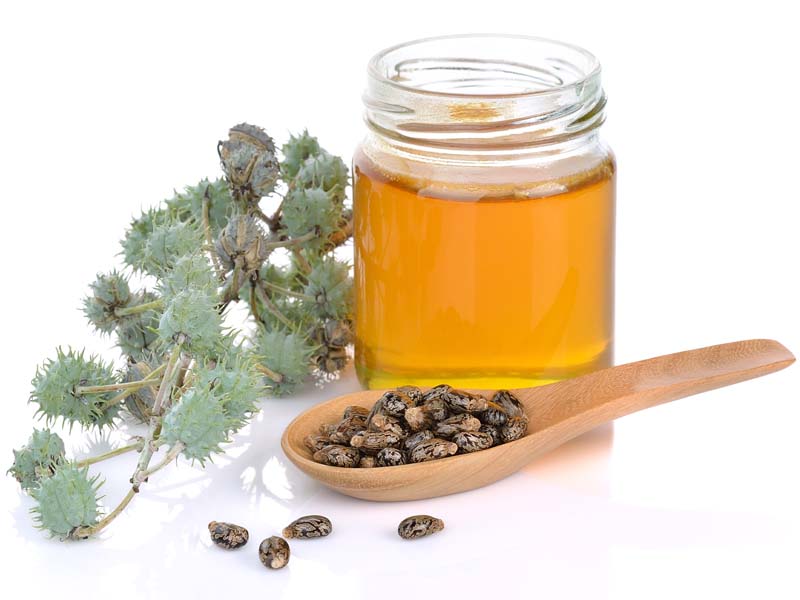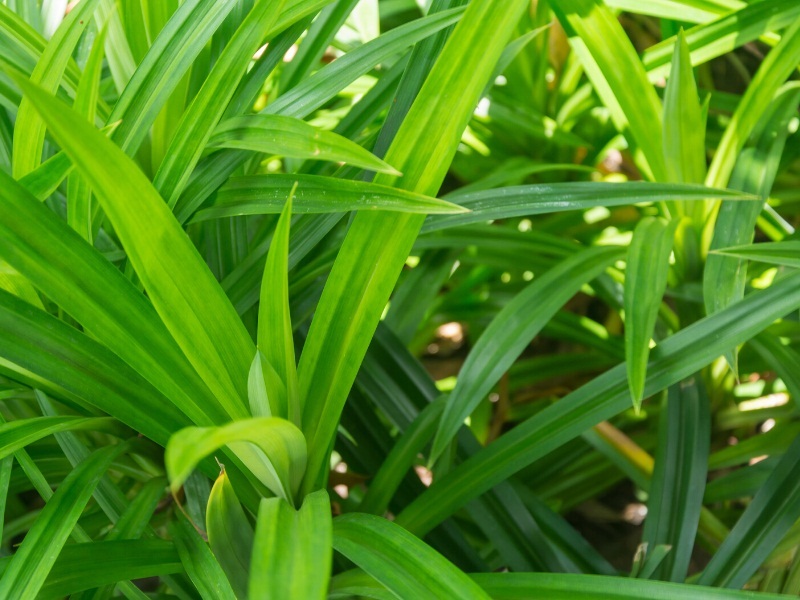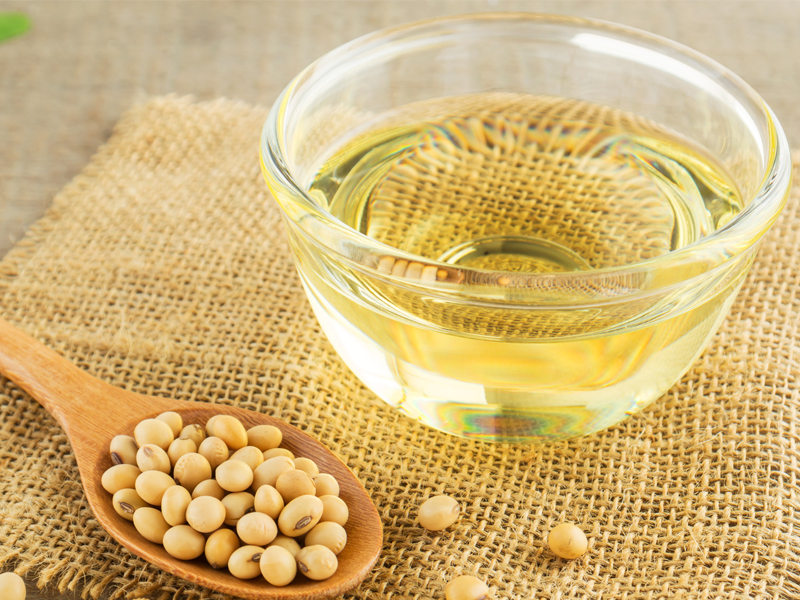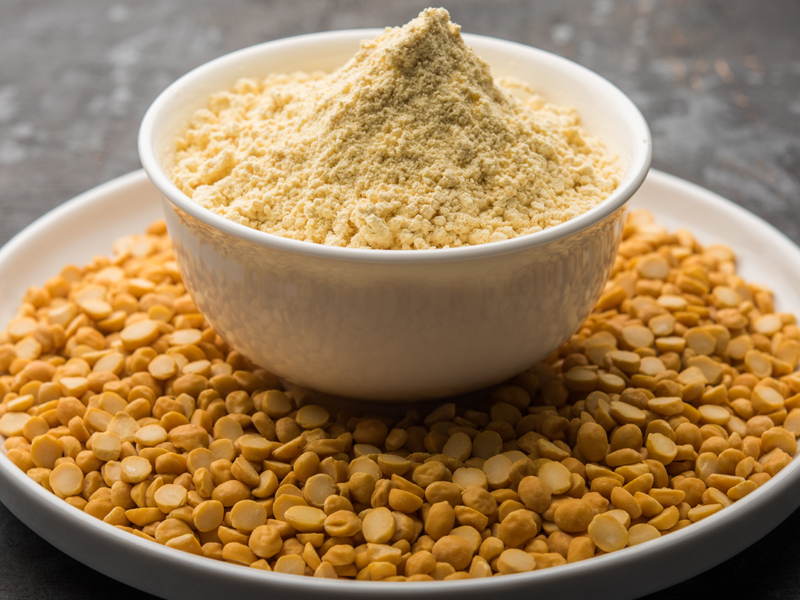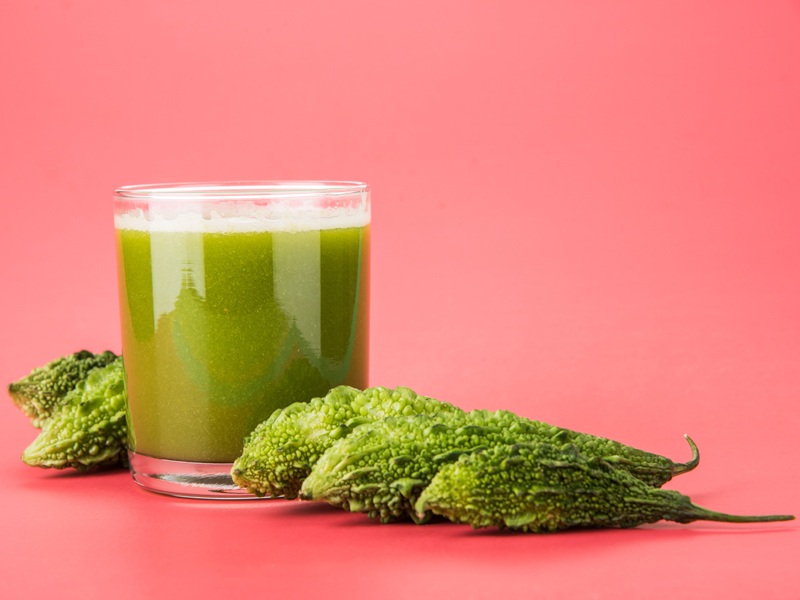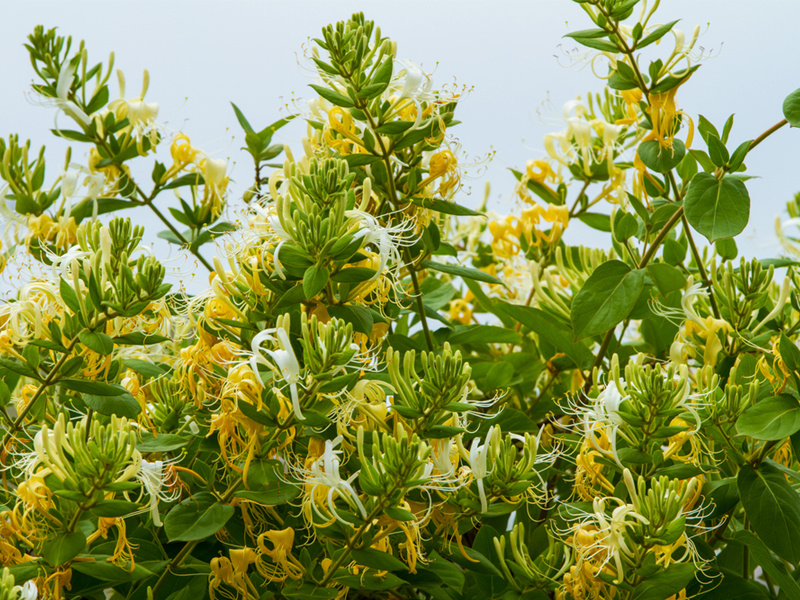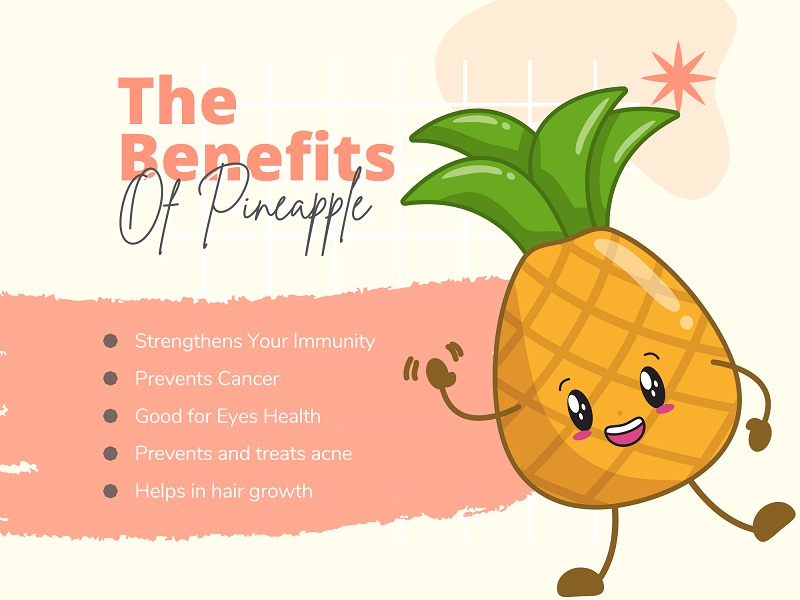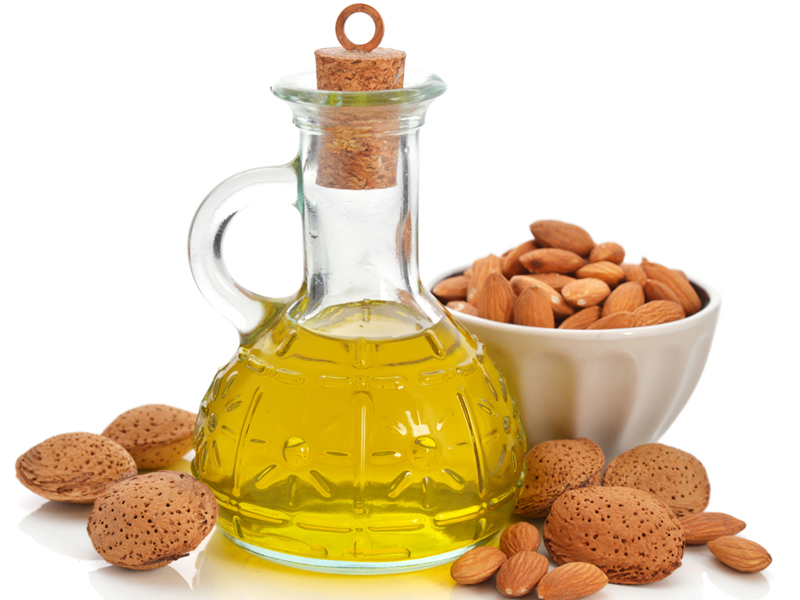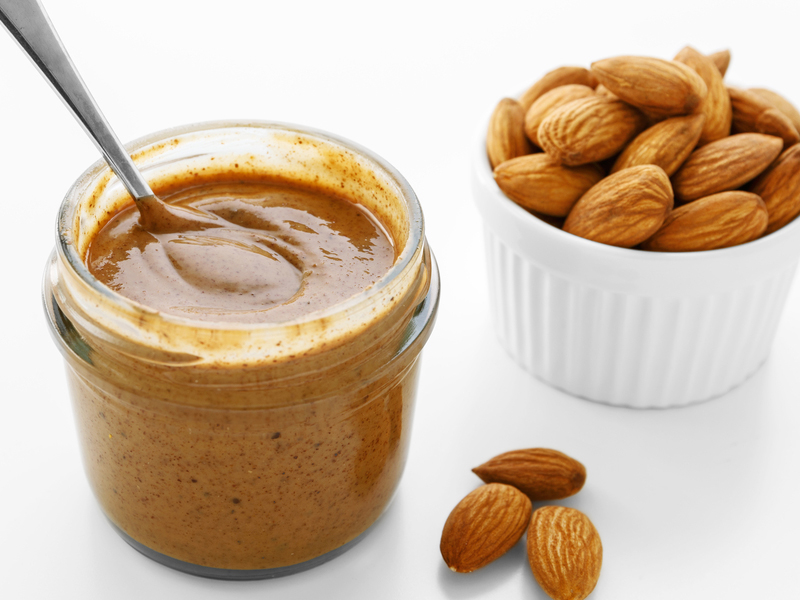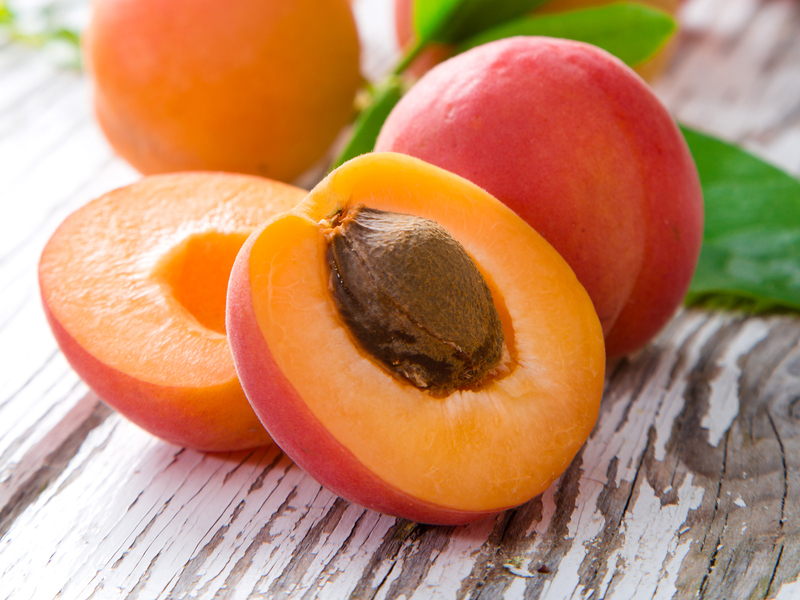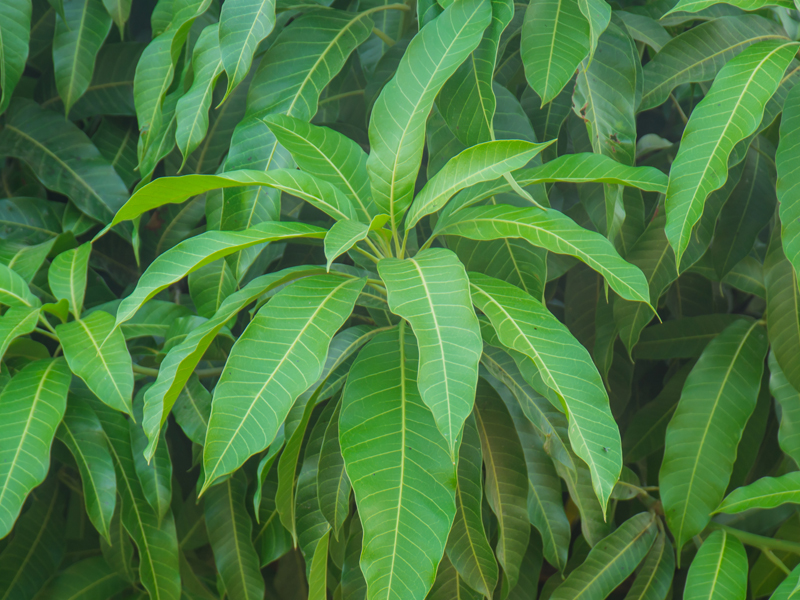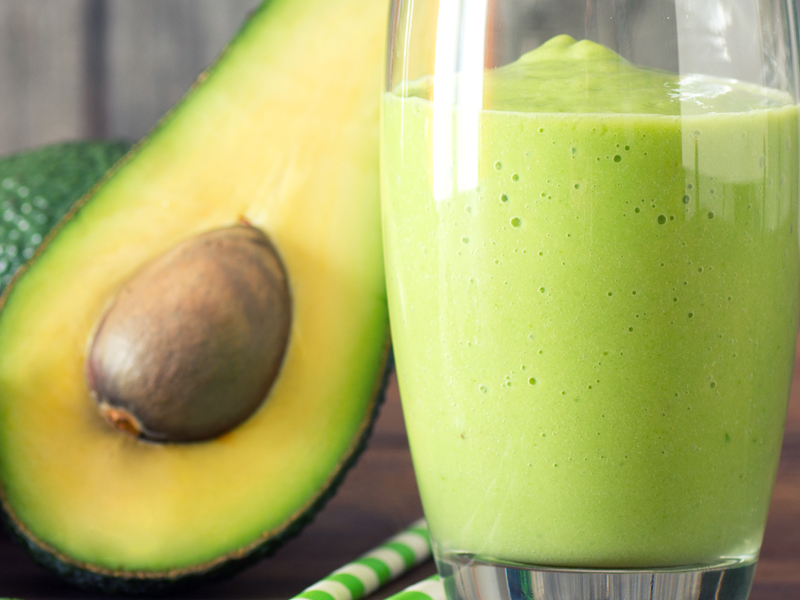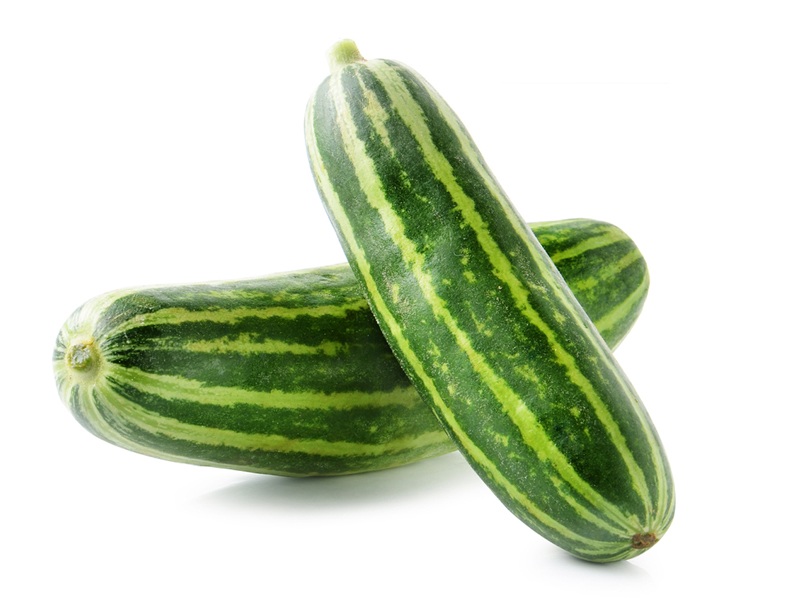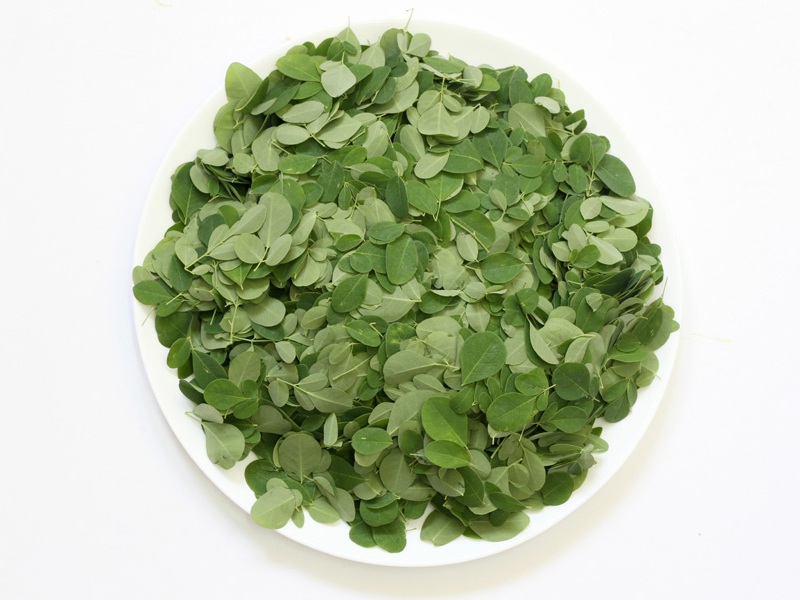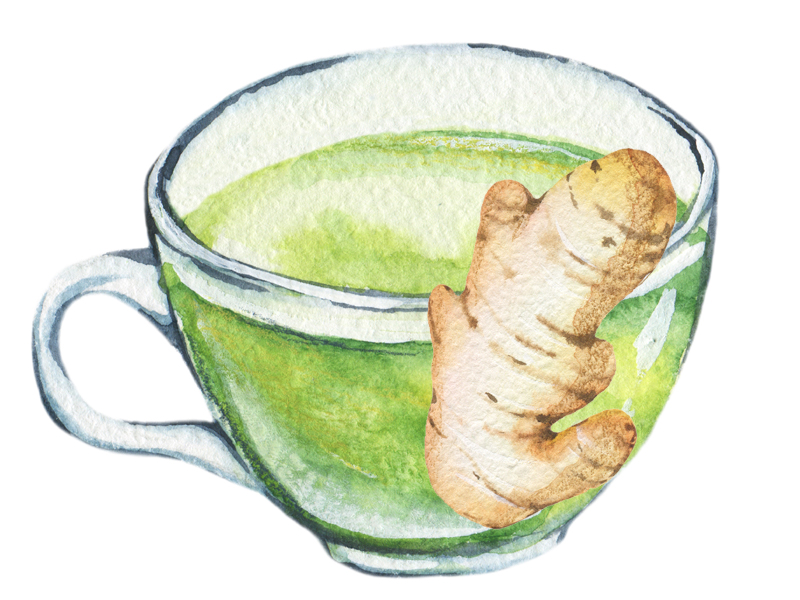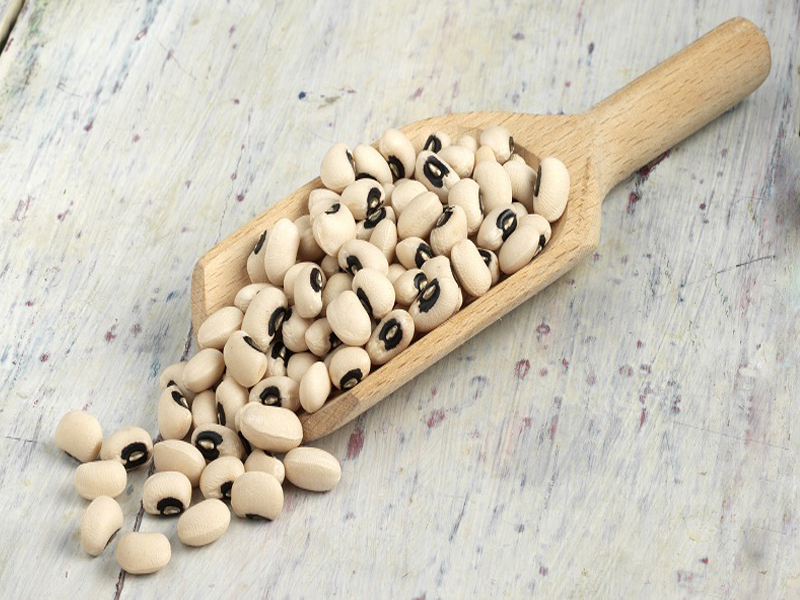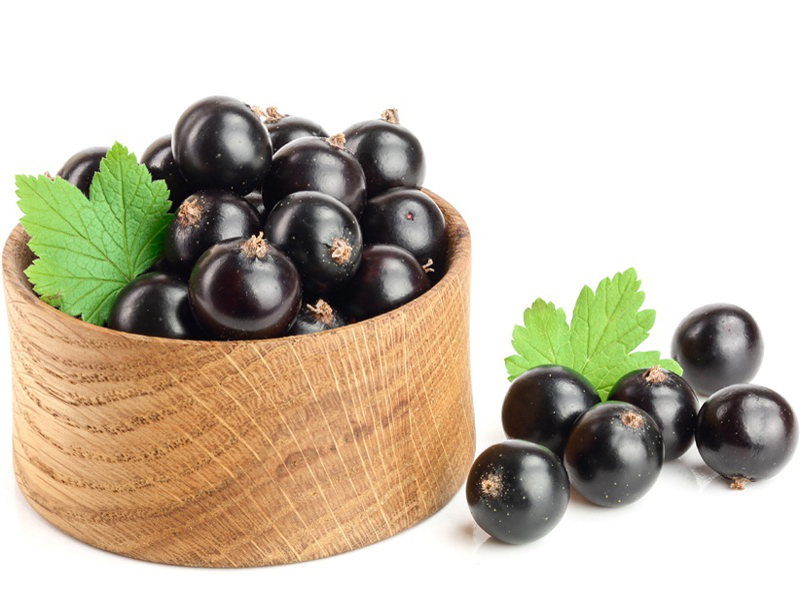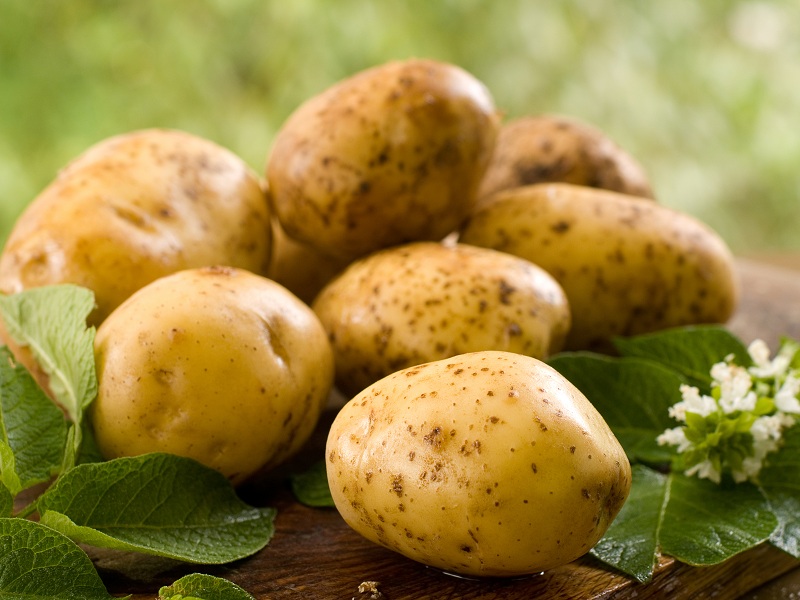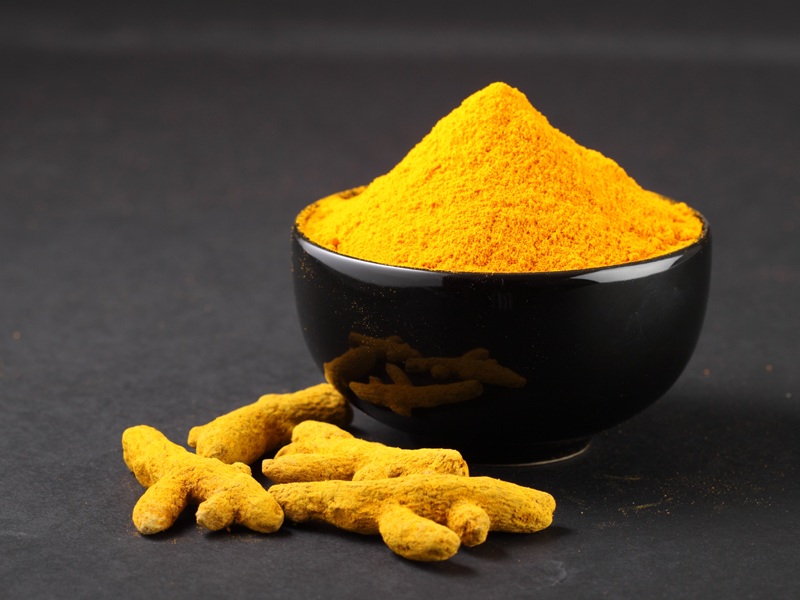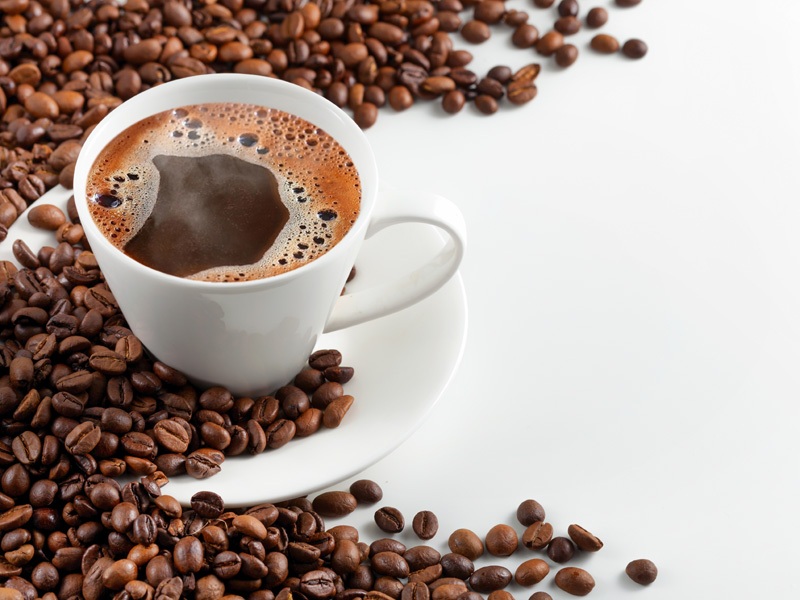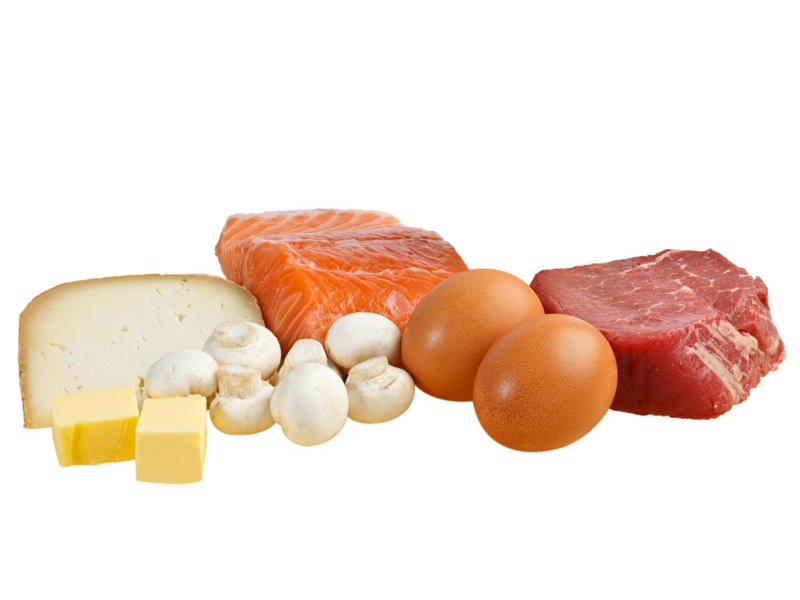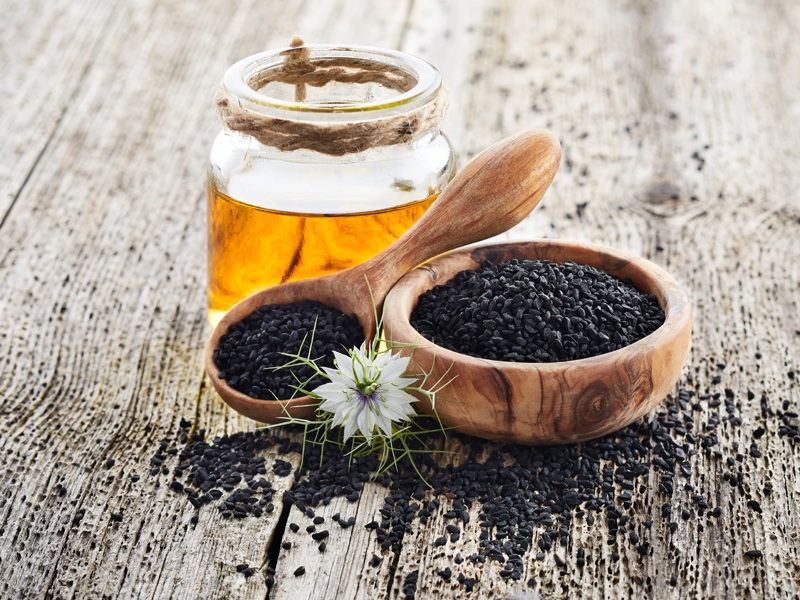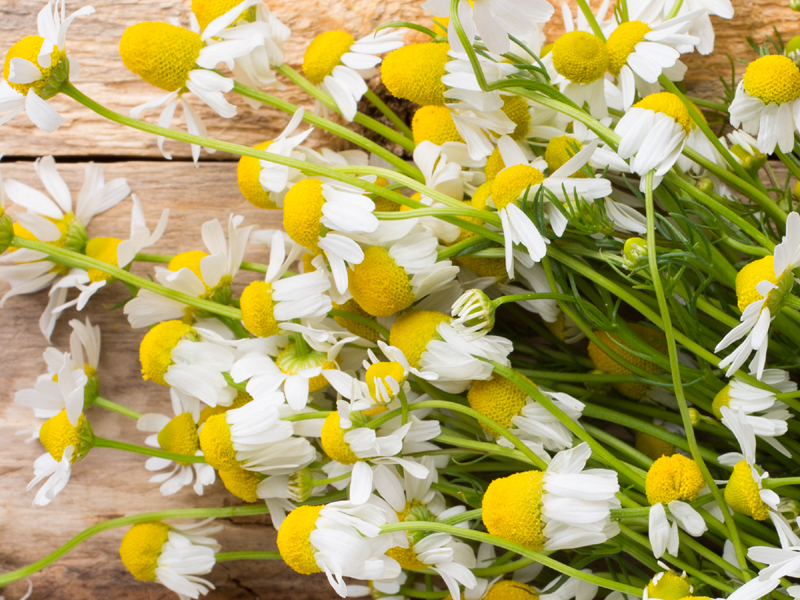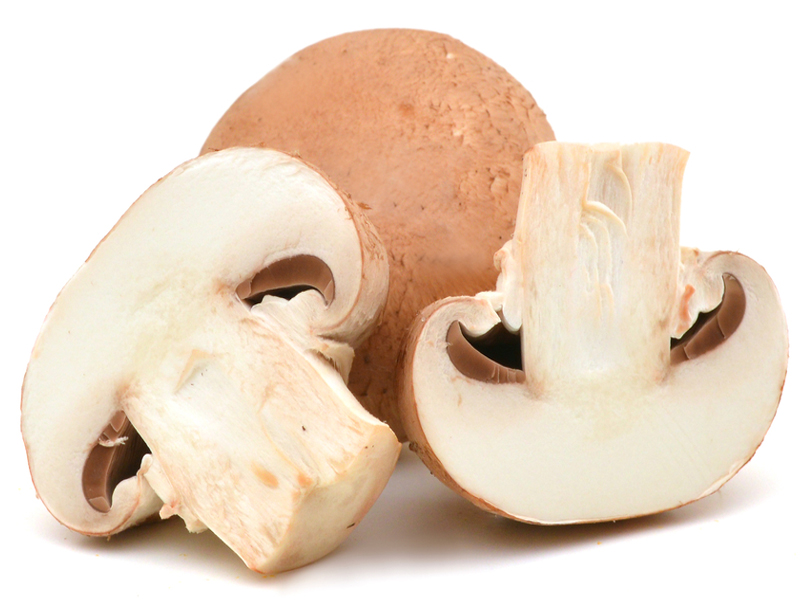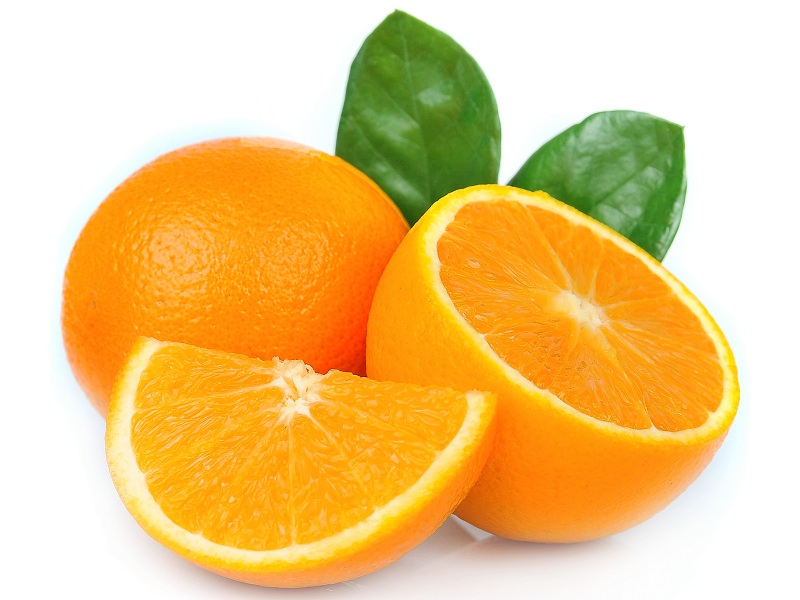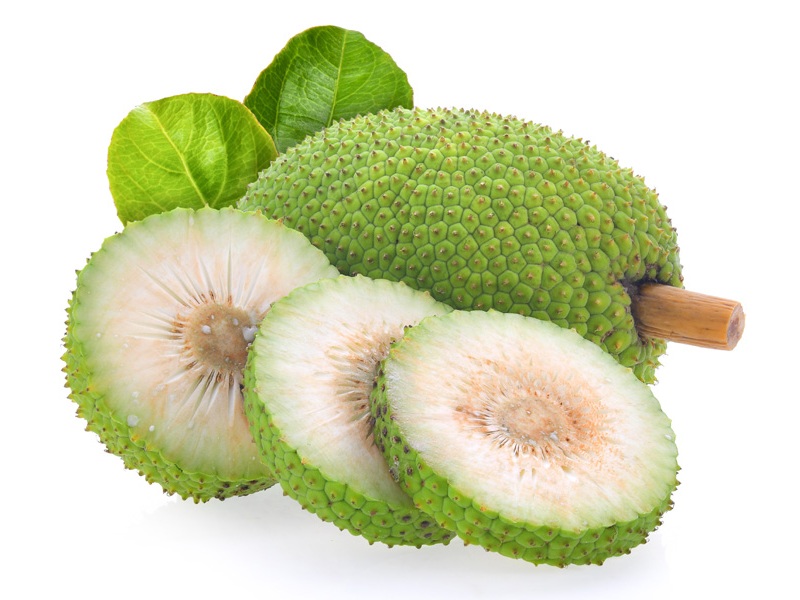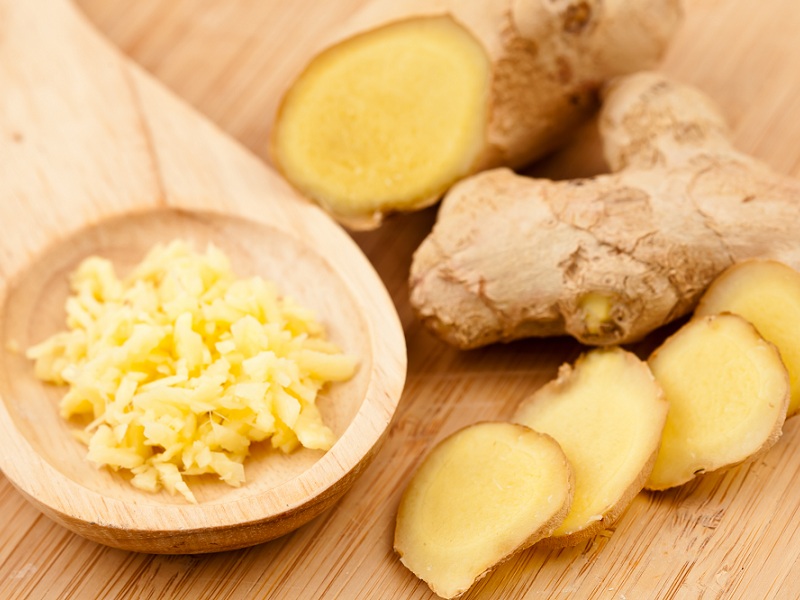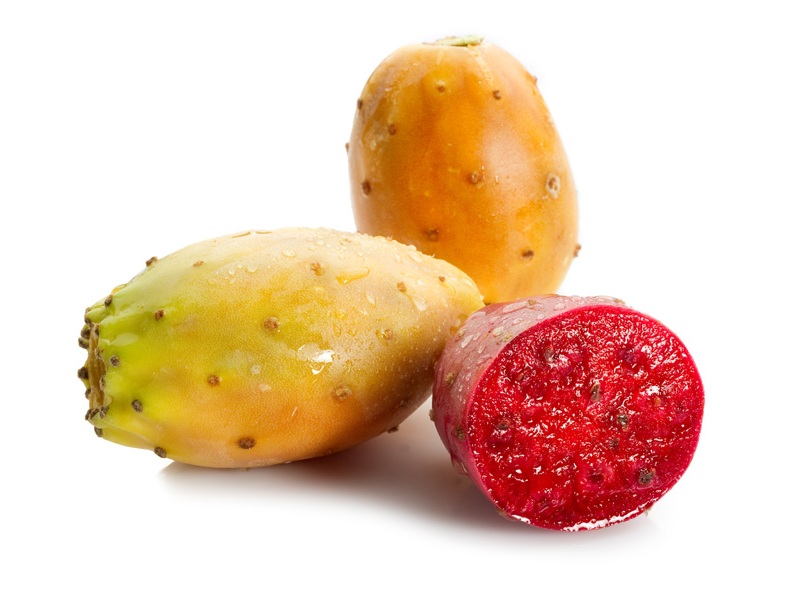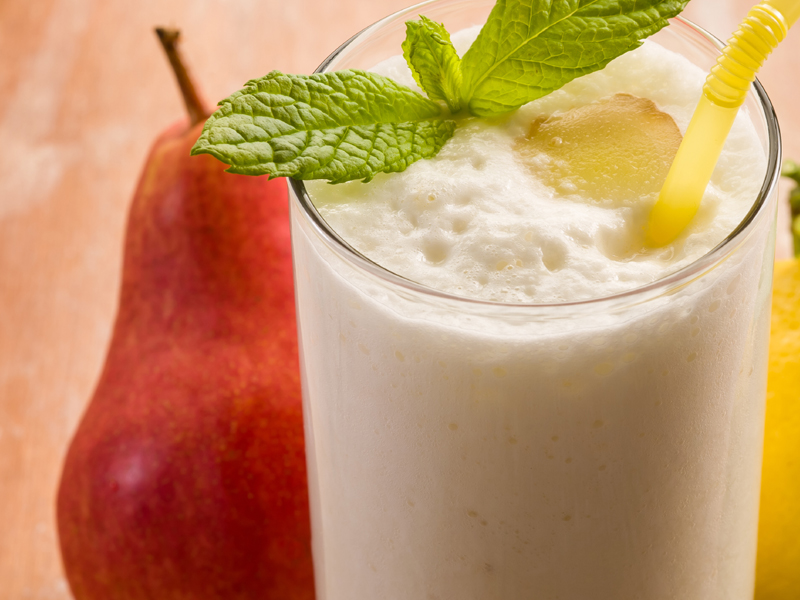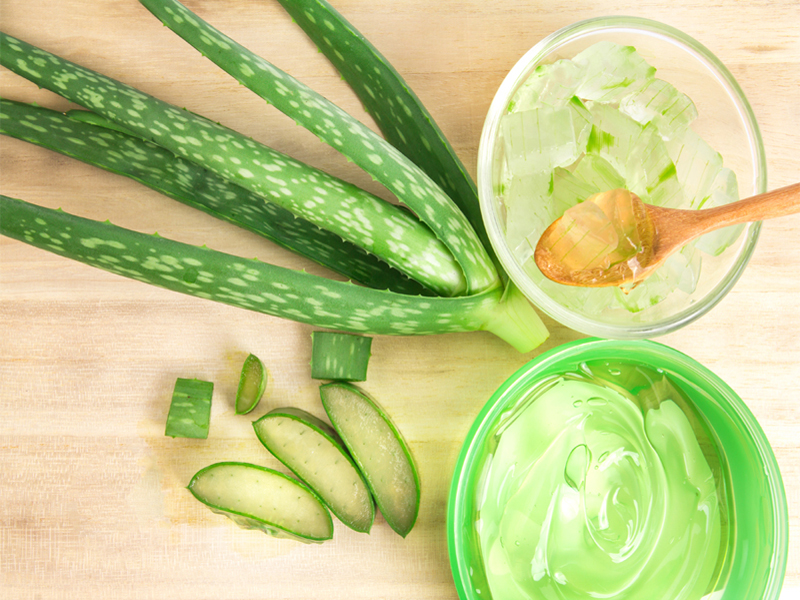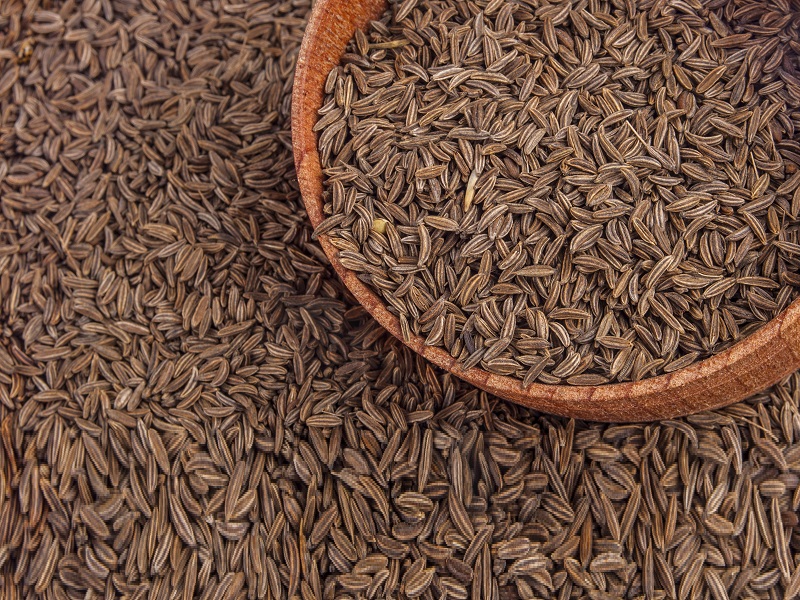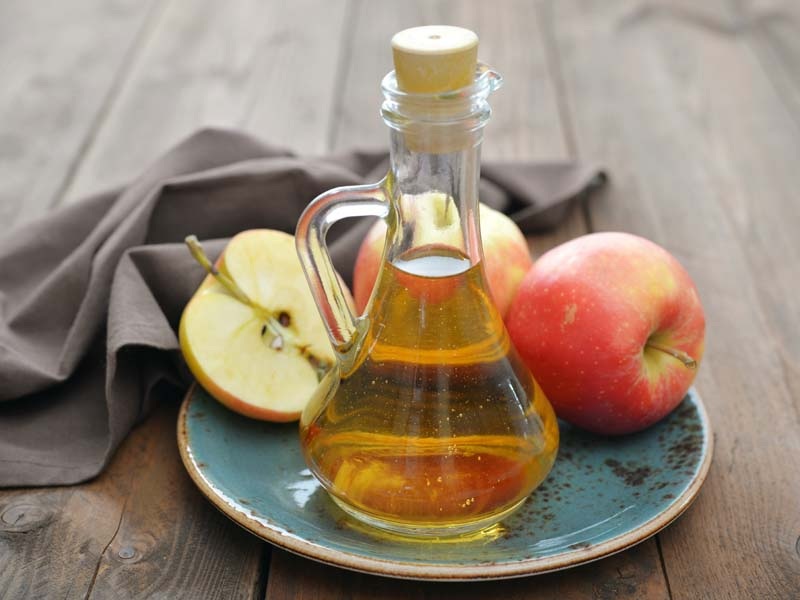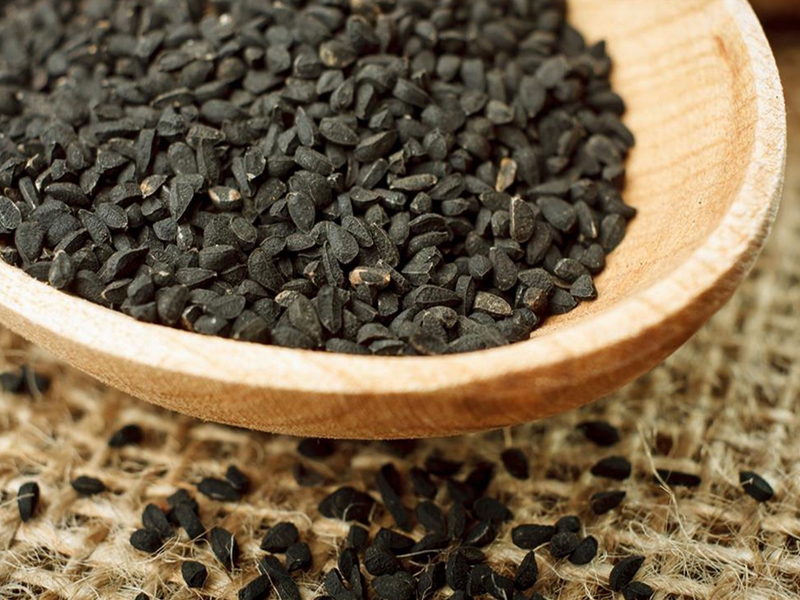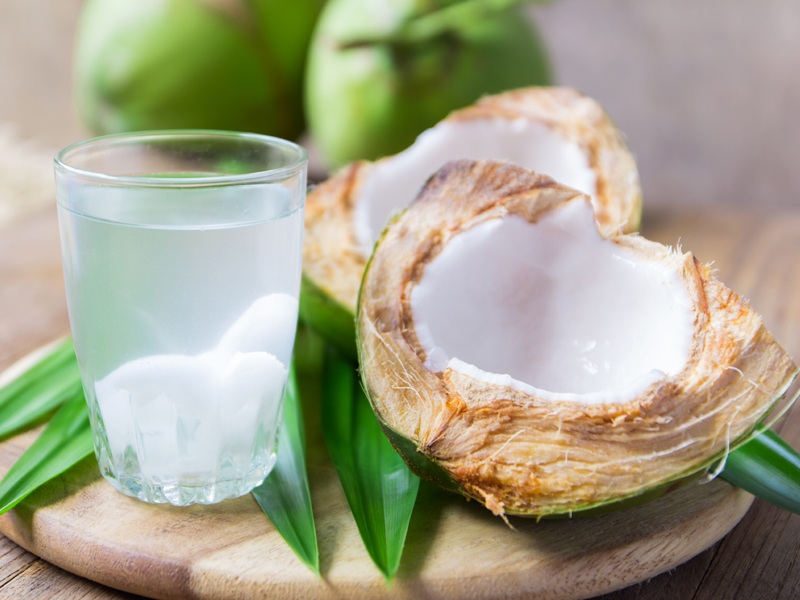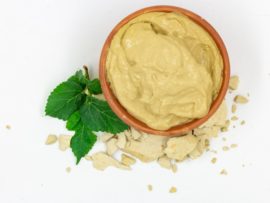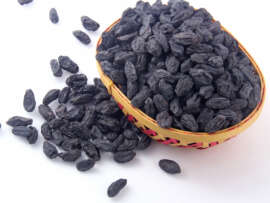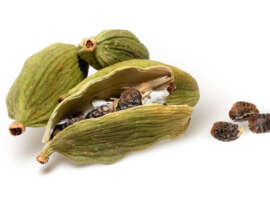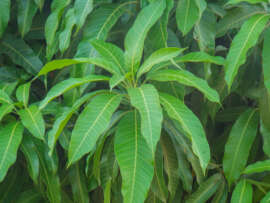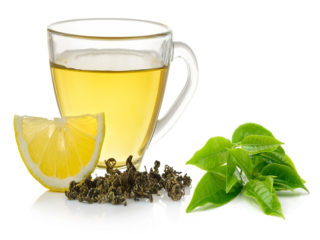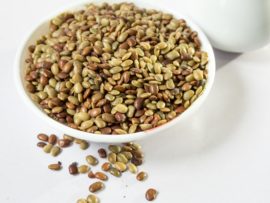Ragi or finger millet is a cereal crop widely grown in Africa and Asia. However, has been cultivated in Uganda and Ethiopia for thousands of years. Ragi in India is known by many names. It is known as Ragi in Kannada and Telugu, Mangal or Mandua in Hindi, Nachni in Marathi, Kodra in Himachal Pradesh, Mandiya is Oriya, Mandua in Uttrakhand, Wimbi in East Africa, Kelvragu in Tamil. Ragi is intercropped with other legumes, cereals, and vegetables. In this article, we will explore some wonderful ragi benefits for health, hair and skin with side effects.
What Is Finger Millet?
Finger millet or Ragi is a cereal crop that belongs to the grass family, Poaceae. It is mostly grown in the Karnataka, Andhra Pradesh, Maharashtra, Odisha, Goa, Uttrakhand, and Tamil Nadu. Making of bread, porridge and alcoholic beverages are some ragi powder uses.
It is believed to be a great laxative due to its high fibre content and prevents constipation. Even lactating mothers who cannot produce sufficient milk feed it to their babies.
Is Ragi Good For Health?
Ragi benefits by providing nutrients that help in reducing weight and treating diseases like diabetes, anaemia, and osteoporosis. It digests very slowly, this makes it good for obese and diabetic patients.
Ragi also contains an amino acid called tryptophan, Methionine, and Lysine. Tryptophan controls your appetite and aids in weight loss. Methionine and Lysine make the skin tissue less prone to wrinkles and sagging.
Importance Of Ragi:
- When consumed on a regular basis; Ragi is very good at dealing with conditions like depression, insomnia, hypertension, headaches, and anxiety.
- The presence of antioxidants especially tryptophan and amino acids work as natural relaxants. It is also a very healthy food for infants. The high calcium content helps with bone development.
- It is the main source of nutrition and a very important crop. Since it can withstand severe drought conditions, it can easily be grown throughout the year.
- It is nutritionally higher in protein and minerals in comparison to rice and other cereals, making it a protein source for vegetarian diets.
Nutritional Value Of Ragi:
Finger millet nutrition value is that it contains important amino acids like leucine, isoleucine, methionine, and phenylalanine which are not present in other starchy meals. Due to the high content of dietary fibre and polyphenols, it has antidiabetic, antimicrobial, antioxidant properties that prevent tumours and atherosclerosis. Some of the finger millet nutrition facts per 100 grams are mentioned in the table below.
- Proteins: 11 g
- Fat: 0.4 g
- Carbohydrates: 72.9 g
- Calcium: 8 mg
- Iron: 3.9 mg
- Magnesium: 114 mg
- Potassium: 195 mg
- Vitamin B6: 0.38 mg
- Vitamin K: 0.9 mg
- Fibre: 8.5 mg
Ragi nutritional value is very diverse. It has all the basic nutrients present in sufficient amounts to aid with the development of the body.
How To Make Ragi Flour at Home?
Below mentioned is a way on how to make ragi flour at home. It is very simple and does not take up much time.
Ingredients:
- Ragi seeds/sprouted ragi
Tools:
- A shallow pan
- Stirrer
- Food processor/Mixer
- Sieve
How To Do:
- Wash the seeds and get rid of any foreign matter or dirt.
- Dry the seeds/sprouted ragi by roasting it in the shallow pan on low heat. And keep stirring so it does not burn. It will roast pretty fast.
- Cool the ragi completely or it will clump during grinding.
- Put the cooled down ragi in the food processor/mixer and grind it till it has formed a fine powder.
- Sieve the ragi powder to get rid of any lumps or large granules. Some people use a fine muslin cloth to make ragi powder for babies.
- Store in an airtight container.
How To Use Ragi Flour:
Finger millet flour can be used in various recipes to make a variety of dishes. It can also be coupled with other flours to make bread, cakes, dosa, idli, etc. For best results, eating flour made out of ragi sprouts is recommended. This is because ragi develops Vitamin C when it’s sprouted, which is important for the absorption of iron.
How to use ragi flour is well known. Children are fed a ragi porridge made from ragi flour, milk, and jaggery. Ragi powder health benefits the healthy development of the child’s body. Some of the uses of ragi atta are to mix it with other flours and make various dishes.
Best Time To Eat Ragi:
Regular consumption of ragi has many benefits. It can be consumed by children as well as adults as it is a rich source of vitamins, minerals, proteins, etc. The best time to eat ragi is for breakfast as porridge and ragi java, for lunch and dinner it can be substituted with rice. The advantages of ragi java are that it is full of nutrients and makes an excellent breakfast.
Amazing Ragi Health Benefits:
Here we enlisted 12 impressive ragi health benefits (ragi flour benefits). Let’s have a look into them.
1. Rich In Antioxidants:
Ragi water benefits by being rich in antioxidants that reduce the risk of cancer and ageing due to cell damage. Oxidization of cells causes cancer and ageing. The antioxidants in ragi lower cell damage by preventing excessive oxidization of the cells. Studies have shown that people on millet-based diets have a lesser chance of oesophagal cancer than those on maize or wheat-based diets. Despite this, not many people reap the benefits of eating ragi.
Ragi seed coat is rich in flavonoids, tannins and phenolic acids which have antioxidant properties. Methionine is an amino acid found in ragi. It helps eliminate fat from the body and is a source of sulfur. The body uses sulfur to make glutathione, which is a natural antioxidant.
How To Consume:
- Boil the ragi and drink its water with the seeds.
2. Rich In Proteins:
Ragi is rich is a good source of natural protein. Ragi grain benefits because it is so rich in protein that it can be compared to rice, and can also be used as an alternative for rice. However, the main protein is Eleusinian which gets easily incorporated into the body. Its high protein content makes it an important factor in preventing malnutrition. Unlike many other bowls of cereal, ragi also consists of proteins like tryptophan, methionine, and cysteine which are very important for the maintenance of physical health. Due to its high protein content, Ragi is considered a good alternative to meat for vegetarians and vegans.
How To Consume:
- Make the ragi flour into roti or cake and eat it.
3. Controls Diabetes:
The health benefits of eating ragi are that it has phytochemicals that help in slowing down one’s digestion. This helps in controlling the blood sugar level in diabetic patients. Studies have also shown that ragi helps wounds to heal faster. To reduce risk eat ragi for diabetes and gastrointestinal tract disorders.
A finger millet diet helps diabetics as it has a higher level of fibre than rice and wheat. The diet also has a lower glycemic response, which means that it maintains healthy blood sugar levels. This is because of certain attributes of ragi that slow digestion and lowers the absorption of starch.
How To Consume:
- Get the ragi and make ragi java out of it.
4. Ragi Benefits For Weight Loss:
Ragi contains various amino acids like tryptophan which reduces appetite. This is why lots of people eat ragi for weight loss. It contains unsaturated fats which makes it very helpful for people trying to lose weight. This is why it is known as a low-fat cereal as compared to other cereals like rice, wheat, maize, etc. Ragi benefits for weight loss because it contains a lot of fibre which aids in slowing digestion. This makes a person feel fuller on lesser calories thus preventing excessive calorie consumption. The feeling of fullness reduces cravings, thus reducing the intake of extra calories. It can be a great substitute for wheat or rice for people trying to lose weight.
How To Consume:
- Consume ragi instead of rice or wheat.
5. Ragi During Pregnancy:
Ragi during pregnancy is a rich source of calcium which is very important for bone development of the baby. It also has natural unsaturated fats in it which are good for health and does not lead to excessive weight gain. Due to its high fibre content ragi roti benefits by preventing problems related to bowel movements and constipation, making the pregnancy as uncomfortable as possible.
It is beneficial for a new mother to eat ragi in pregnancy. High levels of cholesterol can lead to hypertension. Ragi contains lecithin and methionine which help to regulate cholesterol in the body. The presence of various minerals like calcium, magnesium, iron is good for the development of the baby.
How To Consume:
- Ragi and ragi flour can be converted into many dishes and consumed.
See More: Millet Benefits
6. Benefits Of Ragi For Babies:
It is a widely held belief that ragi for babies aids weight gain in babies. Vitamin K and calcium present in ragi help in the development of bones in the body. Benefits of ragi for babies are that it also helps in better circulation, which is very important for infants and their developing bodies. The amino acids in ragi get rid of the excess fat in the liver thus helping prevent obesity in children by reducing cholesterol levels in children. Porridge or laddoos is the best way to introduce ragi for kids.
The antioxidants in ragi prevent anxiety, insomnia, and headaches in children. Presence of the amino acid methionine also helps in the development of healthy skin and hair in babies.
How To Consume:
- Make ragi porridge with milk and jaggery.
7. Anti-ageing:
There are many advantages to eating ragi. Consuming ragi is a very efficient way of maintaining youthful and healthy skin. Ragi has phenolic and other antioxidants that prevent ageing. Amino acids like methionine and lysine, present in ragi makes the skin less prone to wrinkles and sagging.
Ragi has some important factors like that inhibit cross-linking of collagen. Collagen is what causes the skin to have its elasticity and cross-linking causes stiffness in the blood vessels, skin, and other tissue. This reduces elasticity leading to stiffness which normally comes with age. Daily consumption of ragi helps in reducing the effects of ageing and helps maintain youthful skin.
How To Consume:
- Powder the ragi and make a smoothie and drink regularly.
8. Strengthening Of Bones:
Among other cereals or plant foods, ragi contains the most amount of calcium. It is also one of the few sources of naturally found Vitamin D which is normally obtained from sunlight. Vitamin D is the carrier molecule for calcium. A combination of calcium and Vitamin D helps to develop bones in young children and strengthen bones in adults.
Ragi flour is one of the best sources of calcium apart from dairy. It has been found that ragi has up to 30 times more calcium than other cereals.Consuming ginger millet benefits by keeping diseases like osteoporosis at bay and reduce the risk of fractures. Ragi atta benefits young children when it is consumed as porridge.
How To Consume:
- Consume ragi in any form on a daily basis.
9. Promotes Relaxation:
One of the finger millet health benefits is that it relaxes the body naturally. Ragi contains amino acids and antioxidants. Tryptophan is an antioxidant present in ragi which is a natural relaxant. Regular consumption of ragi has been shown to reduce stress ailments like anxiety, depression, and hypertension. It also helps in to reduce sleep-related disorders like insomnia and cerebral pains and migraines.
Tryptophan helps in fighting free radicals that cause damage and reduces oxidative stress. Adding ragi to your diet is a very effective way of reducing stress levels related to everyday life. Consuming ragi for better sleep is one of the uses of ragi.
How To Consume:
- Have one cup of ragi daily for best results.
10. Treats Anaemia:
Ragi is a rich source of Iron and sprouted ragi develops Vitamin C. Vitamin C helps in iron absorption by the body. Thus sprouted ragi contains iron that is bioavailable and can be easily integrated into the body. Treating anaemia is a ragi malt health benefit.
For optimum results, it is recommended that people suffering from anaemia eat dishes made from ragi sprouts. Some of these dishes are ragi dosa, ragi malt, ragi idlis, etc. The Vitamin C content in ragi helps the iron mix easily with the bloodstream as well as increases blood formation. This makes it excellent for people suffering from anaemia.
How To Consume:
- Make ragi porridge or bread and eat.
11. Ragi Benefits For Skin:
It has a lot of anti-ageing and nourishing properties. Ragi benefits for the skin because it contains antioxidants that help protect the skin from harmful free radicals. Methionine is a sulfur-based amino acid promotes the growth of healthy skin. Lysine prevents wrinkling and sagging of the skin. These amino acids are vital in the creation and maintenance of collagen in the body.
Aside from the amino acids and antioxidants, finger millet is known to inhibit cross-linking of collagen in the body. Cross-linking is what causes the stiffness that comes with age. Therefore ragi in your diet is an excellent way to stay youthful and have good skin.
How To Consume:
- Consume ragi or make a face scrub and use.
12. Ragi Benefits For Hair:
Aside from anti-ageing and healing properties, ragi powder benefits the hair. Since it is a natural relaxant, it reduces hair fall due to stress. The anti-inflammatory properties present in finger millet also help prevent scalp problems like dandruff, eczema, itchiness, etc.
Hair is made up of protein. For healthy growth of hair large amounts of protein is required. Ragi benefits for hair because it is one of the richest sources of plant protein, and is therefore essential to the growth of healthy hair. The antioxidants present in this cereal also prevent premature greying of hair, making you look youthful for longer. It is also used for the treatment of premature balding.
How To Consume:
- Mix it with milk and apply on the hair.
Disadvantages Of Ragi:
There exist ragi benefits and side effects just like every other cereal. Some of the side effects of ragi are mentioned below:
- Ragi disadvantages are also that it is a rich source of calcium. If consumed in a larger than recommended amount, it can increase the amount of oxalic acid in the body causing kidney stones.
- Goitrogen present in ragi can interfere with the thyroid hormones and reduce iodine uptake by the thyroid gland. This reduces the levels of iodine in the body. The low iodine levels can lead to goitre. This makes it a disadvantage of ragi.
Ragi is one of the best millets that you can add to your daily diet. This is filled with calcium and protein. People with lactose intolerance and those who cannot have milk can substitute it with ragi. You can have countless recipes that use ragi in delicious forms. From babies to adults, all can have ragi and reap the benefits. It also helps to fight against ageing. Try out ragi porridge, ragi idli, dosa, etc. which are all wonderful ways to add ragi to your diet.


